VOICES
Edition 3 / The terroir issue explores how a sense of place, literal and conceptual, informs creativity – be it in wine, food, music or art.


IN WINE, WE FIND LIFE
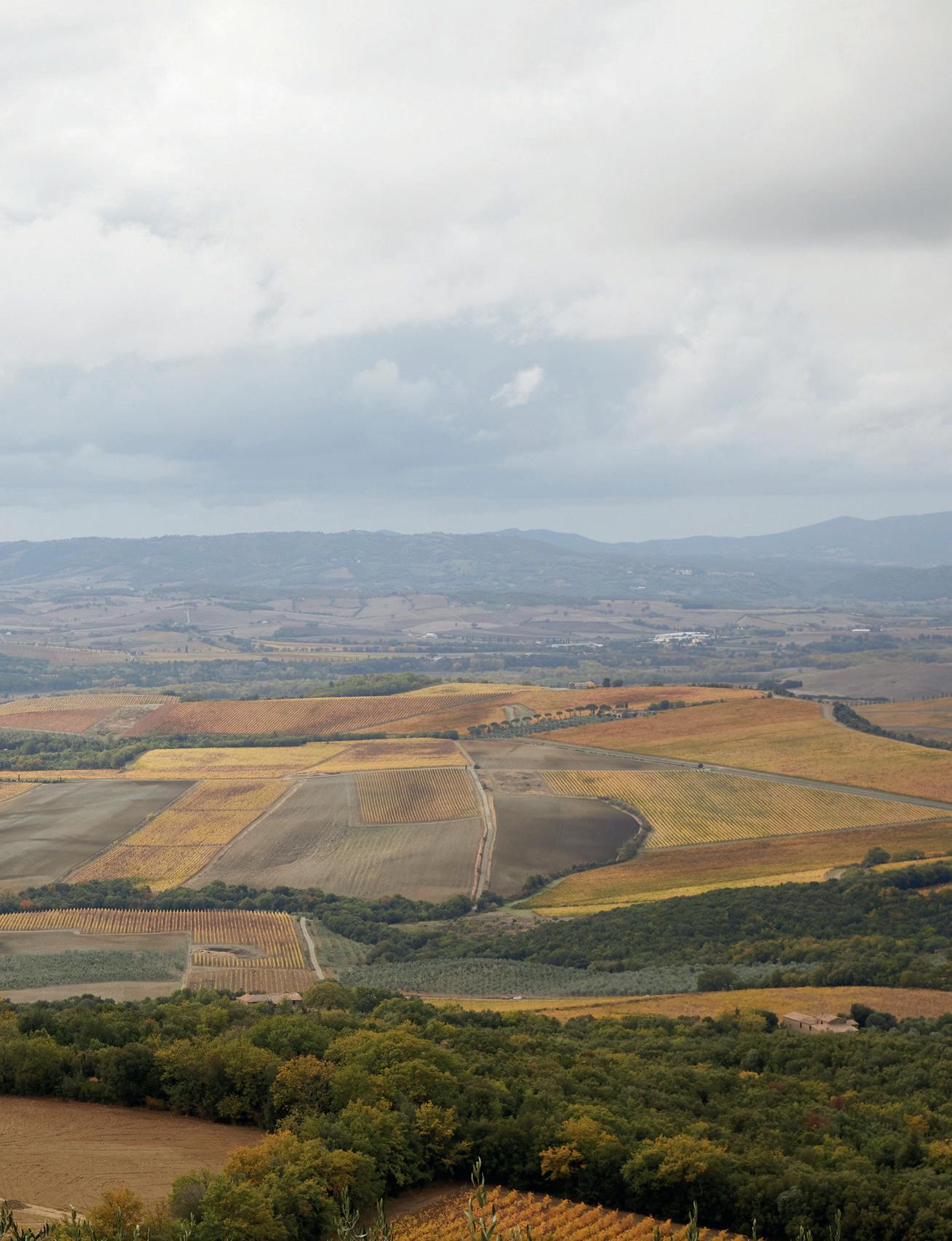
In wine we seek truth, craft and the passion of discovery. In life, we seek to build a community connected by a love for wine and wine culture. We are Maze Row Wine Merchant. We inspire a culture of fine wine discovery, a life that talks of people and their sense of place, of truth, craft and endeavor. An enriching journey, encompassing heritage, terroir, culture and philosophy. Through our curation of wines, stories and immersive experiences, we share the best of life with the adventurers, the bon vivants, the passionate connoisseurs.

Welcome to VOICES, the publication by Maze Row.
Jane Jacobs believed in the critical importance of communities. In her seminal 1961 study “The Death and Life of Great American Cities,” the American author, theorist and activist argues that modern urban planning which favors high-rises, malls and highways, destroys organic encounters that happen on ground level within intimate neighborhoods. These chance meetings can lead to the exchange of ideas, ultimately expanding our knowledge and understanding of individuals, local communities and the wider world.
You may ask: what on earth has urbanism got to do with wine? But if we apply Jacobs’ theory to, say, a publication like VOICES, then perhaps nurturing a safe space that encourages expansive conversations, forming a tapestry of ideas among seemingly disparate people, will naturally lead to knowledge sharing. Who knows, it may even spark up something unexpected. This is what we are striving for within these pages. And we hope you, our community, will join us to enrich these conversations.
For this edition, we are embracing the theme of “terroir,” interpreted in its broader, more conceptual meaning to be about our sense of place – physical, ideological, spiritual – and how this informs our creative process, be it in wine, gastronomy, music, or the arts, with plenty of diverse expressions that we hope will whet your appetite to explore more.
Jancis Robinson, the undisputed queen critic of wine, discusses taste and wine and grapes with the aesthete Stephen Bayley; we learn how Riesling, Mosel and Paris informed the underground musician Skinny Pablo’s album, and why visual artist Almudena Romero’s delicate ethereal photography speaks of the fragility of this planet.
In Chianti, Barbara Widmer of Brancaia continues her quest to craft wines of distinction that express these luxuriant Tuscan hills; while from his base at The Language of Yes in California, rebel vintner Randall Grahm talks candidly of his uncompromising support for Rossese/Tibouren to create wines of place.
We catch up with Pietro Ratti who speaks of the challenge he faced with the 2019 Barolo to make a wine of distinction from Nebbiolo grown on the highest elevation at the Piedmont winery. Similarly, at Argiano we learn how the work of soil expert Pedro Parra and winemaker Bernardino Sani has transformed the Tuscan winery’s vintages, as illustrated with the 2018 Brunello di Montalcino Vigna del Suolo.
Meanwhile, on the subject of food, a panel of Michelin-starred chefs from California to London speak of the potential of pairing wine with Japanese, and sake with fine French cuisine. We look at why Atlanta’s gastronomy remains a potent expression of its past and present identities, and head to Michael’s Genuine to see how this neighborhood joint manages to also be a top wine destination in Miami.
Elsewhere, the traditional language of wine (a bit of a hot topic) goes under inspection, and we begin our new series on fine wine investment which promises to be a useful tool for all aficionados. Plus, there are plenty of travel pieces to ignite the spirit of adventure in us all, including a sprinkling of la dolce vita from Marie-Louise Sciò, the creative director of the chic Pellicano Hotels, who shares her irresistible secret Italy.
We hope you enjoy the collective conversations we’ve gathered here from those who choose to move between more than one culture. And as you head off to explore this edition, we’d like to invite you to join us, and help us broaden our perspective. VOICES is about the intersection of wine, food, and culture. Our guiding philosophy is: In wine, we find life. Get in touch. Share your view.
VOICES editorial director, Nargess Banks
CONTENTS
STARTERS
WELCOME
In the third edition of VOICES by Maze Row, we continue our mission to view and explore the world of wine through different lenses.
MEET THE COLLECTIVE
We are a group of winemakers, sommeliers, educators, writers, connoisseurs and food and wine lovers with a shared passion for life.
THE WINES
05 50 100 102 110
08 50
12
UNSUNG HERO
Randall Grahm, the rebel Californian vintner, champions the much underrated Rossese/Tibouren while sharing his outlook for The Language of Yes and Popelouchum.
UNDER THE TUSCAN SUN
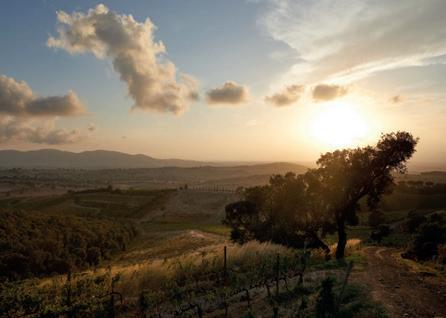
Swiss transplant Barbara Widmer has put down strong roots at Brancaia in the Chianti hills, where she aims to create wines that are an original expression of the local terroir.
LIQUID ASSETS
Chosen with care like fine art, wine can be a great investment. But what are the best ways to get started? We investigate the perils and potentials of investing in fine wine.
GROUND CONTROL
With soil mapping transforming winemakers’ knowledge of their land, we meet Pedro Parra, whose work with Argiano has led to the highly praised 2018 Brunello di Montalcino.
RAISING THE BAROLO
We quiz Pietro Ratti on his new 2019 Barolo vintage, produced with Nebbiolo grapes grown on the most elevated plot of his renowned Piedmontese vineyard.
DRINKING & DINING
A QUESTION OF TASTE
How does the mystery of taste apply to wine? Stephen Bayley, the aesthete who has made it his life’s mission to unravel the riddle of taste, asks the queen critic of wine, Jancis Robinson.
40 78
CRYSTAL CLEAR
What makes an ideal wine glass? We ask designer Richard Brendon, who collaborated with Jancis Robinson on a collection of handblown, single crystal glassware.
SOUTHERN CHARM
Atlanta’s gastronomy is an expression of its past and present identities. Two local chefs and a sommelier shine a light on this unique food destination.
74
32 44 82
78 6
EAST MEETS WEST
The versatility, acidity and delicacy of Old World wines can help bring out the best of traditional Japanese ingredients, say a panel of Michelin-starred chefs.
FRENCH CONNECTION
In the heart of London’s Mayfair, Michelin-starred chef Michel Roux of Le Gavroche is exploring the potential of tasting fine French dining with a sip of sake.
AT THE BAR
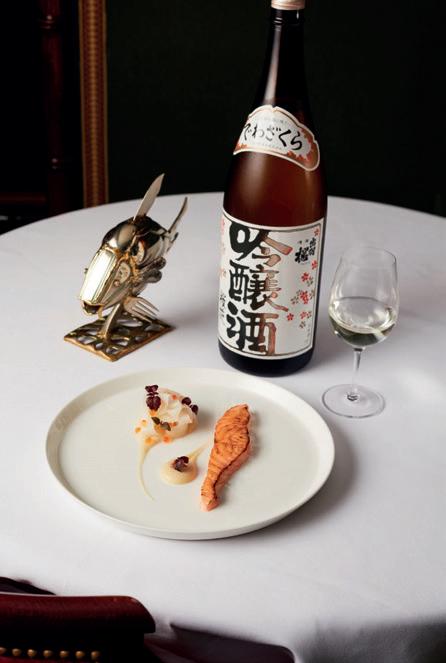
Having led the way for Miami’s refined fine dining scene, Michael’s Genuine is both a neighborhood joint and a gourmet hotspot, and it is one of the top wine destinations in Florida.
ARTS & IDEAS
DOORS OF PERCEPTION
How wine critics, educators and sommeliers discuss wine is evolving to be more inclusive. But can language invite and engage wider communities and speak to global audiences?
FIELD NOTES
MJ Towler meets underground music producer and Riesling aficionado Skinny Pablo to see how his debut vinyl album Paris Mosel brings wine and terroir into play.
PLANTING SEEDS
Spanish artist Almudena Romero has been questioning production and puts a spotlight on consumption with her ephemeral organic photography.

FIRST IMPRESSIONS
What does your bottle and label say about your winery? We investigate how brands are rethinking packaging in terms of both style and substance.
WANDERLUST
SECRET ITALY

Marie-Louise Sciò, the creative director of Pellicano Hotels and founder of Issimo, opens her little black book and shares with us some of her favorite spots around Italy.
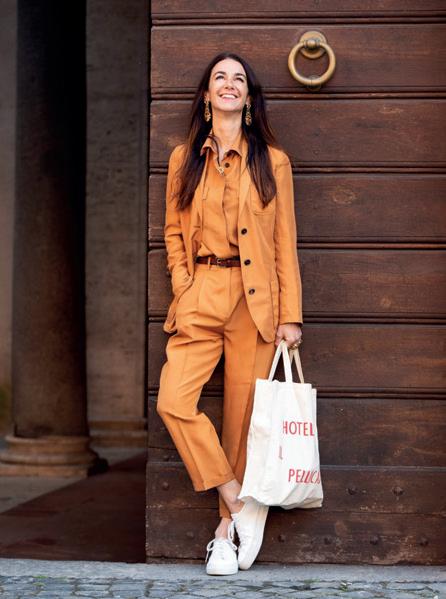
THE STEEPER THE BETTER
Some of Europe’s steepest and most labor-intensive vineyards produce wine as spectacular as the scenery. We speak with the brave vintners on the challenges and rewards.
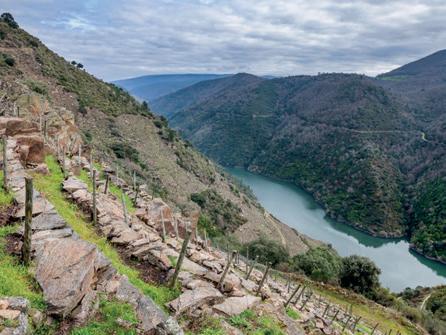
SIPPING IN THE SUNSHINE
When in California, it’s best to go nowhere fast. Take a leisurely road trip from LA to Santa Cruz, then stop off at Napa for a heavy pour of wine country.
WINE TRAILS OF CALIFORNIA, CENTRAL COAST
Hit the road through the center of the Golden State to taste the many fruits of California’s famous wine country.
120
26 20 86 96 26 120 128 138 140 86 128 7
Jancis Robinson

One of the most respected wine authorities in the world, and the author of several key wine books, talks with Stephen Bayley on p32 about taste and grapes over Maze Row vintages.
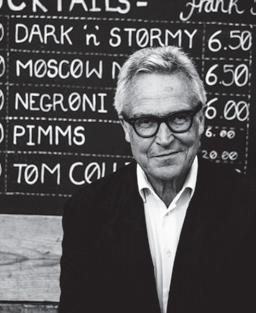
Stephen Bayley
The co-founder of London’s Design Museum, and the person for whom the term “design guru” was coined, Stephen discusses the mystery of good taste with Jancis Robinson on p32.
Jordan MacKay
The writer speaks with soil expert Pedro Parra and Argiano’s Bernardino Sani about the science that led to the highly praised 2018 Brunello di Montalcino on p102.
Barbara Widmer
The Brancaia winemaker creates wines that are a unique and elegant expression of the local Chianti terroir, as she tells Nargess Banks on location at the Tuscan winery on p50.

Randall Grahm
The pioneering winemaker explains on p12 how his belief in vin de terroir continues to guide his journey to craft wines of distinction at The Language of Yes and Popelechum.
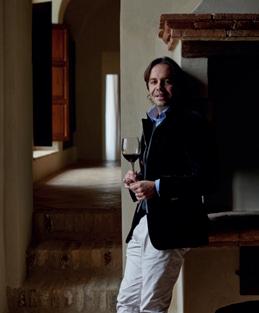
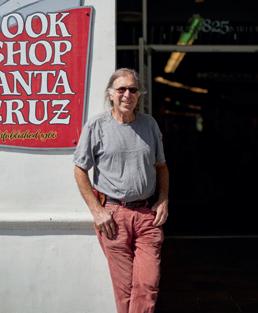
Pietro Ratti
The owner of Ratti, the celebrated Piedmont winery known for its unique expression of Barolo, talks on p110 about growing Nebbiolo on the higher elevations of Serradenari.

Bernardino Sani
On p102 the Argiano CEO and winemaker tells Jordan MacKay how scientific soil mapping helped him produce the acclaimed Brunello di Montalcino 2018 vintage.
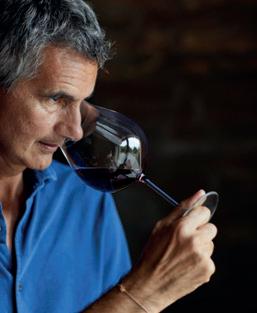
Marie-Louise Sciò
As creative director of the Pellicano Hotels and founder of style platform Issimo, she is the embodiment of sprezzatura with her effortless style. On p120 she reveals her secret Italy.
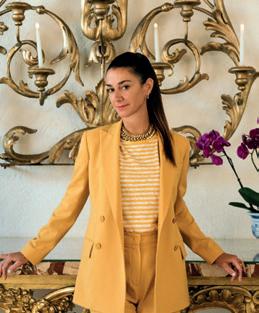
THE COLLECTIVE
8
We are a community of wine producers, food and wine connoisseurs, passionate writers and photographers, artists, bold thinkers and creatives
Le Gavroche’s Michelin-starred chef has made the unusual choice to pair a traditional French dish with sake. On p78 he takes on a culinary journey from France to Japan via London.

Hailing from a dynasty of worldleading chefs, with her own Notting Hill restaurant, Emily pairs classic French cuisine and sake with her father Michel Roux on p78.
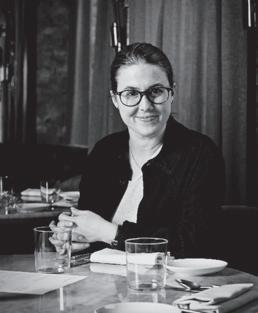

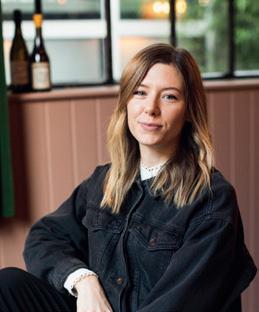
Originally from Guam and based in Long Beach, California, the Riesling enthusiast creates underground music, art and fashion, as he shares with MJ Towler on p26.
The writer and content strategist heads to California’s Central Coast on p138 to explore the region’s unique food and wine culture, noting the best places to eat, drink and visit.

Abbie Moulton


With winemakers looking at alternatives to traditional heavy glass, what does your bottle and label say about your winery, asks the wine writer and co-author of New British Wine on p96.
The founder of The Black Wine Guy Experience podcast meets the cutting-edge musician Skinny Pablo on p26 to discuss his new album, inspired in part by Mosel’s vineyards.
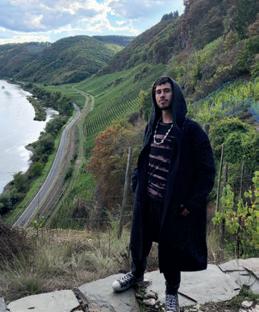


The Spanish artist questions production and consumption, and our human connection to nature with her ephemeral organic photography, as we discover on p86.

A seasoned food and drinks writer and regular columnist at The Bold Italic, Distiller and Gin Magazine, Virginia discovers why Japanese food pairs so well with Old World wines on p74.
 Michel Roux
Skinny Pablo (aka John Phillips)
Jillian Anthony
MJ Towler
Virginia Miller
Emily Roux
Almudena Romero
Michel Roux
Skinny Pablo (aka John Phillips)
Jillian Anthony
MJ Towler
Virginia Miller
Emily Roux
Almudena Romero
9
THE COLLECTIVE
An editor at Esquire UK whose visit to Bordeaux’s Château d’Yquem first enticed him into the world of wine, Will takes us on a whirlwind tour of Europe’s steepest vineyards on p128.
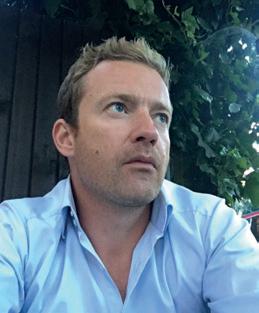
Influential sommelier and director of beverage at The Genuine Hospitality, the Miami native joins John Irwin to see why Michael’s Genuine has become a Miami classic on p82.
The Unsukay chef fancies himself a Southern gentleman, full-time whiskey drinker, and general ne’er do well. On p44 he shares his enthusiasm for Atlanta’s culinary scene.

As wine director at Lazy Betty in Atlanta, Marvella likes to pair sought-after wines with highend dishes through the Atlanta restaurant’s tasting menu, as she discusses on p44.
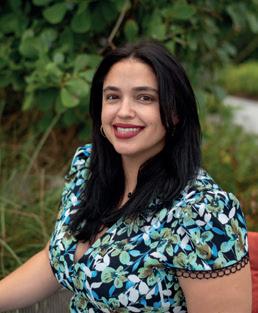
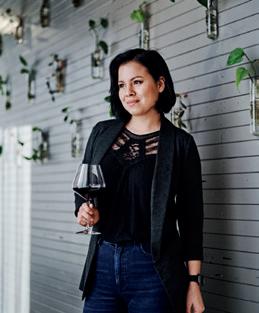
The executive chef and partner at Lazy Betty in Atlanta, Aaron shares his thoughts on why the spirit of community is at the heart of Atlanta’s culinary scene on p44.
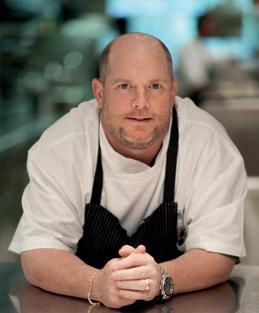

The director of training for Empire Distributors, Eric gathers around food and wine specialists from Atlanta on p44 to talk local cuisine and the region’s gastronomic scene.
Passionate about photographing all things drinks related for the last 20 years, he shoots the Maze Row collection of fine wines throughout the publication.

Our lifestyle photographer heads to Tuscany to shoot Brancaia on p50, and to Pall Mall in London on p32 to capture Jancis Robinson in conversation with Stephen Bayley.
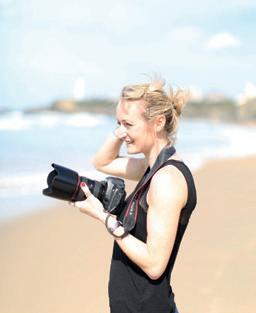 Helen Cathcart
Will Hersey
Marvella Castañeda
Chris Hall
Aaron Phillips
Eric Crane
Robert Lawson
Amanda Fraga
Helen Cathcart
Will Hersey
Marvella Castañeda
Chris Hall
Aaron Phillips
Eric Crane
Robert Lawson
Amanda Fraga
10
JOIN THE VOICES COLLECTIVE
Roberto
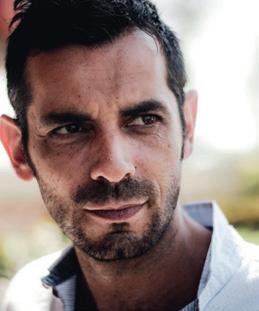
The photographer was seduced into a life in wine growing up in Piedmont. On p110 he heads to Ratti to capture the winery’s highest elevation Serradenari vineyard.
Nargess Banks
The VOICES editorial director heads to the Chianti hills on p50 to meet Brancaia’s Barbara Widmer who, through respecting land and nature, is making exquisite wines.
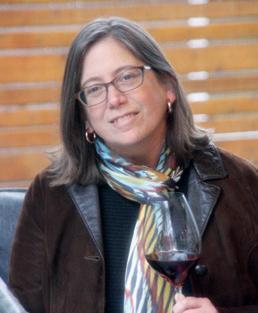
Adam Thomas Spinach Branding’s partner and co-director leads an international team who believe in timeless yet timely design, as he demonstrates as the creative director on VOICES.
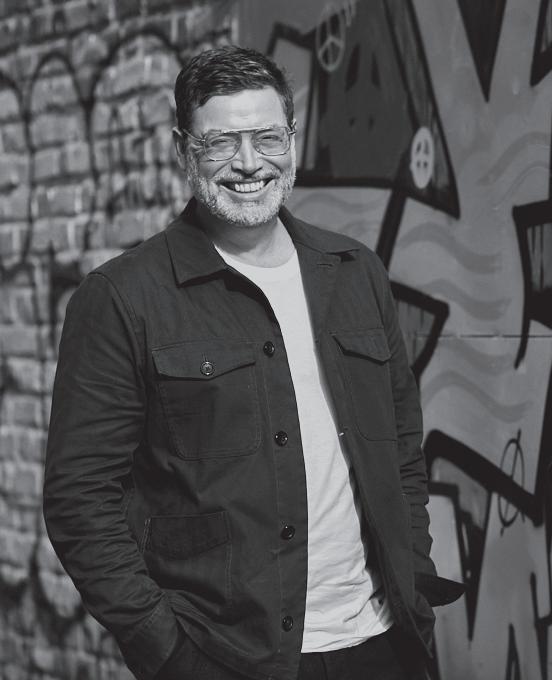
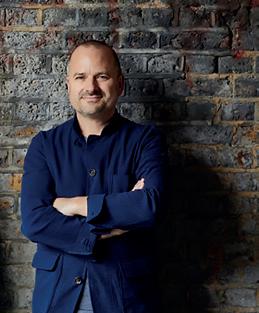

Leigh Banks
The partner and co-director at Spinach Branding loves nothing more than helping businesses reveal their most unique and engaging brand stories, as he demonstrates with VOICES.
The Spinach Branding assistant has a passion for investigating art history’s influence on modern culture. On p40 she asks designer Richard Brendon what makes an ideal wine glass.
The Maze Row wine specialist taps into the art of wine talk on p20, then on p82 sits at the bar at one of Florida’s top food and wine destinations, Michael’s Genuine.
The Maze Row director is a student of life and a disciple of the art of hospitality. Food and wine help her understand the world, as she looks into investing in fine bottles on p100.
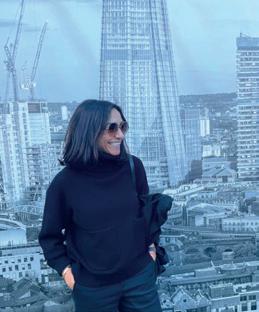
A year studying for an international MBA in Veneto catapulted her into the world of wine and wine culture. As part of the Maze Row team, she helped bring VOICES to life.
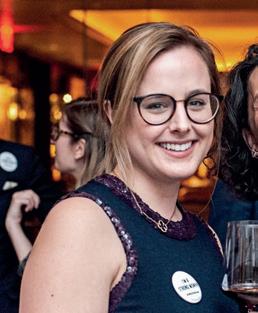
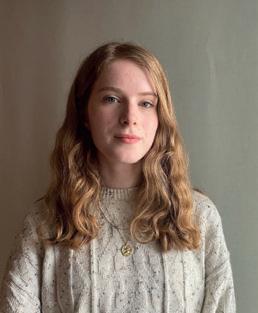 John Irwin
Fortunato
Emma Mrkonic
Theodora Thomas
John Irwin
Fortunato
Emma Mrkonic
Theodora Thomas
us widen our lens. Contact us: editorial@mazerowwines.com
Help
Suzanne Denevan-Brown
11
UNSUNG HERO

Randall Grahm, one of California’s more innovative vintners, shares his thoughts on the much underrated Rossese/Tibouren variety, and his pioneering outlook for The Language of Yes and Popelouchum
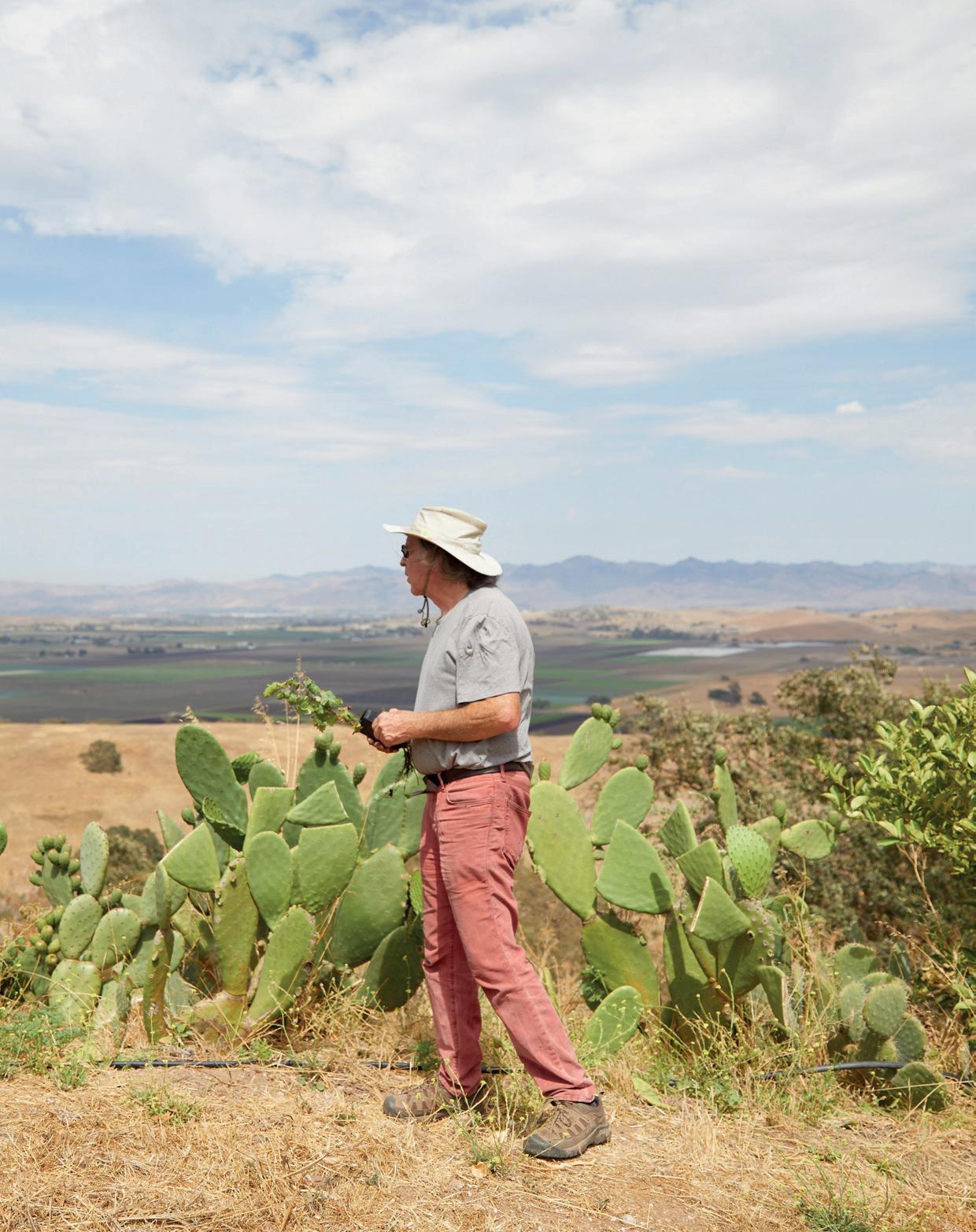
Iam a contrarian to the core and when the crowd is moving in one direction, I am generally headed in the opposite one; I’m in with the “out crowd, ugly duckling.” Grapes are my métier, my schtick. More than 20 years ago I put this temperamental disposition into practice by introducing a line of wines which I imported under the aegis/ marque of Il Circo – Italian wines made from obscure, oddball grapes that were generally undervalued and under-appreciated. As part of my research, I was lucky enough to spend some time with Luigi Veronelli, editor of Gambero Rosso, and asked him about the truly unheralded, genius Italian wine grapes. Signor Veronelli was kind enough to share with me his thoughts on what was presumably his favorite subject; if memory serves, perhaps highest on his list was a rather obscure, very old variety called Rossese di Dolceacqua, grown on terraced vineyards not far from Genoa in Liguria. Veronelli was incredibly generous to offer his assistant, Daniel Thomases, to act as my escort and interpreter, arranging visits to some top producers. I spent the day with Daniel, visiting maybe five domaines; I confess that at the time I was unable to truly grok the genius of the variety at all. The wines (all red) were for the most part fairly light in color, seemingly light in body, high in acid and slightly herbaceous; the grape’s charms were subtle at best.
Rossese is indeed a lot more like Pinot Noir than like, say, a dense Sagrantino; I had been thinking fast ball and was served up perhaps a knuckler. Chalk it up to a still relatively immature palate, or possibly to one that worried o’er much about how a subtle wine would play in Peoria to those who needed the reassuring qualitative imprimatur of density and imminent power. Still, I suspected there was something interesting going on, but it was something that I would have to revisit down the road. I can’t really discuss the details of how it happened but somehow I found myself gifted with a few sticks of Rossese budwood; I put them in my vine collection and pretty much forgot about them for quite a while.
CHANGE OF HEART
In the intervening years, my palate seems to have matured slightly and I began to gain an appreciation for wines that were not so dense and certainly not over-extracted, wines that were “agile,” capable of movement or evolution in the glass. About ten years ago I found myself at Marea restaurant in New York City, and something possessed me to order a bottle of Rossese di Dolceacqua. It was from Maccario Dringenberg, although I’ve failed to remember the specific vineyard. But, the wine was just a revelation as far as its elegance and complexity. The stars had realigned. This was a
POPELOUCHUM VINEYARDS
quasi-Burgundian wine conveniently not composed of that pesky Pinot Noir.
I became obsessed with my rediscovery and began tracking down as many Rossese bottles as I could find – not so easy to find as it turned out. There was a brilliant article by Andrew Jefford which appeared in Decanter in 2015, titled “Rossese, A Wine Made by Empty Spaces,” in which he argues that Rossese may well be a grape that satisfies the insatiable Burgundian itch, in part due to its flavor geometry, if you will. The “empty space” is not the physical geography that separates the steep hillside plantations one from the other, but rather the spaciousness of the wine itself on the palate, and its ability to move through that gustatory space the way a musical note persists through the silence of the unplayed notes. I imagine Rossese as perhaps the Miles Davis of grapes.
SAME DIFFERENCE
At about the same time, I had developed a small, controllable dependency on Clos Cibonne rosé (and red, to some extent), as any Bay Area would-be wine hipster does. This was a different grape from a different part of the world, Tibouren from Provence. I especially loved their old vine offering, Cuvée Spéciale des Vignettes. Somewhere in this time frame I had the occasion to spend some time with Andrew Jefford and he delivered to me a bombshell that rocked my
SANTA MARIA VINEYARDS
14
TLOY WINERY
CENTRAL COAST
world: Rossese di Dolceacqua and Tibouren were in fact genetically identical. It was a bit like finding out that you had two friends who knew each other independently of yourself and happily enough, got along famously. Phew!
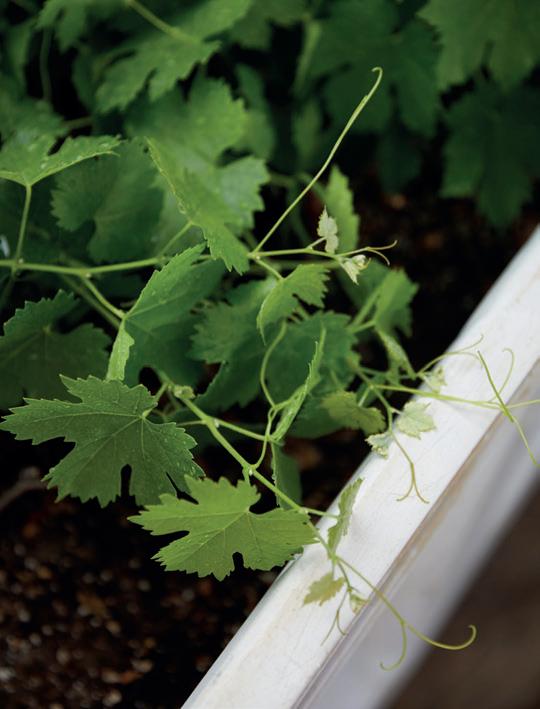
Here are some of the differences I perceive between Tibouren and Rossese, at least understood from where they are traditionally grown: Tibouren is found in somewhat warmer and dryer sites than Rossese and there may well be some clonal differences between them. Tibouren, as a red wine, is to my palate somewhat more “rustic” than Rossese, typically richer in body and in alcohol, with slightly lower acidity. It is said that Tibouren is a superb vehicle for the transmission of ambient flora, known locally as garrigue. My sample size (of one) is not scientifically significant but one feature I did happen to observe of the Tibouren at Clos Cibonne was the pretty radical disparity of ripeness between bunches and even within the bunches themselves. Rossese grown in Paso Robles, San Juan Bautista or Liguria, does not seem to share this same tragic flaw to nearly the same extent.
While most certainly the aromatic terpenes of ambient vegetation both in Provence and Liguria play a role in the unique character of Tibouren/Rossese, it’s also quite possible that the presence of pyrazines from less than totally ripe fruit might also play a role. I’ve noticed that
the slight herbaceousness of red Clos Cibonne, especially in greener years, seems to morph into a wonderful mintiness with the passage of time. It’s just an impression but I imagine that Rossese has slightly more spaciousness, as described by Jefford, in its palate as compared to Tibouren. As in a musical rendering, fewer notes are played but they echo and play with one another, conveying depth and resonance.
GIFT OF GRAFT
My experience of Tibouren/Rossese in California has been enormously encouraging and I feel that I’ve experienced still but a glimpse of its immense potential. I was able (amazingly) to persuade a grower friend of mine to initially graft an acre of Tibouren in the El Pomar District of Paso Robles. Rather warm and very dry during the day, cool at night, with beautiful calcareous soils – not so dissimilar to, ahem, other places where Tibouren is grown. We grafted Tibouren/Rossese on some frankly pretty distressed 30-year-old Sangiovese vines, ones that had all sorts of “issues,” leading to somewhat borderline productivity, compromised root system, somewhat uneven ripening (likely non-genetic in origin), etc – in short, a bit of a mess.
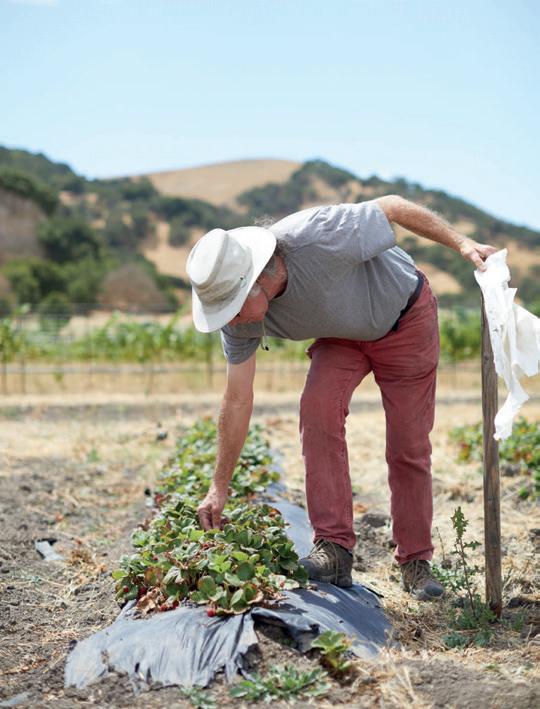
And yet despite the numerous challenges of this particular site, the grapes it yielded produced the most stunning pink wine I had ever experienced in California. The color of
the fruit – nothing to write home about. Many bunches failed to properly color up at all. But there was a quality to the wine that I can only describe as possessing a kind of life-force, a dramatic savoriness and persistence of flavor as it evolved in the glass. The fragrance, while discreet, was haunting – almond and cherry blossoms in particular. Oh, to be able to sip this wine in Kyoto in springtime.
WARMER CLIMES
Under The Language of Yes brand [a collaboration between Randall and Joe C. Gallo, the founder of Maze Row], I’ve now made three commercial vintages and the Tibouren, blended with a lesser volume of Cinsault and occasionally Mourvèdre, has consistently amazed and delighted me. We’ve allowed the wines to go through malolactic fermentation, so that they may be bottled without the need for filtration, preserving their remarkable texture and impressive finish. The scant production comes from two acres of ruinously shy-yielding Tibouren planted at Paso Robles, and those vines are likely not too much longer for this world.
But, entretemps, after numerous and exhaustive Rossese/Tibouren dinners with corporate management, what I mean is, after additional comprehensive, in-depth research, I have been able to persuade my colleagues at The Language of Yes of the unique beauty and potential
©Helen Cathcart 15
of the variety in California, especially in younger, healthier and slightly cooler vineyard sites. We were able to locate such a vineyard, not far from King City and grafted approximately two acres this last spring with an additional 2.5 acres to graft this coming spring. The vines are proving to be remarkably vigorous and healthy. I expect them to produce on the order of 25 tons of fruit when they are fully bearing, which will be just a few short years away.
Why do I imagine that this relatively small planting of Tibouren will be interesting for the wine industry in general? We have in recent years been experiencing the dramatic effects of global climate change everywhere and California has certainly not been spared. Moderate and cool sites on the Central Coast, once suitable for producing elegant varieties like Pinot Noir, are often moderate and cool no more. Put another way, what do you do if you are determined to produce wines of elegance and balance from varieties that were once capable of delivering the goods, but perhaps are no more?
Conversely, Tibouren is a variety, as is perhaps Cinsault, that I believe is capable of producing a particularly haunting and elegant wine in a relatively warm climate. It appears, as does Cinsault, to be relatively drought tolerant as well. Maybe equally germane is the fact that the wine world is getting smaller and consumers everywhere have the new opportunity to try
wines made from exotic grapes they’ve never seen before. Yes, there has been a great consolidation of large and mid-size producers and wine distributors and wine shelves and lists are crowded with familiar faces, but I suspect that has created a counter-demand for the less common styles, for the heterodox. At the end of the day, there is always a place for wines of unique personality and distinction.
TESTING GROUND
I’m growing Tibouren at my own Popelouchum vineyard in San Juan Bautista as well, just a modest plantation of a little over an acre but at the same time I’m doing something utterly unique with the variety. I’ve harvested several thousand seeds from self-crossed Tibouren to see if I might not come up with an interesting variant that may well be better to our growing conditions than its parent. At the same time, I’m toying with the hypothesis that genetic variants of a given variety, even if they are in some sense “inferior” to their parent, may enable one to potentially create additional nuance and complexity in a field blend.
The “best” clone of a given variety might well be a composite of many biotypes or variants of that variety. The notion of a heterogeneous planting, which flies in the face of conventional viticulture with its emphasis on uniformity, may afford a unique opportunity for the observation
and selection of unique individuals with particularly useful traits – drought or heat tolerance, superior (or complementary) taste profile. But, most significantly, it allows one the opportunity to observe and learn and ultimately select for the future, as not all viticultural knowledge is vouchsafed upon cursory inspection.
It is my hope that Popelouchum can serve as a laboratory for The Language of Yes, exploring not just new varieties (or heterogeneous combinations thereof), but the implementation of new and progressive grape growing and wine-making methodologies – from the use of biochar and inoculated cover-crops (as a means of enhancing the biotic potential of soils) to experimentation with the air-drying of grapes to lignify stems, thus allowing for superior structure in the wine and improved fermentation kinetics.
At Popelouchum, we are in the process of creating/discovering entirely new and unique varieties through the somewhat tedious but time-tested conventional grape breeding process, grapes bred not to solve a particular winemaking or viticultural problem, but rather in the hopes of discovering something strange, new and beautiful. It is my hope that at least one of these varieties might find a home in The Language of Yes. (How could anyone say “no?”)
“I imagine Rossese as perhaps the Miles Davis of grapes. It has the ability to move through the gustatory space the way a musical note persists through the silence of the unplayed notes”
16
Randall Grahm
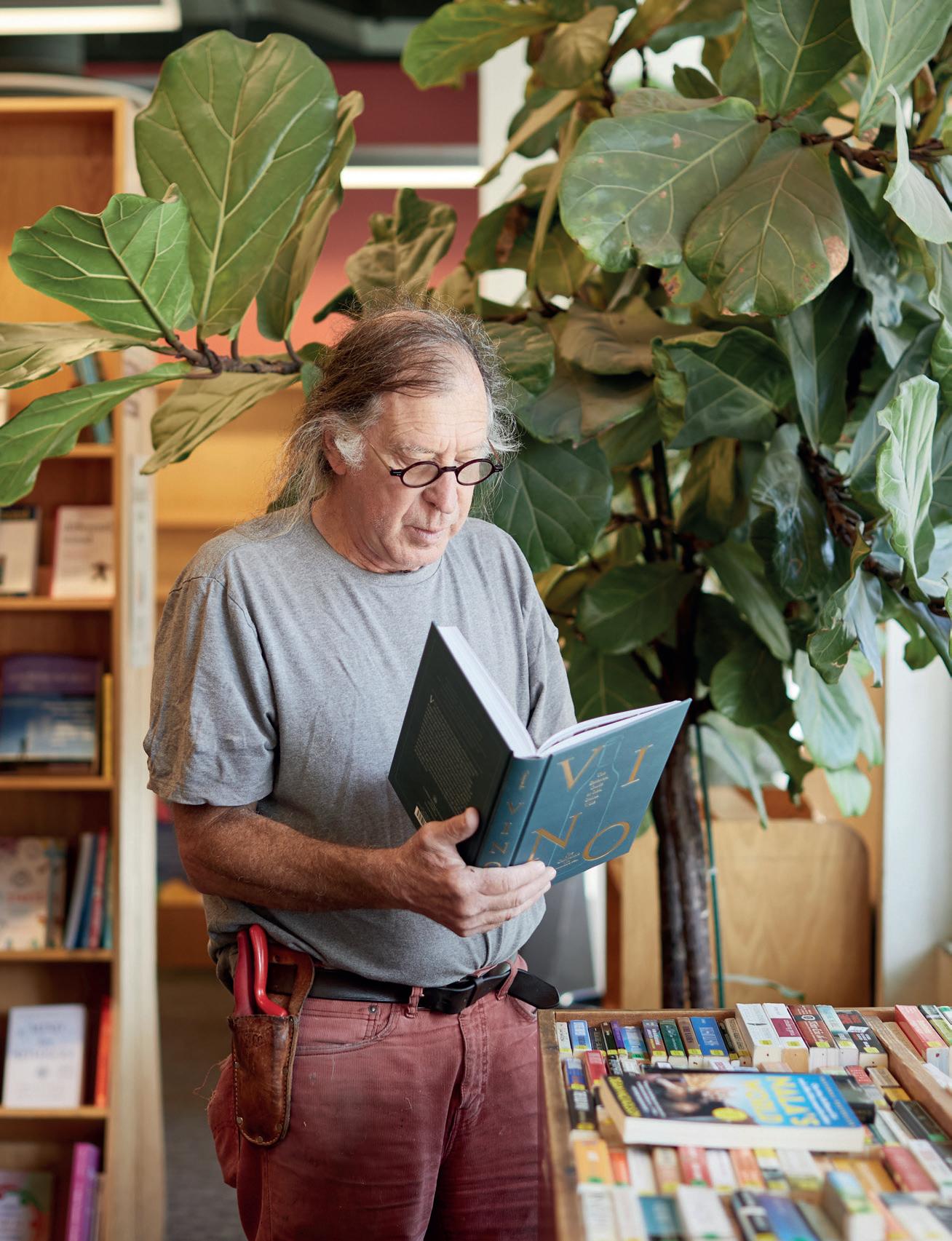
17
A SELECTION OF THE LANGUAGE OF YES RELEASES
THE LANGUAGE OF YES SYRAH 2021
Co-fermented with 14 percent Viognier, The Language of Yes Syrah is aromatic and high-toned, reminiscent of St. Joseph, but with a piney blue-fruited boost given by its California provenance. Remarkable for its drinkable restraint.
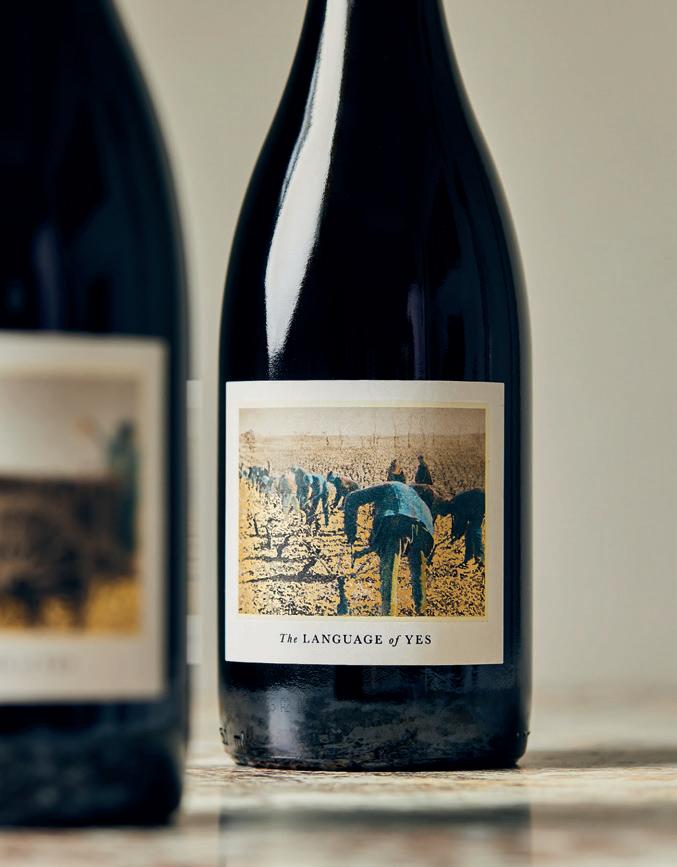
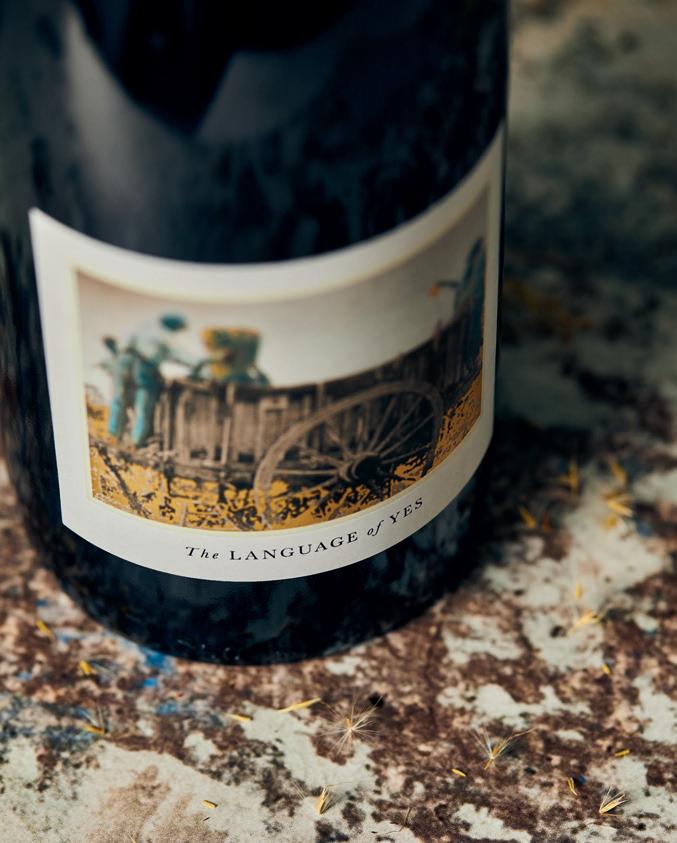
THE LANGUAGE OF YES PINK WINE
“LE CERISIER” 2021
A blend of Tibouren, Cinsaut, and Mourvèdre with a little bit of skin contact, this pale-pink wine is rich with aromas of stone fruit and flowers with a textured, creamy palate and a salty finish. Decant before serving.
18
The 2021 vintage released a red, the Syrah, and a rosé, the Pink Wine ©Rob Lawson
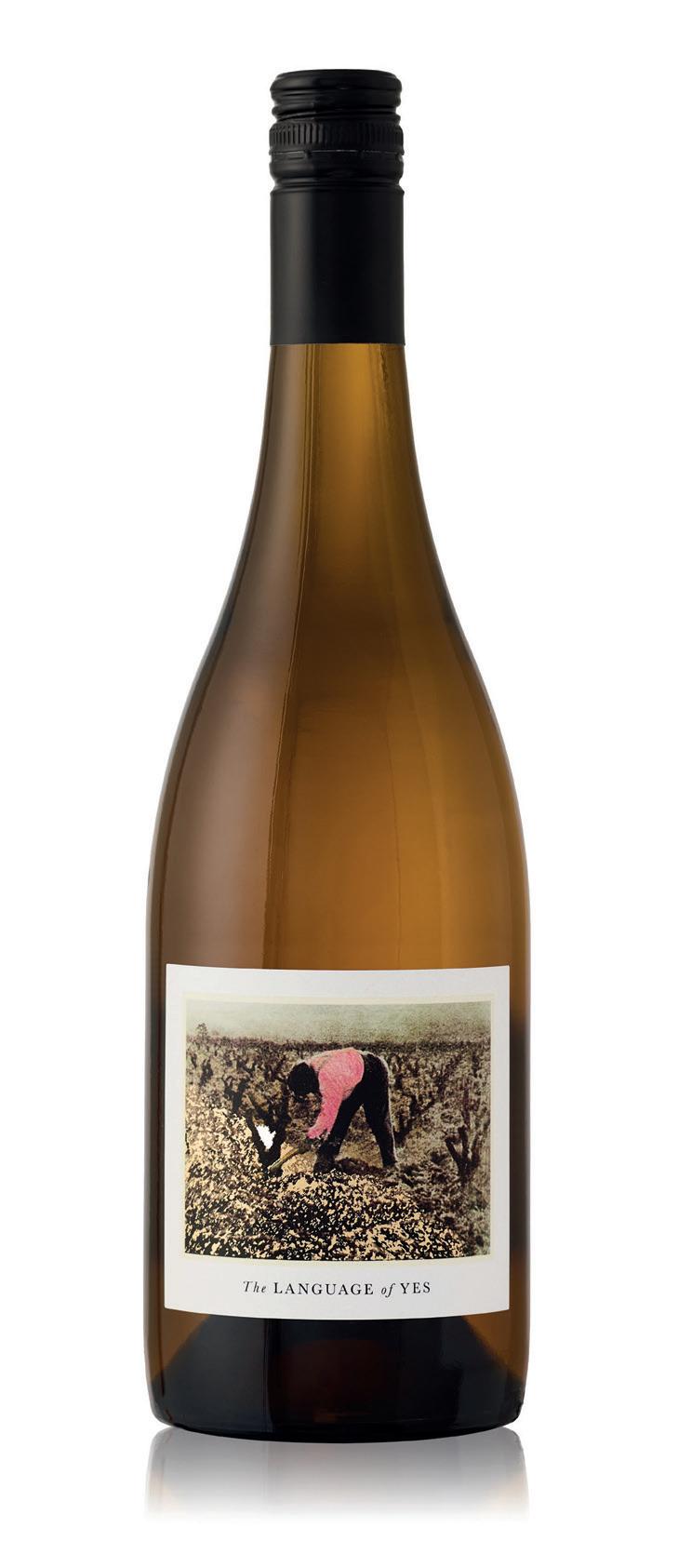
19
DOORS OF PERCEPTION
Is the essence of a wine more important than the way it is described – in Shakespeare’s words, “would a rose by any other name smell as sweet?” Or could it be that the words we use to describe our favorite bottles influence our enjoyment of them? Is it possible that we think, therefore we taste? John Irwin delves into the art of wine talk and explores how our individual cultural backgrounds influence how we see the world – and taste it.
PROUST’S MENCÍA
In November of 2022 Punch contributor John McCarroll wrote an article titled “The Wine Flaw of Our Times” about a retronasal aroma on the finish of some wines commonly referred to as “mousiness.” The “…of Our Times” part of the title refers to the fact that it’s a descriptor almost exclusively associated with natural wines, thought to be caused by some combination of long fermentations, warmer global (and therefore cellar) temperatures, and less-than-reductive winemaking (basically, “Spring Break, Daytona” for bacteria). “Mousiness,” when present in a finished wine, inspires such exotic aroma descriptors as “hamster cage,” “corn chips,” or – depending on whom you ask – “authenticity.”
I have drunk many mousy wines, dozens, maybe even hundreds, over the years. Except… I never knew it. I had heard the term here and there and understood the general idea but never thought, “oh, this wine is mousy.” But when I read McCarroll’s article, I learned that the smell is correlated to Brettanomyces (a type of yeast also known as Brett, which I am sensitive to), and that little factoid lodged itself into an accessible part of my brain.
So, a day or two later, I ordered a bottle of Mencía from a natural-leaning producer that I love, gave it a sniff, noted the unusually high concentration of Brett, and then tasted the wine. And, there it was, in a flash of awareness: an unconscious resurfacing of memories of my first pet, a hamster named Snickers. The wine was mousy, clear as a bell tone. But, not only that. I also had the Proustian recognition that I had tasted this before. Many, many times. Another door of my perception had opened. My life was forever changed.
With a misplaced obligation of politeness to the world around me – as if I’d uncovered a conspiracy that threatened all human order –I continued to sip the wine. I did not enjoy it. My wife, who was with me, having not yet bit into the fruit from the Tree of Knowledge, blissfully polished off a couple of glasses. “Good wine,” she said and smiled.
MORNING BOYS, HOW’S THE WATER?
WHAT THE HELL IS WATER?
COMING OF AGE
Do you remember the moment – you were probably a teenager, looking at the stars or a lava lamp – when you initially recognized that our experiences are limited to our individual perception? It probably went something like this: “Ok, but what if, like, the blue that I see is different than, like, the blue that you see? Like, what if your blue is my red?”
It’s rote and universal but profound, so allow me to resurrect this stoner philosophy to new ends: what if, like, the wine I’m tasting is different than, like, the wine you’re tasting? Like, what if your “pear” is my “pineapple”? And, yet further into the unknown: what if I’ve never had a pear? Is my perception of the wine the same or different? How much of our perception is influenced by upbringing, culture, exposure, and language? And within that question, what is right in front of us that we cannot see?
SOMETHING BLUE
“Blue didn’t always exist.” This, as with all provocative or insane statements, begs for context. In his 2010 book, Through the Language Glass, linguist Guy Deutscher recounted an intriguing discovery made in the mid-19th century by a British politician named William Gladstone. Gladstone moonlighted as a classics obsessive; ten years before becoming the Prime Minister of the UK, he published a 1,700-page opus entitled Studies on Homer and the Homeric Age. It was received with the kind of rapture you would expect, which is to say that most people – if they paid any attention at all – were more amazed by his obsession than the work itself.
But, only an obsessive could have discovered a fascinating little detail about one of the most famous books in the history of Western literature. In Homer’s Odyssey, throughout 24 volumes and 134,560 words, the author does not utter a single word that could be taken to mean “blue.” In fact, what Gladstone discovered is that Homer’s world was remarkably colorless. Words that mean “red,” “yellow,” “green,” and “violet” made brief cameos, but they were used almost at random, more to get at the idea of saturation than color. He called honey “green” and iron “violet.” And as for the Mediterranean Sea itself? The aqueous object upon which the mighty Odysseus sails for verse after verse? That is not blue but “wine-dark.”
It would be a strange but meaningless historical footnote if this were an outlier. Perhaps
Homer made an artistic choice, or maybe he was colorblind and lacked a good editor (the legend that Homer was fully blind is a myth). But it’s not an outlier. Another researcher named Lazarus Geiger pulled on Gladstone’s tantalizing thread some years later and discovered more peculiarities. It turns out the Old Testament never mentions the color “blue.” Ditto the Koran and the ancient Icelandic sagas. And the Hindu Vedic hymns, where they describe all the colors of heaven? Blue was left off the guest list. A millennium of ancient texts and nary a mention of that which colors the sea and the sky.
SHADES OF MEANING
The Russians have two words for what we know as blue: “siniy” (to us, a dark blue) and “goluboy” (a light blue). Both of these colors would appear, to any westerner, as two shades of the same color. But to a Russian, these colors are as distinct as green and yellow would be to us.
This is to say that color is a cultural construct. Where I, as an American, will distinguish between blue and green, other cultures – like Russia – might establish more nuance, adding additional vocabulary for what they’re perceiving. The opposite is also true: in most scenarios, the Japanese lump what we would call, separately, “green” and “blue” into a single word: “aoi.” (As an aside: “midori,” the term used in Japanese to refer to the concept of “green” as a color, was not widely adopted until after World War II. So, when traffic lights were imported from the US, they were described by the local newspapers as having lights of “red,” “yellow,” and “blue,” which is how they are still described today).
If you point out “yellow” school buses and “white” clouds to any child, you are not perpetuating an objective visual sense but a subjective way of dividing up the world based on how those things were once presented – and then reinforced – to you.
Back to Gladstone, Gieger, and Homer: if color is cultural, maybe our ancient forebears didn’t have a word for blue. It didn’t occur to them because it wasn’t necessary; ocean and sky aside, blue is not a color you see very often in nature. Much like the Japanese are building a new relationship between blue and green, our ancestors likely demarcated their color world over generations. From that lens, it becomes easy to understand why Homer’s sea was “winedark.” He was describing it in relative terms.
What’s interesting is how these cultural differences may affect how we think. For example, a 2008 study conducted by a joint team from Stanford, MIT, and UCLA showed that Russians could identify different shades of blue faster than their western counterparts. A similar study conducted in 2005 offered the flip side of the equation; the Himba tribe of Namibia, who have no word for blue, were demonstrably slower than English speakers to identify a color difference between blue and green. Yet, the Himba have several terms for “green.” When they were shown different shades of the color, they were predictably faster than the control group at identifying them.
Language, then, strongly relates to how we perceive the world. To quote Deutscher: “Is it possible that linguistic differences can be the cause of differences in perception?” Or, to put it another way, if Homer didn’t have a word for blue, could he even see it?
COLOR TO TASTE
If you were to crawl into a time machine and zap yourself back, you would likely discover that Homer could see a color difference between the ocean and, say, a boat. It’s not that he couldn’t perceive differences; without categorization through language, context probably would have been a crucial ingredient to recognition.
In wine, we experience this all of the time. Blind taste a wine-agnostic friend, and they will have no idea what the wine is or any meaningful descriptions. But, if you blind taste them two wines, then they can expound on the differences through their cultural totems (“this is more like lemonade,” “this has more fruitiness,” etc.). It’s a common belief that, with time and experience, we evolve our language to describe what we’re sensing. However, it’s more often that the opposite is true; language comes first, opening the door to perception.
In his 2022 research paper for the Institute of Masters of Wine, Justin Martindale (MW), conducted a case study on the “Evolving Language of Minerality in Wine Tasting.” He evaluated more than 20,000 Decanter magazine tasting notes from 1976 to 2019 and found that the term “minerality” was not common until the early 2000s, hitting its peak in 2010 when it appeared in more than 15 percent of all tasting notes. How could something so familiar be nearly unheard of just a couple of decades ago?
24
“How much of our perception is influenced by upbringing, culture, exposure, and language? And within that question, what is right in front of us that we cannot see?”
Did wines before the new century not exhibit minerality? More likely, as in Homer’s colorless world, we’re not processing the presence if we don’t have the language. It’s a “tree falls in the forest” problem; if a wine has minerality, but no one’s there to name it, is it ever really there?
HOW’S THE WATER?
I’m not arguing that language invents experiences (though I’m not closing the door on that, either), but it can sharpen them into focus. To quote the writer Joshua Rothman, “to describe our thinking is to domesticate it.” My experience with a mousy Mencía mirrored my experience with other aromas like petrol, reduction, petrichor, and corked wines. In all cases, language pre-dated my perception.
What’s profound about this isn’t just how it affects individuals but how they add to a dramatic whole; how entire cultures, civilizations and eras can perceive the world differently due to little more than a cosmic clerical error. It’s as if, through our life and history, we’re unlocking new doors to perception through language and slowly filing in.
All this brings to mind a well-known parable from author David Foster Wallace: “Two young fish are swimming along, and they come upon an older fish swimming in the other direction. The older fish nods and says, ‘morning boys, how’s the water?’ The two young fish continue swimming along for a bit before one turns to the other and says, ‘what the hell is water?’”
It can be frustrating to feel at arm’s length of a thing, that liminal space just outside of perception. When you learn about wine, you can scrape the edges for weeks, months, or years, living on the edge of recognition. But from another lens, this is the greatest gift of our lives; in wine and colors – as well as in art, science, and nature – there is always something new, something to be discovered, and the challenging, glittering truth that there is more we cannot yet see. This life is endless because we cannot know what we do not yet know.
If only we had the words.
25
John Irwin is a Maze Row specialist and Italian wine ambassador with Vinitaly International.
FIELD NOTES
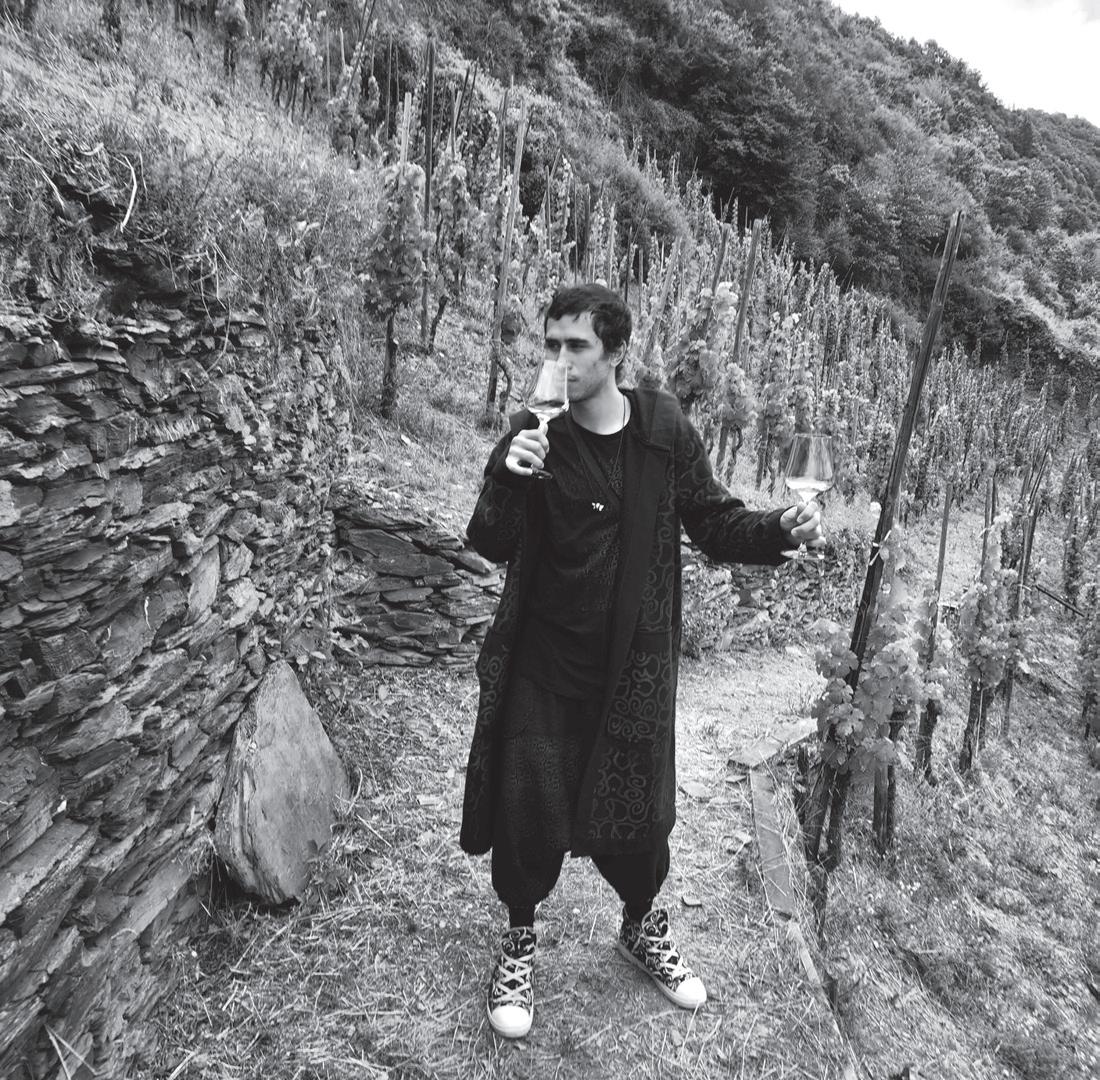
MJ Towler meets underground music producer and Riesling aficionado Skinny Pablo to see how his debut vinyl album Paris Mosel brings wine and terroir into play
Making wine and music involves a combination of art and science. In both cases, the process requires a great deal of skill and knowledge, often involving specialized tools and equipment to achieve the desired result. There is something else though. Something that is both tangible and intangible. In wine, we call it terroir. In music, it’s the recording studio.
The Foo Fighters first explored this connection with their highly acclaimed 2014 album and eight-part mini-series Sonic Highways. For the project, the band recorded in eight iconic US studios around the country, visiting town after town and taking in the “terroir,” then writing and recording a song, before moving on to the next city.
Skinny Pablo is breaking similar ground with his debut vinyl album Paris Mosel. This is music inspired by terroir, in this case the urban fabric of Paris and the Mosel’s ancient vineyards. I am meeting Skinny on the heels of the album’s release to understand his creative process.
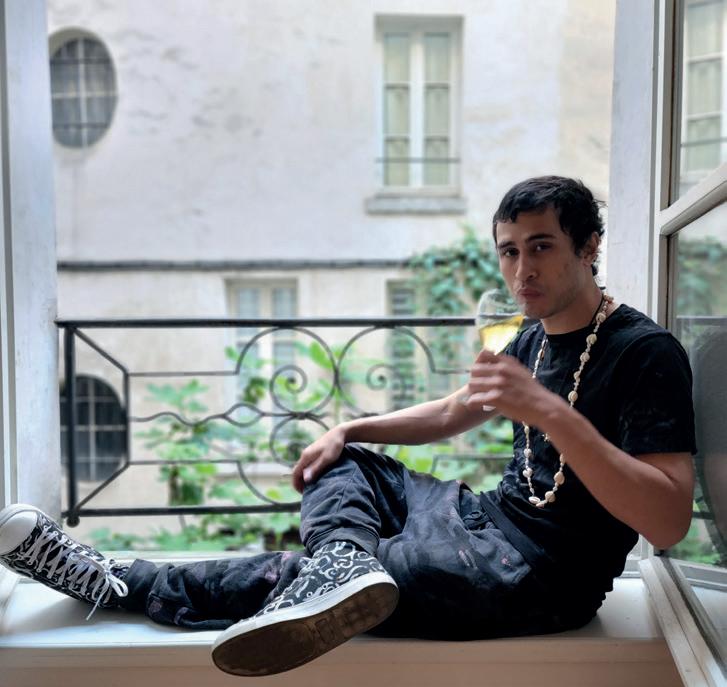
Hailing from Guam and based in Long Beach, California, John Phillips, aka Skinny Pablo, is an underground music producer, Riesling aficionado and self-described disruptive child of the avant-garde. Skinny tells me the first half of the album was recorded electronically utilizing samples. It’s his musical interpretation of Paris –inspired by the cuisine, fueled by croissants, and an ode to the streets of this artists’ mecca with his musical journey finding its way through La Bastille, Montmartre and Pigalle as well as hip
eateries Les Enfants du Marché and El Nopal.
The second half of the album was made in Mosel – the mystical and rugged winemaking land in Germany with century-old vineyards. This is the home of Ulli Stein, the revered winemaker celebrated for making Rieslings of distinct character. Stein lives in Alfer Hölle, initially constructed as a hotel in the late 1800s, where in the dining hall sits a grand piano overlooking the Mosel river. Here, Skinny composed and recorded the piano portions of Paris Mosel during the harvest of 2022. And it became a musical diary of his time at Alfer Hölle, Sankt Aldegund and Bullay.
Process is critical to the creation of Paris Mosel. Skinny talks of the acquisition of a device called the T560 Vinyl Recorder. “It’s made in Germany, and you can’t just buy a machine,” he tells me clearly enamored by the musical equipment. “You have to fly there and be trained by its creator.” The T560’s inventor is audio engineer Ulrich Sourisseau, whom Skinny describes as a “mad scientist” living in this small town near the Swiss border.
Skinny had been awestruck by the recorder when he had encountered it six years ago since it had been his lifelong dream to make a record. He says his first thoughts were: “I can make my records!? I mean, digital’s cool. Tapes are pretty dope, but, you know, the dream is to have a vinyl record, just like everybody else back in the day.” After 18 hours of continuous training in a tiny shed, Skinny learnt to operate his T560. It’s what he’s using to press the vinyls for Paris Mosel
FROM MOSEL TO PARIS
The Paris Mosel project has its genesis in gratitude and collaboration. Skinny narrates the story. He had been invited to the Mosel by the wine and vinyl collector Robert Dentice (aka Soilpimp) and Stephen Bitterolf, owner of Vom Boden Imports. It was Dentice’s way of thanking Skinny for all he has contributed to the Riesling Study community. Conceived in 2020, the project began as a way to articulate the nuance and diversity of Riesling. Now it includes other German wines having grown organically into a community of creatives with site-specific events bringing together food, wine and music.
Following two weeks of touring the vineyards of the Mosel and meeting the producers, the group celebrated at Ulli Stein’s Alfer Hölle. Skinny says he was blown away by the place and was psyched to play some beats. Dentice asked Skinny how he would like to return during harvest and write a record? “We’ll talk to Ulli about it, you can stay here,” he said. “While they’re harvesting grapes, you’re writing music. How do you feel about that?” Skinny’s reply was a resounding yes.
While waiting for the harvest season to start, Skinny decided to take a break and make his way by train to Paris. “I’m spontaneously in Paris, and it’s such an inspiring city for art,” he recalls. “So I said: okay I’ll do Paris Mosel It’s going to be a musical diary of this kid from Guam flying into the Mosel drinking a bunch of wine, then going to Paris, eating, drinking. and instead of writing words, I am going to make music.”
28
In Paris, Skinny set up a crowdfunding campaign and made beats all day, every day. He had brought along a small sampler called the Octatrack, and the entire album was made using his phone and the sampler. He didn’t even have a laptop with him. He rented a studio and recorded drum tracks – something he had never done before. It was here that he began developing the record in his mind, working tirelessly until his return to the Mosel.
Once back in Germany, his frenetic pace continued. Skinny made beats morning, noon and night, composing them on the piano at Stein’s house. He drew inspiration from the treacherously steep terraced vineyards, ancient mineral-rich limestone soils, and 70 to 120-yearold gnarled vines that made him think about the texture of his music.
A lover of dub music, Skinny saw parallels in the terroir of the Mosel. The rugged terrain reminded him of the low-fidelity, dirty and dusty sounds of old-school Jamaican dub in the style produced by the legendary Lee Scratch Perry. In 2020 Skinny had fulfilled another lifelong dream when he had collaborated with Perry on his single “Rain Inna Babylon.” Says Skinny: “You take what you have to work with and then add your own texture and style – the same way a winemaker works with the terroir and creates their unique spin on things.”
Other than his sampler, for Paris Mosel Skinny used a drum set and a piano. He took the two recordings using two entirely acoustic instruments, both percussive, with no amplification. He combined them in the way a winemaker
would using different lots from specific vineyard parcels. Skinny describes the beats from Paris as a bit more refined and processed, whereas the piano and the Mosel were a little edgier. He combined the two to create new recordings.
Stein had compared Skinny’s music-making process to Naturwein, or natural wine, made with minimal intervention by the winemaker. Skinny concurs, saying his recording style’s minimal use of electronics mirrored this idea of minimal intervention.
Finally, to pay homage to his time in the Mosel, Skinny included a transcription of “Mosel Weinlied” with the LP. According to local folklore, the song was awarded a Fuder (1,000 liters) of the finest Riesling for winning the 1864 Traben-Trabach Casino songwriting contest.
Skinny describes Paris Mosel as stuff that many people have never really heard with influences from his favorite musical genres: dub, hip hop and electronic psychedelic styles. And because of the terroir, he’s created a special “blend” for the album.
Through his music he hopes to shed light on great Rieslings and a good life of pairing music with it. Ultimately he wants to inspire, to get his listeners in the mood to drink a great bottle of wine, enjoy delicious food with good friends, and have a great time.
When grapes are planted somewhere new, they will give a different interpretation of a wine. An artist, in this case, a music producer from Guam, can also create differently in a new setting. When the environment becomes the muse, something completely different emerges.
My conversation with Skinny Pablo makes me think of the rapper Rakim’s lyrics, “It ain’t where you’re from; it’s where you’re at”.
The Paris Mosel vinyl was released on December 24, 2022. Each cover design of the first run of the physical LP is one-of-a-kind, hand-drawn in pen and ink by Skinny Pablo.
MJ Towler is the founder of The Black Wine Guy Experience podcast.
SIGN UP TO VOICES the publication for Maze Row:
Stay informed with industry news, reviews and interviews. Receive regular updates on new vintage releases. Gain member-only invitations to special events and tastings.
 Left, Skinny Pablo enjoying a glass of wine in Paris. Right, his Paris Mosel album cover features a combination of images of Paris and the Mosel. Each cover is individually hand-drawn in pen and ink by the artist ©Skinny Pablo
Left, Skinny Pablo enjoying a glass of wine in Paris. Right, his Paris Mosel album cover features a combination of images of Paris and the Mosel. Each cover is individually hand-drawn in pen and ink by the artist ©Skinny Pablo
29
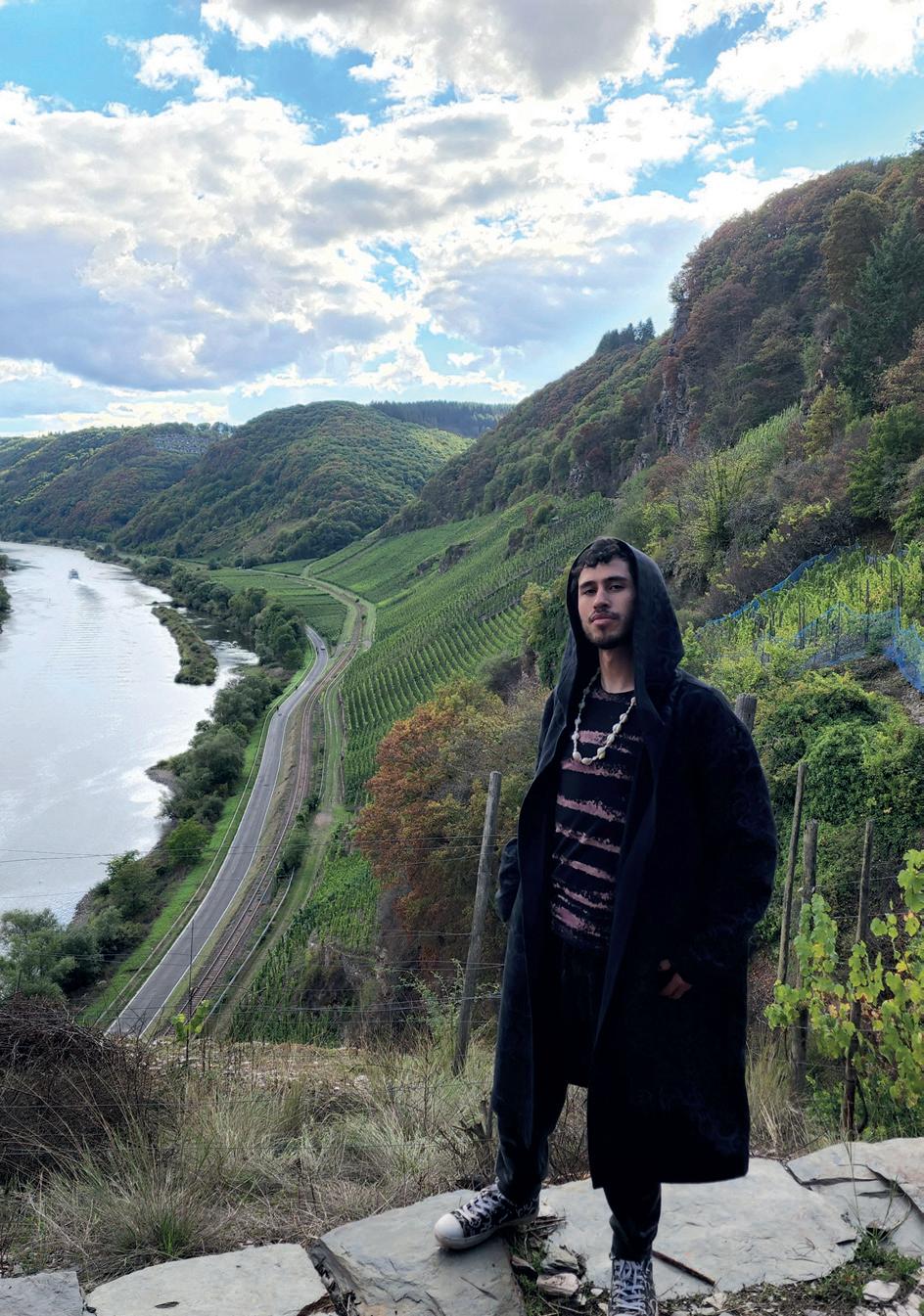
30
31
“You take what you have to work with and then add your own texture and style – the same way a winemaker works with the terroir and creates their unique spin on things”
A QUESTION OF TASTE
How does the mystery of taste apply to wine? Stephen Bayley, an outspoken commentator on modern culture, art and design who has made it his life’s mission to unravel the riddle of taste, heads to 67 Pall Mall London to ask the queen critic of wine, Jancis Robinson
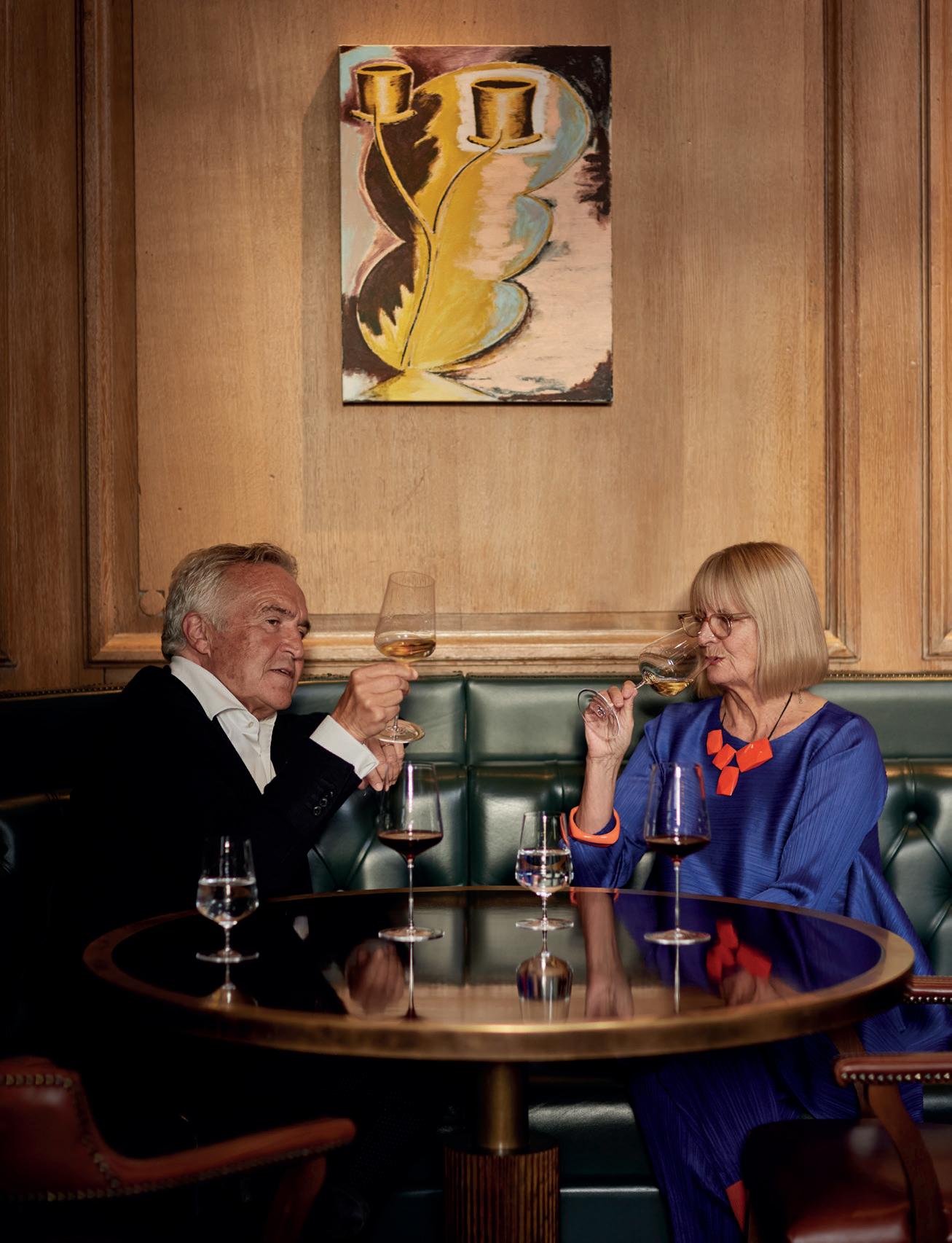
Iwas staring out of the window, thinking about Proust and neuro-aesthetics when Jancis Robinson walked in.
Jancis is one of the most respected wine authorities in the world. Self-taught, too. If it does not sound inelegant to say so, her nose is unrivaled. Her palate as well.
And her technical mastery of wine is, by consensus, unmatched.
Marcel Proust, with no column in The Financial Times newspaper, has fewer readers, but nonetheless wrote the best ever account of taste and memory. What he called “l’édifice du souvenir,” that moment when a madeleine dipped in tisane began an avalanche of recollections inspired by what it did in his mouth.
Meanwhile, neuro-aesthetics is that emergent discipline whose fundamental proposition is that our brains are hard-wired to appreciate some things more than others. Our preferences, neuro-aestheticians argue, are not based on intellect, culture, desire and acquired learning, but inalterably built into the structure of our brains. Beauty is not in the eye of the beholder, it’s in the amygdala. It seemed a good moment to ask the author of The Oxford Companion to Wine some questions about taste.
We settled into our positions on the banquette. When I said that any disinterested study
of the history of visual arts showed that taste changes from one period to the next, often hilariously, Jancis agreed the same applies to wine. There are no absolutes. “Wine evolves in the same way as fashion.”
This is a tricky proposition since no-one really understands how fashion evolves, only that it changes. “In the 1990s we liked big, oaky, dark, alcoholic fruit bombs. Now we prefer lighter and cleaner and less alcoholic wines,” Jancis explained. “There is no right and wrong about wine.” And there’s no right or wrong about skin-tight jeans versus flares. Maybe the neuro-aestheticians are wrong.
A sommelier came to arrange glasses in front of us, different shapes for the various different wines we were about to taste (or, in my case, drink). Jancis did a small eye roll. “You actually only need one type of glass,” she said.
This is a personal conviction, but also, she said, a reflection of a zeitgeist – her word – that prefers simplicity to elaboration. Such is her commitment to simplification, she has had contemporary product designer Richard Brendon design a standard glass for her (p40).
Swirling a luscious Pieropan Soave around an inferior glass, I asked if the “legs” were an indicator. I’d always believed that the Marangoni effect, those viscous dribbles, was something
to look out for. And it seems I was wrong: “You can disregard legs,” said Jancis. “Length is the indicator of quality.”
“Length,” in wine terms, being the lingering taste: Proust’s “souvenir,” a memory that lasts. I asked now about the notorious terroir, and how wine reveals stories about places, taking you on an aesthetic adventure without leaving your banquette or bar stool. My slight reluctance to enjoy Welsh wine, I said, even as a proud Welshman, is because I prefer being prompted about the Rhône than Ebbw Vale, but she did not concur while failing actually to endorse the emerging viticulture of Wales, saying instead: “I am certainly excited about English wine.” Recently, she has become interested in Swiss wines, too.
Now, even as we were drinking Italian wines, I wanted to quiz her about the absurdity of Bordeaux, whose business proposition could not exist in any other area but the feudal complexities of the wine trade. I mean: “I will sell you an expensive wine right now which you might be able to drink with pleasure in 30 years. But, then again, perhaps not.”
She agreed. “I have been railing against en primeur for decades. Bordeaux is pulling the wool over our eyes. They don’t need the money (up-front). Just compare it to Rioja. The top
“Wine very rarely tastes of grapes, except Muscat!”
Jancis Robinson
34
Stephen Bayley and Jancis Robinson at 67 Pall Mall, London, with a selection of Maze Row wines
makers only release their wines when they are actually ready to drink.”
And, I wanted to know, the en primeur scam apart, what about that obfuscatory stuff tasters say about Bordeaux. Doesn’t “complex” just mean difficult? Jancis replied: “No. Complex means nuanced.”
There is no special discipline for training tongue and nose, just a lot of practice. I mentioned the great Victor Hazan’s simple and perfect tasting rules. Sniff the primary aromas of the wine sitting still in its glass. Give it a swirl and sniff the secondaries. Look at it, and do you see brightness or dullness? Taste it. Do you find it long or short? And do not forget to note whether it is red or white, or, nowadays, orange. That’s all you need to know. She did not demur.
But I wanted to understand why tasters always use an abecedarium of associations: apricot, cherry, blackcurrant, tobacco, pipi de chat, lychees, biscuit, cedar, farmyard, pear drops, petrol, vanilla. Unforgettably, she told me: “Wine very rarely tastes of grapes, except Muscat!”
I stared into what was now my new glass of Ratti Barolo and remembered a visit to HautBrion where one taster sniffed and said, “I think I am getting a little Brazilian woman,” which has become my all-time favorite taste association.

Then there was Robert Louis Stevenson who described a wine “as red as a November sunset and as odorous as a violet in April.” Or John Armit saying a good red Burgundy should smell of manure, although he used a shorter word. Jancis was too discreet to follow this mucky lead.
As a coup against oenological obfuscation, I brought the critic Walter Benjamin into the conversation. Benjamin believed if you can copy a work of art perfectly, which nowadays you can, why bother with an original? Is it just the snobbery of direct association with a maker, say Leonardo? If you like the taste of, say, Château Palmer 1970, then someone in a lab can imitate it for you with a so-called “Frankenwein,” named for the composite monster, just as delicious and much less expensive. Jancis was not so sure. “No-one,” she said firmly, “has done ‘Frankenweins’ properly.”
But maybe one day they will. Montaigne believed if you take pleasure in drinking good wine, you are bound to be disappointed when you have to drink bad. “To be a good drinker, you must not have too tender a palate,” the philosopher in his Gascony tower said. This inevitably led to the question about catering methodology: does she start a dinner with wine of a certain level and then work up to a climactic
resolution with the very best? “It depends how boozy your friends are,” she replied.
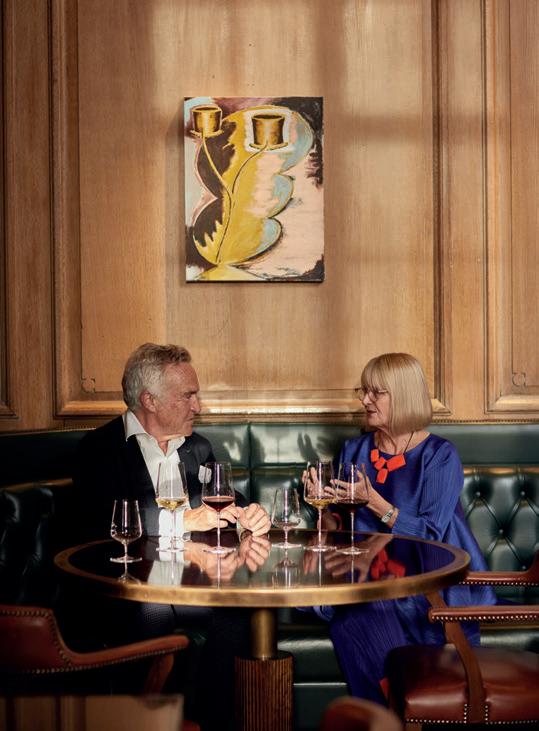
Translated, if you have friends who enjoy wine, start them off on a little of the good stuff and let them get greedy later with volumes of vin ordinaire. So now I know that if I visit Jancis and my first glass is a 1945 Latour, I have been categorized as a boozy hog.
The mysteries of taste reveal themselves slowly. They are arbitrary, but pedantic. They involve prediction and surprise, delight and disappointment. Knowledge has its uses, but so too does innocence.
Tasting, I think, is not a pseudo-science. It is not a science at all. Like all the best things in life, it’s irrational. Like love. I winked at my Barolo and carried on.
©Helen Cathcart
Jancis Robinson and Stephen Bayley tasted Pieropan Calvarino Classico 2020 and Ratti Conca Barolo 2018. For more on the wineries, visit mazerow.com.
35
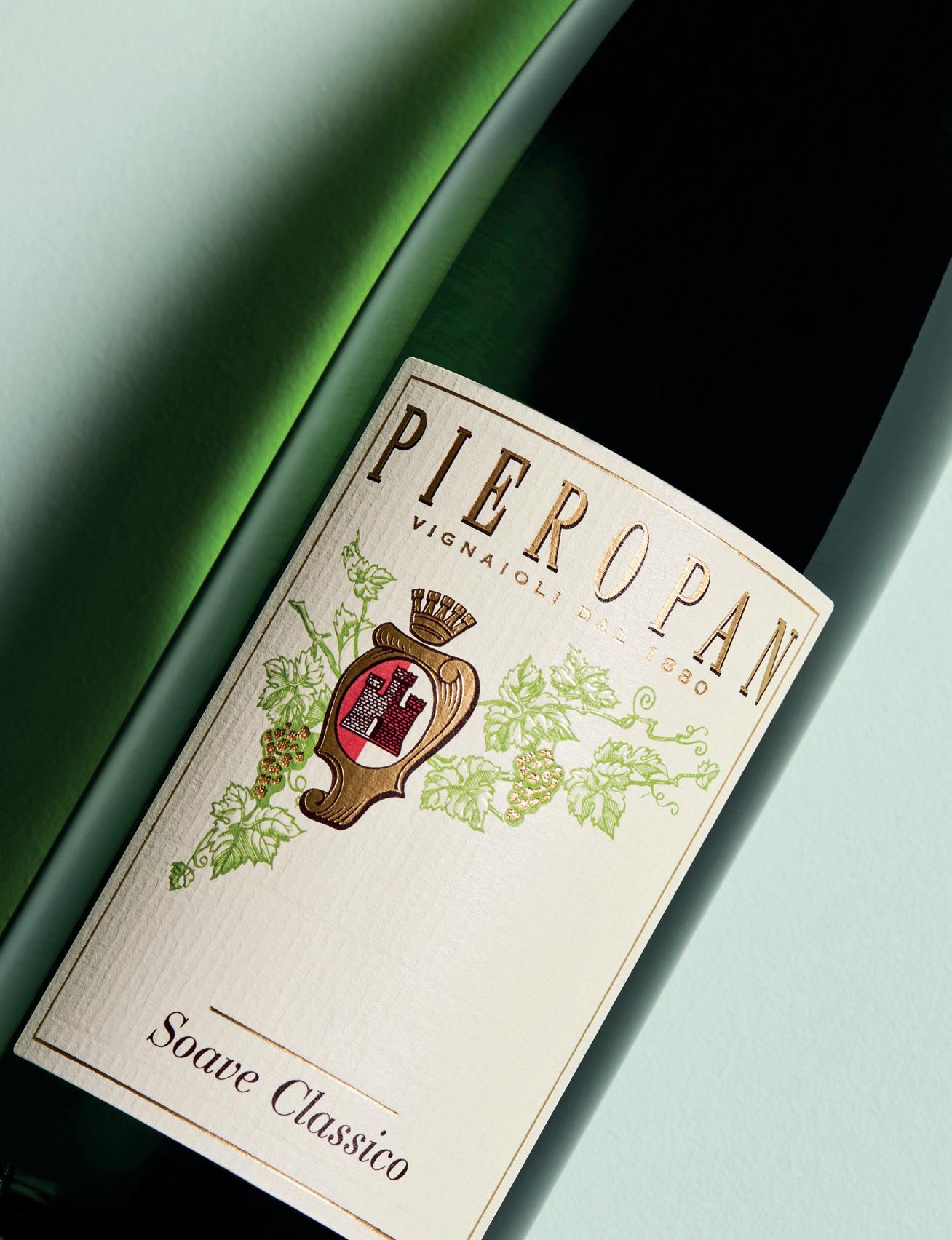
Pieropan ranks among Italy’s greatest producers of white wines, bottling definitive expressions of Soave Classico.








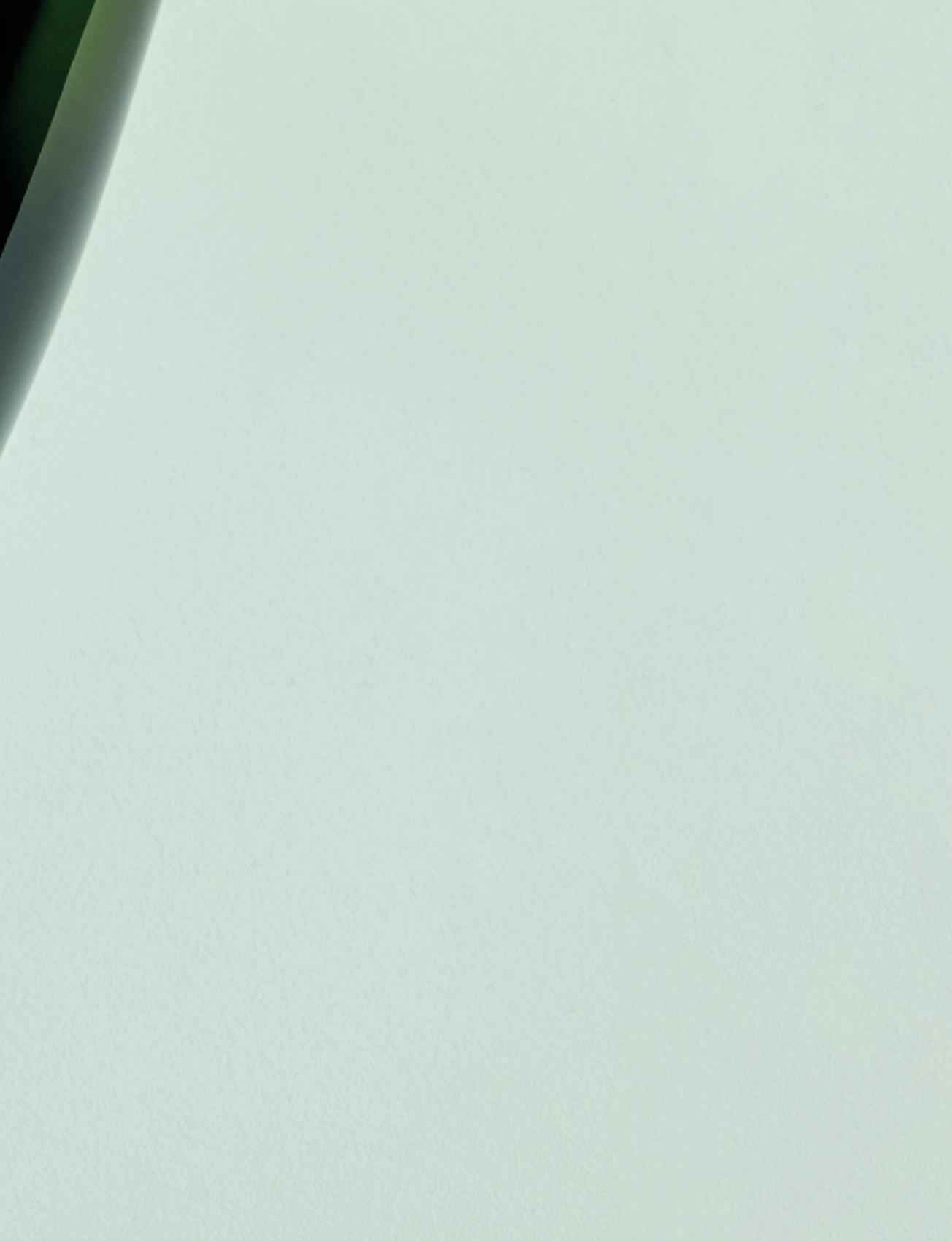
WELCOME TO THE CLUB
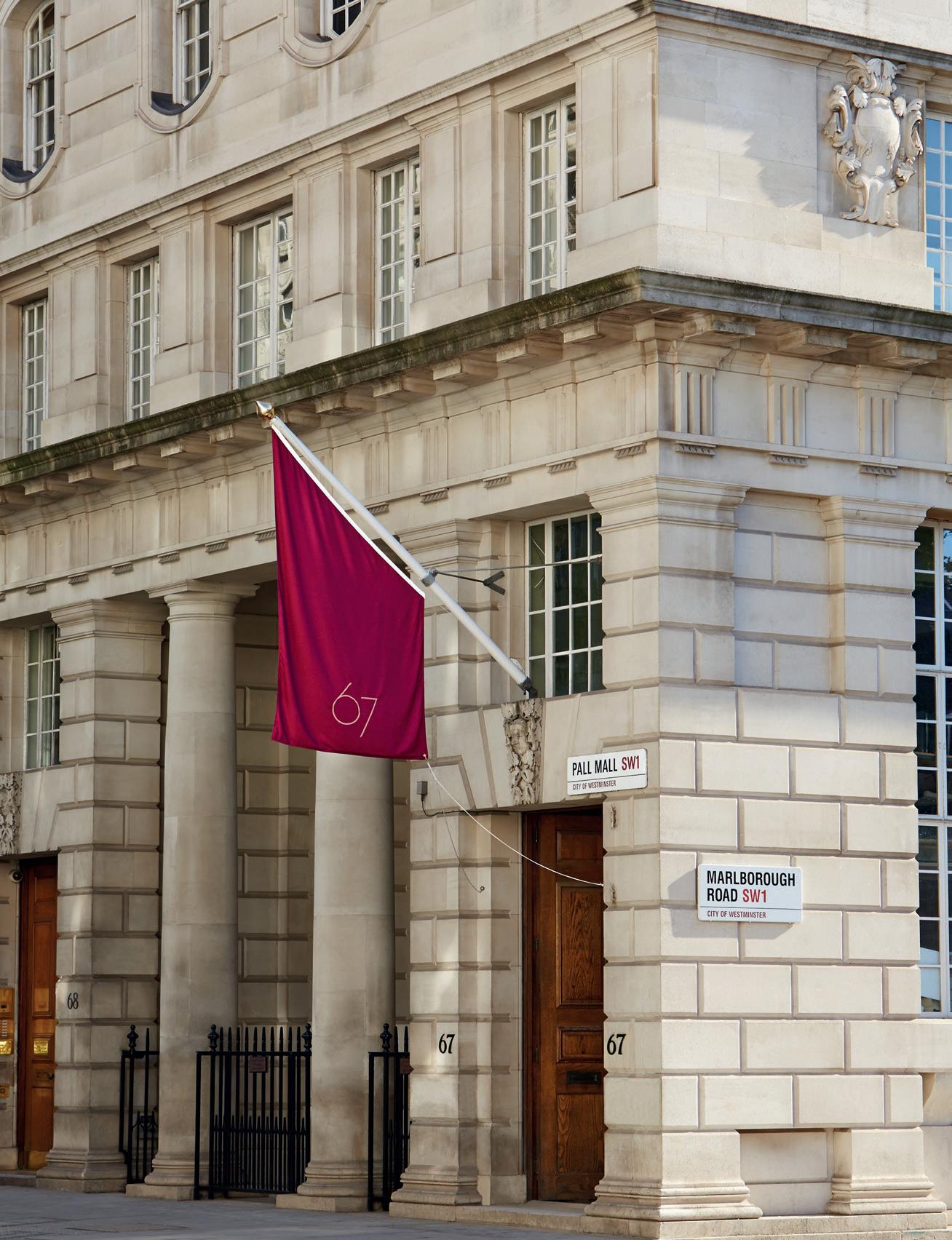
At 67 Pall Mall in London members can discover more than 1,000 wines by the glass and up to 6,000 by the bottle
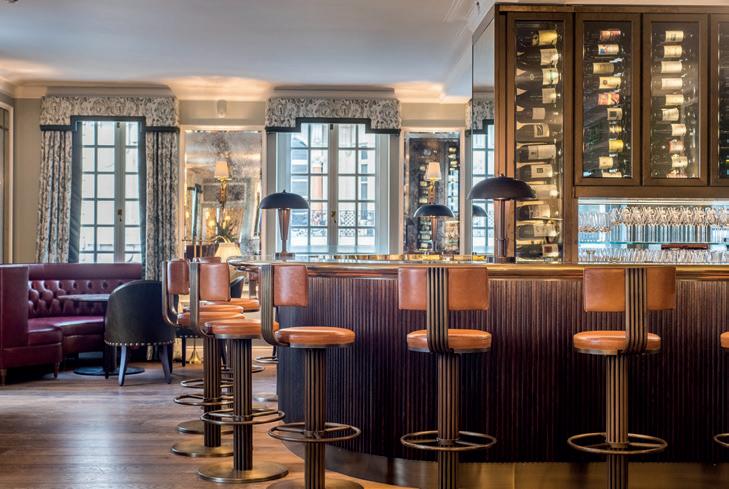
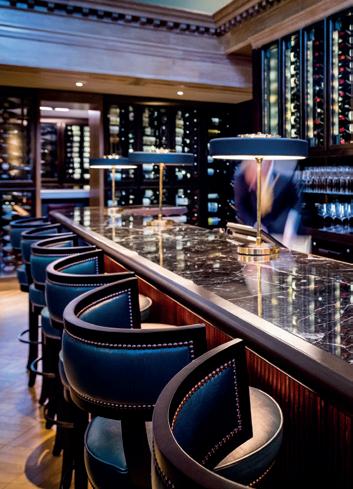
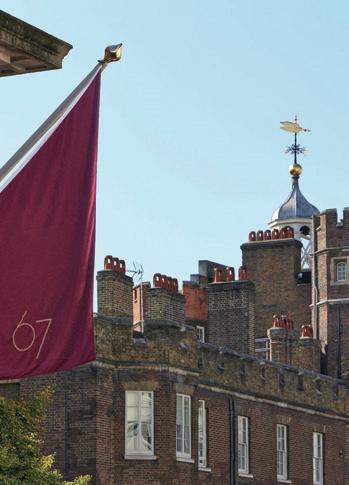

The wine members club isn’t a new concept. Wine lovers have long enjoyed the privilege of exploring vintages in a private setting and with kindred spirits. What’s thankfully changed are the exclusive nature of such clubs reserved primarily for men. New establishments make it their mission to attract and welcome diverse communities. And this is exactly where 67 Pall Mall sits.
Disappointed at being unable to enjoy fine wine at sensible prices, in 2015 Grant Ashton, a former London banker, decided to open a wine club for wine aficionados and industry professionals alike but with a more relaxed feel. Unlike most wine programs, 67 Pall Mall works on the basis of a small cash mark-up so as to entice members to discover new wines, be explorative and share their interest.
Central to the club’s offering is the diverse iPad wine list, which is unique to each location be it in England, Switzerland, Singapore or France. In London, members can discover more than 1,000 wines by-the-glass and up to 6,000 by-the-bottle, with expert service from a team of 16 sommeliers. Showcasing the lesser known to the most iconic, the lists have been curated to excite, challenge and captivate and is peppered with reviews, tasting notes and producer profiles.
Ashton followed the London club in 2021 with an outpost in the Swiss Alps, 67 Pall Mall Verbier, where members have access to wine as well as a Ski Concierge service. Meanwhile the Singapore Club, which premiered the following year, has the largest sommelier team in South East Asia on hand to help navigate some 5,000 wines, and there is a Whisky Wall boasting 430 bottles. Soon, 67 Pall Mall Beaune will open as the club’s first French location, situated in the heart of the gastronomic quarter in the wine capital of Burgundy.
©67 Pall Mall
39
CRYSTAL CLEAR
Wine expert Jancis
Robinson and designer Richard Brendon have collaborated on a hand-blown, single crystal, dishwashersafe glassware collection designed to enhance any type of wine. Theodora
It is no secret that the glass can hold the key to enhancing the full sensory experience of wine. Collaborating with the renowned wine expert Jancis Robinson, Richard Brendon has sought to do just this through a refined collection of handcrafted glassware. The British designer is quick to bust some of the myths surrounding conventional wine glass shape and size, championing universality in a market of seemingly never-ending choice.
What are the advantages of the Slovenian crystal used to make the glasses in the collection?
My priority in all of our products is to make them the best they possibly can be. This means sourcing the best materials in the world, and so far we have found the best to be in Slovenia. However, should we find that other regions are able to compete with this quality then we would consider them too. As long as we’re working with expert craftspeople and an exceptional quality of glassware, we know we’ll be creating an incredible product.
How was the glass design developed to capture the nose and mouthfeel of red and white wine?
When I first approached Jancis Robinson in regards to creating a collaborative collection, she made it clear from the outset that it should be absolutely feasible to create one glass that can serve all wines to their best ability – as long as it was the perfect glass! It immediately became our priority and goal to achieve something completely universal, and we are truly delighted with the result.
The tulip-shaped bowl allows the wine to breathe, whilst capturing the aroma to enhance
the experience of every sip. And the curvature of the bowl maximizes the wine’s surface area when the glass is filled to a 125ml pour. The gossamer thin glass, meanwhile, allows the drinkers to be in as much direct contact as possible with the wine itself to ensure a rounded, fully immersive experience.
What are the myths surrounding glassware –particularly pertaining to the idea that red wine requires a larger glass than white?
When Jancis and I first started talking about the perfect design for our glasses, one of her particular irritants was the trend of white wine glasses being routinely smaller than those designed for red, despite the fact that white wines can be equally complex and deserving of aroma enhancement. This was one of the reasons we combined the tulip-shaped bowl with a narrower opening, to ensure that any wine being served would have the opportunity to fully display its aroma and any particular notes that may otherwise be harder to detect, regardless of its color.
Which glass shape is most suitable for Champagne and sparkling wine, to hold the bubbles best and maximize the taste experience?
Our Jancis Robinson Wine Glass, of course. It is a totally universal glass, from Champagne to Port and everything in between. The combination of the deeply rounded bowl and narrower opening once again presents a number of advantages when it comes to sparkling wines, as their aromas can be beautifully presented, especially in comparison to when served in a typical flute, and the narrower opening ensures the bubbles aren’t lost.
Thomas finds out what makes an ideal wine glass
40
Designer Richard Brendon and Jancis Robinson with (this page and next) the glassware collection
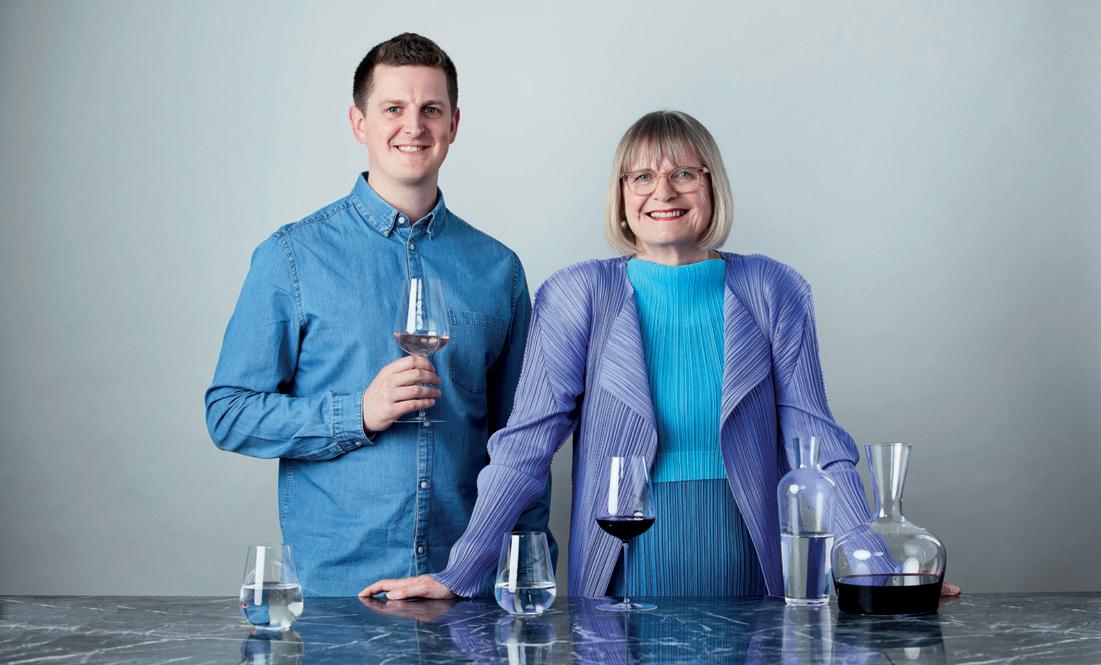
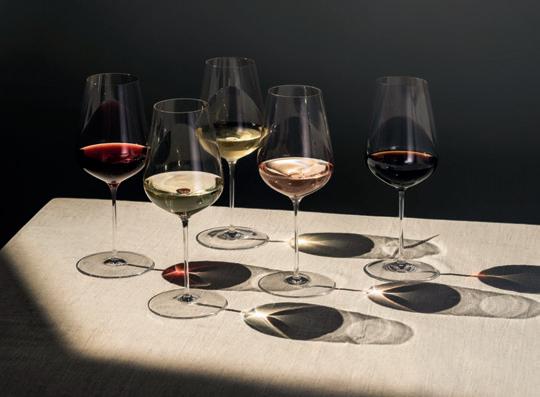


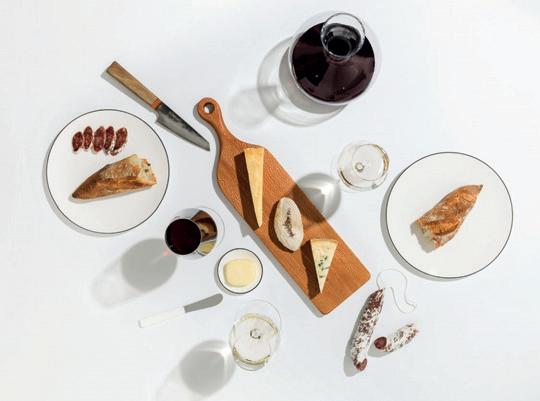
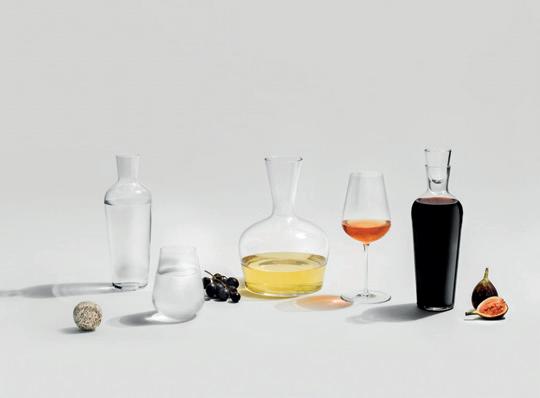
41
©Richard Brendon Studio


SOUTHERN CHARM
Atlanta’s
identities.
destination
In the ever-changing American culinary landscape, certain places remain true food destinations. Some of these cities and regions are known for their unique style of cuisine, while others are famous for a particular dish. Then there are those that benefit from a rich food history found in the diversity of the people.
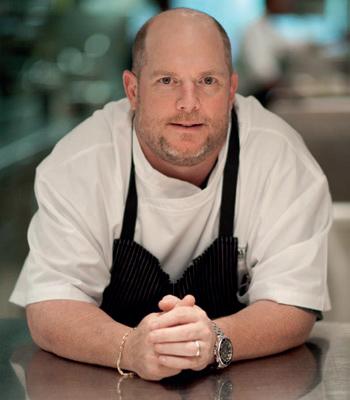
The latter is what makes Atlanta one of the great food destinations in the country. Many would have had a layover in Atlanta at least once, and sure, the airport – the world’s busiest – has great places to enjoy world-class pizza and cocktails, and even elevated dining in some terminals. But it is when you head out to discover the city that the true magic happens.
There is so much to discover in Atlanta’s food culture. The city is fortunate to have so many cultural influences on the dining scene. The Centennial Olympic Games of 1996 pumped a lot of life into the local restaurant landscape and it has only grown since. While classic Southern staples are easily found, the diversity of the population brings influences from Asia, Latin America, and all over the globe.
From award-winning chefs such as Hugh Acheson of Empire State South and Steven Satterfield of Miller Union, who are redefining Southern flavors, to Christopher Grossman who reimagines the American bistro at The Chastain, there are plenty of restaurants for the traditional diner. Elsewhere, local institution Lucian Books and Wine show how restaurants can be so much more than just a place to eat with its thoughtfully curated book selection, while a trip through Buford Highway sheds light on flavors from around the globe, from Korean
to Thai to Indian. Even the diner is given fresh life, with Kevin Clark’s Homegrown serving up one of the best breakfasts in the country. The city is able to offer something to everyone, from the mind-blowing Lemon-Pepper wings at Magic City to the tasting menu at Gerry Klaskala’s Aria.
To get a fuller picture of what food and dining mean to Atlanta, we rounded up chefs Chris Hall of the Unsukay restaurant group and Aaron Phillips of Lazy Betty, along with the restaurant’s sommelier Marvella Castañeda, who shine a spotlight on this unique region and, along the way, share their personal culinary journeys.
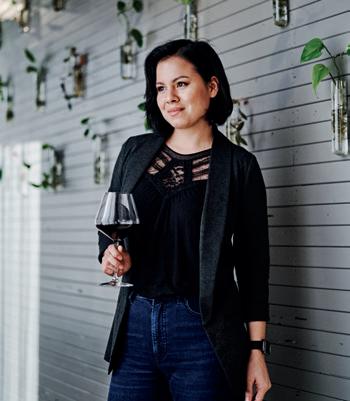
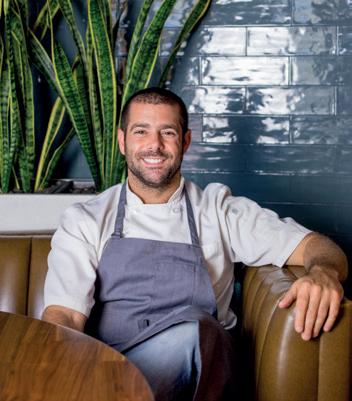
gastronomy is an expression of its past and present
Eric Crane asks two local chefs and a sommelier to share their personal stories and shine a light on this unique food
44
What’s your favorite part of the Atlanta culinary scene?
CHRIS HALL: The camaraderie. Atlanta’s chefs really believe that a “rising tide lifts all boats” and there is a level of camaraderie, care and learning from one another that is inspiring. It’s collaborative and vibrant. The culinary scene here is growing and evolving with more great neighborhood restaurants now than ever before. There are more pop ups, more regionally focused ethnic dining places as well as destination restaurants.
MARVELLA CASTAÑEDA: It’s passionately alive, creatively vibrant, and pushing boundaries everyday. Atlanta is full of passion-driven professionals, whether in food or wine. No one does anything half-way, you can always experience 100 percent intention.
AARON PHILLIPS: The people. There is so much talent in Atlanta. The people working in restaurants make this an amazing place. Diversity is embraced and we are at the forefront of inclusivity and pushing the needle to embracing all cultures. Hopefully more cities can embrace Atlanta’s philosophy.
What cuisine (and wines) do you specialize in?
CHRIS HALL: One of my mentors told me something I have adopted as my culinary mantra: “You can’t argue with delicious.” I enjoy cooking many types of food and loathe boundaries so the philosophy of “cook delicious food” resonated with me. That said, I
believe firmly in cooking seasonally and using the best ingredients you can find.

AARON PHILLIPS: I would say global eclectic, I don’t have any real parameters on me as far as what style of cuisine. My technique is clearly French-inspired with modern philosophies and old-school approaches. As far as flavors go; it could be Peruvian, Caribbean, Japanese or from anywhere. I’ll pull inspiration and flavors from all over the world.
MARVELLA CASTAÑEDA: Lazy Betty is a tasting menu restaurant, and since the food is culturally diverse and constantly changing, the wine program features selections from all over the world with the intention of exposing guests to new styles and regions.
Who have been mentors and what have you learnt from them?
CHRIS HALL: My two most formative mentors are (chefs) Gerry Klaskala and Gary Mennie who taught me about food and its many elements. As a young cook, they helped me with different techniques of cooking that became the metaphorical tools in my toolbox. They also taught leadership, how to run a kitchen, the financial aspects of the restaurant business and, most importantly, hospitality – the backbone of everything we do.
AARON PHILLIPS: As a young chef in New York, the list is vast: Ronald Hsu, Adam Plitt, Adrienne Cheatham and Éric Ripert have all been influential. A specific dish? Chef David
Bouley taught me how to make a seared foie gras when I was 21 and that’s been on my mind ever since.
MARVELLA CASTAÑEDA: The education of wine is an entire language, and I’m fascinated with the history, the laws, the climate and geographical influences. I get to work with such intelligent and helpful sommeliers, wine specialists, representatives, distributors, even influencers. It’s a community that I’m grateful for.
How has your cooking evolved through the years?
CHRIS HALL: There are very few chefs that are doing something “new” with food, and I’m certainly not one of them. Instead I tend to take familiar dishes and flavor combinations and tweak them, and cook with a sense of humor. Food should be evocative: if it brings back memories, then that is incredibly powerful. At Unsukay we’re constantly evolving our food. As I’ve grown as a cook, I have tended towards simplicity. As a young chef, there’s the tendency to try to prove something, demonstrate your skills. Now I try to let the ingredients speak for themselves. Less is more.
AARON PHILLIPS: All dishes are a natural progression and evolution. I want my food to inspire creativity in other chefs. How can we make a dish be the best version of itself? That’s the evolution of food: having the freedom to be creative, and pushing dishes to be better than they have ever been.
45
This page, pizza at Unsukay. Opposite, clockwise from far left, chefs Chris Hall of the Unsukay restaurant group and Aaron Phillips of Lazy Betty, along with the restaurant’s sommelier Marvella Castañeda


47
This page, roasted dry-aged duck at Lazy Betty. Opposite, Hungry Man platter at Local Three, one of Unsukay group’s four restaurants
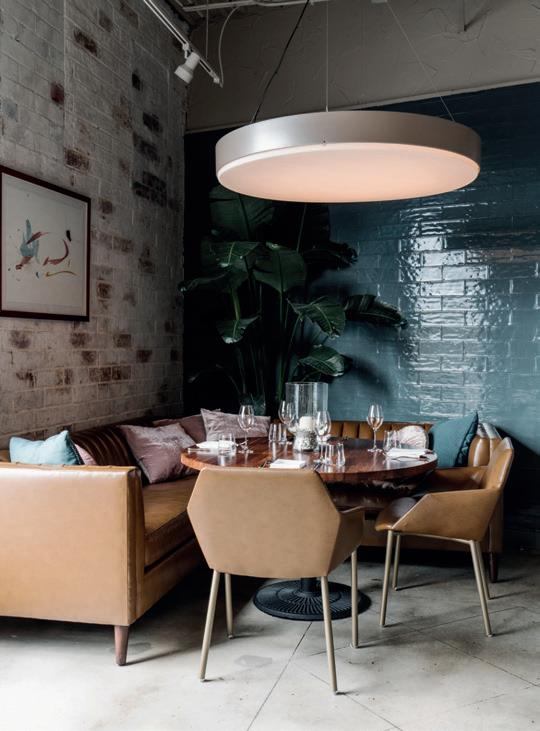
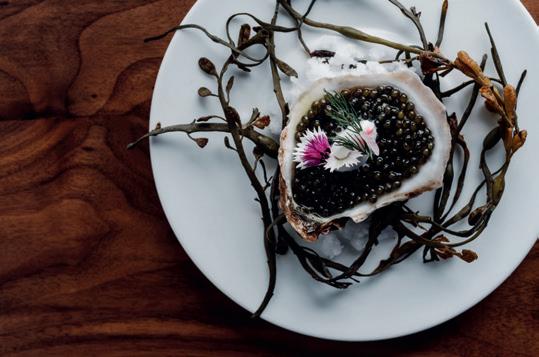
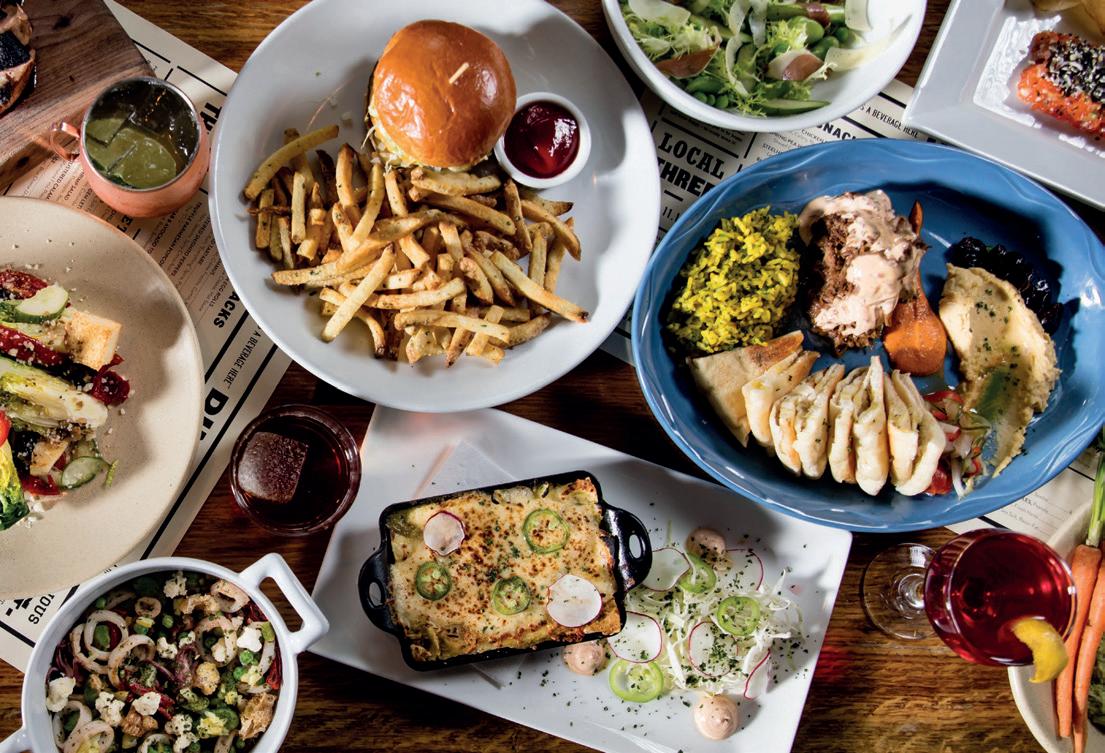

48
©Layla Ritchey, Erica Botfield and Michael Mussman for Unsukay ©Andrew Thomas Lee for Lazy Betty
What style of cuisine has a surprising wine pairing affinity that is not traditional?
MARVELLA CASTAÑEDA: Fried food, 100 percent. Pairings such as fried chicken and Champagne, or Lambrusco, Riesling, Furmint, Grenache, Assyrtiko and Chablis. There are endless fun possibilities.
Who are your typical customers and guests?
CHRIS HALL: We run neighborhood restaurants, and we are fortunate to cultivate relationships with so many of our guests. I am beyond fortunate to have formed so many friendships with people who dine in our restaurants: guests are now friends. That has enriched my life immeasurably.
AARON PHILLIPS: We welcome anyone who wants to have their life changed by food and the experience. Our mantra is about respect and inclusivity. We want them to be treated in a way they have never experienced, taste things they have never had before, and most importantly to transport them from the stress of everyday life.
How does the restaurant experience enhance the taste of food?
CHRIS HALL: My goal is to transport people away from the daily grind and provide them with an experience, so we focus on the experiential as opposed to the transactional. So, the atmosphere matters, the decor, and the music play a role. The biggest differentiator for us is our staff who care deeply. Their excitement for a dish or a new cocktail or bottle of wine is transferred to our guests.
AARON PHILLIPS: The restaurant experience is a symphony, a play, an orchestra. There is a
holistic team energy that has to be achieved from the host to the dishwasher, and to work together in unison. It can’t be fake, it has to be real. If we achieve that within our ranks then the staff can transport guests to something more than food on a plate. I am inspired by our team; they’re the ones doing the work, creating the restaurant experience.
Do you use a curated wine program to help elevate the flavors?
MARVELLA CASTAÑEDA: Over 50 percent of our Lazy Betty guests will opt for the wine pairings. They are designed to be a part of the food; to not just pair easily, but intentionally enhance the meal evolving into an immersive experience with educational wine descriptions.
CHRIS HALL: I curate the wine programs at all our restaurants so yes, wine is an integral component to our dining experience from pizza to foie gras. Wine can elevate food and vice versa. It’s something we work on constantly.
AARON PHILLIPS: It is absolutely crucial. And just as important is the front of house staff knowing how important that experience is. It is more than just pouring something in a glass. There are stories to be shared which is another element that adds to the experience.
How does the restaurant experience enhance wine service?
MARVELLA CASTAÑEDA: The price has to match the quality. Perhaps they try a wine or a pairing that they will never forget. This means that we work with high-end quality wines and rare gems in the regular menu. Servers are well equipped with information necessary to explain the wines. We let the guests know that
the wine pairings are a full service experience; we pour and we talk about the wine and answer questions if any, and then the food is served. The food is also described in detail.
What is your best or most interesting food and wine pairing experience?
MARVELLA CASTAÑEDA: My top three moments are: Kopke 1979 Colheita Port with tamarind-banana tart with caramel and coconut sorbet; Tissot ‘Traminer’ Savagnin 2018 with a yuzu-poached halibut in bonito beurre blanc; and Au Bon Climat ‘Hildegard’ 2020 with white alba truffle and parmesan risotto.
CHRIS HALL: I’ve been fortunate to have some incredible meals with brilliant chefs and sommeliers. I tend to like to pair the rare with the common: homemade onion dip & chips with caviar. Cheeseburgers and First Growth Bordeaux, pizza and old Barolo.
AARON PHILLIPS: I had a memorable dinner at Per Se and asked for the “full glass” serving for their food and wine pairing menu and it was unbelievable. It was excessive and over the top and I still remember it to this day since it was the perfect culmination of my love of food and wine, and expertly delivered hospitality.
Opposite, top, a bird’s eye view of Local Three’s fare. Bottom, scenes from Lazy Betty including a dish of caviar 46
Atlanta is packed with great places to eat, great chefs and a really interesting culinary scene”
Chef Chris Hall of Unsukay
“
49
Swiss transplant Barbara Widmer has put down strong roots at Brancaia in the Chianti hills, where she aims to create wines that are an original expression of the local terroir. Nargess Banks visits the estate
UNDER THE TUSCAN SUN
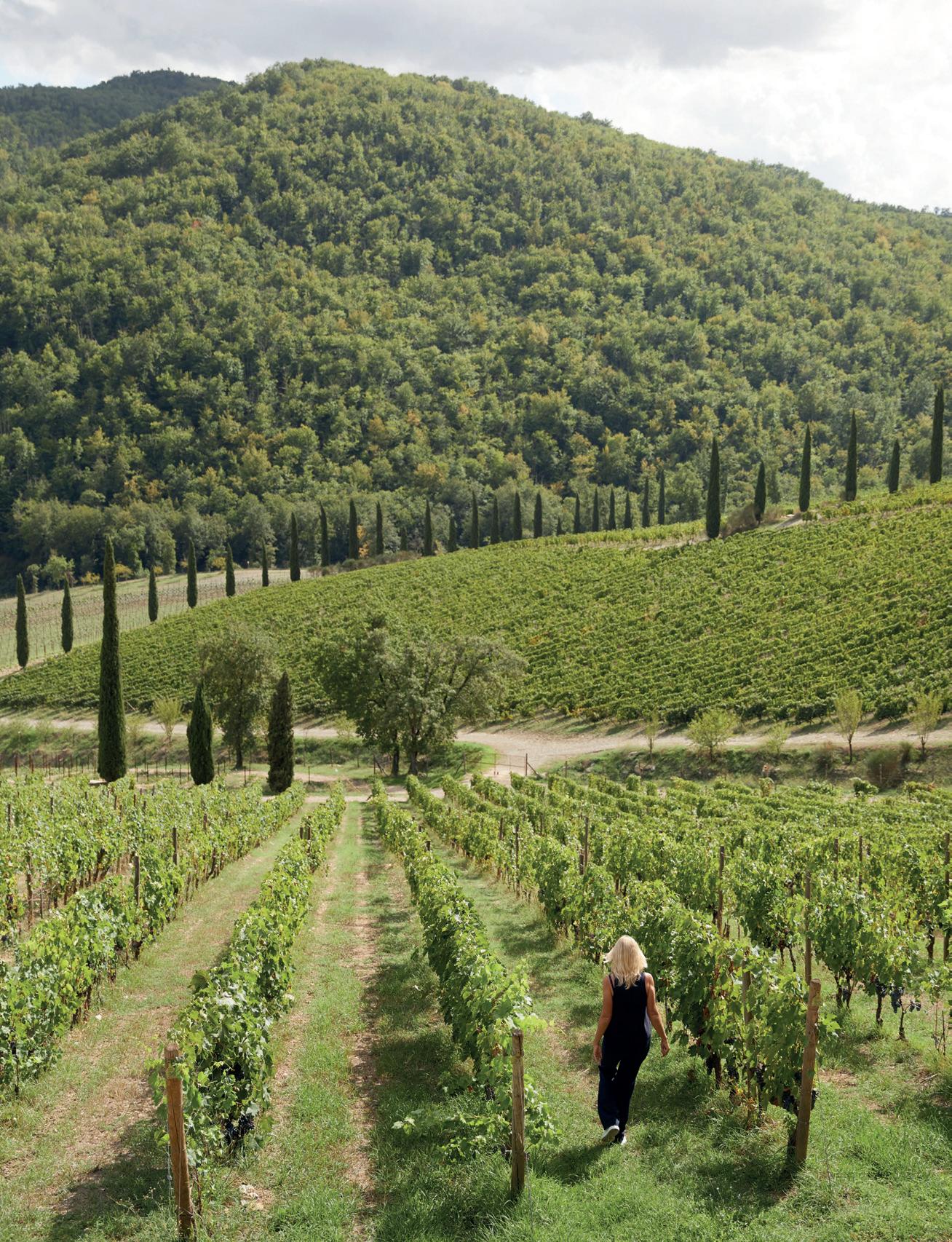
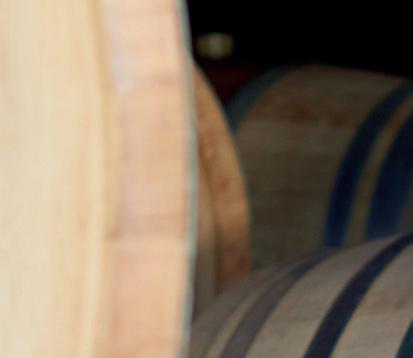
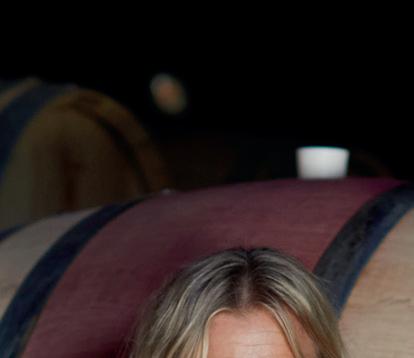
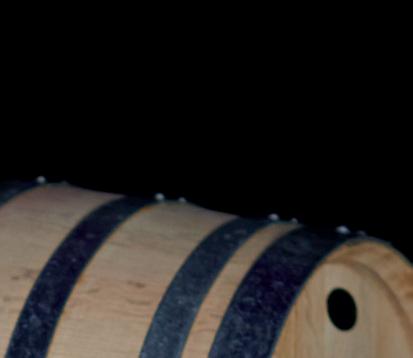
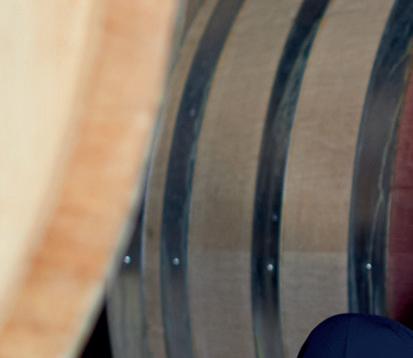
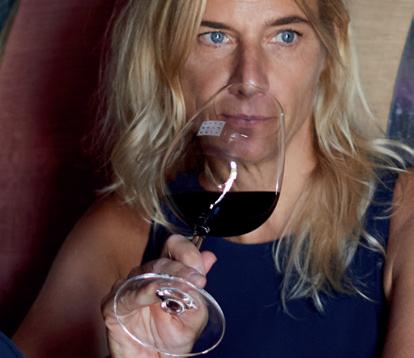
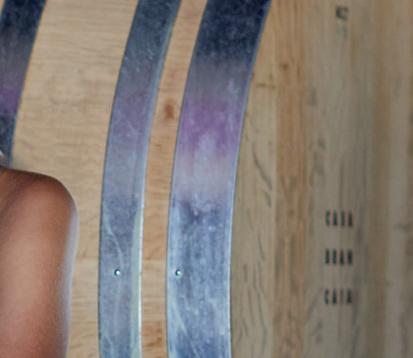
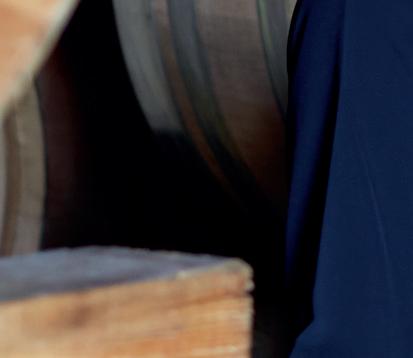




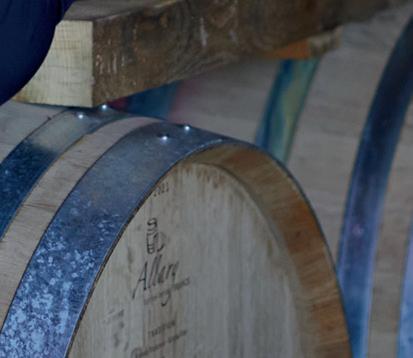
52
Barbara Widmer wasn’t born into a wine dynasty. Quite the contrary. The Swiss native was heading towards a career in architecture when, one harvest, her destiny took a turn as she swapped Zurich city life for the Tuscan hills. Now, 34 years on, as CEO and winemaker at Brancaia, she leads a team who craft a measured portfolio of wines that are structured and elegant, and are an original expression of her estate.
For Widmer, winemaking is a philosophy – one that is in constant appraisal. She mentions this quite a few times during our conversations, and the Brancaia website is clear about this ethos: “Every vintage, every floor, every idea that is realized is a new beginning, a new attempt to raise the quality level even further.” Brancaia’s quest to improve each vintage is methodical. It involves exploring clones from indigenous and international vines, and experimenting with different cultivation and fermentation methods. This means working with both traditional and modern vinification practices, aging the wine in wooden barrels of various sizes, as well as cement and steel tanks. In short, for Brancaia winemaking is a never-ending process of discovery.
And you sense this intellectual approach, as well as a respect for detail, at every touchpoint at Brancaia. To start with, the architecture of the winery and visitor center sits perfectly in harmony with the Tuscan landscape. The menu served at Osteria Brancaia is inspired by local gastronomy and made largely with vegetables grown on the estate. The staff are friendly and informed, while the label design is clear, considered and timeless. And, as a small gesture that says so much, the website has the entire team, including the grape pickers and cleaning staff, listed by name and the number of dedicated years at Brancaia. Then there is Barbara Widmer herself: sincere, worldly and very real.
We are meeting at the main winery and visitor center in Radda, perched on the Chianti hills between Florence and Siena. “The most challenging part of being a winemaker is to be committed to what you want to do, but at the same time have an open mind,” she begins as we settle in what was once her family home – a pleasantly restored farmhouse at the foothill of the winery, overlooking a pond filled with waterlilies and a pool nestled in natural stone. Earlier we were treated to a tasting menu at the Osteria Brancaia, on the terrace with vistas of the vineyards and the lush woodlands of cypress beyond. This really is a picture-postcard spot.
Barbara Widmer, CEO and winemaker at Brancaia, in the winery’s cellars

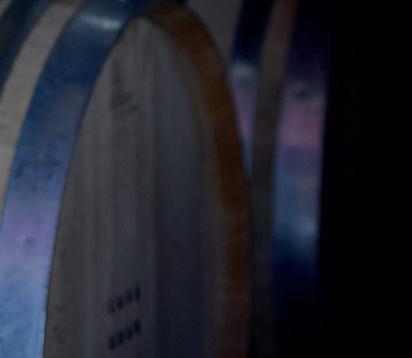


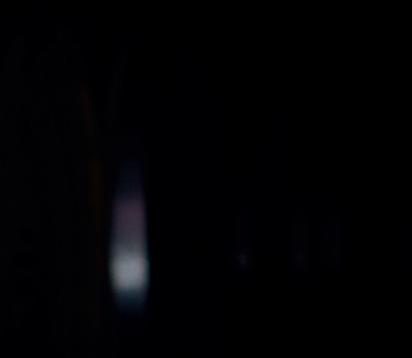
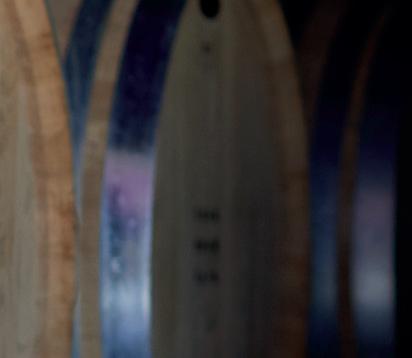


53
TUSCANY FLORENCE SIENA
BRANCAIA WINERY & RADDA VINEYARDS CASTELLINA VINEYARDS MAREMMA VINEYARDS
A TALE OF TWO CULTURES
When the estate was purchased in 1981 by Barbara’s parents, Bruno and Brigitte Widmer, the house and land were in complete ruins. Many local Tuscans had abandoned the area after World War II, relocating to nearby towns or big cities in search of work and the new Italian dream. The Widmers’ first act was to restore the land and plant new vines, and the family would often spend summers vacationing here. Later, Barbara Widmer raised her own children at the house, in 2014 moving to another restored property at a walking distance. Now the Radda house is enjoyed by visiting family and friends.
Brancaia was more of a hobby project for the Widmers, who continued to live in Zurich, where Bruno Widmer worked as an advertising executive. In 1998 they entrusted its operations to their daughter. Under her stewardship the portfolio has grown from two reds in the Chianti Classico style, to nine wines, to include six reds, a white, a rosé and a sparkling. The wines are vinified using grapes from vineyards that are spread across the three Tuscan estates: two in Chianti Classico in the subzones of Castellina and Radda, and a third along the coastal area, bordering the Tyrrhenian sea in the Maremma. All three plots have different soil composition and benefit from micro-climates which impact greatly on the fruit.
This area of Tuscany is steeped in winemaking tradition. Brancaia is respecting history but looking ahead with Widmer acutely aware of
her place in her adopted land. “Coming from another country and from a different background can be difficult but also healthy,” she says. “There is no tradition to follow yet we also feel very connected to this region and respect the tradition. I truly don’t believe we set out to do things differently. Rather, it’s about being open minded, not being stuck to some rules because of pressures. My parents are extremely open-minded people, and I hope they passed this onto me.”
It was her parents who first began teasing her about studying winemaking when she was a young adult, but at the time, she showed no interest. “I would joke saying: ‘why don’t you bother my two older brothers?’ But they never answered,” she says laughing. “I’m not one of those people who always knew what I wanted to do. We owned the winery but it was in Tuscany and I grew up in Zurich, so when I came to visit it wasn’t just coming from Switzerland to Italy but from the city to the countryside.”
Widmer went on to study architecture, but two years into the course, she became self-critical, doubting the level of professional success that she would likely master. “I knew I wouldn’t be able to realize the projects I loved and that I would have to compromise.” So, she dropped out of architecture school.
Soon after, Widmer approached her parents to discuss if wine was indeed a career for her. “If they were overjoyed, they certainly didn’t show it,” she says, sounding amused at the memory.
The seed was firmly planted following a quick course in wine, and a month spent in Tuscany at harvest time. “It was the first real harvest I was witnessing and it was amazing. Seeing the fruit come to the cellar and so much going on. It was fascinating.”
Serious about a career in wine, in 1993 Widmer joined the Swiss winery Domaine des Balisier – the largest organic winery in the country, it was in the process of becoming biodynamic. Here she spent six months in the vineyard and six in the cellar. “It was a huge opportunity for me, and from the first day on I knew that this was my world.”
Widmer’s early architectural training still comes in handy as she oversees building restorations, and designs most of the furniture at the Osteria using reclaimed materials from the winery, including the unused barriques. She tells me the gardener is handy with woodwork and one of the tractor drivers is skilled with steel, so she simply sketches the designs, calculates the sizes, and the team makes it happen.
Even the bottle label design is an area she oversees. Originally her father’s branding, the unique logo (deemed rather risky when first conceived in the conservative 1980s wine scene) has been modified and refined through the years, with each new wine in the portfolio given its own color scheme to express where it sits within the family. And seeing the bottles lined up, you can sense this logic. The distinctive design also helps mark Brancaia in a crowded
GROSSETO
54
wine market such as Tuscany, where the designs tend to be more traditional.
Widmer also dabbles in painting – a particularly striking abstract work adorns the walls of the winery as you descend to the cellars – but she is quick to note she hasn’t painted in several years. “Painting needs time. Doing furniture is much easier,” she replies modestly.
GREEN GLORY
Most importantly is Brancaia’s intimate partnership with nature. This is a certified organic winery and its ethos is rooted in attentive vineyard work which, Widmer believes, has a profound impact on the quality of the fruit and its connection to the very spot in which it grows.
She says: “We see a lot of benefits not only in the grape quality, but also the vines are healthier, the soil is healthier since there is no monoculture, while the grasses and wildflowers attract insects, wildlife and birds who eat the insects. We see the vine is connected with the soil and can resist extreme weather conditions much better, while the older plants can more easily adapt and resist change. It’s about the harmony of nature.”
Although the Radda and Castellina vineyards are a short drive from one another in the Chianti region of Tuscany, the former is wilder and the surrounding forests have an impact on the climate. Meanwhile the Maremma vineyard, also in Tuscany, is hotter, dryer and a little rougher in landscape, but benefits from the breeze from
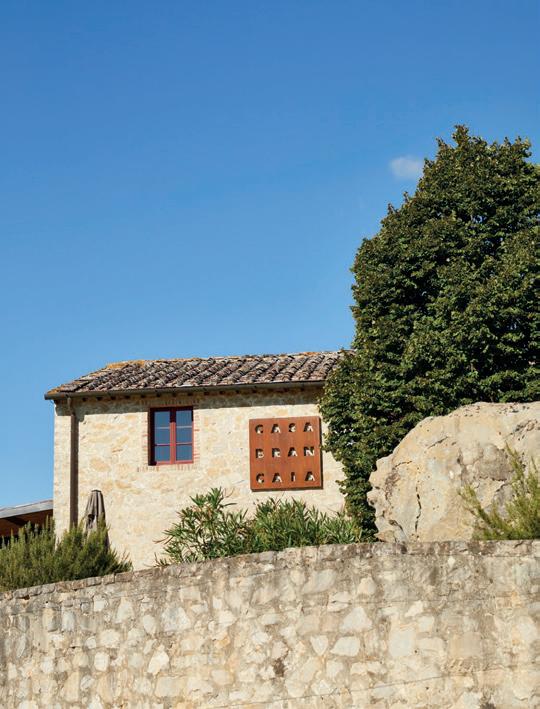
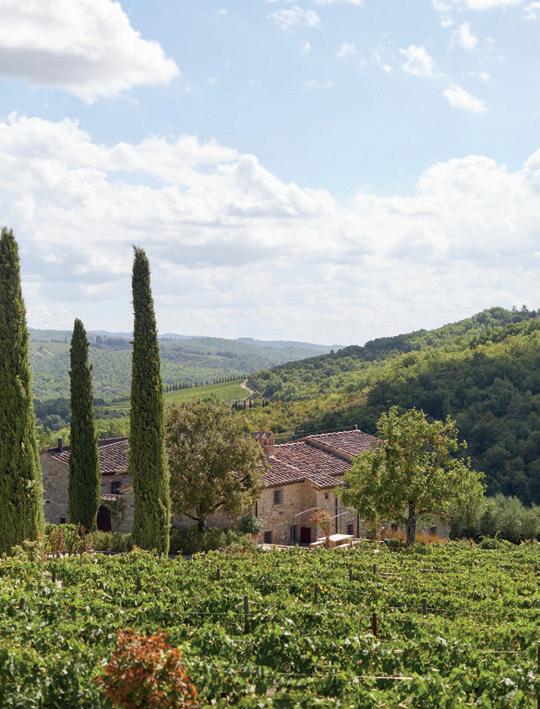
the nearby sea. I’m interested to know if the place, the spot, impacts on the expression of the wines. “I honestly feel being connected to the spot is very important, no matter what the landscape,” she replies.
Since 2017, Brancaia has adapted the Massal Selection method, replanting new vineyards with cuttings from the estate’s oldest vines, some of which are now 30, from the same plot. The best vines are selected from each of the vineyards, are examined in the laboratory and undergo micro-fermentation to see if they taste as good as they look. The process is repeated over five years, with vines reproduced for all new plantings based on the selected best. Widmer says of the method: “It makes sense, as these older vines have adapted to the specific plot and their microclimates, are therefore more resilient, so that this method of replanting creates stronger vines.”
Dry farming, as in cultivating (where possible) without irrigation, is also extremely important to Widmer. “I may have to change my ways one day, but so far in Tuscany this is possible – that is if you plant the right grape variety in the right spot.” She says that even if you weren’t doing this out of ecological reasons, the quality of the grape is more interesting and the fruit links better to the terroir. “Dry farming intensifies the flavors of the grape varieties but also the flavors of the vineyard, the spot.”
Clearly passionate about the topic, she continues: “With irrigation you may give up some
of the typicity of the spot. You see when you irrigate, everything matures a bit faster, so you have to pick the fruit a few days earlier as they ripen quicker. Whereas without irrigation the grapes get to stay on the vine a little longer, gaining more flavor and structure. More importantly, with irrigation the vine roots stay at the top of the soil; they don’t need to dig deep down and therefore won’t be so linked to the soil.”
Widmer knows the most compelling wines will bear the true hallmark of the terroir. “I truly believe the focus of a winery should not only be on making outstanding wines, but in creating unique wines expressing the character of the terroir. And the one thing I can do is to link Brancaia wines to our vineyards, connect them to the soil. No one else can produce the same wines. They are unique to this place.”
DOWN UNDER
Earlier, we took a tour of the cellar with hospitality manager Guido Carli, who explained how fermentation and aging at Brancaia follow a highly methodological approach. Harvest, fermentation and aging take place in a simple three-tier process on three levels so the grapes and wine are transported more easily, helped by gravity. The Radda and Castellina vineyards share a single cellar at Radda, while the Maremma estate has its own cellar, with produce from all three then sent to a logistics center on the outskirts of Siena.
55
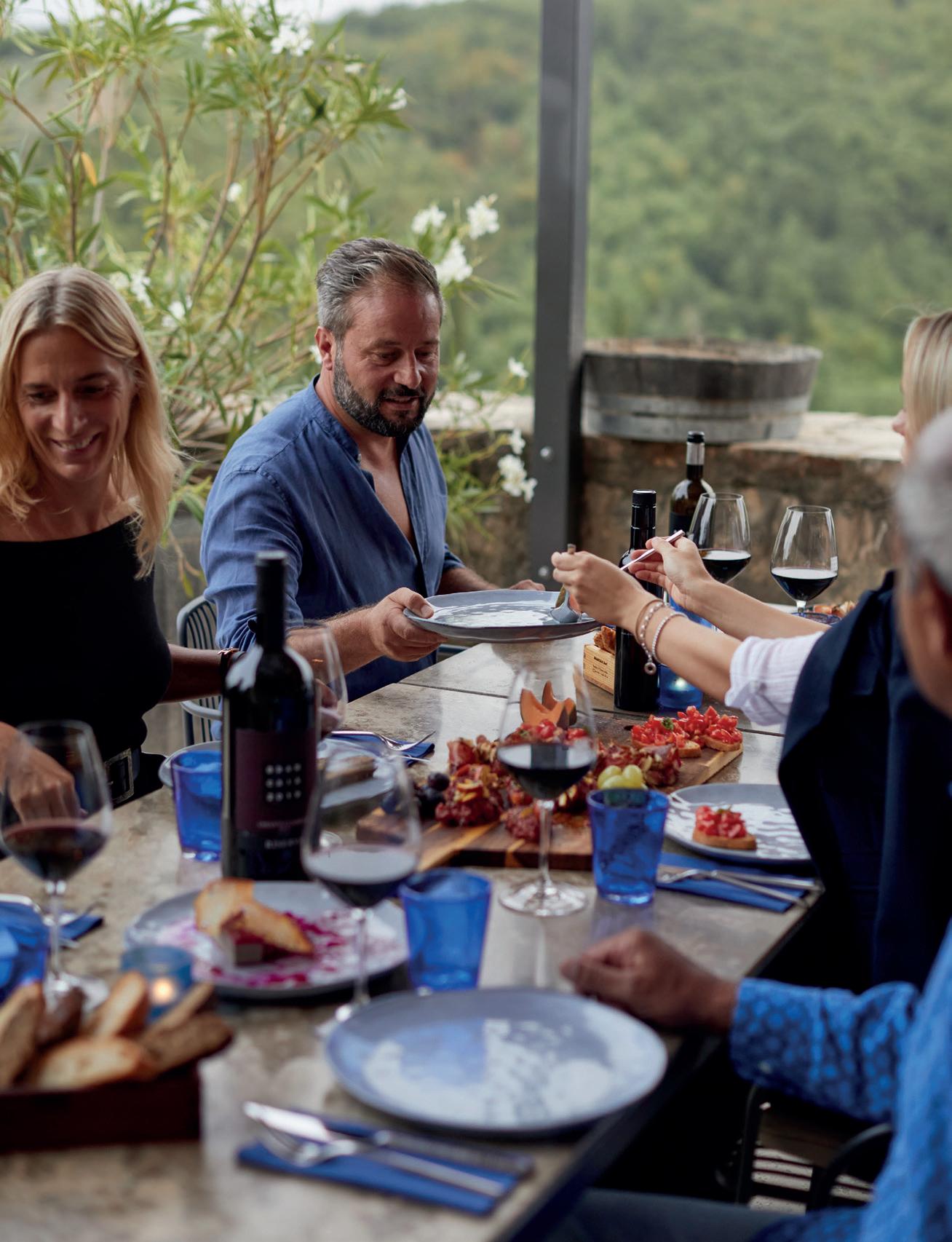
56
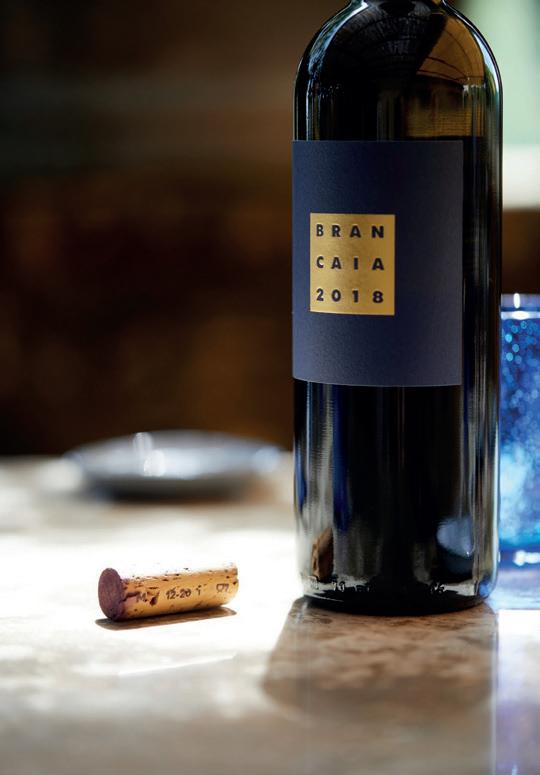
“Coming from another country and from a different background can be difficult but also healthy. There is no tradition to follow yet we also feel very connected to this region and respect the tradition”
Barbara Widmer
57
Barbara Widmer, family and staff enjoy a Tuscan meal at Osteria Brancaia overlooking the Chianti hills in Radda

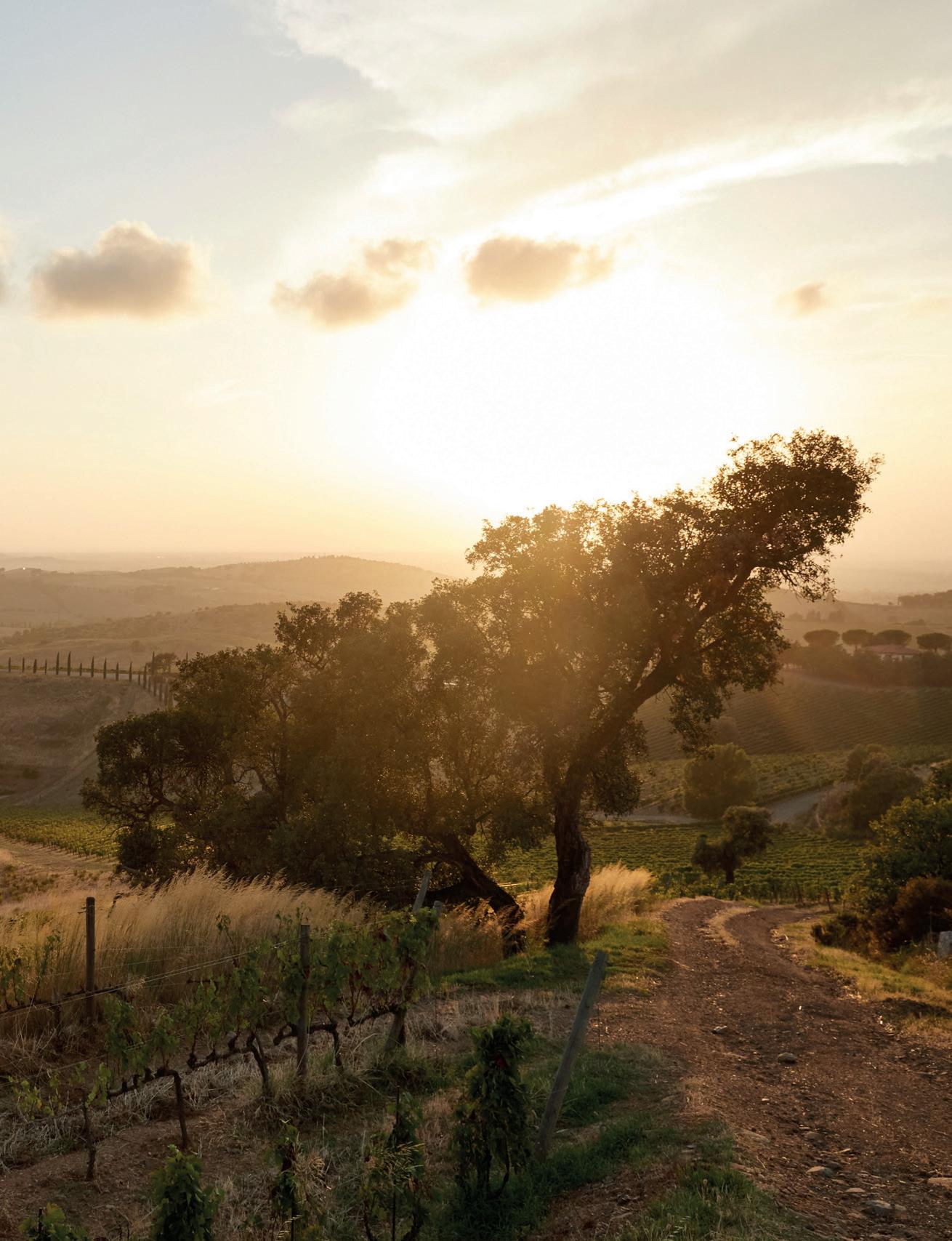
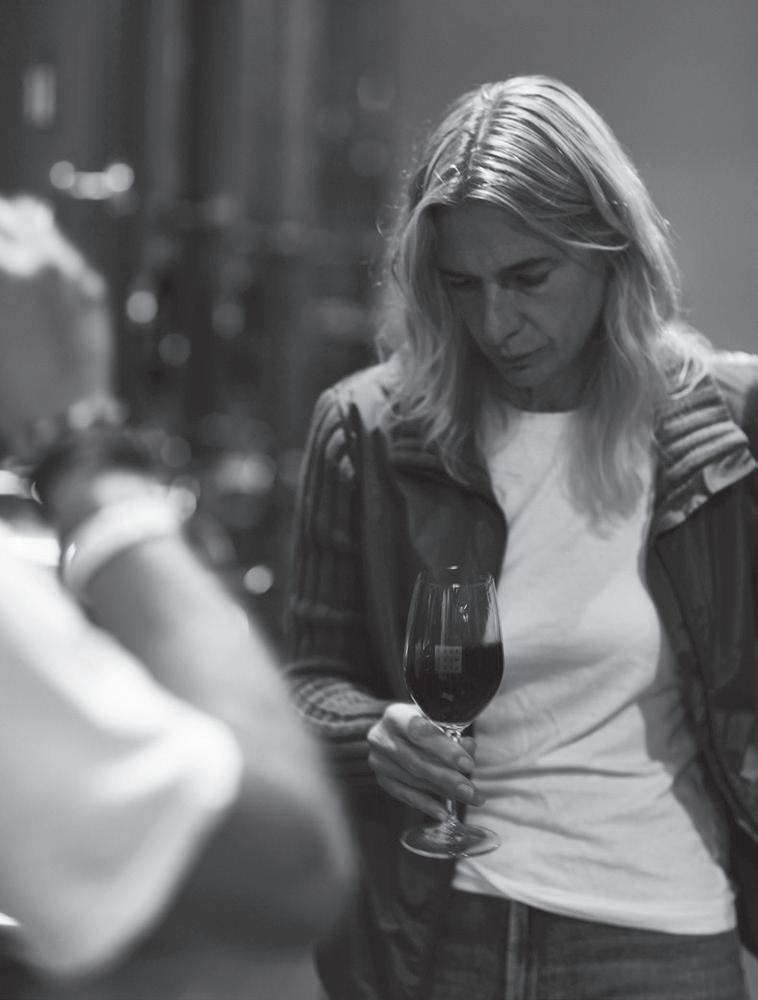
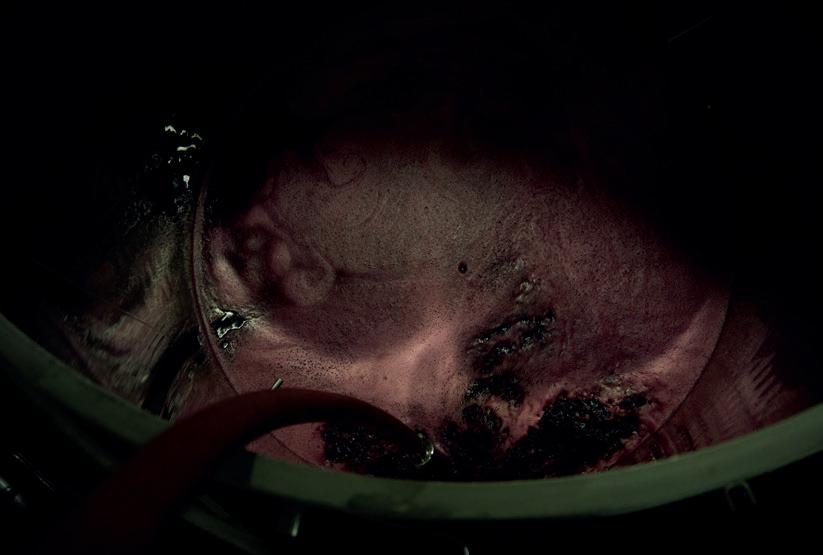
60
Brancaia’s quest to improve each vintage is methodical and involves working and aging the wine in wooden barrels of various sizes, as well as cement and steel tanks
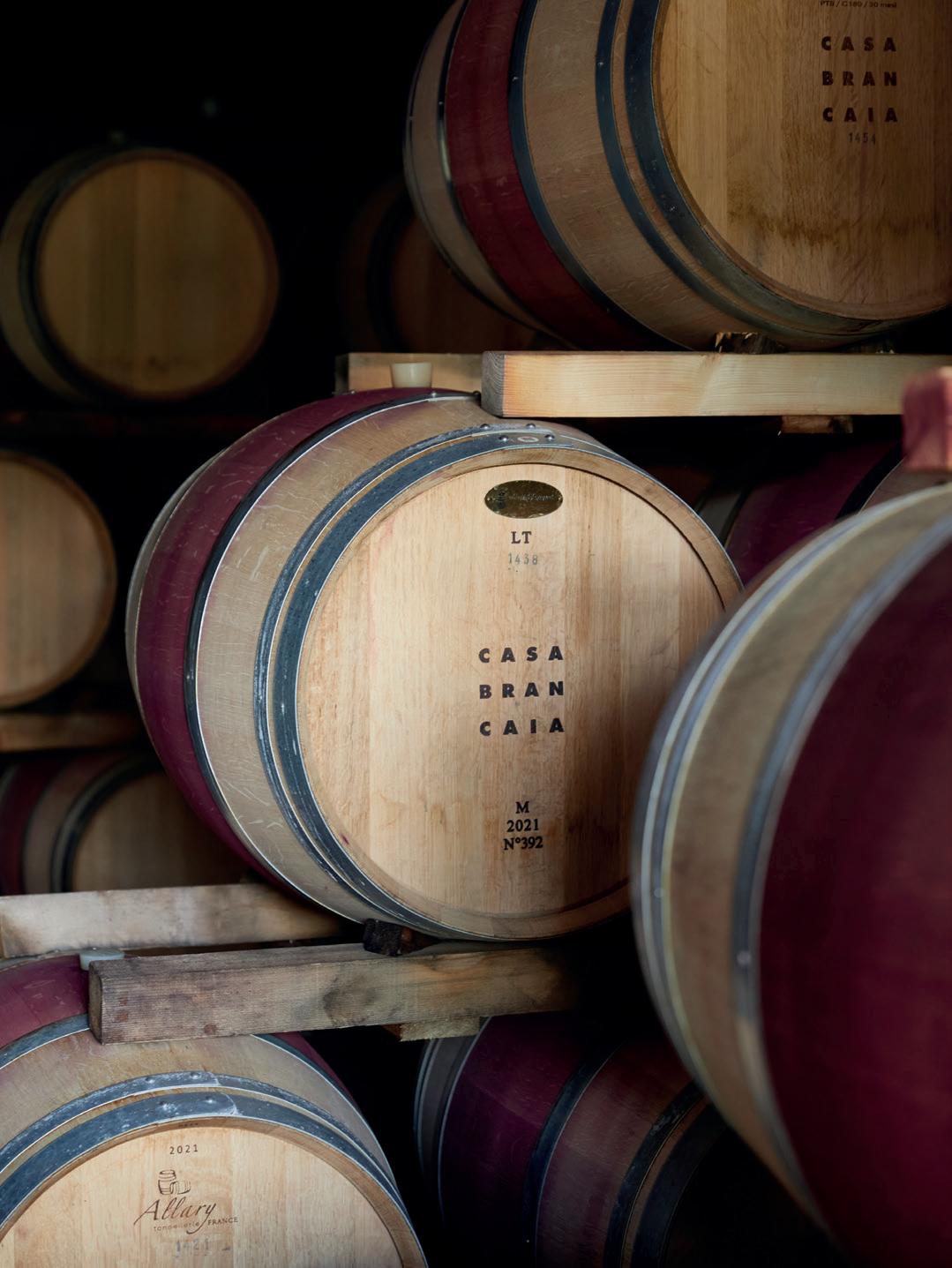
61
The grapes are picked by hand, and each plot is harvested separately, with every vineyard undergoing natural or spontaneous fermentation separately to allow the grapes to reach their optimum quality and gain a sense of typicity. The fermentation process takes typically 16 days for the lighter press, rising to 28 days for the heavier wines like Il Blu and Ilatraia.
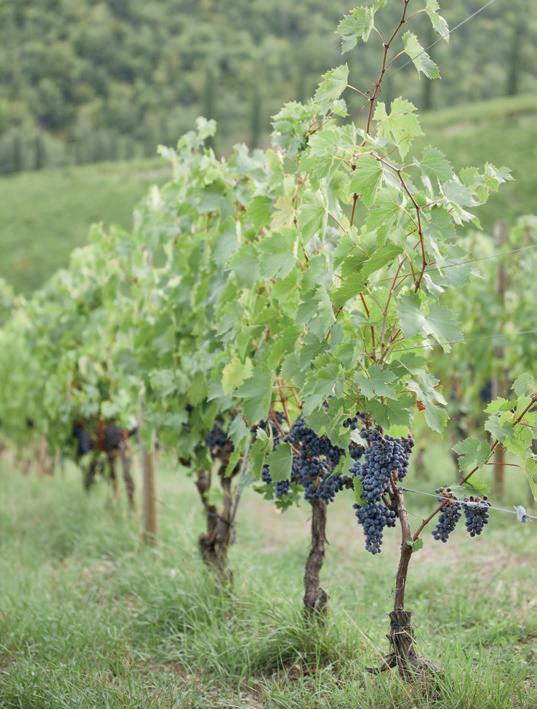
Three different vessel types are used for aging: stainless steel, concrete vats and French oak barrels – barriques of 225,500 and 750 liters. Since each plot is vinified separately, every barrel will contain a single vineyard. Crucially, to ensure the liquid to wood contract is precisely controlled, the aging process will not exceed 18 months, and the barrels don’t go beyond the second passage, after which they are sold to other producers.
Talking with Widmer I sense the cellar work is the most creative aspect of her job as a winemaker. “Yes absolutely. In the cellar we want to maintain the typicity with each plot.” This also means not adding any purchased yeast, instead, the yeast is naturally cultivated from the vineyard, a practice Brancaia has committed to since 2008.
Widmer explains: “The composition of the flora is quite different in a cooler and rainier vintage than dryer ones, so they adapt to nature and will therefore adapt better than a bought yeast when in the cellar. We also feel this method further adds to the typicity of our vintages. We want to make outstanding wine
with a maximum link to where we are. I do think winemaking at the higher level is more philosophy than science. Nothing we do can be reproduced. Each vintage is unique.”
As we begin to sample the wines, Widmer says: “When I came to the winery it was all about Tuscany IGT rules, but the rules changed and I changed. Winemaking is an evolution and, good or bad, it’s never over. You know we don’t stop dreaming until we pick the grape – after then we stop dreaming,” she clarifies. “You can’t do too much in the vineyards but you can in the cellar. In the cellar you have to accept what the grape is, understand and follow it the best you can, but not do too much. It’s a fine balance.”
IN A GOOD YEAR
We have spent the best part of the day at Brancaia. The bright Tuscan sun is mellowing, and with it comes a soft breeze and a veil of golden light across the vineyards, olive groves and beyond. As we stroll back towards Osteria Brancaia, I ask Widmer what it is she’s most proud of. “Oh, that’s a hard question,” she muses. “My parents’ hobby has become a real business –something that the next generation, if they want it and have the passion, can continue.” She is referring not only to her son and daughter, but also her nieces and nephews as Brancaia remains a family affair, with both her brothers involved in the business. “I’m aware that I am privileged to have had parents who have encouraged me to follow my passion and have
given me Brancaia.” Looking ahead, Widmer has purchased a further plot in Radda and is dealing with something new in the Maremma but doesn’t elaborate further other than say she cannot predict if these new spots will help create new wines or if the grapes will feed into the current portfolio. “I like to let the future grow naturally.”
As we say goodbye, I ask Widmer what her 20-year-old self would think of her now. After a moment’s contemplation, she smiles a big, wide smile: “I would say, generally speaking, not too bad. I always wanted to work and I never saw myself staying at home. This has come true. I am happy to be a mother even though I hadn’t planned for it. My job makes me, most of the time, very happy. Some of our excellent team members have been with us from the start. It feels like a family – one unit. I feel very lucky.”
Is she glad she didn’t pursue a life in architecture? This time she’s quick to reply: “I am absolutely convinced that the decision was the right one for me. I have liberty in my job here. There are so many things to learn and it’s never boring. So, to answer your question, my 20-year-old self would say: ‘not too bad.’”
This page, Marco Marchi is responsible for viticulture in Maremma, and opposite, the vineyards at the certified organic winery. Next page, hospitality manager Guido Carli at the Brancaia visitor center
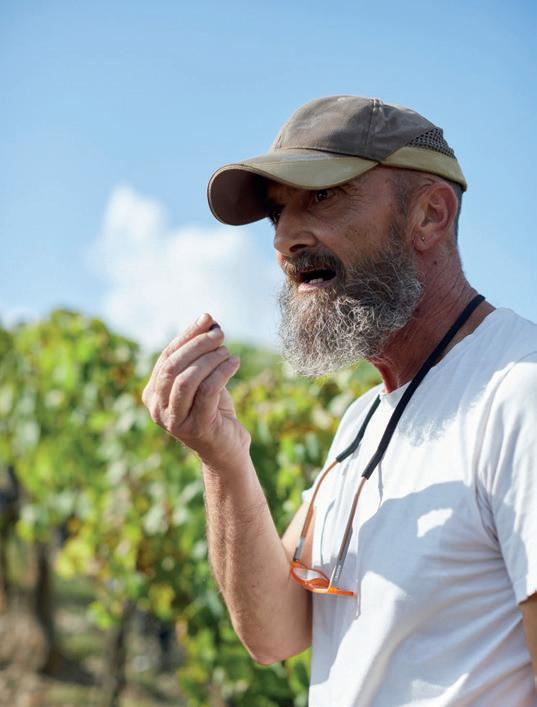
62
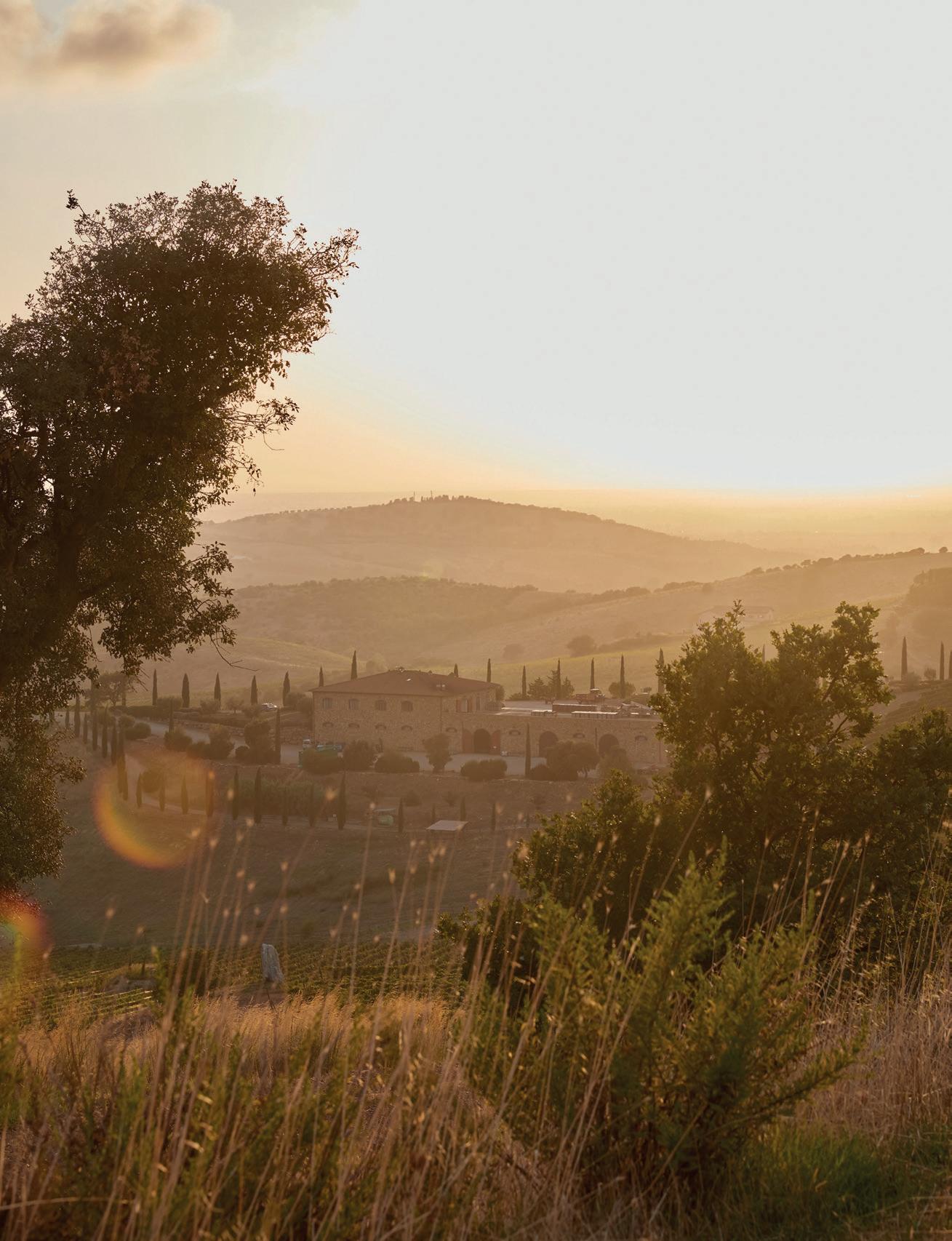
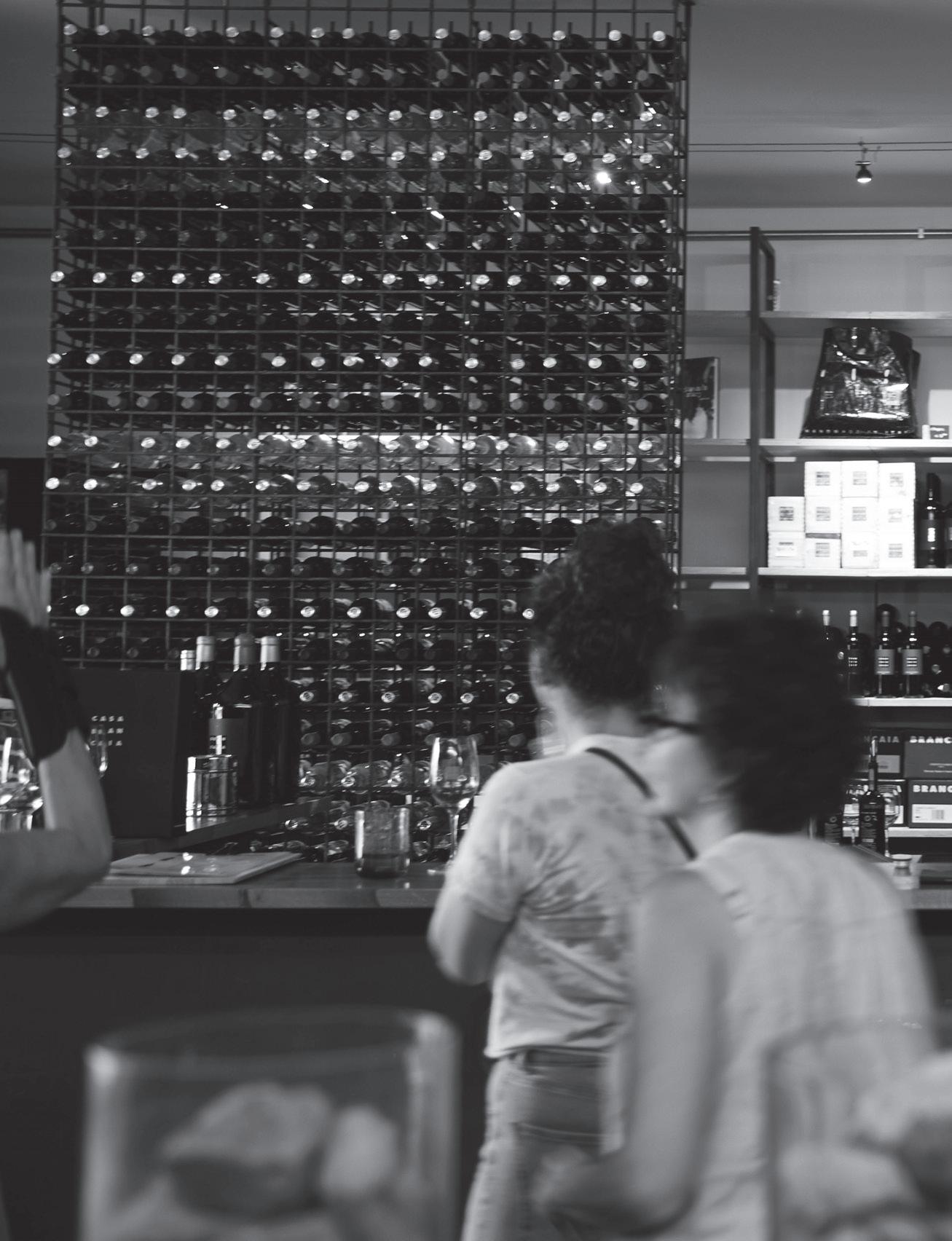 Osteria Brancaia
Osteria Brancaia
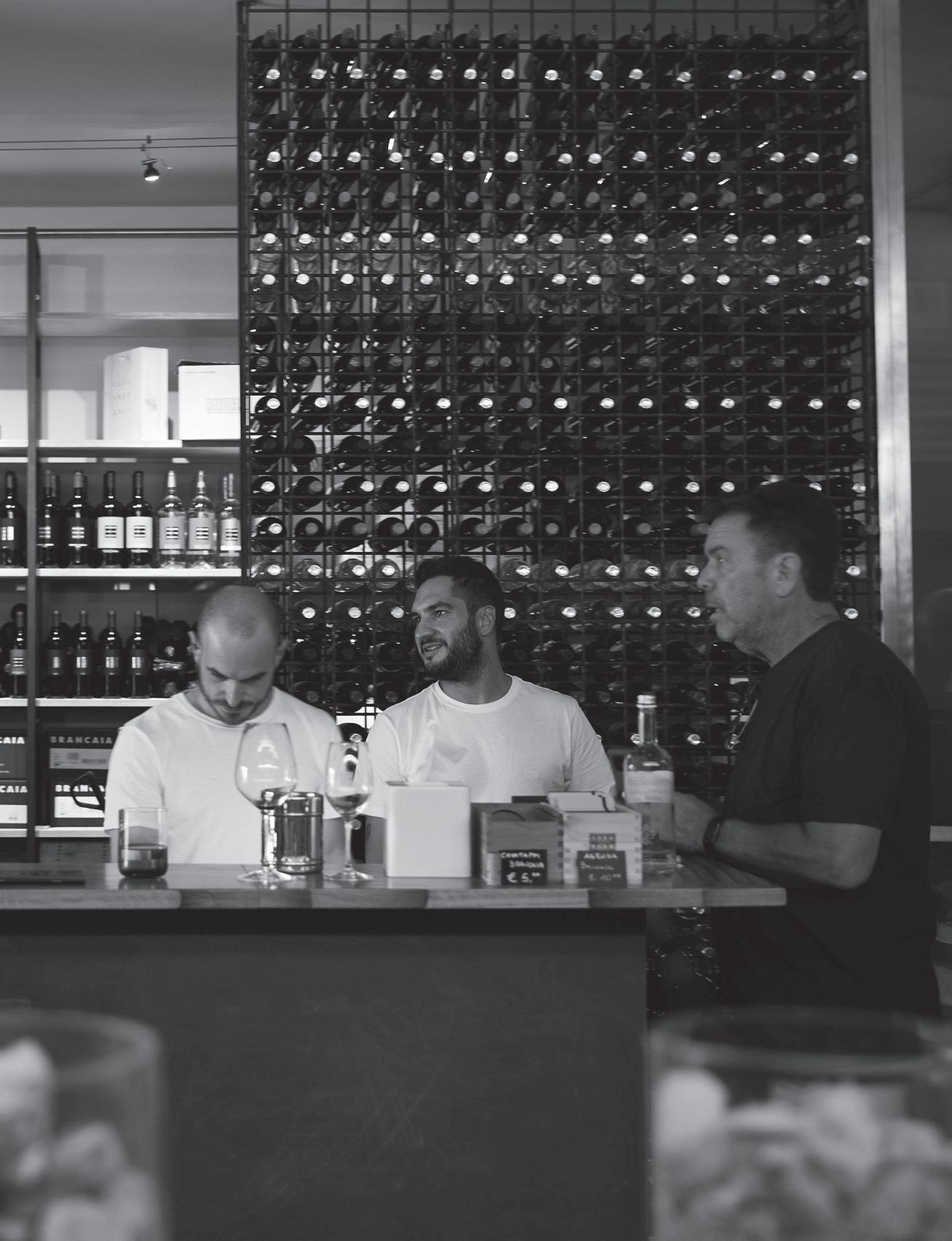
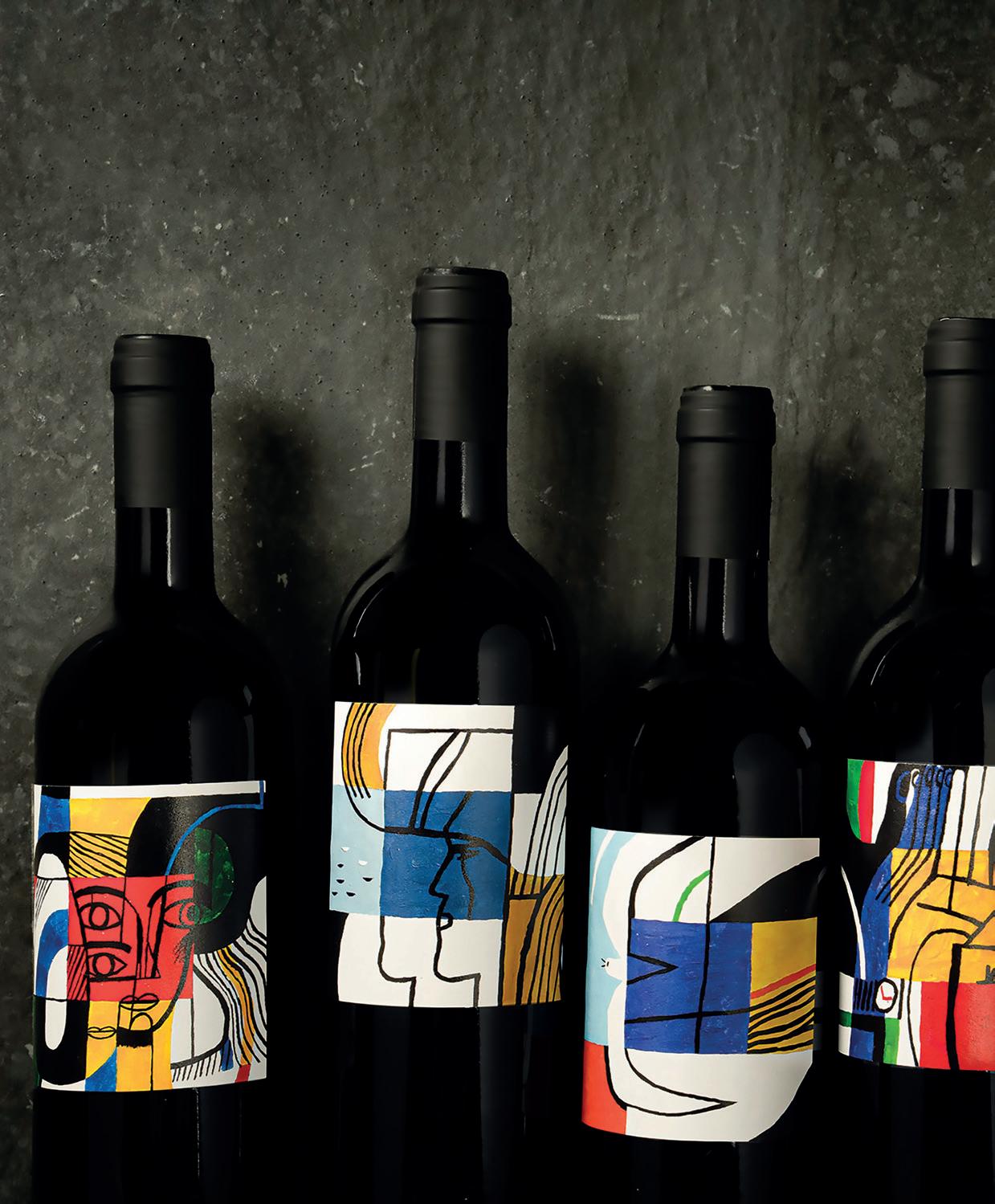
66
ART FAIR
The Brancaia Collection is a limited-edition label featuring six different designs exclusively applied to Tre. The idea was conceived in 2021 when, as a one-off gift to her parents Brigitte and Bruno Widmer for their 80th birthday, a young artist was commissioned to interpret the Brancaia label. The result was so impressive that the winery decided to use the design for a limited-edition run on Tre.
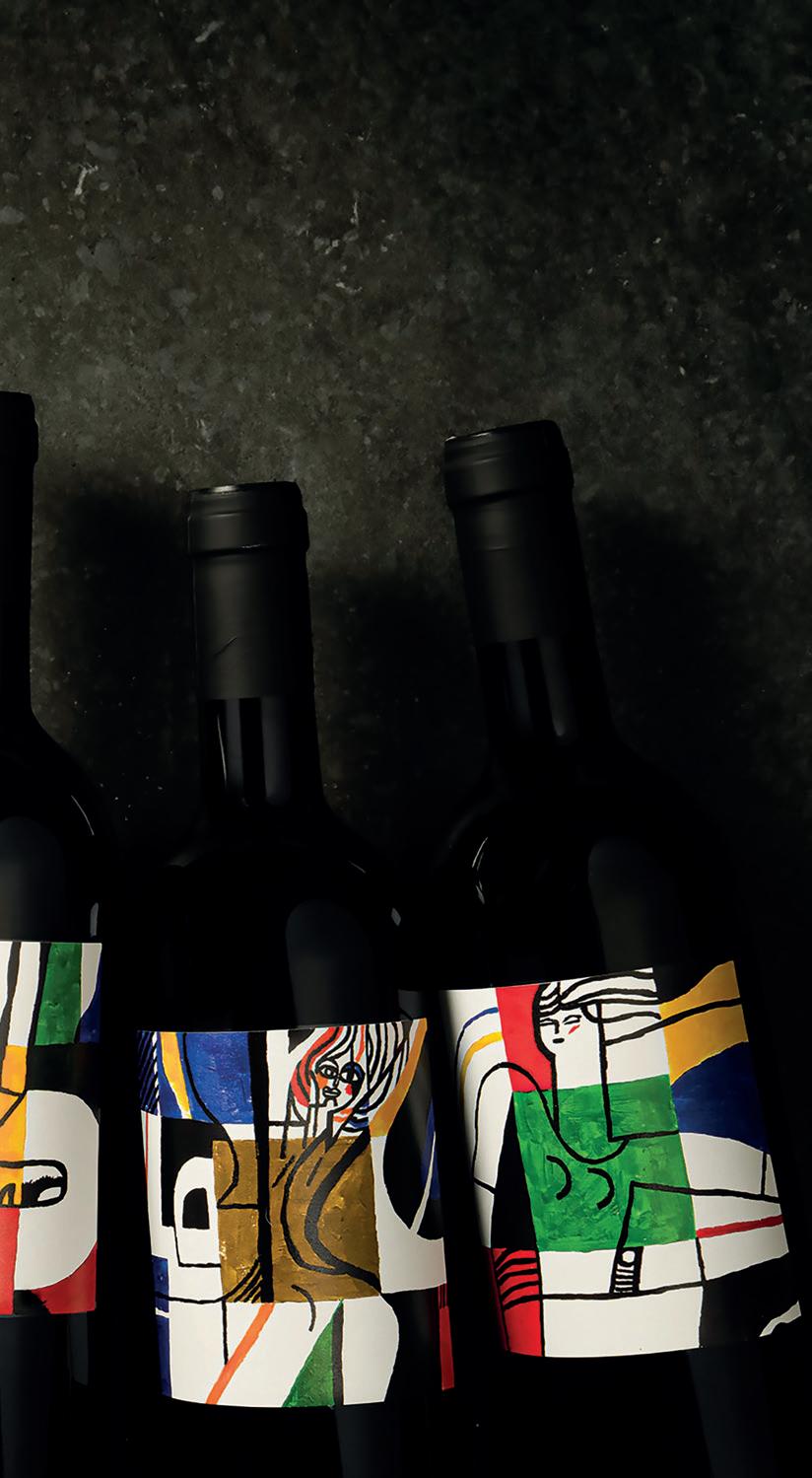
The latest 2022 collection is the work of the Ukrainian artist Sergiy Maidukov, who was asked to design six different Brancaia labels as a series, with the single requirement that the two-square Brancaia layout must remain the same. The Kyiv-based artist’s illustration is a clever play on positive and negative spaces, featuring bold color combinations and textures.
“Through the Brancaia Collection, our label becomes a canvas and platform for a young artist. An art exhibition of its own kind, so to speak, which hopefully will support many other young talents in the future,” says Widmer. “Art and great wine should be accessible to everyone, which is why we chose our award-winning wine Tre for this project. There is hardly anything better than being able to enjoy art in everyday life.”
The Brancaia Collection is a limited-edition label featuring six different designs exclusively applied to Tre
67
THE GALLO NERO STORY
The Gallo Nero is an image typically associated with Chianti Classico. But how did a black rooster come to be a symbol of this fabled wine, found on the neck of the bottles?
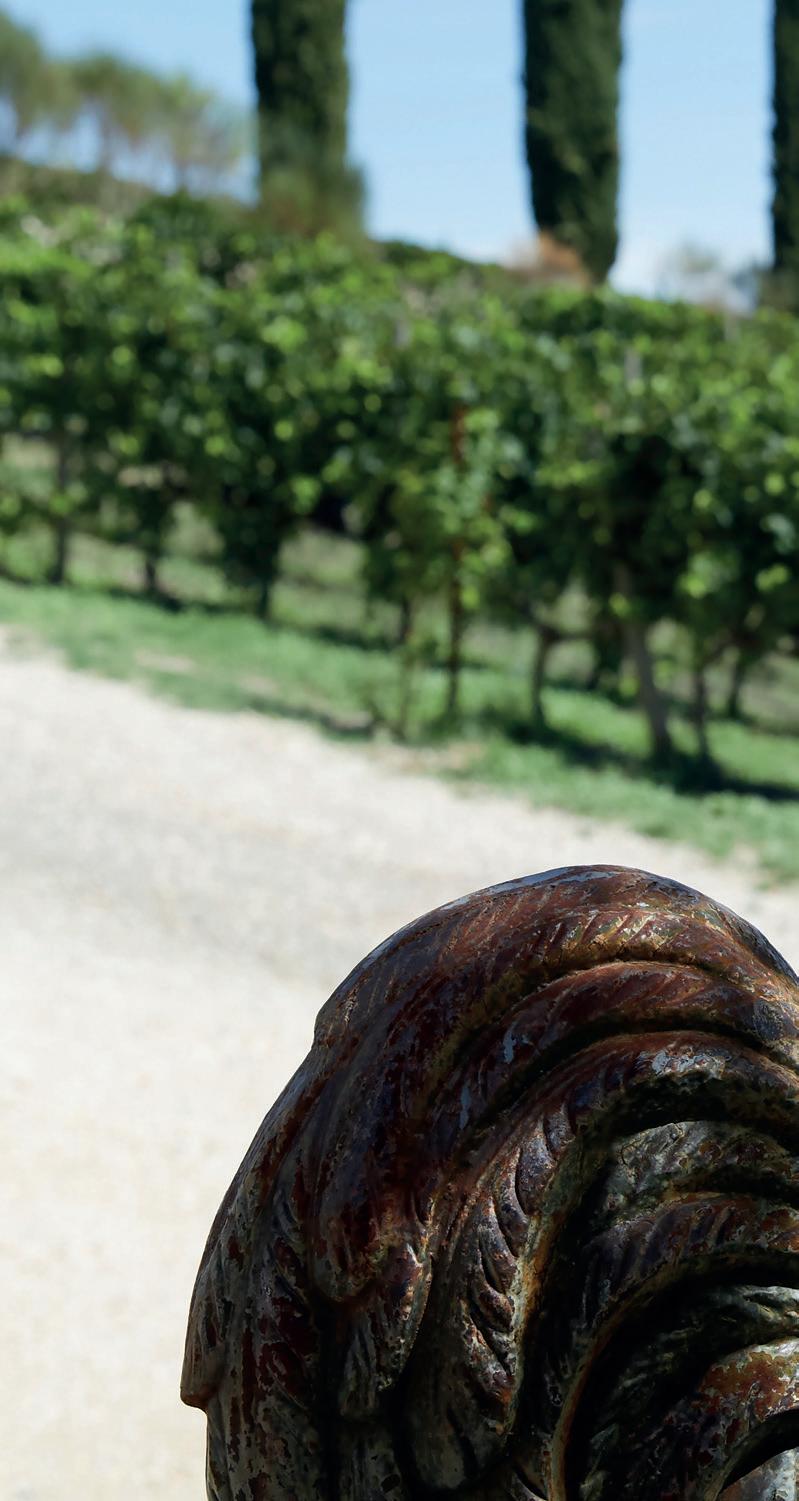
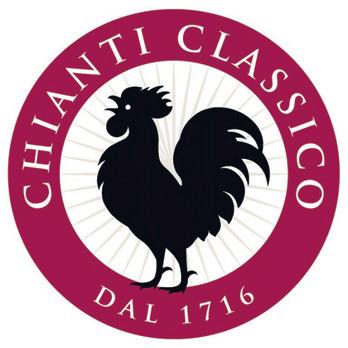
Stretching the land between Florence and Siena, the Chianti Classico region was contested between the rival cities as far back as the Middle Ages. To put an end to the disputed borders, the two decided on a fair race: at the crack of dawn, horseback riders would set off from their respective cities, and wherever they met would define their borders.
With the sole alarm clock of the day being a rooster, Florence chose a black rooster, while Siena’s bird was white. The Florentine rooster was fed little to ensure its hungry tummy would lead to a natural early rise, while Siena’s had allegedly been fed a rich diet in the hope that it would feel satisfied, have a great sleep and wake up energized. Alas for Siena, the hungry Florentine rooster was the first to rise, with the rider conquering much of the territory. The Gallo Nero has since become the chosen symbol of Chianti Classico.
68
The Gallo Nero at the Brancaia winery and visitor center in Radda
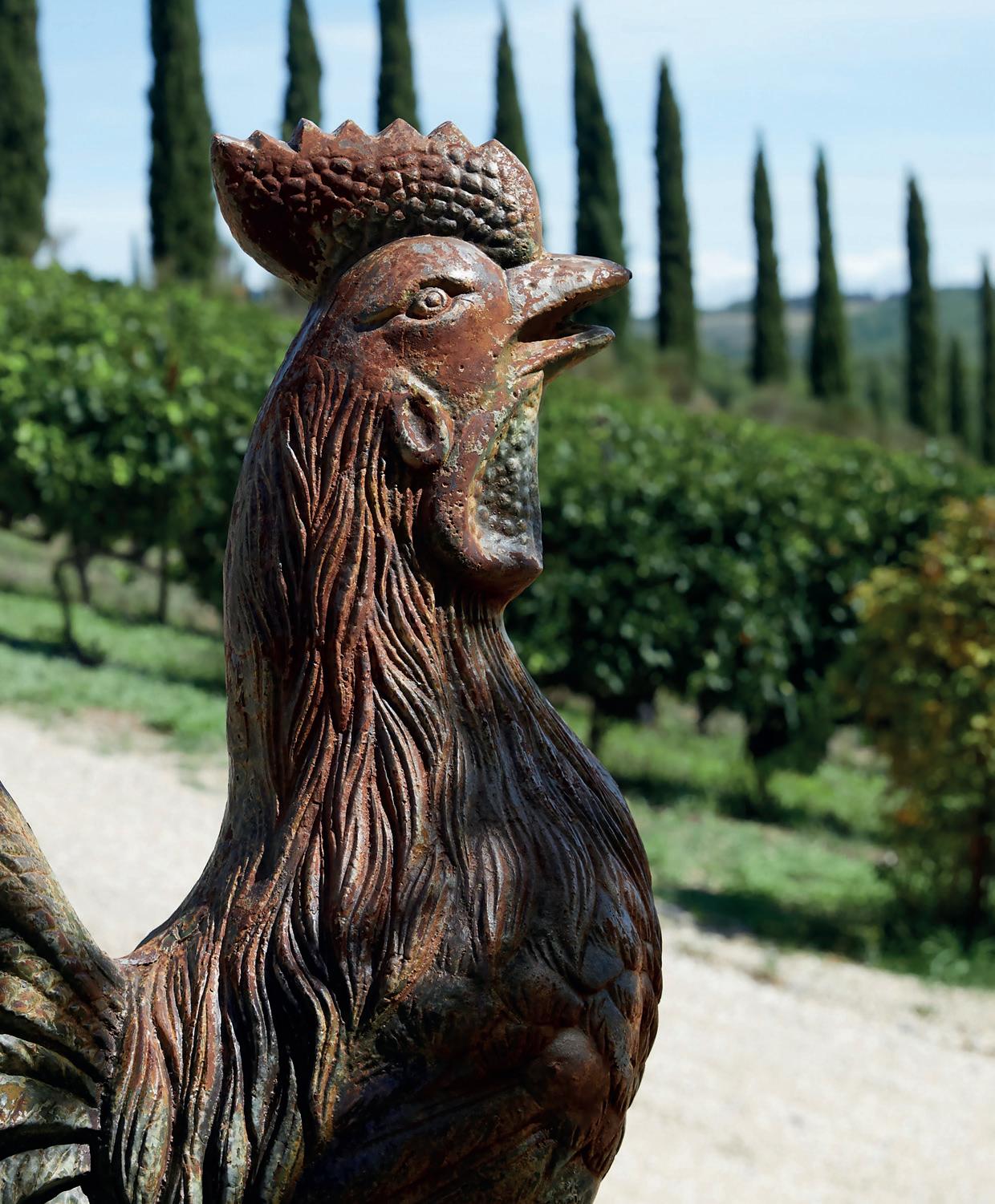
69
WHAT TO EAT, AND WHERE TO STAY
EATING
Perched on the hills at the main winery in Radda and with vistas over the vineyards, Osteria Brancaia serves simple yet elegant Tuscan dishes, with an artistic menu designed by chef Giovanni Palladino using herbs and vegetables grown in the gardens, as well as local, seasonal produce.
Brancaia has invested heavily in the winery and experience center in the last few years. “I think experience is one of the most important aspects of a winery,” says CEO Barbara Widmer.
“A decade ago, it wasn’t so easy to visit a winery, but this is all changing. It’s the best way to connect with people. If our team does a good job, the visitor is a brand ambassador for a lifetime. So much goes into what we do, and having people visit us for even an hour, gives some value to quality wine.”
Book a wine tasting experience, take a tour of the winery and cellar, and sample the chef’s dishes paired with the estate’s wines.
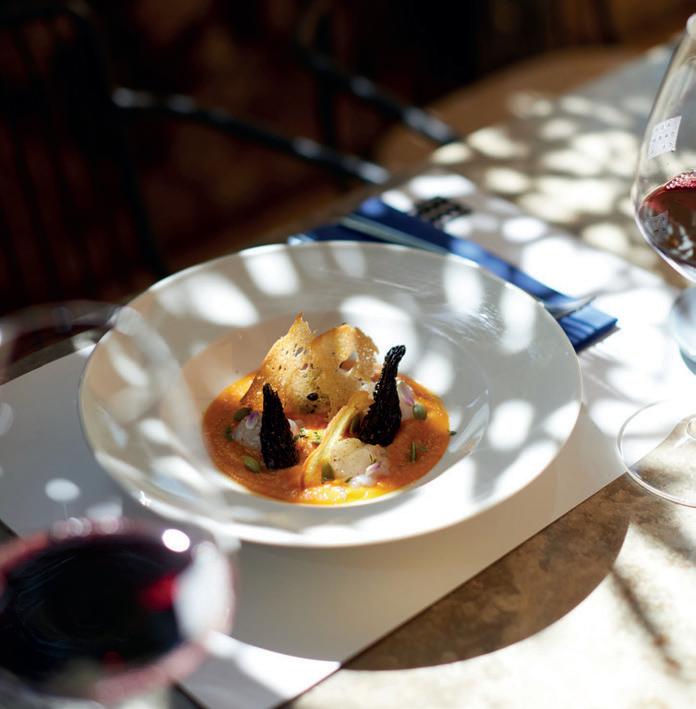
SLEEPING
There are plenty of wonderful places to stay in the Chianti region of Tuscany, but why not enjoy the Brancaia hospitality at the boutique hotel on the gentle rolling hills near Castellina, between Florence and Siena.
Recently restored with love and care, the charming property is surrounded by fragrant herbs and flowers, olive trees, vineyards and fields, and with a long lake spread out at the foot of the vineyards. All guests can hear are the sound of chirping crickets and the singing birds, and the occasional rattle of a tractor in one of the nearby vineyards.
This page, at Brancaia’s Radda winery, Osteria Brancaia serves simple yet elegant Tuscan dishes. Opposite, the boutique hotel at Castellina
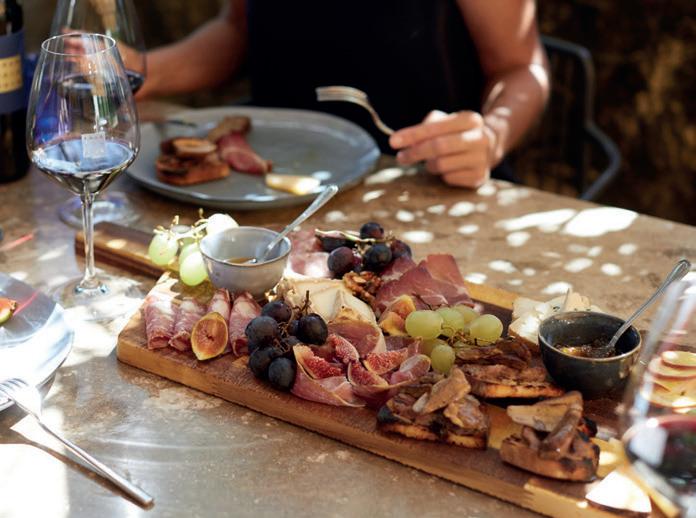
70
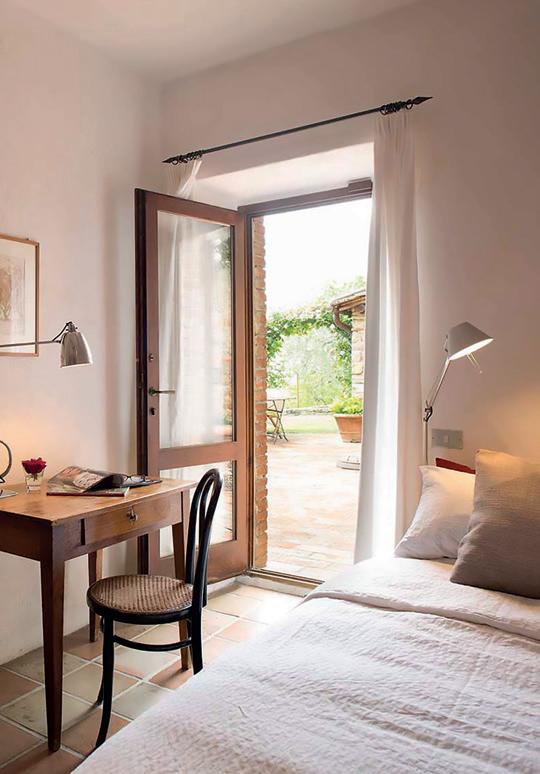
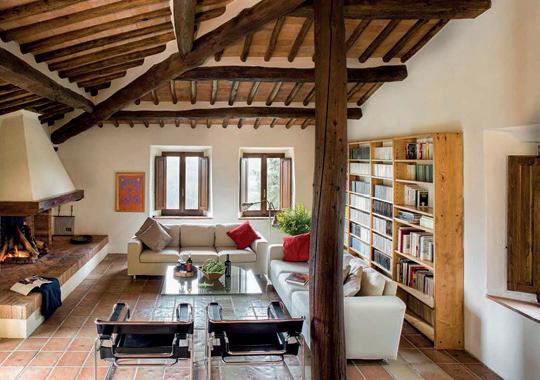
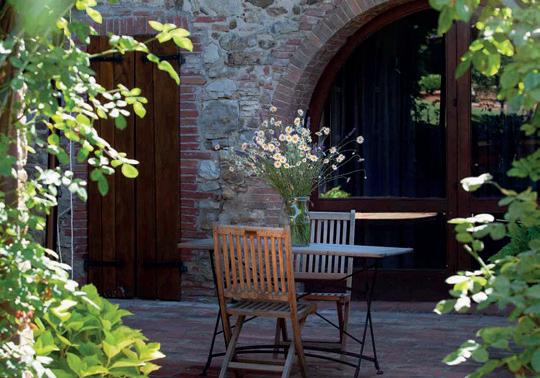
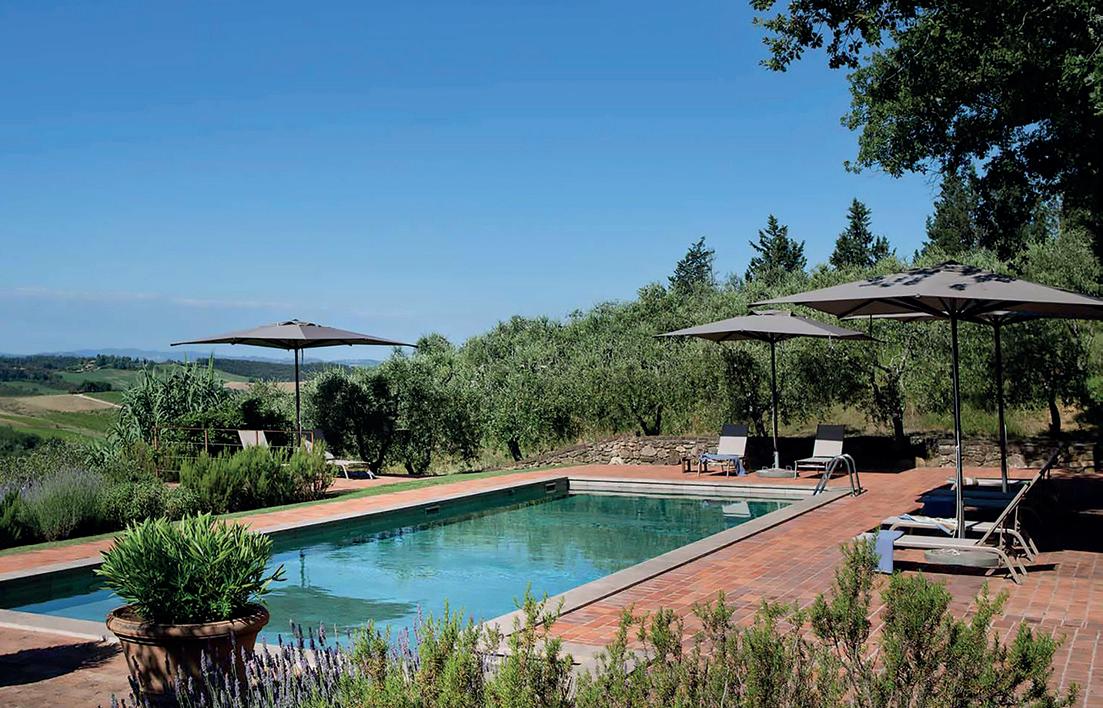
71
©Helen Cathcart, Roberto Fortunato, Brancaia
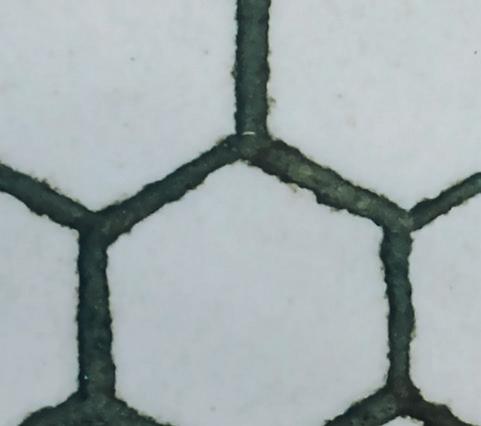
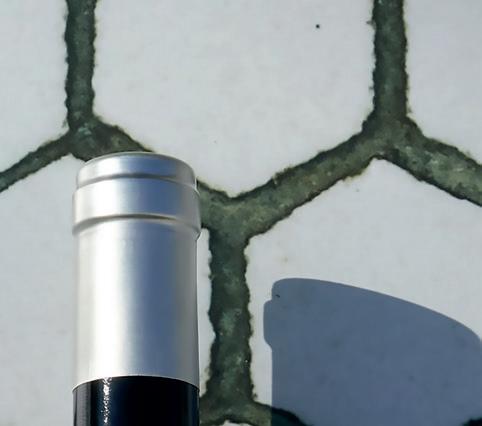
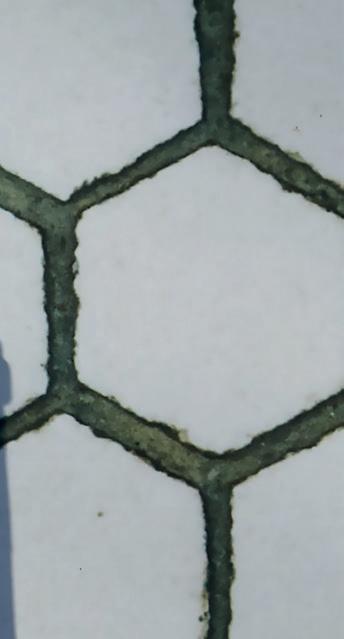

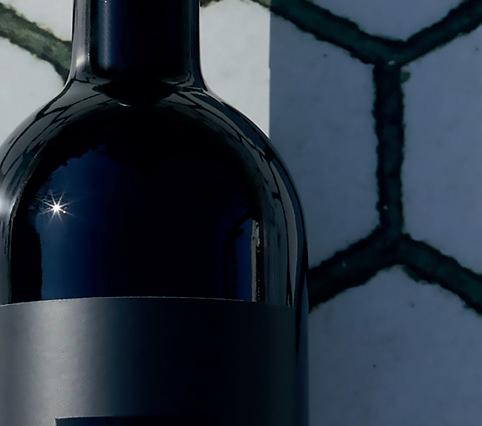
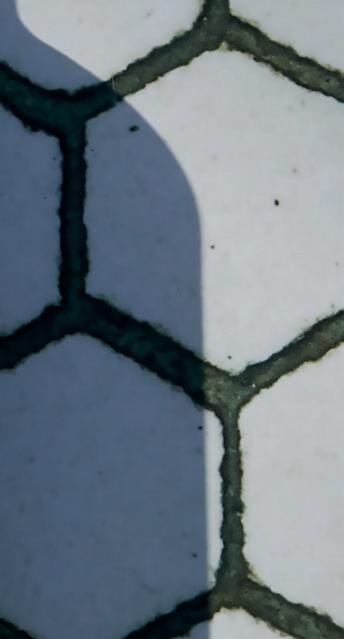

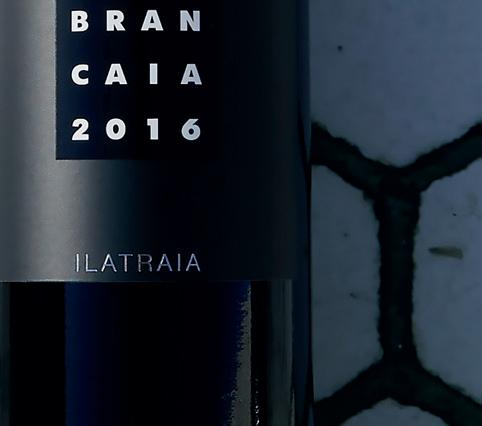
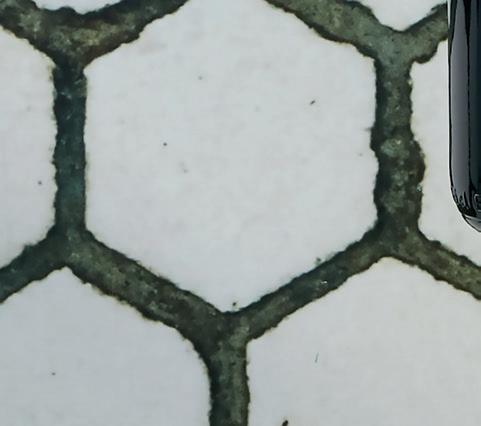
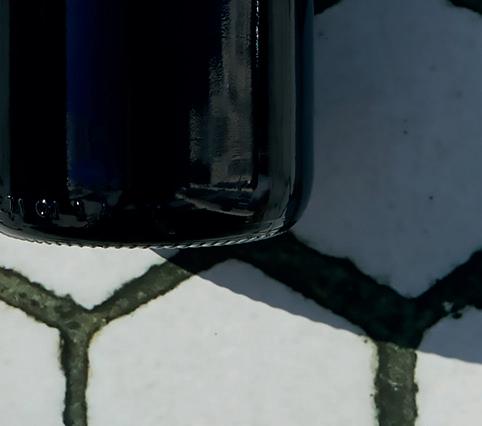
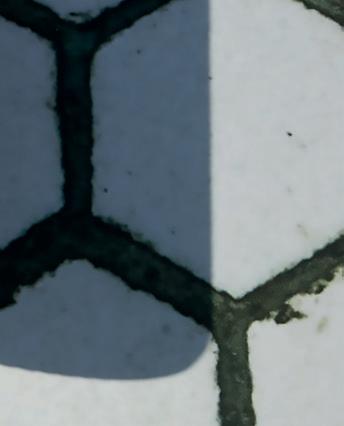
Brancaia is cultivating an extraordinary legacy. Its organically grown vineyards reflect the estate’s deep commitment to a healthy, thriving environment, producing concentrated, polished, age-worthy wines that benefit from their more natural approach.
EAST MEETS WEST

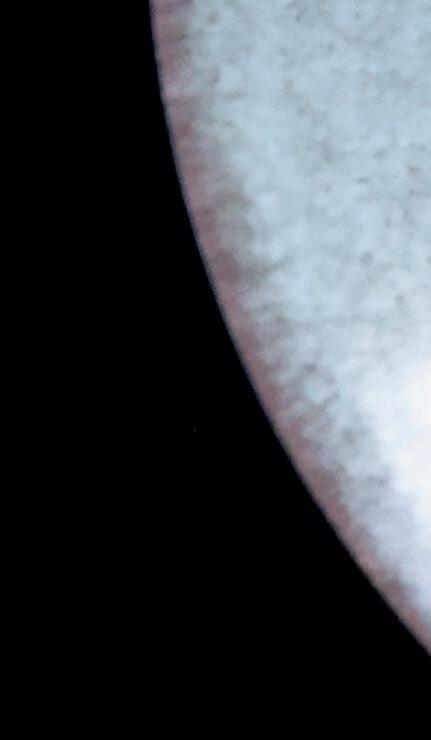



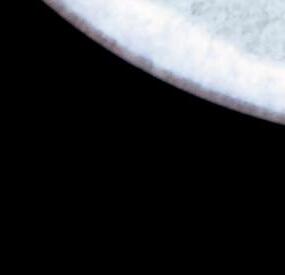
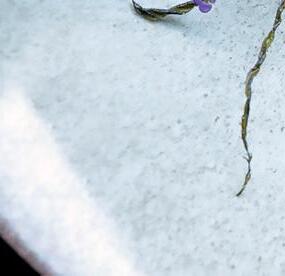

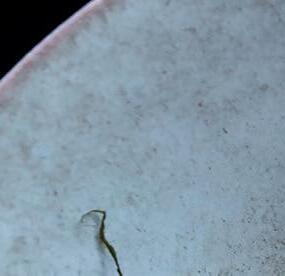


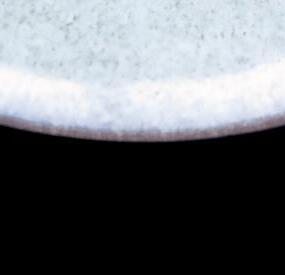
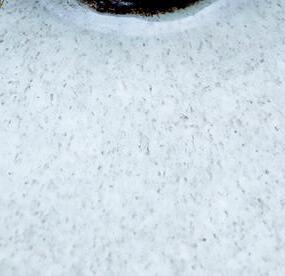
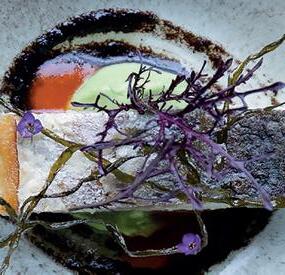

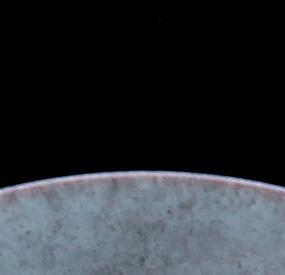

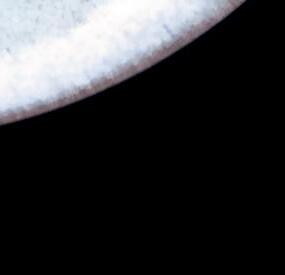
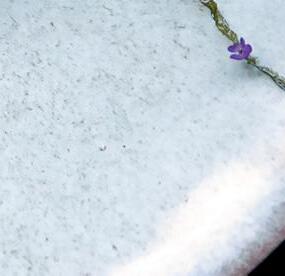
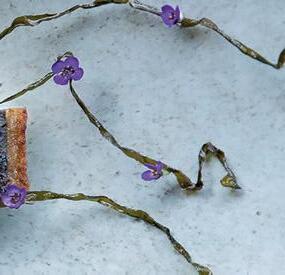





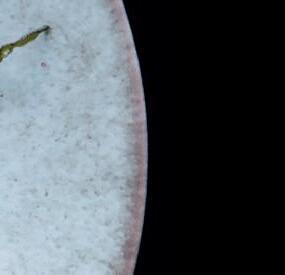



Virginia Miller speaks to a panel of Michelin-starred chefs
Japanese food is a world of varying regional dishes, from izakaya pub fare to sushi, wagyu beef to soba, udon or ramen noodles. The pristine ethos and seasonality of cooking in Japan – such as artistic kaiseki menus balancing flavor with color and texture – yields some of the most impeccable dishes in any culture. All these can be enjoyed with a glass of local sake, of course, but Old World wines can be just as ideal a pairing – even if selecting them takes more thought than simply going for Japan’s national drink.
Sushi and sashimi pair with many wine styles, whether crisp, high-acid whites like Grüner Veltliner or a mineral Chablis. Tuna can work with light-bodied reds, while salmon, trout or arctic char can sing with rosés. Grilled meats (from yakitori to katsu) can play with a range of reds. Soups, mushrooms and umami-forward dishes partner beautifully with fortified wines such as sherry or madeira.
At Los Angeles’ two-Michelin-starred restaurant n/naka, Japanese-American chef and owner Niki Nakayama serves modern Japanese kaiseki, a culinary art she trained on at a ryokan in Japan. While Nakayama calls on her trusted team of drink experts, she explains their pairing ethos: “Old World wines work well with Japanese food because they tend to be more transparent expressions of grape varietals; grapes that are grown where they were discovered or planted over long stretches of time. The noble varietals – Chardonnay, Pinot Noir, Riesling – have been cultivated according to their terroir and lineage, and (with the producers we prefer) are not so much grown with an eye to ripeness and alcohol. They tend to be more refined, thanks to a long history of cultivation and respect for terroir and the grape itself.”
She finds this philosophy kindred with Japanese cooking: “This has parallels to Japanese cuisine in that ingredients are treated with the utmost respect, and the technical aspect of cooking is in service to bringing out the very best character of the ingredient itself.”
So why choose wine over sake? “Acidity, and delicacy,” she expounds. “For example, in courses like modern zukuri and otsukuri, sashimi is traditionally so well-served by sake. Some wines would obscure the delicate and particular flavors of sashimi. What we strive for is a mix of traditional pairings, be it wine or sake, providing balance or matching flavor intensity when needed, and above all else never overpowering the ingredients.”
Nakayama’s captain, Emily Kang, elaborates: “We use Champagne, or Old World sparkling wines, for sakizuke and zensai [appetizers] to awaken the palate and provide a dry, bright, lightly fruity foil to play off the balance of flavors. Since n/naka is primarily a seafood restaurant, Champagne and Old World sparkling wines pair very well thanks to their versatility.”
At the recently Michelin-starred Nisei in San Francisco, chef David Yoshimura expresses his unique take on modern Japanese washoku via tasting menus as a second-generation Japanese-American. “When creating dishes that pair with Old World wines, generally we like to lean on more subtle or obscure flavors with fish as a protein. Luckily, in Japanese cuisine, there is fish present in almost everything, which pairs extremely well with Old World white wine,” he says. “At Nisei in particular, we are located in San Francisco where the cuisine tends to be high in acid. Combining these high acid preferences with Japanese cuisine always points us towards Old World wines.”
Nisei general manager and sommelier Ian Cobb further explains: “We recently added a sake pairing to the menu so I am happy to share that I no longer have to decide between wine and sake. That said, when I have chosen wine over sake, it hasn’t necessarily been about the pairing itself but about breaking the mindset that we believe a lot of guests have that Japanese food is traditionally paired with sake. As much as we are a Japanese restaurant, we are also second-generation washoku cuisine and want to show how wines can complement both traditional and modern cuisine.”
“When I choose a wine over a sake pairing,” says Cobb, “the first thought I always have is that there is a perceptible sweetness with sake. No matter how dry the sake or how savory I find it, there is always a twinge of sweetness on the palate.” He feels that sometimes this element can exaggerate the sweetness of a dish in perhaps a negative way, since sugar is a common ingredient in most sauces used in savory Japanese cooking.
He explains: “Dry red wines can accent savory profiles and elements of pepper, salt, meat and smoke, while grapes grown near the ocean, like Albariño and Assyrtiko – or on marine soils, like Chablis – can pick up saline qualities that pair perfectly with our seafood dishes. I do not find that sake falls short in any of these cases and I’m sure there is a perfect sake for every dish, but beverages are like a toolbox and the more tools you have, the more opportunity you have to get the job done correctly.”
Alternative dining options to explore pairing Japanese food with wine as well as sake: Uni in Boston and Uchi in Austin.
The versatility, acidity and delicacy of Old World wines can help bring out the best of traditional Japanese ingredients.
75
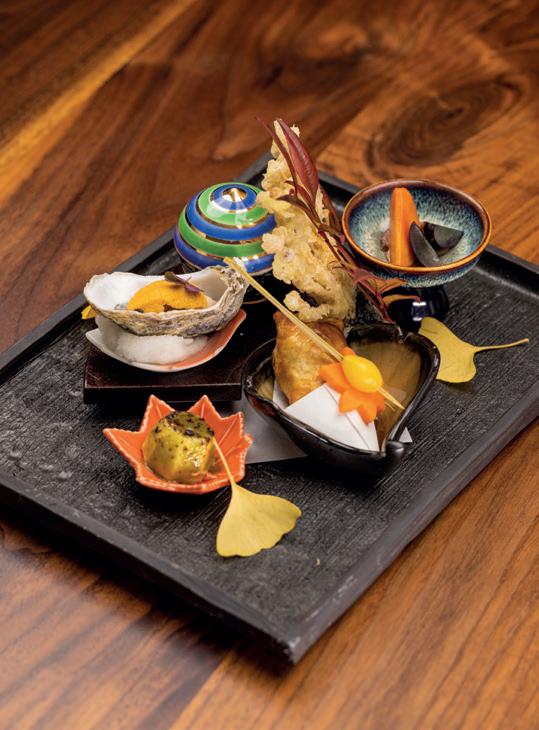
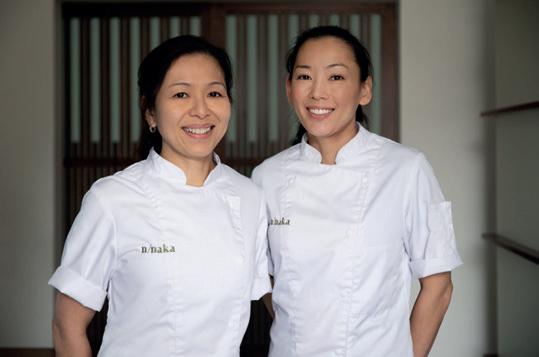
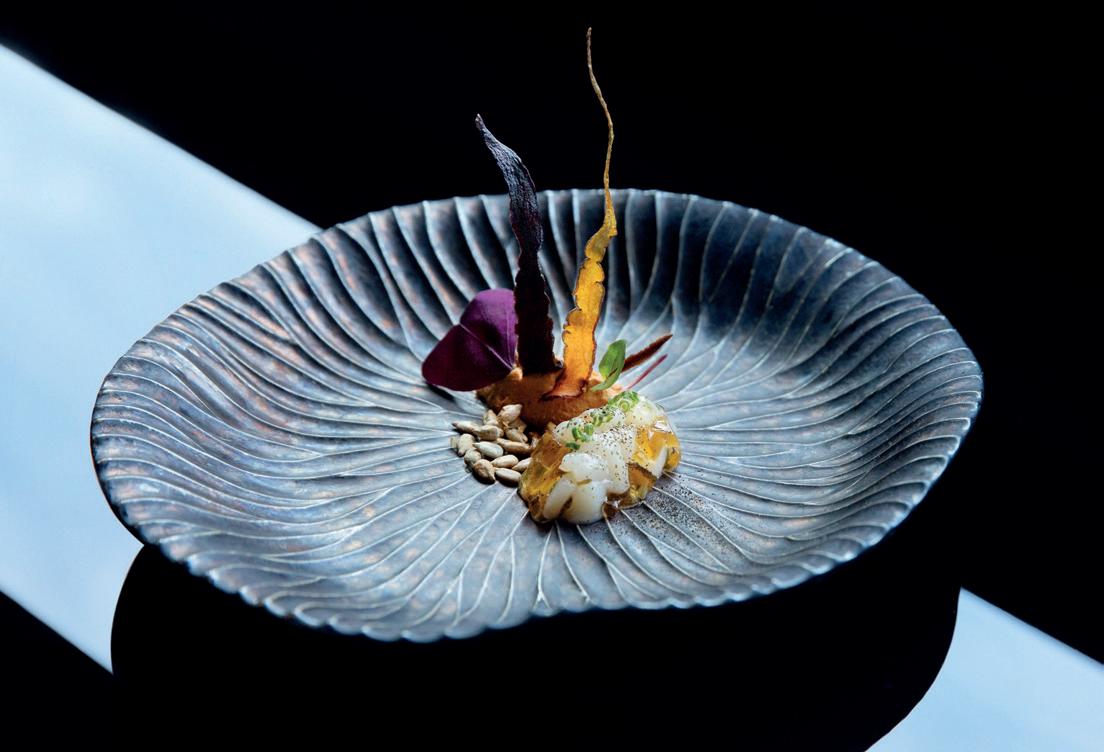
“Old World wines work well with Japanese food because they tend to be more transparent expressions of grape varietals”
76
Niki Nakayama
Previous page and opposite, at n/naka chef and owner Niki Nakayama serves modern Japanese kaiseki. This page, at Nisei in San Francisco, chef David Yoshimura (pictured with sommelier Ian Cobb) expresses his unique take on modern Japanese washoku paired with Old World wines
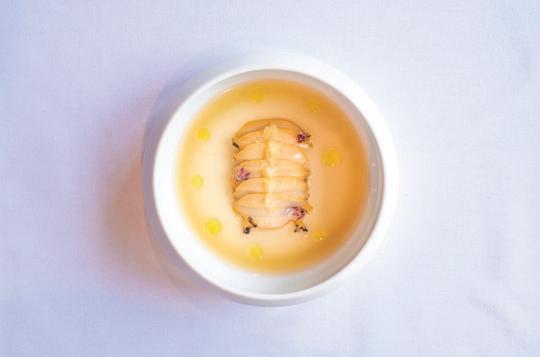
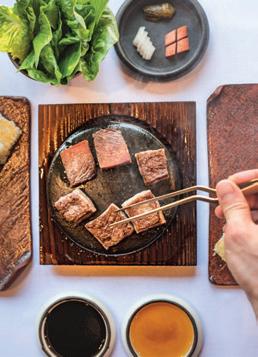





















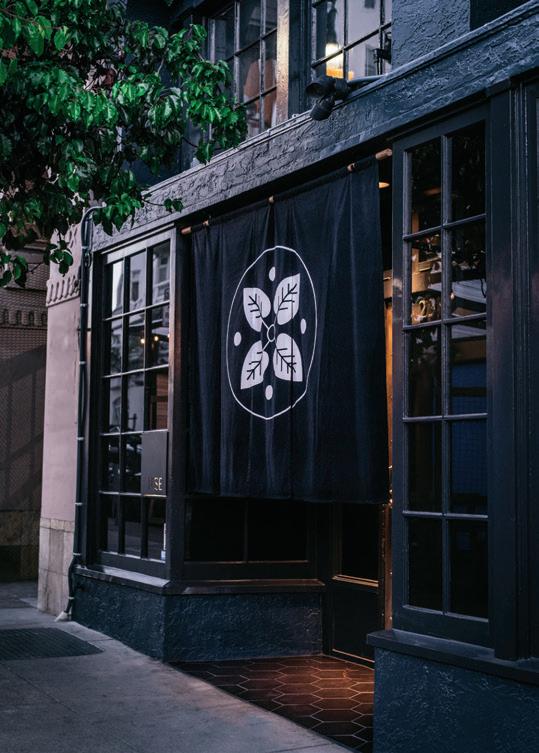
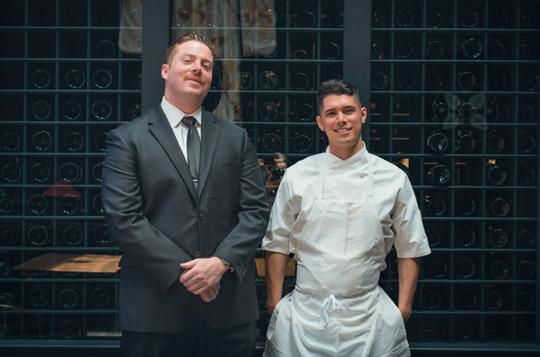
77
©Brianna Danner for Nisei, Stan Lee and Zen Sekizawa for n/naka
FRENCH CONNECTION
At Le Gavroche, Michelin-starred chef Michel Roux is exploring the potential of tasting fine French dining with a sip of sake. Nargess Banks heads to Mayfair to see how the two pair up
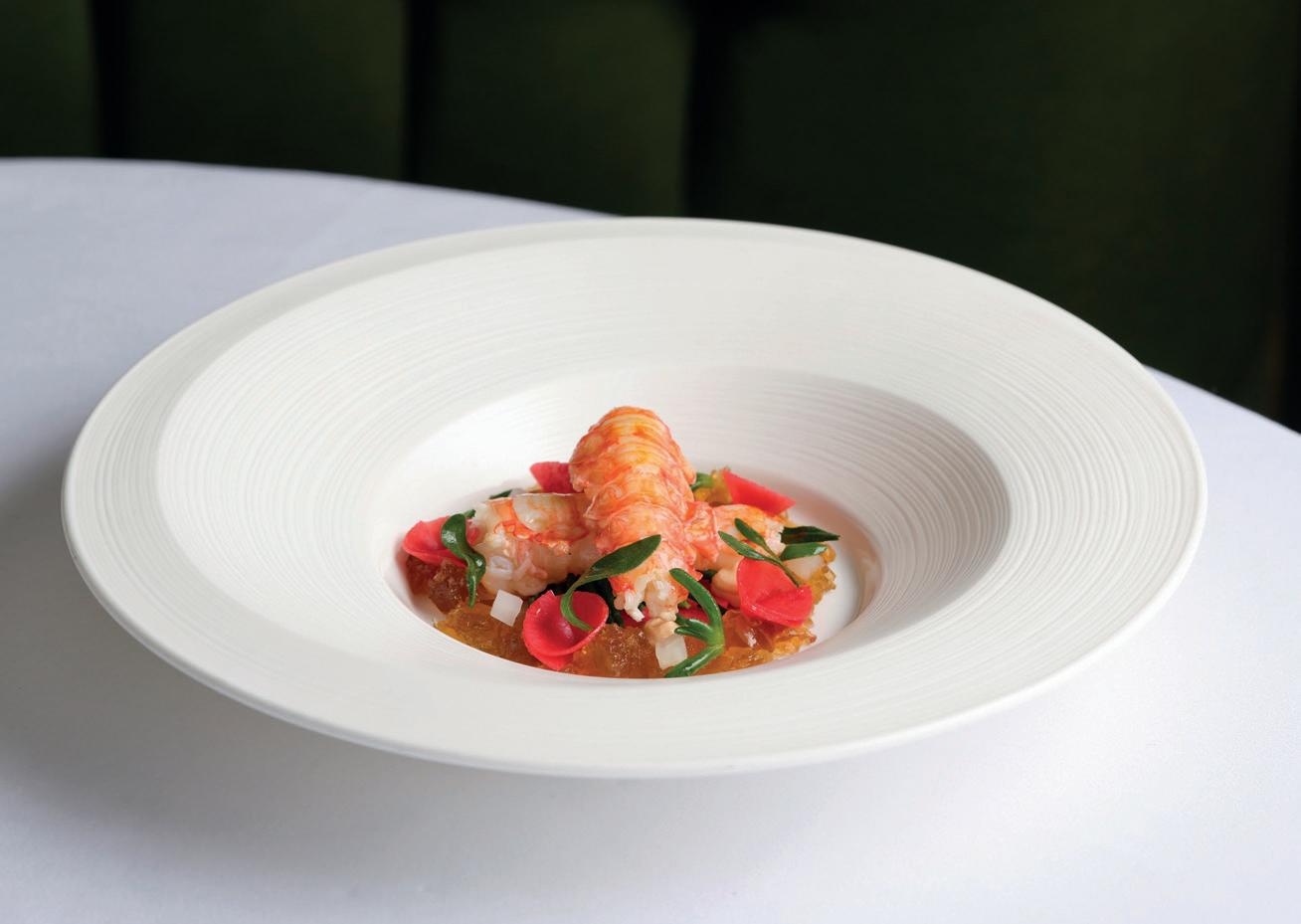
It is a bit radical to have sake on a tasting menu in a classic French restaurant like Le Gavroche,” starts chef Michel Roux in a gently jokey tone as we meet at his two Michelin-star restaurant in the plush neighborhood of Mayfair in London. “But it’s gone down extremely well.” He emphasizes the “but” since a previous experiment over a decade ago in pairing sake with a tuna recipe hadn’t quite been such a joy, nor had one involving craft Belgian cherry beer which, although a critical success with restaurant reviewers and sommeliers, proved less popular with Le Gavroche diners.
He continues with a wry smile: “Maybe my timing was all wrong – it was too early and our guests weren’t ready for it. Fast-forward 12 years, and I cannot think of a single person here who’s objected to trying out the sake on our tasting menu.”
In recent years much has changed in the restaurant world. New generations tend to be more explorative and open to new ideas – and they are generally more informed about food and drink. “Back then the perception was you had to serve sake warm – that it’s a cheap drink. Now people understand that sake is worthy of being paired with practically any food. I think it’s a very sophisticated and beautiful drink.”
Saying that, Michel is quick to note that Le Gavroche is an iconic established destination that attracts a certain clientele who come here for a sense of occasion, and that although they
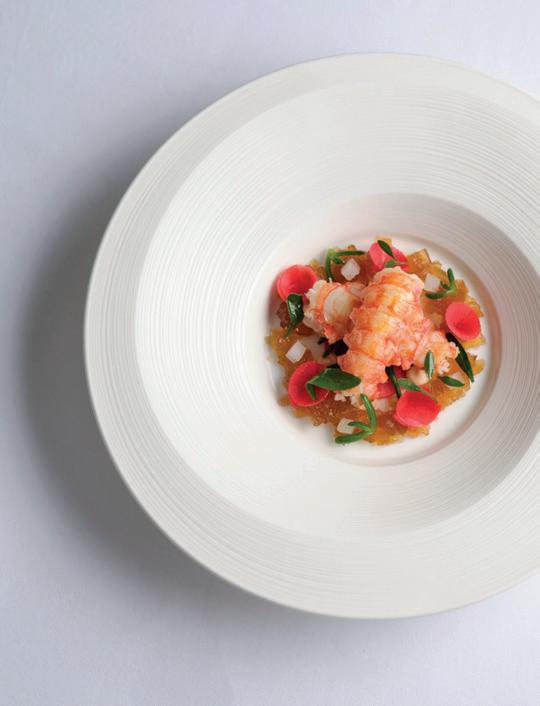
are open to ideas, there are limits to what he can do. “You’ve also got one of the most interesting wine lists in the UK,” interrupts his daughter Emily Roux who has joined us for the interview. “One reason people come to Le Gavroche is to explore the wine menu.”
Things, she points out, are a little different at Caractère, the restaurant she opened west of the city in Notting Hill in 2018 with her husband, also a chef, Diego Ferrari. “We feature biodynamic and natural wines to our menu,” she says adding enthusiastically, “and our guests are always willing to try new things.”
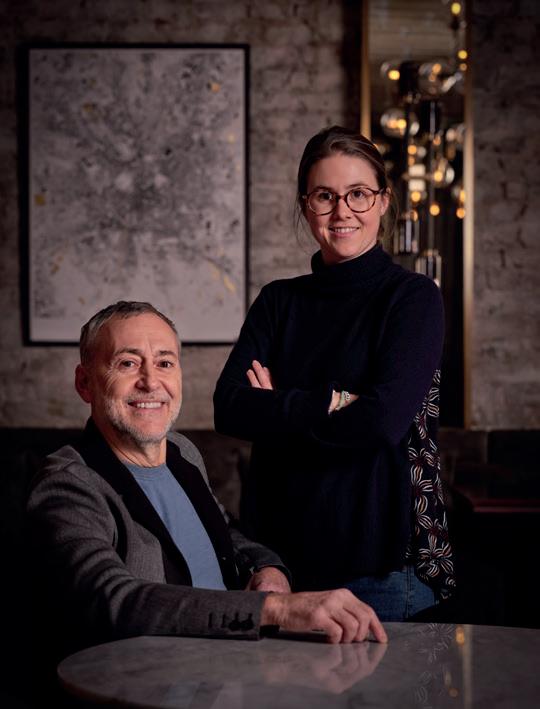
Caractère categorizes its food according to character traits (hence the name) – curious, robust, subtle, delicate, strong. The exciting wine program echoes this sentiment and features (for the time) French, Italian and English wines. “We try to keep it exciting and about the sense of discovery,” she says, admitting that although sake is not yet served at Caractère, the goal is to expand the program to offer more diverse beverages from across the globe.
Meanwhile at Le Gavroche, Michel is well aware that the success of exploring drinks beyond fine wine hangs on his sommelier team in how they explain and explore these with diners. He says you cannot underestimate the knowledge and expertise that will transport the experience. “When they’re pouring the sake and explaining it to the guests, it brings a sense of confidence. They understand the theory behind our decisions.”
79
“
This page and opposite, Michel and Emily Roux at Caractère, and a dish of grilled langoustine served at Le Gavroche
“Sake has a lovely, clean finish. Like wine, it is so complex –it’s never onedimensional”
Michel Roux
FRENCH CLASS
Michel Roux’s life has been intimately linked with the evolution of fine dining. His father and uncle, Albert and Michel Roux Srs, brought haute cuisine to the UK, and were the first chefs outside of France to win three Michelin stars with Le Gavroche and The Waterside Inn.
At 16, Michel Jr set off for France on an apprenticeship with the master pâtissier Monsieur Hellegouarche. This followed a season at Le Gavroche, before returning to France to train under Alain Chapel, the chef at Mionnay largely credited with pioneering “nouvelle cuisine,” after which he returned to the UK and joined the Roux restaurants, including Le Gavroche, where he’s been head chef since 1991.
The introduction of sake to French fine dining feels part of a larger conversation on how our advancing palettes have become more open to change. I ask the chef how he would define the modern-day Le Gavroche. The question triggers a passionate response: “We stay true to our roots here and it’s the kind of food I enjoy cooking and eating. But rather than say it’s a classic French restaurant, I would say it’s based on classic French techniques. We’ve evolved through the years; any restaurant that doesn’t will die. You have to stay attuned to what’s going on without losing touch of where you’ve come from.”
The front-of-house service, for instance, may be a million miles away from where it was under his father’s reign, yet every element of Le Gavroche has been carefully appointed. Smiling,
Michel recalls the past: “The style was so stiff and formal – waiting staff stood to attention and didn’t speak with guests, and male diners had to wear a jacket and tie. We dropped all that. I don’t want to eat in a place where you have to whisper so we encourage our staff to engage with our guests.”
Emily points out that her customers tend to follow the restaurant and the chefs on social media. So does she. “I follow so many chefs to see what they’re up to and to keep us on track. It helps us get inspired.” Michel says even his Le Gavroche customers are social media enthusiasts, admitting part of the experience will now involve the staff, the storytelling that connects diners with the restaurant. “It’s about being part of a community. Modern dining is so much about the overall experience,” he says.
SAKE OF CHOICE
Two sakes, both from the Dewazakura Shuzo brewery in Japan’s Yamagata prefecture, feature on the tasting menus at Le Gavroche. The Ginjo Oka and Ginjo Izumi Judan are paired with a dish of Loch Duart salmon, kohlrabi, miso purée, pickled ribbons and salmon caviar.
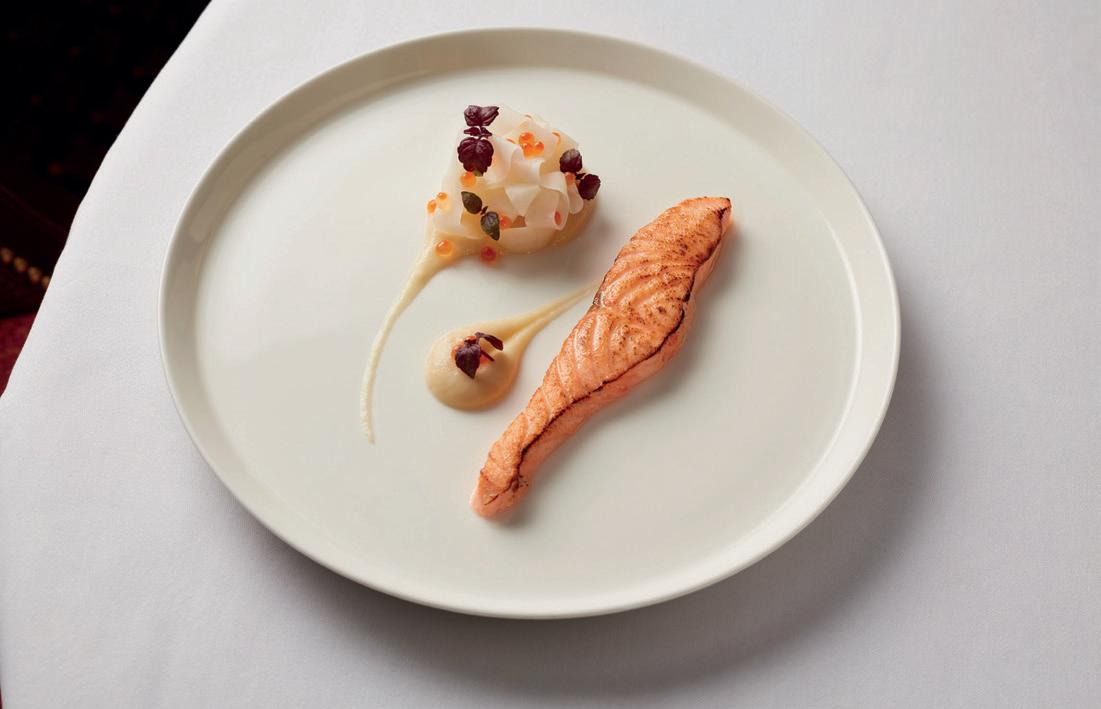
The recipe came first, then the sake. With its pickled kohlrabi and miso, the dish benefits from Asian flavors – “notes that you immediately associate with the cuisine that pair beautifully with sake,” says Michel.
Head sommelier Rémi Cousin further explains the pairings: “Both of these sakes are very refined, elegant and match the subtle
texture of the dish. The Oka has a more fruitdriven character as well as being rounder. It highlights the sweetness within the dish, with kohlrabi and the softness of the salmon. The Izumi Judan is slightly drier so it lifts the freshness of the dish with the pickled ribbons and the caviar.”
Michel sees the two sakes also complementing another of his tasting dishes, the grilled langoustine with shellfish jelly, black radish and radish meat, and sea herbs, which is yet to be tried and tested.
Emily says the Roux family are all sake aficionados. “It’s a soft drink,” she offers, “and it doesn’t have the tannins, tartness or alcohol some younger red wines may have.” Michel adds, “and it has a lovely, clean finish. Some sakes can have a floral nose and palate and length that will stay with you a long, long time. Meanwhile others can be sharp and with high acidity. Like wine, sake is so complex. It’s never one-dimensional.”
Alternative dining options to explore thoughtfully pairing sake with non-Japanese food are State Bird Provisions in San Francisco and Soogil in New York.
This page and opposite, torched Loch Duart salmon served with sake at Le Gavroche
80
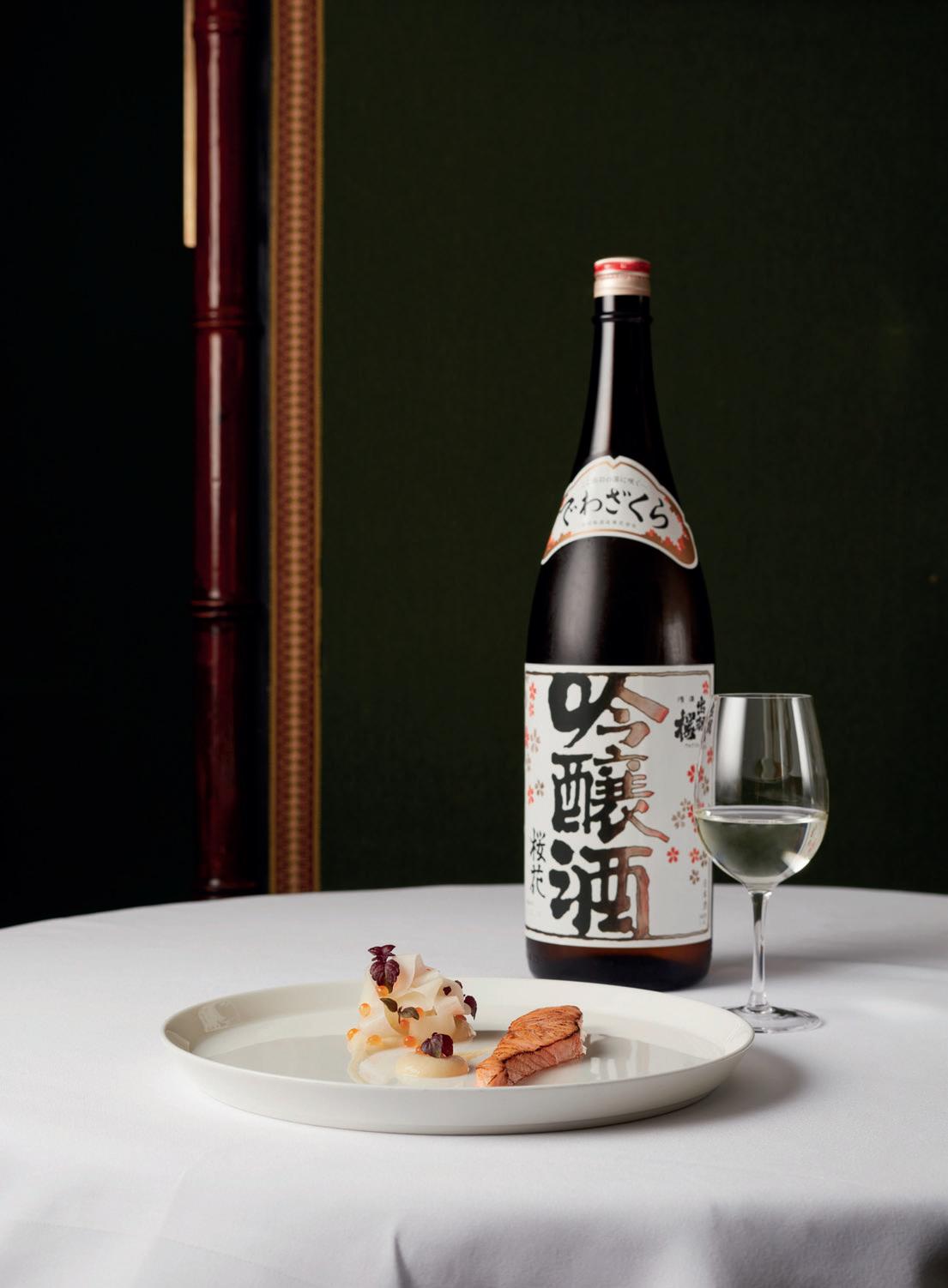
81
©Jodi Hinds
TALE OF TWO CITIES
Michael’s Genuine is a Miami classic, both destination and neighborhood joint, as John Irwin discovers when he sits at the bar to discuss all things local with Miami’s own influential sommelier
Amanda Fraga
To talk about Miami is to qualify; are we talking about the bacchanalian beach destination? Or are we talking about the Miami of people who actually live there? In my twenties, I only knew one version of Miami (I’ll let you guess which one). But increasingly, when I travel there, my time is spent off of Miami Beach, in neighborhoods as distinct from one another as they are culturally rich.
For most vacationing in the Magic City – as it was for me – the first foray away from the gravitational pull of Miami Beach will be to the abutting oh-so-cool neighborhoods of the Design District and Wynwood. It’s here that you realize, beyond the late nights and lazy beach days, the plastic-cupped mojitos and bronzed rollerbladers, that there is a thriving urban scene where art, fashion and food collide. These neighborhoods are the gateway to the “other” Miami. Stepping into them makes every subsequent visit more meaningful and, when you’re away, you begin to crave Miami as a city, not Miami as a beach.
But, before the Design District became a temple to couture, before Wynwood Walls, cocktail bars, and Michelin stars, there was only a pineapple-farm-turned-warehouse-park, untrafficked and unloved. And then, in 2007, there was Michael’s Genuine.
GENUINE ARTICLE
Sitting with sommelier and beverage director Amanda Fraga, I start my voice memo app and place my phone near her. “Ok, I say ‘like’ a lot, so if you could cut out a few, I would appreciate it. Make me sound like I’m 50 percent Miami instead of, like, what I am, which is 150 percent Miami.”
Frago grew up here, born and raised in Hialeah, a Cuban enclave that pierces into Miami like an arrow. After college at Florida International, she went from restaurant to restaurant to get a foot in the door of Miami hospitality.
Her first role was wine steward at the ultraluxe Setai in Miami Beach, working her way up to sommelier. “I made sure that, once a week, I bought a bottle from the list at a retail shop… I would drink it, and I had this book, and all I did was write everything I could about it,” she says in reference to the wine and the region.
Eventually Frago left to take on a few other wine jobs in new restaurants – “They open, they close. It’s Miami” – and worked a harvest in Burgundy before landing at Michael’s Genuine in 2014, where she has been ever since. However, this brief bio doesn’t do her justice; you don’t become the beverage director at one of the great restaurants of Miami by matriculation. You have to work hard, but more importantly, you have to care.
When I ask her about this, she demurs: “I couldn’t explain it, but [when I went to college] I wanted to join the wine club.” At just 18 years old, she couldn’t legally drink, so she would do a little tasting (and spitting), but, most importantly, she would listen. For her, it was a form of travel. “Growing up, our travels were to Orlando or Disney. All I ate was Cuban food and, like, maybe a quesadilla.”
“Then,” she says, “at 19, I was like, I’m going to China for two weeks.” It was a moment of inspiration that opened the doors to her love of food and exploration, which has defined her ever since. As I’m talking to Frago, it strikes me that she embodies the restaurant we’re sitting in: scrappy, dedicated, and – in a town often defined by holidaymakers and imported concepts – a Miami original.
FRESH, SIMPLE, PURE
Michael Schwartz opened Michael’s Genuine in Miami’s Design District in 2007, a neighborhood that currently boasts not one but two multilevel Louis Vuitton stores (and five of the city’s thirteen Michelin stars).
Today, opening a restaurant in the Design District can seem like a coronation in and of itself. But 16 years ago, the neighborhood was just coming out of its 1990s empty-warehouse nadir and still three years away from
82
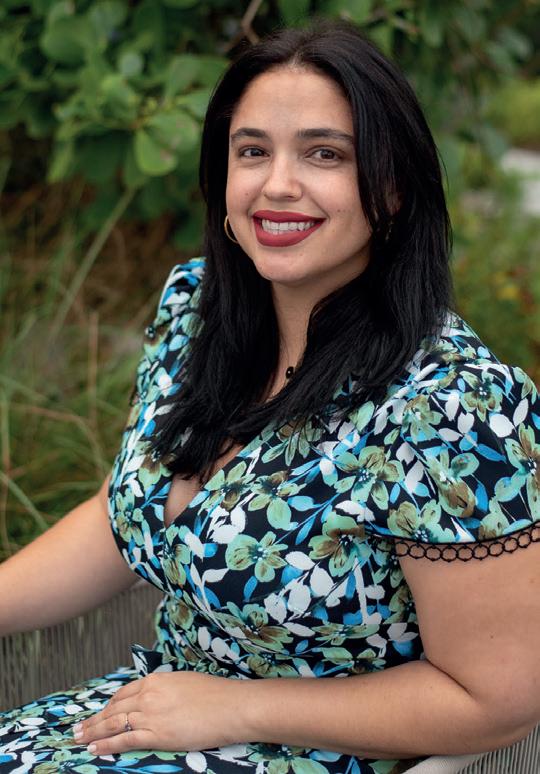
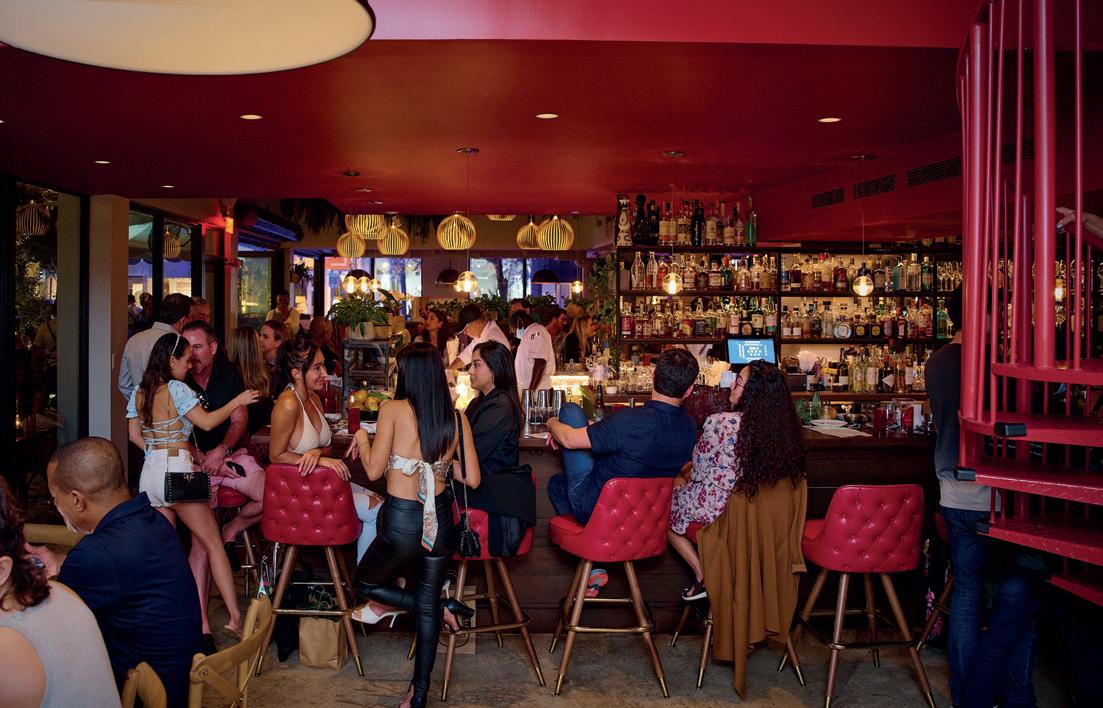

“When it comes to a wine, to my list, to my pricing, I always ask myself, ‘Is this genuine?’ It’s a silly thing, but I ask it of myself a lot”
83
Amanda Fraga
the investment that has turned it into a global shopping mecca – many credit Michael’s Genuine as a catalyst. As Frago tells it: “At the time, there weren’t a lot of independently owned restaurants, and there weren’t a lot of people really pushing the limits when it came to food.”
My first experience at Michael’s Genuine was on vacation in 2016, based on a recommendation from a local. I remember vividly that it felt both “of its place” yet different, nothing at all like the art deco glitz of South Beach and seemingly in a revolt of the Vegas pastiche of the city’s more touristy areas. It was a spare, tucked-away neighborhood joint, with a few tables scattered around an open courtyard. But it happened to serve really, really good food.
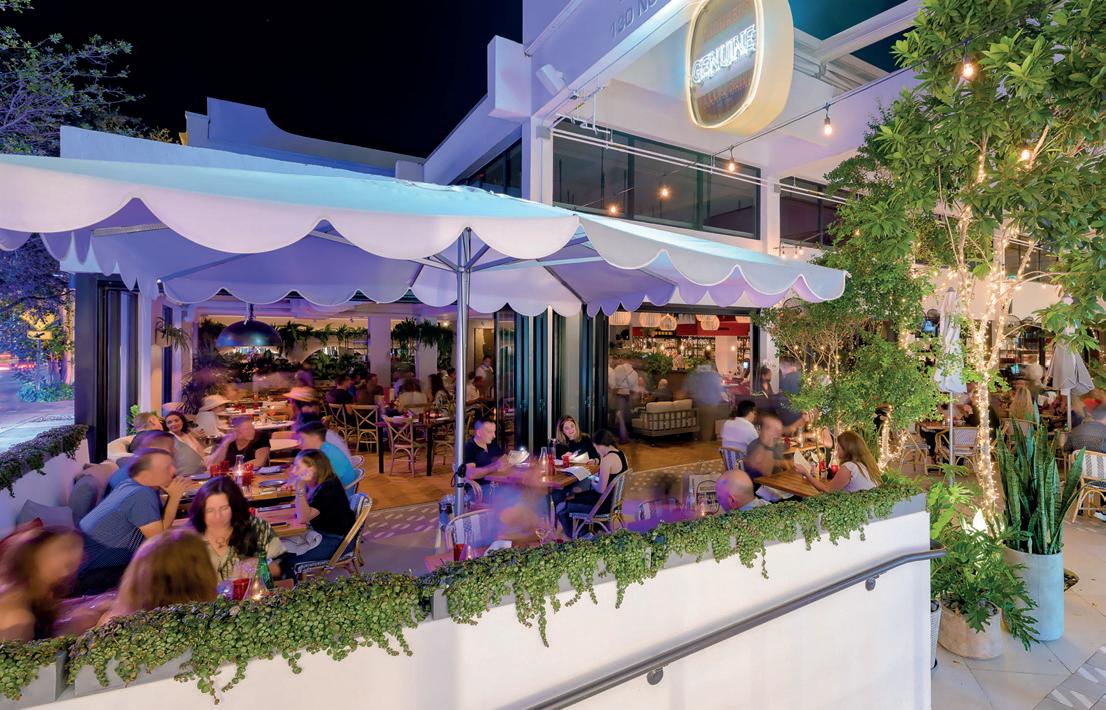
The other thing I remember? The stracciatella with heirloom tomatoes. It just so happens that this is the dish that Frago uses to explain the restaurant’s ethos. “We take a Florida ingredient, tomatoes, and a Florida cheese, and we’re just going to drizzle it with some really good olive oil, a little salt, and some basil, and let the ingredients speak for themselves.” It’s simple food from local purveyors, executed with the kind of elegance and restraint that’s only possible from someone very talented.
This dedication to “fresh, simple and pure” captures what chef Schwartz set out when he opened the restaurant. You could also add “courageous” to that list; after cooking at high-end restaurants all over Miami Beach, Michael’s Genuine was a last-ditch, for-all-the-marbles idea, hatched after falling out with an old
business partner. He and his wife sold their home to scrape up enough cash to open in an area that, at the time, had cheap rent. As he told the Miami Herald in 2017: “I always felt there was a need for a restaurant like that in Miami. I like to think that’s why we made it: We were all in 100 percent. We were cooking what we wanted to cook in an environment we wanted to be in.”
It paid off; in 2010, Michael Schwartz was given the James Beard award for “Best Chef: South” and in 2020, Michael’s Genuine was named a James Beard semifinalist for the fifth time.
FINDING BALANCE
When I arrived at Michael’s Genuine this January, the bar was already filling up with locals for happy hour (the fact that a fine dining restaurant of this level has a happy hour menu gives you a sense of its “for the people” vibe). The bartenders greeted customers by name, oysters were being shucked, and a fisherman walked in behind me carrying a large bag of fresh stone crabs for that night’s ever-changing menu. There was a casual grace to the proceedings, and the wine list captures it.
Frago says she builds her list to complement the food, with a bias for high-acid whites and low-to-medium-ABV reds, but she always “wants someone to feel comfortable.” The result is a list of benchmark classics mixed with of-the-moment producers and new discoveries. She points out that Michael’s
Genuine is often the first or last place people come to Miami on their way to or from the airport, so she has to hit a lot of diverse palates. The result is not a dogmatic or didactic approach, but it still shows a curatorial eye.
The 2020 Erbaluce from Cieck – an aromatic, herby, and saline white – paired beautifully with saffron braised turnips from a local farm. The Pierre Gimmonet Blanc de Blanc was perfect with steak tartare, mushroom conserva, and black truff les. And the 2018 Remelluri “Viñedos de Labastida” Rioja from Spanish maverick Telmo Rodríguez was a killer match for spiced lamb.
I ask Frago what her favorite wines are at the moment, and she gives me two: Louis Michel Chablis and Domaine Serol’s ‘Turbullent.’ One is a classic Chablis from a generational producer, and the other is a biodynamic pet-nat Gamay from the Loire. This, of course, makes sense in the world of Michael’s Genuine; the stalwart and the possible, the sacred and the accessible. To capture this dichotomy so effortlessly, to be at once a neighborhood hangout and one of the great restaurants in the country is a kind of miracle; to do it for 15 years feels impossible.
What is their secret? I get a clue from Frago as we’re talking, “When it comes to a wine, to my list, to my pricing, I always ask myself, ‘Is this genuine?’ It’s a silly thing, but I ask it of myself a lot.” In a city too often defined by its artifice, here is an oasis of authenticity.
84
OTHER
SEE THE STARS
Côte (*) and L’Atelier (**) – recent imports from New York and Paris, respectively – both received Michelin stars this year. Both are spectacular dining experiences in the Design District worthy of a special night out.
DOYA
A new entry to the Wynwood neighborhood, DOYA captures Miami’s off-beach scene and stylish vibe in an airy, dynamic space with excellent Mediterranean meze.
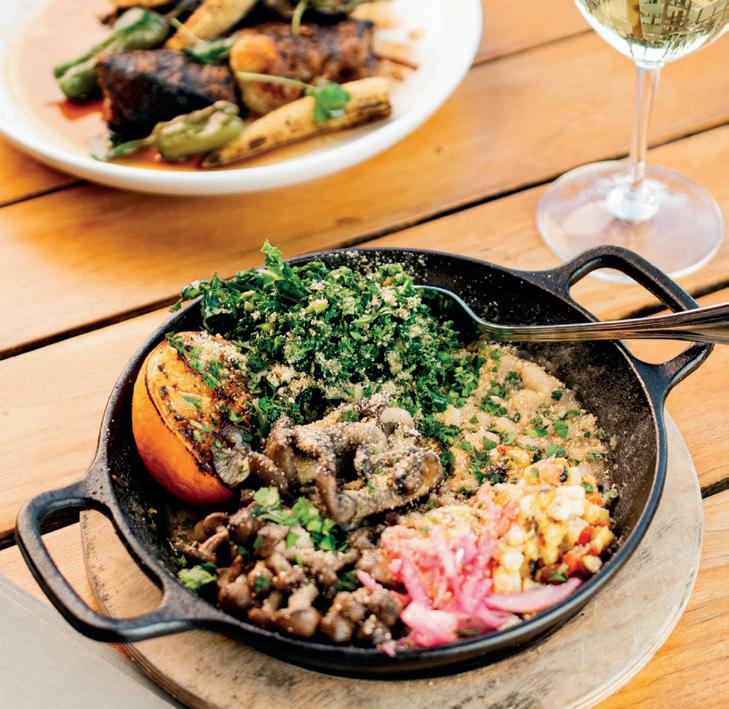
1-800-LUCKY
A sprawling Asian food hall by day, a dance club by night. Further proof that every business in Miami is just a club in disguise.
ZAK THE BAKER
A Wynwood classic and one of the great American bakeries. They are as good with their patisserie as they are with their bread, and the babka is arguably the best in the country.
WYNWOOD WALLS
Created in 2009 in an effort to bring more foot traffic to Wynwood, at the time a low-trafficked enclave of artists. Today, it’s a vast outdoor gallery of murals, and one of Miami’s most famous destinations.
Previous page, Michael’s Genuine, sommelier and beverage director Amanda Fraga, eggplant appetizer. This page, feijoada and chocolate flan at Michael’s Genuine
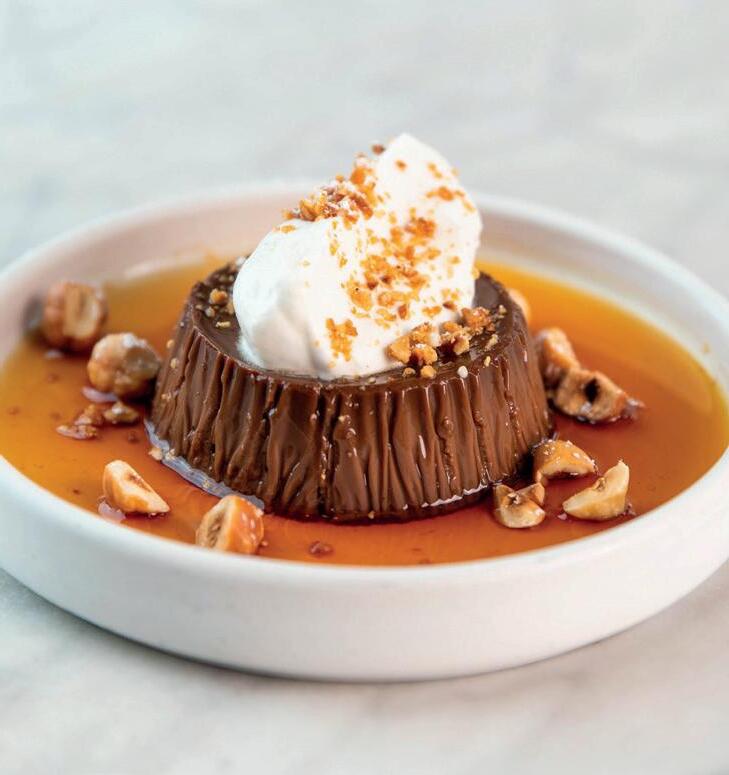
SIGN UP TO VOICES the publication for Maze Row:
Stay informed with industry news, reviews and interviews. Receive regular updates on new vintage releases. Gain member-only invitations to special events and tastings.

PLACES TO EXPLORE IN THE DESIGN DISTRICT/WYNWOOD
85
©The Genuine Hospitality Group
PLANTING SEEDS
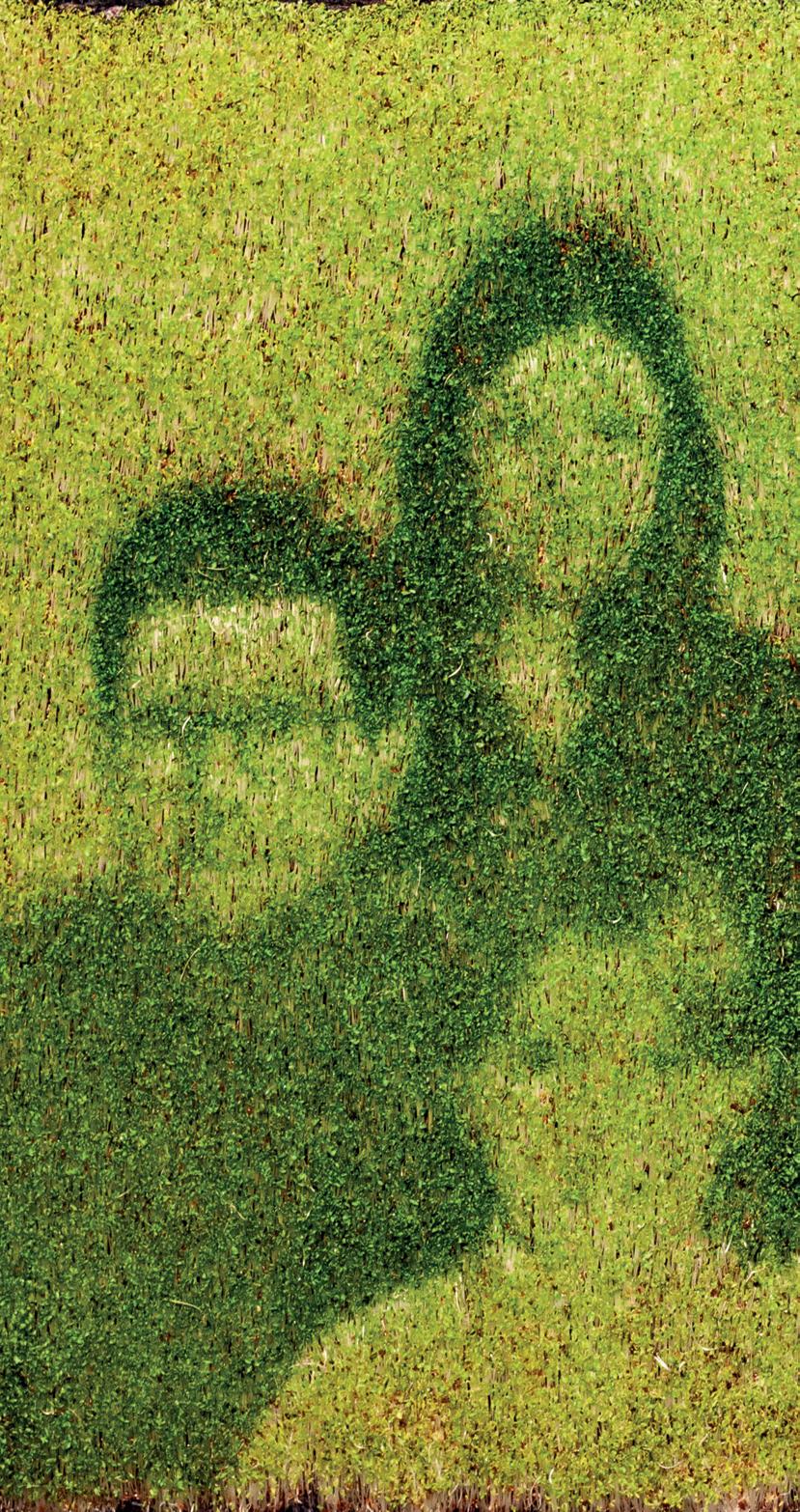
Nargess Banks sits down with the Spanish artist
Acanvas of sprouting greens reveals a fading figurative image of family. The watercress has taken only a few days to grow thanks to the nitrate-rich Spanish water used to cultivate the seeds. As the green grows, the negative projected onto the cress panels fades. Eventually, the living artwork returns to earth.
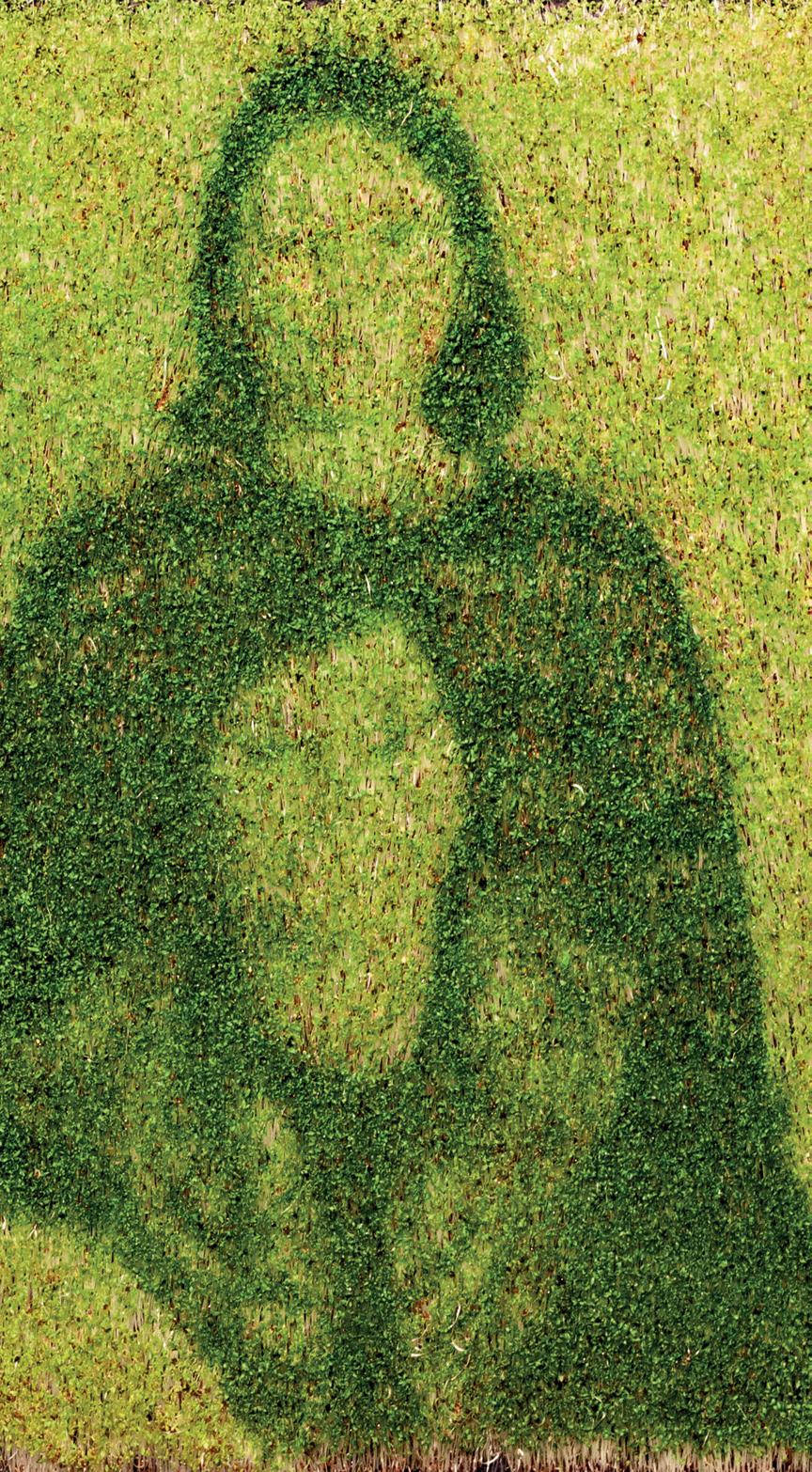
The artwork, Family Album, is part of The Pigment Change – a project by the London-based Spanish artist Almudena Romero. Her autobiographical and at times impermanent organic photographs ask the viewer to question production, consumption and ownership. Hers is a meditation on the ephemerality of life, and our relationship with nature.
The Pigment Change premiered in 2021 at Rencontres d’Arles and returned to the 2022 Paris Photo with the theme “plants as photographic artists” being further explored at a residency at the French National Centre for Scientific Research.
The artist believes in the role of art and the responsibility of the artist to help us observe and understand the world in new ways.
Almudena Romero questions production and consumption with her ephemeral organic photography.
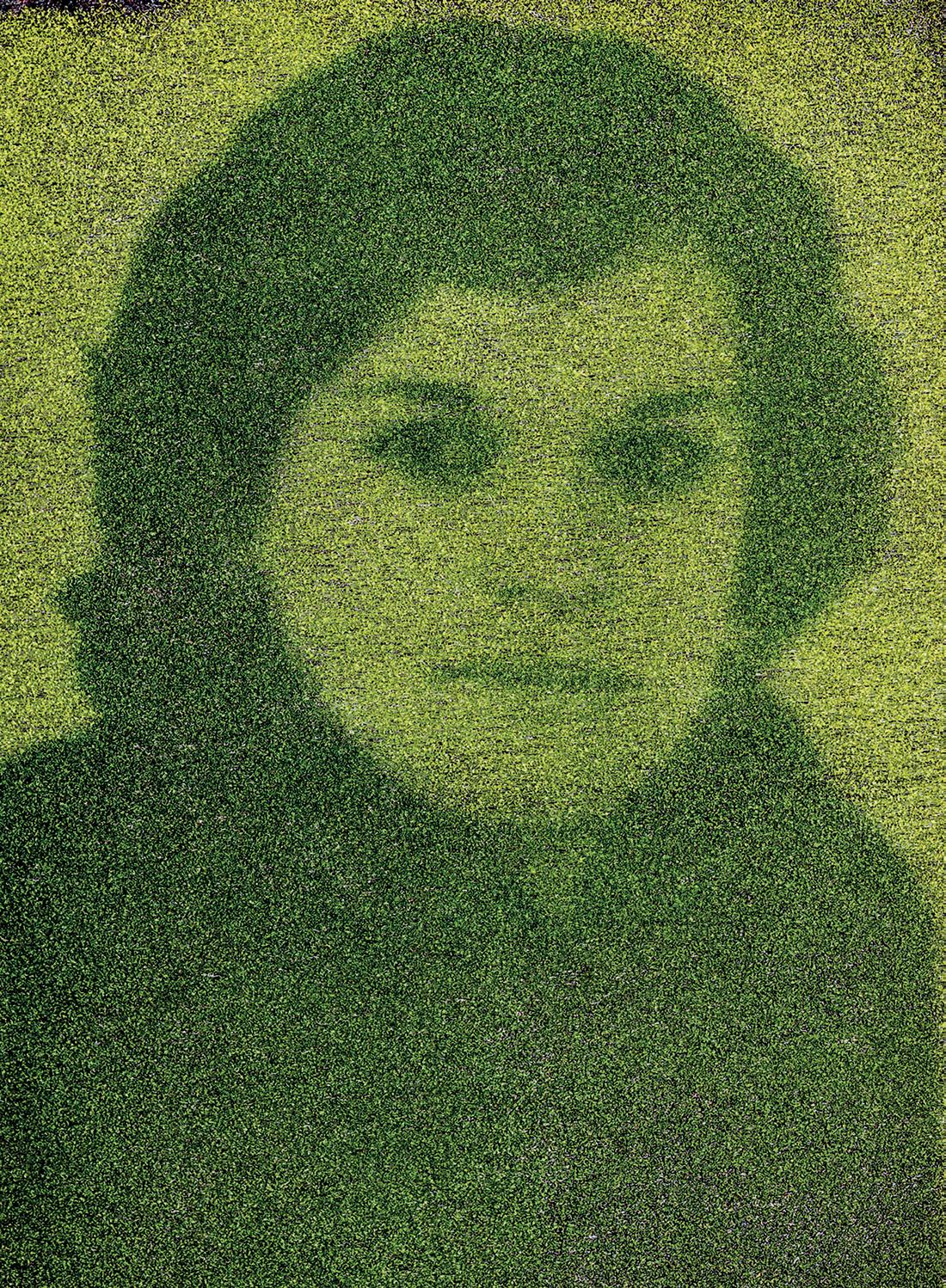
88

Almudena
Change.
III:
89
Romero, The Pigment
Chapter
Family Album
What does photography mean to you?
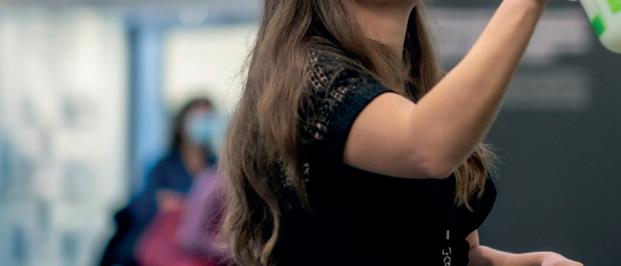
It is a process rather than being about the result. If we start to understand photography as writing with light, then it becomes a very simple rudimentary concept that makes sense. This way it can be liberated, become more performative, more conversational.
You work directly with plants to create photographic images via photosynthesis. Can you explain your process?

I started my research on plant-based photography at my grandmother’s garden in Valencia. I work with her plants and her nitrate-rich water to create my work, then I use my hands to project images onto the leaves. Some of the images are sharp, some not. There is a lot of invisible feminine labor that goes into growing a family and growing a garden. The fact that my hand images are not all obvious I feel is a metaphor for the invisible labor that makes the trees and plants and nature grow.
Are the layers of multiple meanings in your work intentional?
Much of my work is self-reflecting. As an artist, I want to know what’s the impact of one’s own practice, contributing to the dynamics of producing, accumulation – all of which is at the roots of the environmental issue. I want to contribute to a wider conversation as to why and where photography exists, what’s our relationship to nature, to photographic productions such as photosynthesis. A better understanding of plants can help us be more respectful to nature.
Can you speak of the ephemerality of your artwork?
In ephemerality there is hope for the future. We are facing a serious environmental crisis based on too much production, accumulation and disposal. I used to teach at the Stanford University overseas study program in Florence and I would often think of what I wanted to pass on to my students, what knowledge and skills would make sense to them in the future. This plant-based photography is part of my vision as a teacher in that these materials are ephemeral in the short run, but in the long run they are the only thing we will be able to practice. Because ephemerality is the only thing that lasts.
Is it a question of redefining object ownership? Perhaps the memory of an ephemeral piece of art is more valuable than possessing it as an object?
That’s a really interesting concept, this idea that because the piece is ephemeral it disappears. But art disappears from everyone’s eyes unless you own it. As an artist I’m interested in contributing to the wider conversation, helping change our understanding of the photographic medium, of our own lives and our relation to nature, rather than decorating someone’s house.
That’s quite a radical statement.

We have to review property and ownership. This is part of the problem. “Me and mine” are the dynamics of the ego. It extends to “my perspectives.” This is why I’m very keen on collaboration and on passing my knowledge and processes
to my students, as I think it’s rewarding to pass on your knowledge and see it grow elsewhere and without the need to be the master of the original idea. I feel the art world needs to move more towards this direction.
Looking back, do you think “The Pigment Change” represents an important perspective shift in your artwork?
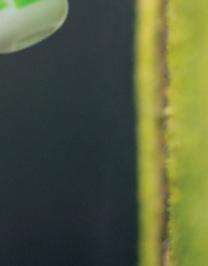

Absolutely, before this project I used plants as photographic material and objects of analysis. I would cut leaves or blend plants to use as photosensitive emulsion. For the first time I began working with living plants, exploring the relationship between photography and performance, and with the plant as the performer. I thought I would develop a new artistic language, but instead I acquired a whole new understanding of the work and of my practice.
How do you see these ideas further evolving at your new residency?
The Pigment Change has led me to see plants not as a subject and object of the work but rather as the makers, the embodiment. It has led me to rethink our human relations to plants. My transformative journey towards non-anthropocentrism began with The Pigment Change. So it seems the change happened in both, the plant and me.
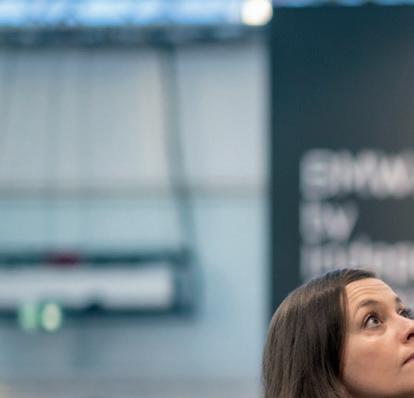 Artist Almudena Romero sprays her canvas of sprouting greens for Family Album at the 2020 Paris Photo
Artist Almudena Romero sprays her canvas of sprouting greens for Family Album at the 2020 Paris Photo
90
All artwork ©Almudena Romero, collective profile ©Nicolas Jenot
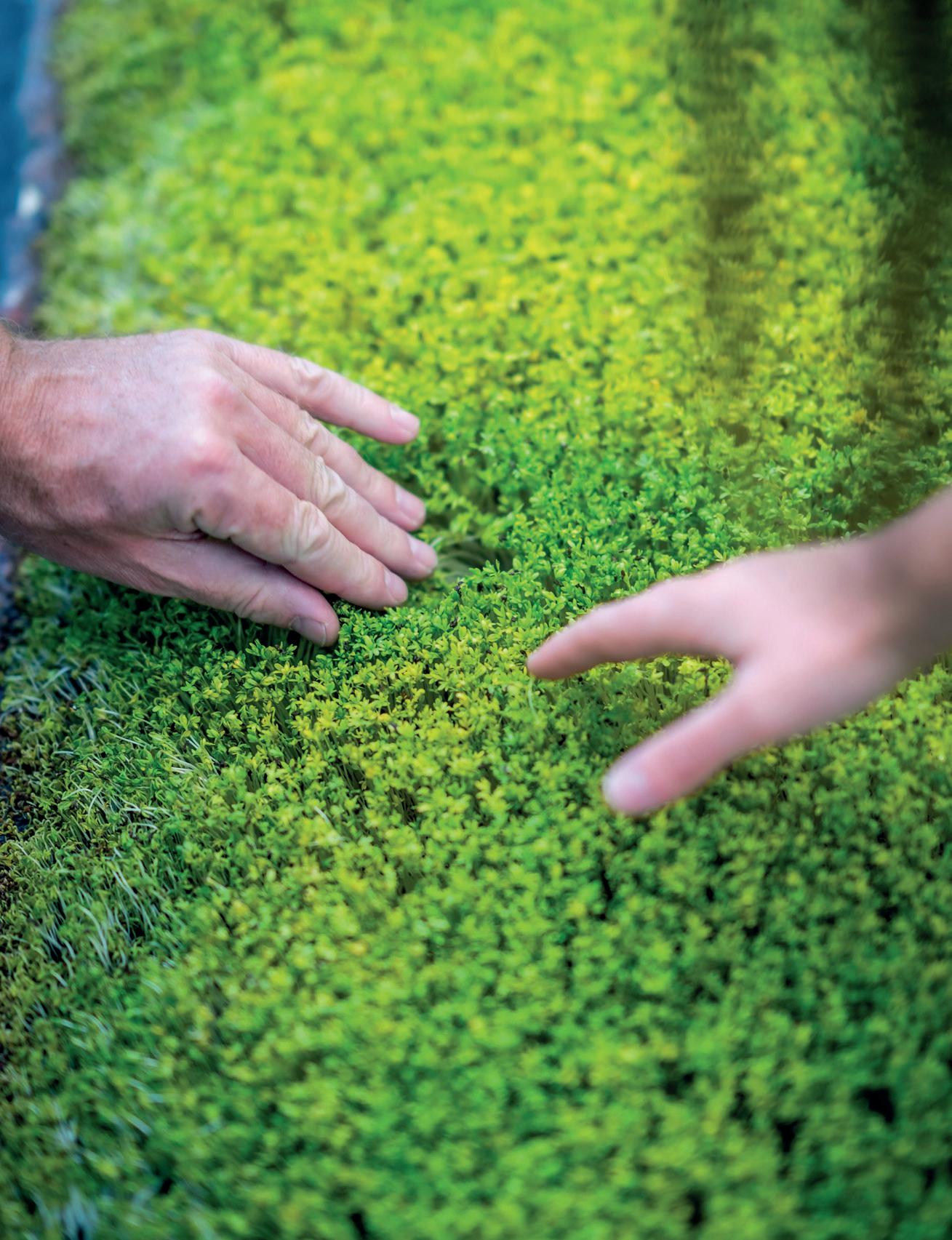
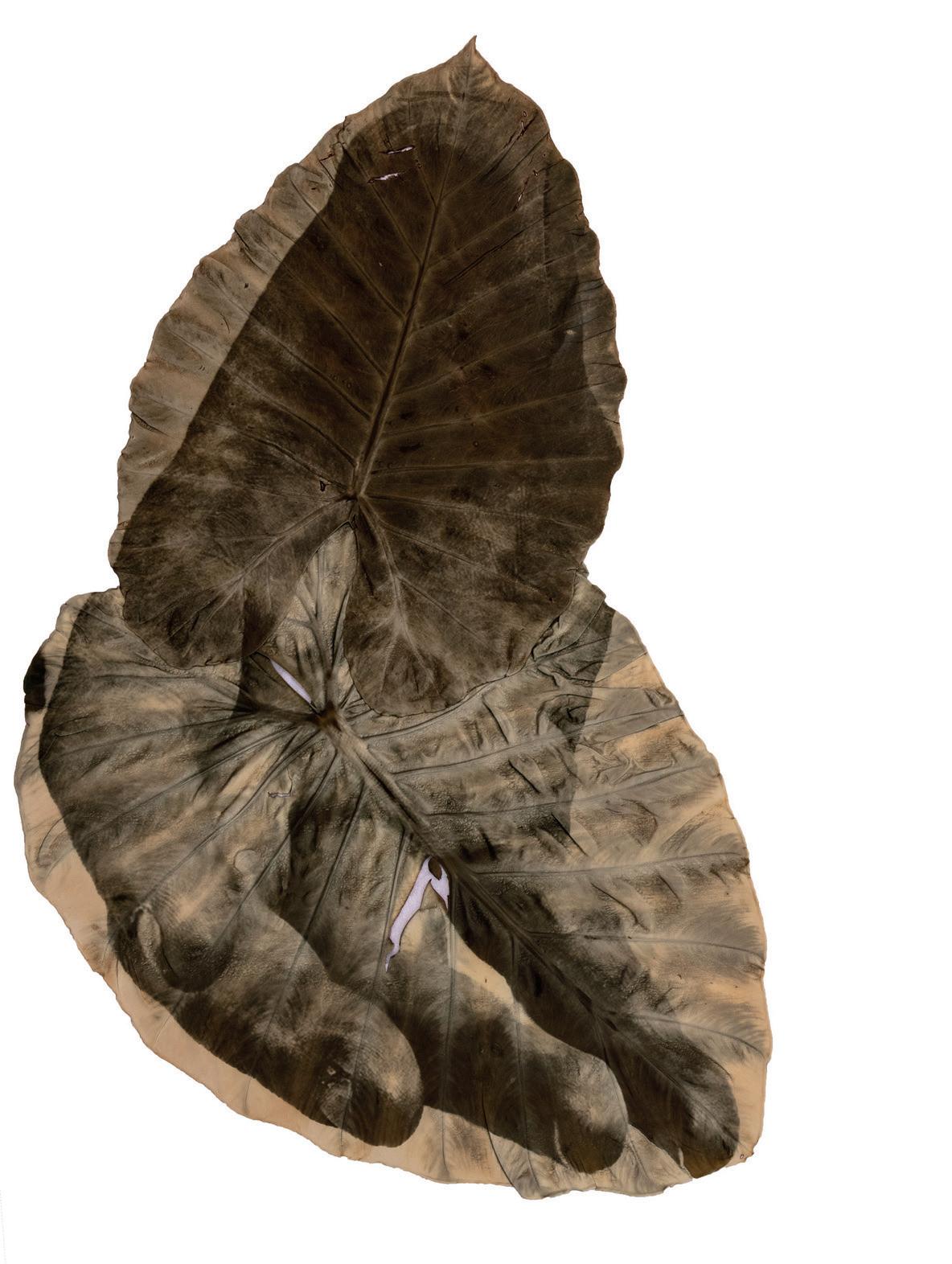
92
Almudena Romero, The Pigment Change. Chapter I: The Act of Producing
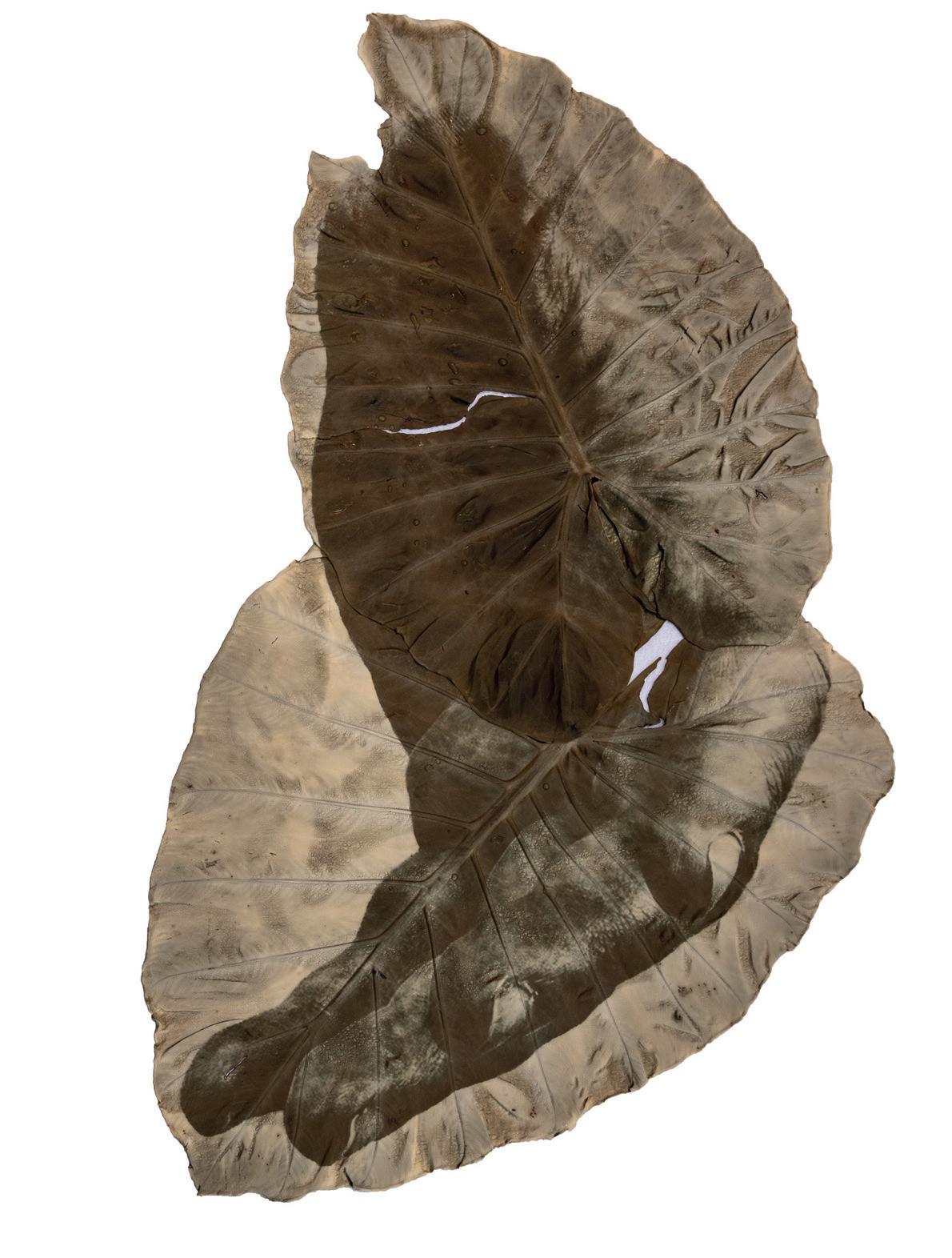
93

94
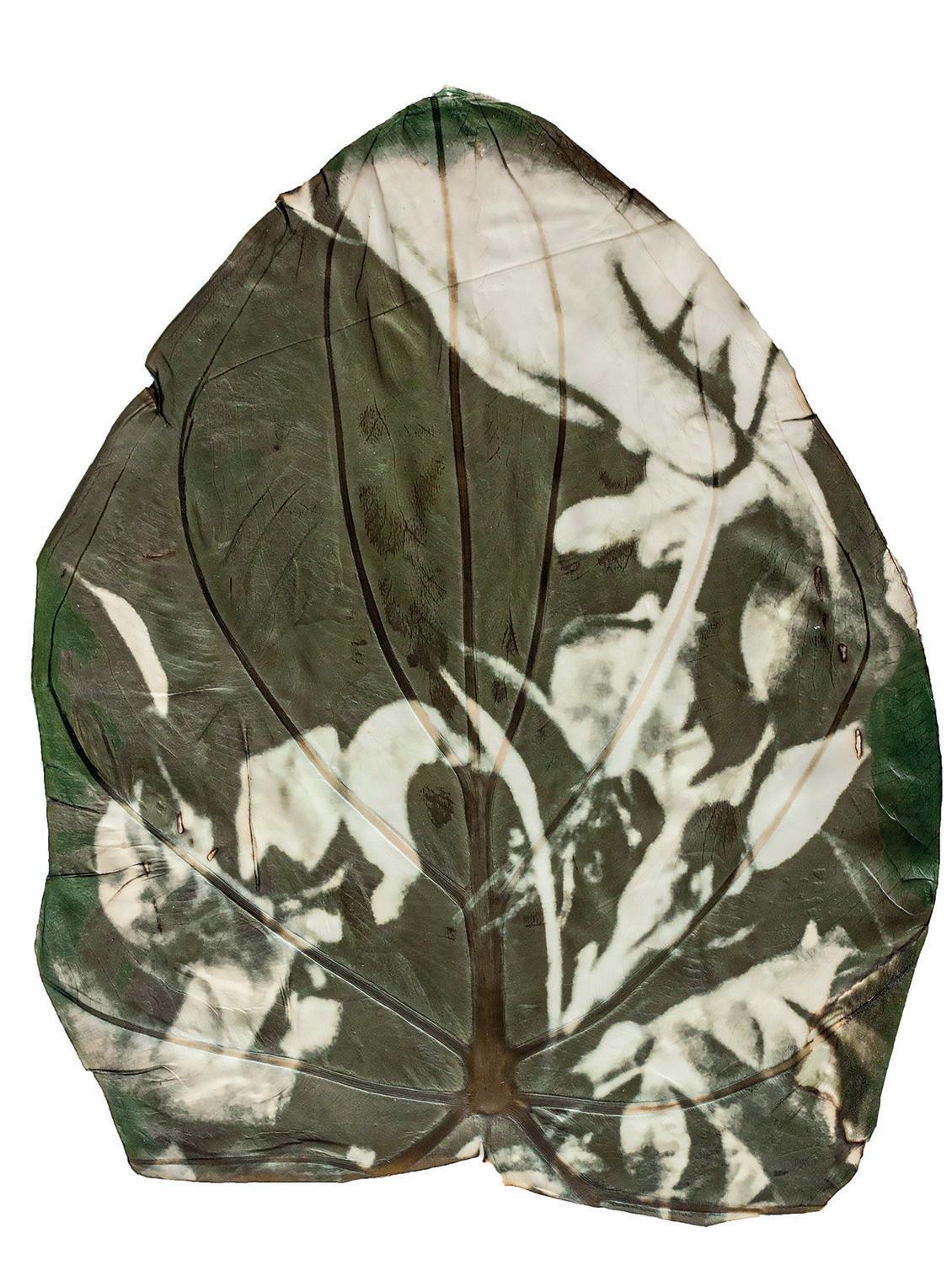
95
FIRST IMPRESSIONS
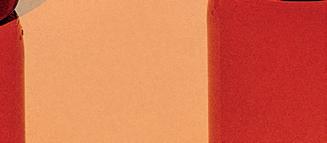

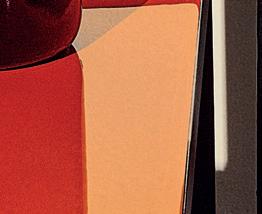
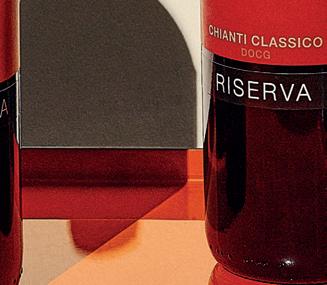

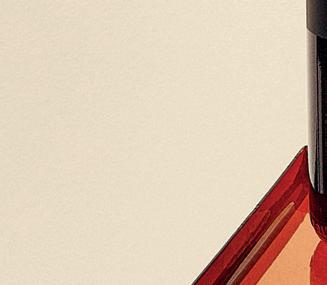


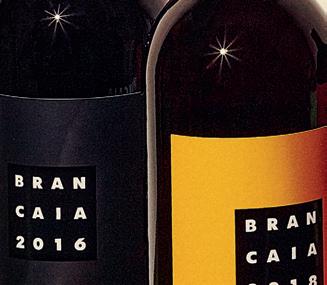
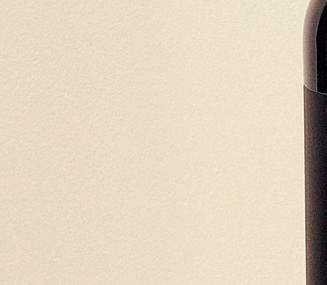

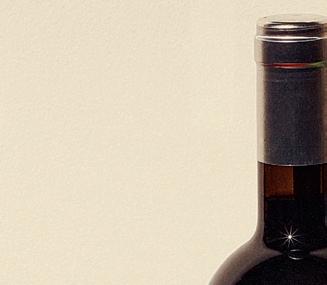
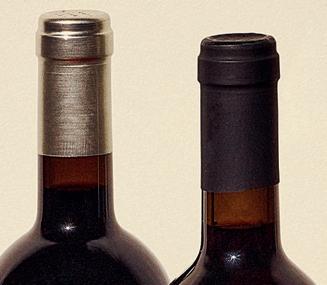





What does your bottle and label say about your winery?


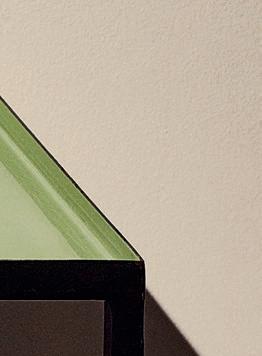
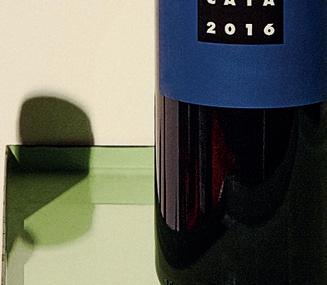

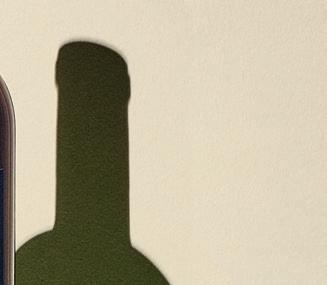
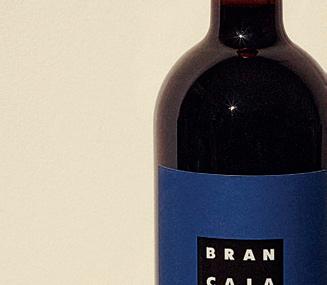

Abbie Moulton investigates how brands are rethinking packaging in terms of both style and substance
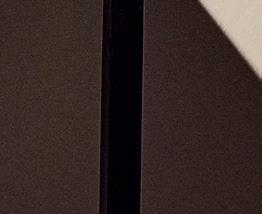
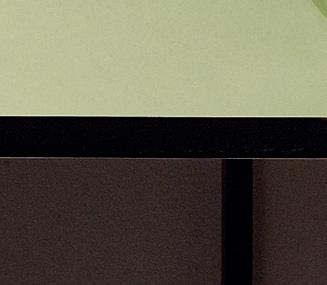
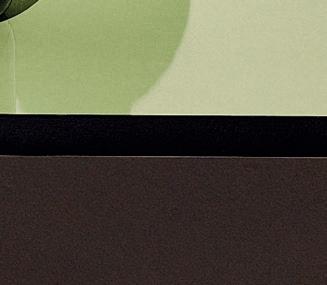
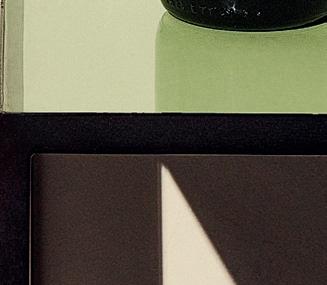

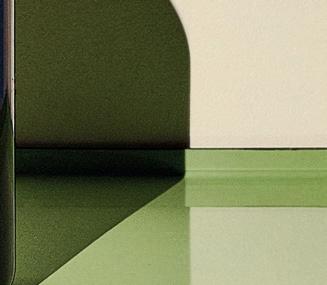
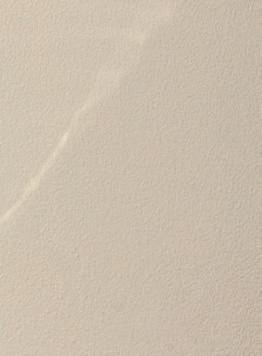



Easy-drinking, youthful wine is being released in artfully illustrated tins at Djuce; while English sparkling wine producer, Ridgeview, reduces bottle weight
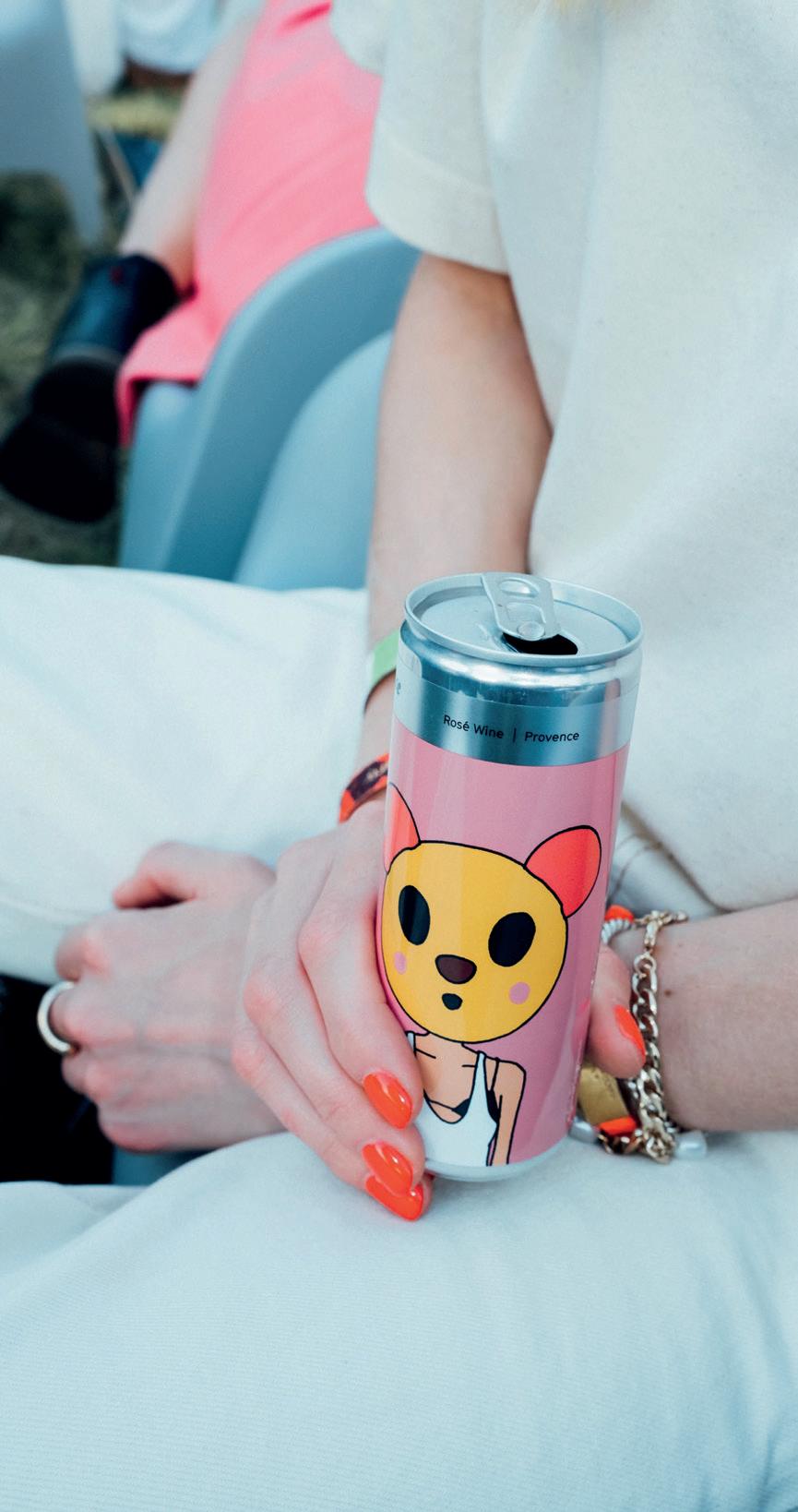
Structure, texture, balance, form. There are parallels between wine and design that traverse the liquid inside the bottle and the visuals on the outside. One can inform the other, with design as a language to communicate.
Wineries come with their own unique history, heritage, soul and story – a story told in so much more than words. For leading family-owned and run Tuscan winery Brancaia, the now-iconic label was born from a challenge. “As a Swiss family in Tuscany, we didn’t have the classical subject of the historic estate to put on the label,” explains winery owner, Barbara Widmer. “There was no tradition. And so we had to rethink design.”
The Brancaia estate in Chianti Classico was started by Barbara’s father Bruno Widmer in 1981, who applied his background in advertising and affinity with design to create the strikingly minimal Brancaia label. The design communicates beauty in its simplicity, as well as connecting with the wine inside the bottle: bold yet elegant, modern yet timeless.
Barbara Widmer, too, has a deep connection to design, with a background in architecture. “It’s inherent, once you are aware of and trained in something like that it stays with you, and informs the decisions you make on a base level.” But, she says, the two are quite different. “With architecture, things have to be precise. Whereas with wine, you are working with nature, working in harmony and balance with what nature gives you.”
98
This connection to nature is also inherent throughout Brancaia, rooted in the ecological practices in the vineyard, channeling through production, and then unfurling through in the color of the labels, like the earthy tones that speak of the soil. Design, like the wine, is adapted through tiny incremental changes. It’s a delicate evolution, one that happens over time, so that from the outside, it goes almost unnoticed.
BLANK CANVAS
The label is a canvas for expression, and good design tells a story that connects to the wine, and to the customer. Today, there is no story customers are more interested in hearing, than that of sustainability. And communication brings a new challenge.
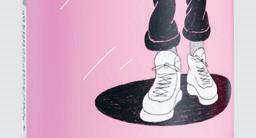

In recent decades, the sustainable aesthetic was rustic: think hemp and hessian. But as the climate crisis shifts priorities, customers are now open to new aesthetics, and even alternative formats. Brands are rethinking packaging in ways that are less impactful on the environment.
In the entry and mid-level space, this change looks radical: easy-drinking, youthful wine is being released in artfully illustrated tins, like Djuce; in bag formats, like cult Burgundian wines Le Grappin; and even in kegs. Progressive South African producer Journey’s End has developed lightweight bottles using innovative paperboard made from recyclable material.
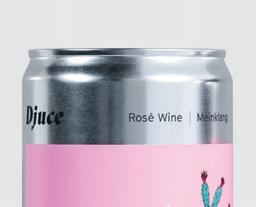
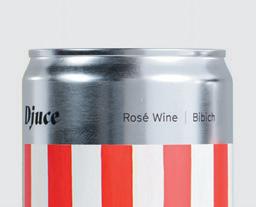
Disruptive, non-conformist, and contemporary – while the quality of liquid inside these
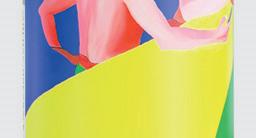
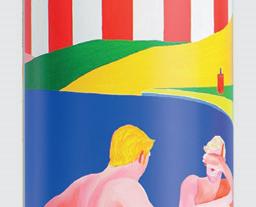
alternative formats is improving, and attractive design helps to shift perception, these methods still undeniably belong to the entry-level space.
How, then, might sustainability look when viewed through the lens of luxury? Widmer says, “If people are paying for a luxury product, they want to know it’s made with care. ‘Sustainability’ needs to be 360 degrees – not just about being organic or biodynamic, it’s about everything. Of course design is part of this.”
Sustainability is woven into the fabric of Brancaia, even if it’s not always visible. From a switch to natural paper, recycled materials, interrogating the glue beneath the labels and the cork closures, the differences are subtle to the naked eye. But they are products of thought, time, and consideration.
What customers can see are logos of certification, like those depicting vegan wines, and sustainable practices. The process of certification, Widmer explains, “makes you look closely at things you’d never think of. We know our wines are vegan, but there’s a difference between knowing, and proving. It involves looking at the entire supply chain.”
LESS IS MORE
Conscious winemakers are also looking at alternatives to traditional heavy glass, once a signifier of fine wine, and reducing as much as possible to minimize carbon footprint. Brancaia, committed not only to being carbon neutral, but carbon negative, has reduced bottle weight to 350 grams where possible, and has capped
their bottles at a maximum of 520 grams.
Another luxury brand drastically reducing bottle weight is the B Corp-certified producer of English sparkling wine, Ridgeview. Sparkling wine, as a pressurized product, requires a level of sturdiness for safety, but even a moderate reduction makes a big difference, as Ridgeview CEO Tamara Roberts explains: “Per 100,000 bottles if we reduced the weight of the bottle from 800 grams to 640 grams, just 20 percent, we reduce the emissions from the production of these bottles by 22.5 tonnes C02e.”
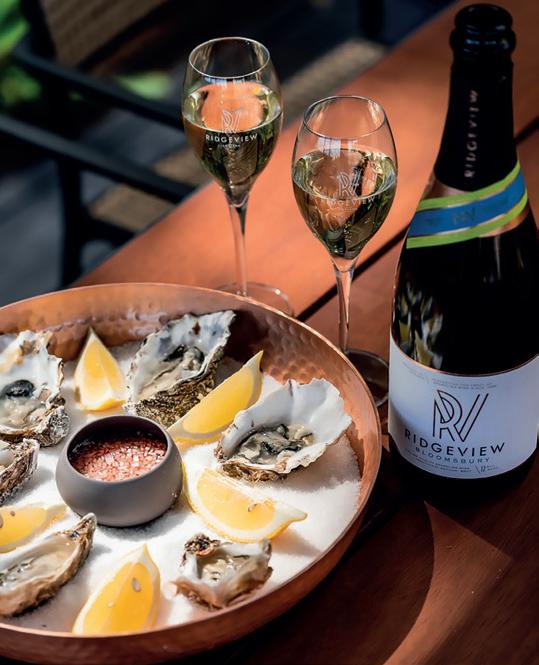
“The definition of ‘luxury’ is changing,” Roberts adds. “We’re redefining what it means. To the younger generation of wine drinkers, all the cues that were once seen as luxury –ornate packaging, added extras – are no longer viewed positively. People think, ‘that doesn’t exude luxury, it exudes excess,’ and that’s not a good thing.”
As brands continue to reduce and scale back, removing foils, some forgoing labels altogether, printing directly onto the bottles, it’s becoming more about the small details, and communicating more with less. If “old luxury” was all about excess, today luxury is found in the absence. It’s what you can’t see that counts.
99
Brancaia ©Maze Row, Ridgeview ©Ridgeview Wine Estate, Djuce ©David Dworsky, Victor Köhler
LIQUID ASSETS
Chosen with care like art, fine wine can be a great investment. But what are the best ways to get started? Suzanne Denevan-Brown kick-starts our new series
ollectors of all kinds place a value on their passions – whether it’s coins, art, cars, or the latest sneaker trend. However, not all collectibles can be considered as a realistic option for diversifying your investment portfolio. In this respect, fine wine is a unique asset. When finance managers talk about “asset class” they are referring to the different kinds of investments and are usually aiming to diversify the types within an individual’s portfolio. Diversifying holdings prevents steep losses in the face of macro events (and also dampens steep gains). All investments involve some risk, so the trick is to balance that risk into an optimal return. By holding different asset types, your portfolio can ideally weather all boom-and-bust cycles and blend into an acceptable return. By adding fine wine to your holdings, you’re adding a different asset type that may aid in diversifying your portfolio.
For a collectible, fi ne wine has two very important distinctions from others. First, the fine wine market is a varied and deep one. There are many wine regions, producers and vintages on offer at any given point in time. Secondly, and perhaps most uniquely, the aspects that make a fine wine desirable to the end-consumer actually improve over time. This is different from other collectible assets, in which the benefit of time is exclusively increasing antiquity or availability. An antique car is valuable because it is antique, not because it performs better as a car. In contrast, a fine wine actually performs better after aging. This unique aspect of improving over time creates a dynamic and accessible exit market for your investment – including restaurants and consumers eager to drink a wine aged to its peak expression.
For hundreds of years, private collections have been sold for investment returns through auctions. However, more recent developments have proliferated the vehicles for fine wine investment. Today, anyone with the cash to invest can easily do so.
CLEAR THINKING
The first and most important enabling factor is transparency. Since its creation in 2000, the London International Vintners Exchange
(LIV-EX) has published the trading values of fine wines. Now that we have 20-plus years of data, we can verify the value of fine wine objectively, and assess its merit in diversifying an individual investment portfolio.
We can also document the “sure thing,” investment wines. These are the equivalent of “blue chip” stocks – wines that are certain to provide a return on investment. Unsurprisingly, these wines are comprised of the wines that formed the bedrock of the secondary market: First Growth Bordeaux and selected satellite châteaux (Pétrus, Ausone, Cheval Blanc, and Angélus), and Domaine de la Romanée-Conti (DRC) of Burgundy.
The consistency of value in these estates means lower returns as a percentage, as the reliability of return is already priced into the acquisition cost of these wines as assets. As such, using this transparent knowledge, the fine wine market has eagerly sought to identify the next source of value growth. This search adds to the depth and variety of fine wine as a collectible asset class. It has led to growing interest in producers in Burgundy outside of DRC, in Champagne, and in Italian wines particularly. The next generation of growth sources will undoubtedly expand in both regions and producers that are followed to deliver returns that equal or beat the stock market.
TRACK AND TRACE
The second factor that has accelerated the practice of investing in fine wine is the advancement in logistics practices. Today, we have the ability to track millions of bottles individually at the stroke of a keyboard. Technologies like barcodes, QR codes, radio frequency identification (RFID) combined with cloud computing, the blockchain, and affordable warehouse storage have all combined to enable larger access to fine wine as an investment vehicle.
As with art or coins, it’s critical that the individual investor trusts the provenance and the storage conditions of their investments. Using these logistics technologies fosters trust between the investor and the broker and cellar keeper. An individual investor (or portfolio manager) can see both the provenance of an individual bottle and the safety of its current storage
site. This facilitates electronic exchange and again, keeps the asset class deep and varied.
SHARED VALUES
The last enabling factor of the past 20 years is the embrace of fractional ownership across low intensity capital investments. NetJets introduced the idea of fractional ownership in 1986. Through NetJets, individuals were able to access the benefits of private jet travel without assuming the full capital and logistics burden of operating with a single private jet. Instead, by buying a fraction of a jet, the owner now had a fleet of jets, conveniently located wherever their service would be needed. Uber adopted the concept for private car service, and AirBnB extended it to vacation homes.
These services depend on an acceptance of the concept of “fractional” ownership. This development was crucial to the new vehicles of fine wine investing. Instead of individually purchasing a $100,000 case of their favorite Super Tuscan, they can buy a fractional share in that physical good. For the fine wine investor, this unlocks the opportunity to access wines by adding to their buying power. This is a powerful incentive for the passionate collector, who may opt one day to reap the enjoyment of consuming some of their collection rather than re-sell it.
If you choose to combine your passion for fine wine with diversifying your investment portfolio, it’s important to do your homework. You’ll need to understand the risks and tax implications of any investment decision. And when investing in “real property,” such as bottles of wine, it’s also critical to understand how it is stored and insured against damage. For those who decide the risk is right for them, you can enjoy your passion of collecting in community with other like-minded investors. And after all, isn’t that social connection the best reward for your connoisseurship?
Suzanne Denevan-Brown is one of Maze Row’s directors and a fine wine specialist.
Watch out for our report on “ways to invest in fine wine” in the next issue of VOICES.
INVESTMENT GRADE SELECTION: 2020 ARGIANO SOLENGO
This is my pick for upside – not simply for holding value. Argiano as an estate is on a tremendous upswing, due to the investments of financier André Esteves and the keen stewardship of CEO and winemaker, Bernardino Sani. Solengo (or “Lone Boar”) is the product of the founding father of the Super Tuscan movement, Giacomo Tachis. Today, nearby Siena-born winemaker Sani follows the original Tachis “recipe,” to stunning effect. Compared to similar blends and sourcing, Solengo pricing is under-valued by half. As an investment, Solengo offers pedigree, proven appellation, and low acquisition cost (SRP $80) relative to its comps. Buy and hold this wine for delicious drinking or market-beating returns.
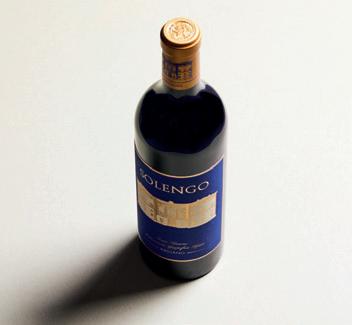
C
101
GROUND CONTROL

Soil mapping is transforming winemakers’ knowledge of their land. Jordan Mackay digs into the process with the help of expert Pedro Parra, whose work with Argiano has led to the highly praised 2018 Brunello di Montalcino Vigna del Suolo
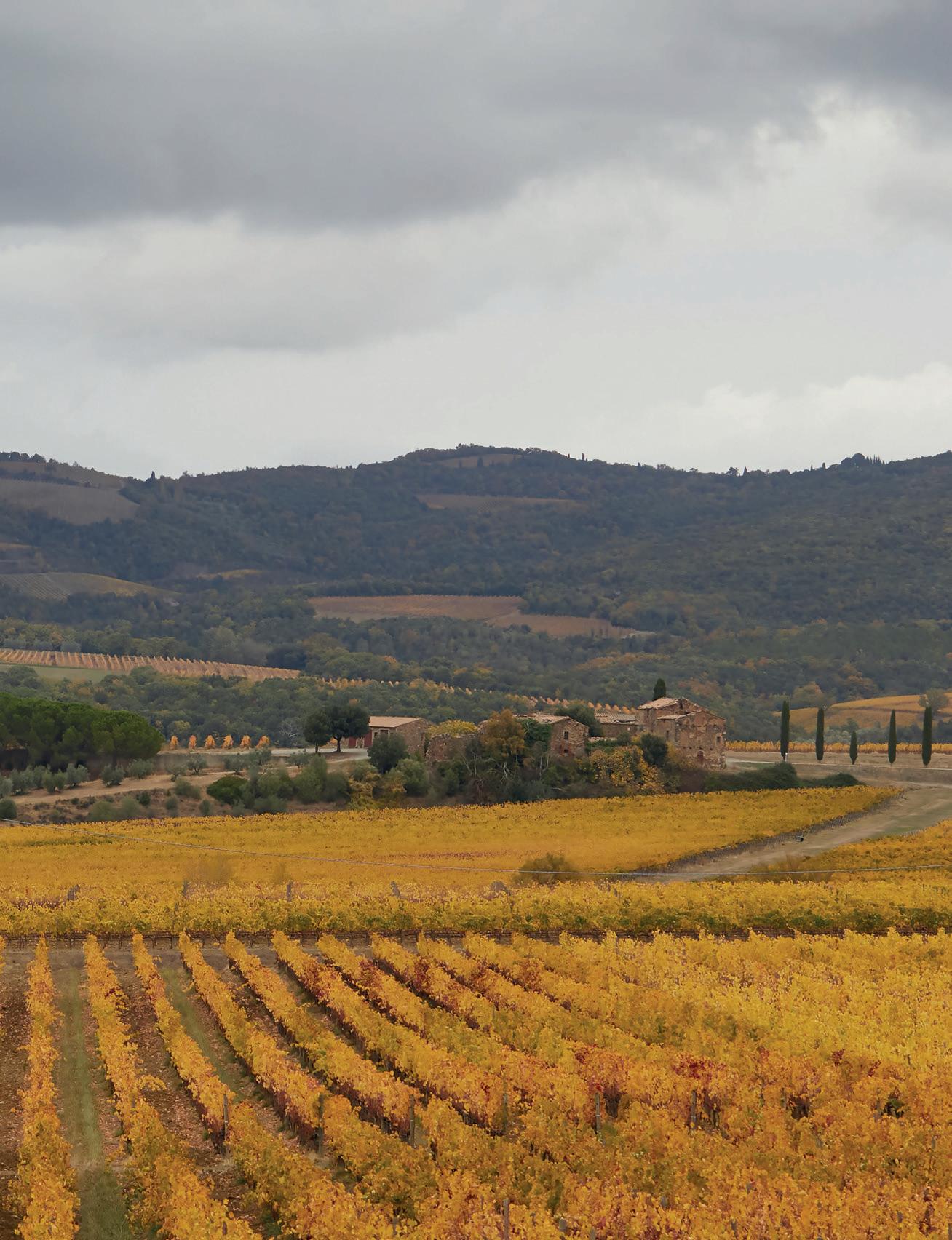

104
Soil mapping expert Pedro Parra has helped transform Argiano’s wines
You can’t make fine wine without understanding your terroir. Conscientious and observant farming can tell you a lot about a site but true knowledge of a plot takes years, if not generations of continuous engagement. These days, however, most vintners sadly lack the luxury of time – the financial realities of making wine, properties changing hands, and winemakers changing jobs make it more imperative than ever to get things right at the outset. Fortunately, certain technological tools have sped things up, none more so than a process called soil mapping. And few people are doing it more effectively than Pedro Parra.
A native of Chile and possessor of a PhD in terroir from the Institut National Agronomique de Paris-Grignon and a Master’s degree in Precision Agriculture from Montpellier, Parra travels around the world helping winemakers make better wine by giving them an understanding their vineyards. “Basically, my job,” he says in a video call from his home, “is to give the winemaker information that helps them interpret the music better.”
Parra is known as a guy who digs a lot of pits – holes in the ground up to three meters deep that reveal the underlying geology of a vineyard and the depths of its varying substrata. However, a pit can only tell Parra what the geology is in that very spot, which is why many need to be dug to cover an entire property – an endeavor costly in both time and money. The process is made more efficient by the use of technology in electroconductivity borrowed from the mining industry, in which readings of electrical resistance and conductivity can be cross-referenced with data from the pits to detail where the underlying rock is continuous or where it might give way to another soil type. “If you don’t use this process, you need to make ten times more pits,” says Parra.
Parra’s third major tool is his palate. Tasting is what allows him – and his clients – to connect the data from the rock to the reality of the wine. When he tastes wines, he doesn’t seek out flavors like cherry or tobacco, but rather energy
and texture – the sense of vitality and charge present in wines from different geologies. That wines can have a geological signature is a bit controversial (some wine-writing geologists deny it) but Parra senses it a good amount of the time – for instance, the brightness and charge of a pure limestone wine versus the heavy density of a wine from clay.
One place Parra’s work has had an undeniable effect is in Tuscany, at the Montalcino estate Argiano. In 2012, Bernardino Sani was hired by the new owner, Brazilian entrepreneur André Santos Esteves, to take over the historic property, and he rapidly changed the direction of the estate, including everything from wine style, winery protocols and vineyard strategies. The idea was, in many ways, to break away from the modern, international-style wines that had trended in Montalcino for some time and return to the more classic, elegant style of an earlier era. This involved going back to traditional large oak casks for Sangiovese and viticulture that promoted vines and fruit, in Sani’s words, “more in harmony with the environment, more balanced, not stressed, not overripe, not super-concentrated.
Improving the quality of the viticulture required a better understanding of the soil, so Sani brought in Parra and his pits. “This was the first time something like this had been done in Montalcino,” Sani says. “He basically determined the soil composition and analyzed it with the clones we were planting, mapping variations in soil over the ages of the vines and the exposition of the slopes. Ultimately, he pointed out what were in his opinion six micro-zones of terroir based on soil types.”
To say the work was impactful is an understatement. Thanks to Parra’s analysis, Argiano began to produce a cru – a single vineyard wine, Vigna del Suolo – that in just the following vintage, 2016, won “Red Wine of the Year” from Gambero Rosso, Italy’s premier wine-ranking publication. That success came merely from reorganizing vines into lots based on soil type, so viticulture and winemaking could be precisely dialed in. Five of the other micro-zones,
Sani told me, are now being treated as single vineyards with regard to winemaking, even though they are not being released individually. Rather, they are still blended into Argiano’s Brunello di Montalcino, though “in the future, who knows? Maybe we will come out with a couple other amazing crus of Argiano.”
For lovers of Brunello and Sangiovese in general – count me as one – more crus could be exciting news. But the returns reaped from the soil mapping don’t just end there. Gaining a better understanding of soil structure allows Sani and his viticultural team to also farm better – matching clones of Sangiovese and farming practices to each specific vineyard area, creating an overall healthier, more robust vineyard.
This holistic approach preemptively avoids problems that in past challenging vintages would have been addressed with inputs and techniques antithetical to Argiano’s current model of organic viticulture. It creates a winwin situation for all groups – vineyard plants, farmers, winemakers, and, yes, drinkers – as stronger vineyards produce better wines and more consistently.
And, finally, in what Sani termed a “stupid example” of Parra’s efficacy, “we discovered that two of our very best soils – one very close to Vigna del Suolo – were not even planted.” The land was uncultivated. “So in 2015, we decided to plant there,” explains Sani. “Now we have vineyards of only six- to seven-yearsold that are the best quality of Sangiovese on the estate.” The older vines are still great, he notes, “but people can’t believe these wines can be from the youngest vineyards. And then you taste them…”
Soil mapping unlocked not only untapped potential on the estate, it paved the way for the elegant, focused, ethereal wines Argiano’s been producing under Sani. “Understanding what you have underneath the vines and working in a different, respectful way is so important for quality,” says Sani. “For us, it’s a big revolution in the way we work.”
“My job is to give the winemaker information that helps them interpret the music better”
105
Pedro Parra
A SELECTION OF ARGIANO RELEASES


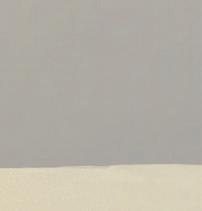
ARGIANO BRUNELLO DI MONTALCINO
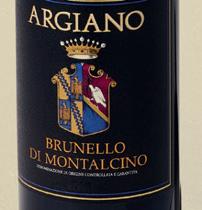
2016
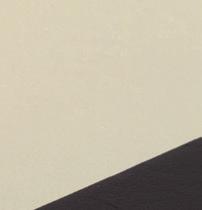

The 2016 represents the culmination of Bernardino and his team’s efforts, which started in 2010 and includes a transition to organic viticulture (official in 2018) as well as vineyard work that supports more balanced, elegant fruit. The wine shows it well, layering an enticing nose of red cherry, leather and coffee onto a wine that disguises its power with fine, polished tannins and a deceptively light color.
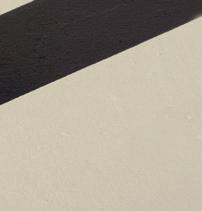

ARGIANO BRUNELLO DI MONTALCINO VIGNA DEL SUOLO 2015
The estate’s top wine comes from a single, 4.4-hectare plot of the property’s oldest vines (55 years plus). Vigna del Suolo’s debut vintage brilliantly harnesses the power of that hot and dry year by deftly funneling it into the dense structure of a wine otherwise characterized by floral high tones, complexity and lift.
ARGIANO ROSSO DI MONTALCINO 2015


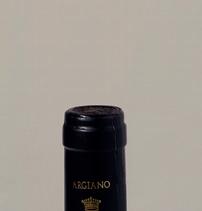

Rossos aren’t supposed to really age, but the good ones do very well. This one has matured beautifully, taking on some notes of coffee and spice over a core of dark, chunky fruit that makes it the great table wine it was always intended to be.
ARGIANO BRUNELLO DI MONTALCINO RISERVA 1979
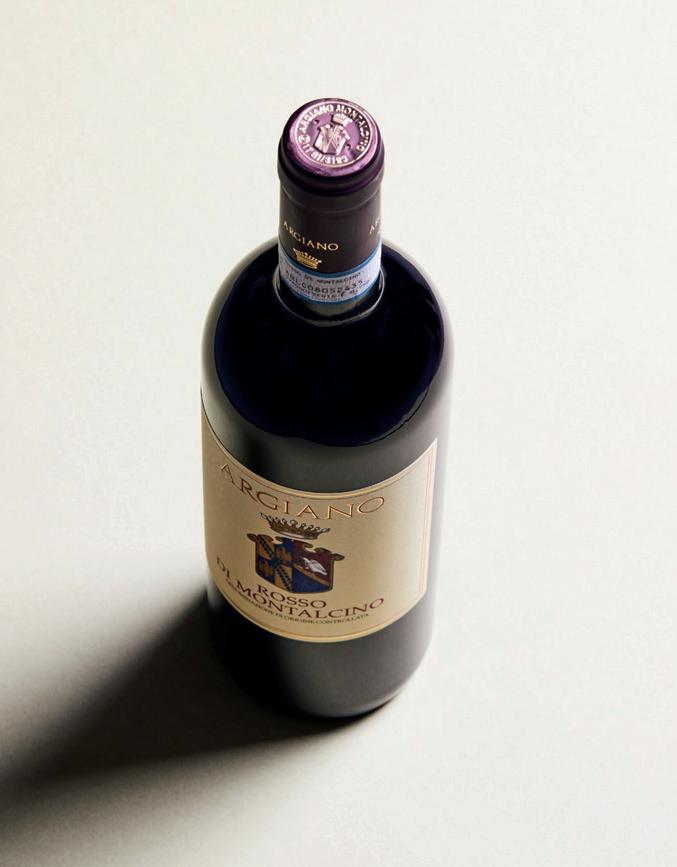
A fun wine to taste, as it comes from the golden age of traditionally made Argiano that Bernardino Sani wants to return to. Ethereal and structured at the same time, with highly complex aromatics that run from tart cherry to tobacco and spice box, the wine is a wonderful example of how Brunello need not be heavily extracted and oaked to age gracefully for four decades.
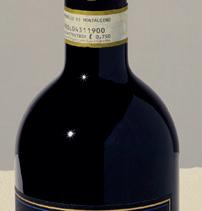 Notes by John Irwin, wine ambassador with Vinitaly International, and Jordan Mackay
Notes by John Irwin, wine ambassador with Vinitaly International, and Jordan Mackay
106
Portrait ©Matt Wilson Product @Rob Lawson

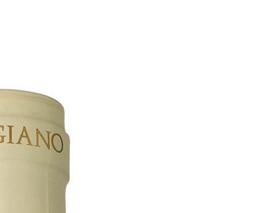



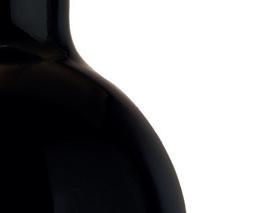

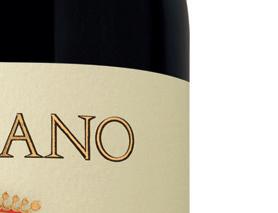

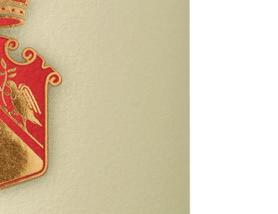

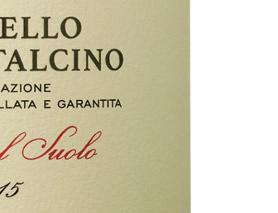

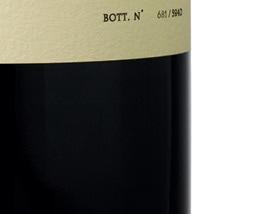

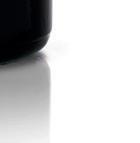



107
One of Montalcino’s most storied estates, Argiano is seeing a new renaissance with winemaker Bernardino Sani’s refined and classical approach.
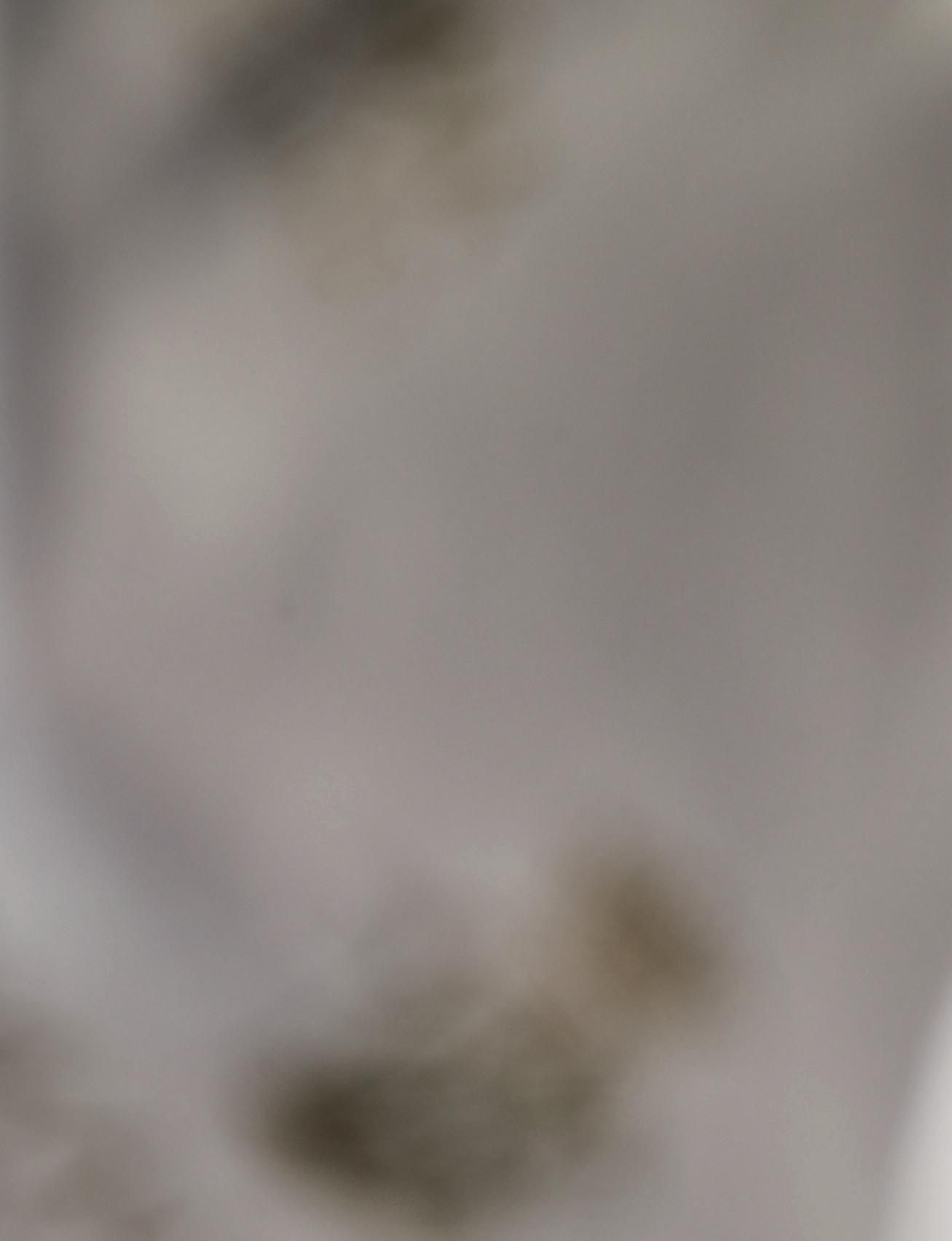

We quiz Pietro Ratti on his new 2019 Barolo vintage, produced with Nebbiolo grapes grown on the most elevated plot of his renowned Piedmontese vineyard
RAISING THE BAROLO
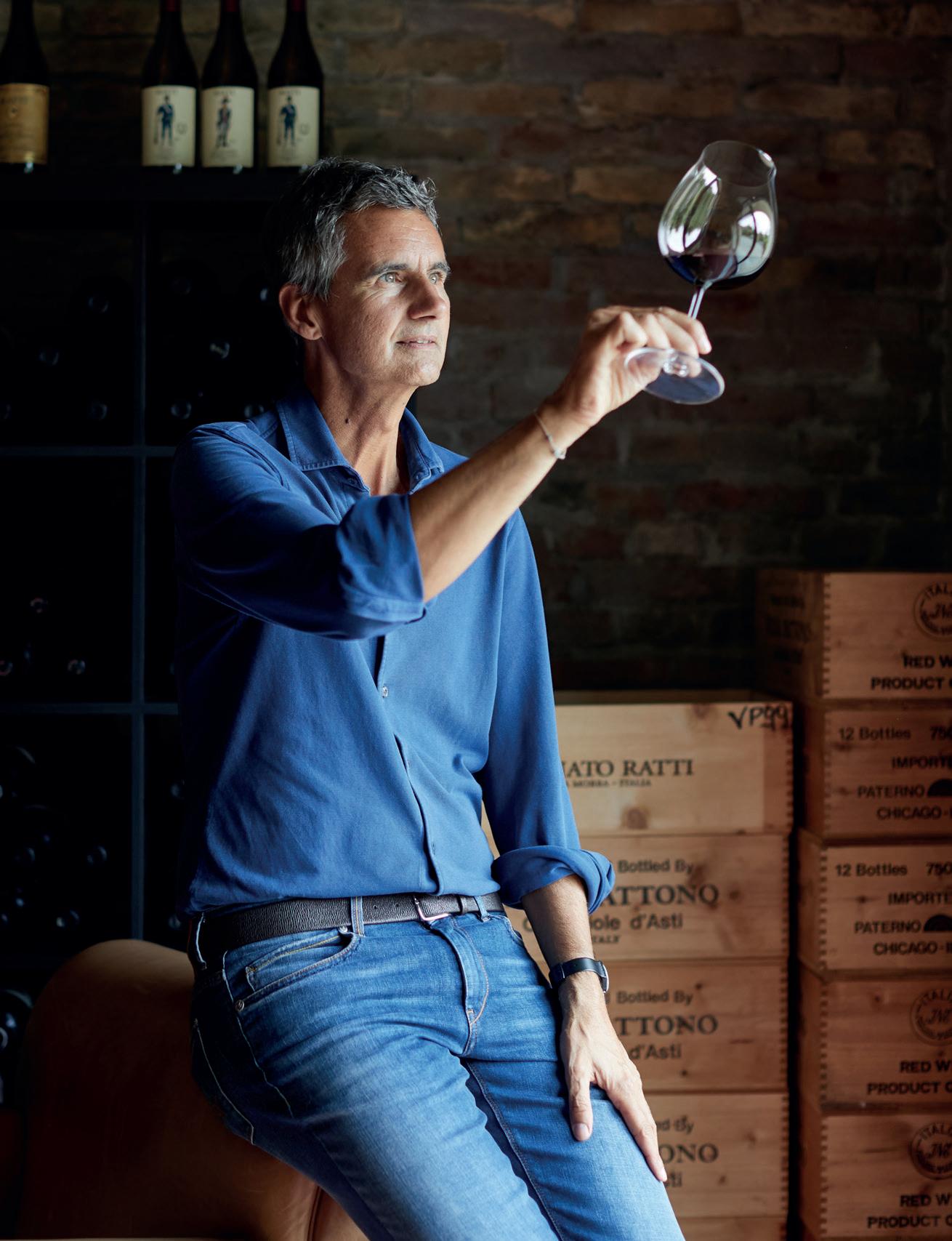
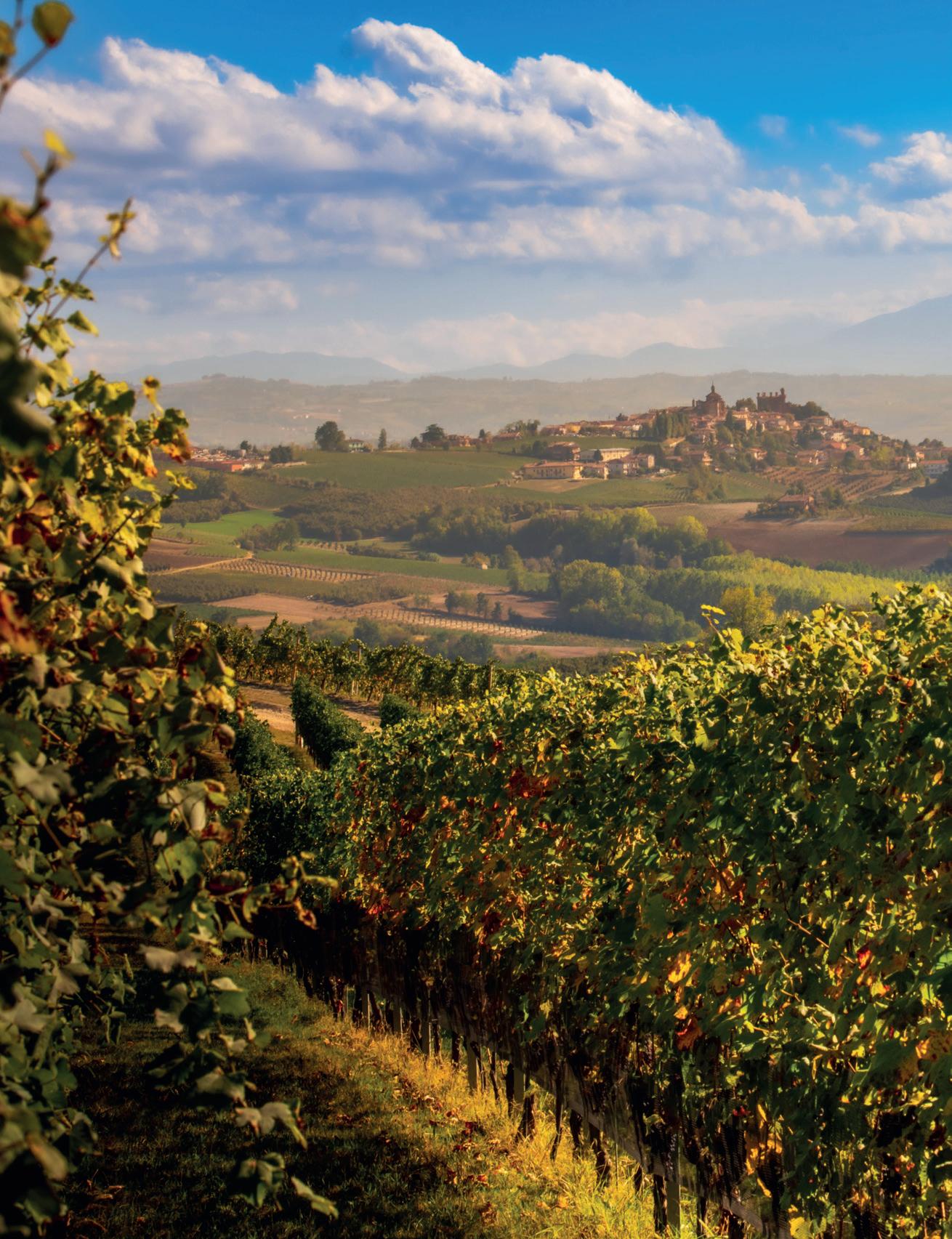
Ratti’s 2019 Barolo is a very special vintage – its production posing an interesting challenge: namely, how to create a Barolo of distinction in the highest part of La Morra.
The Serradenari plot sits on the uppermost elevation in the La Morra region – almost 500 meters above sea level. The Cascina Sorello estate covers an area of almost 4.5 hectares and benefits from south and south-west facing exposure and with vines aged between 20 and 40 years old.
Not only does Serradenari enjoy spectacular views of the Piedmontese Alps, the sun exposure and greater altitude allow for later harvesting – something that has become ever more important in light of climate change.
Mapping the best places to grow the Nebbiolo grape for his prized Barolos, Renato Ratti, the founder of the winery, identified Serradenari as an optimum plot. Since taking over the winery in 1988, Pietro Ratti has continued his father’s investigations in seeking out land that with warming temperatures will continue to help create Barolos with real individuality and connection to land. In his words, Serradenari has given the wines a greater “edge.”
With the 2019 Barolo available from Maze Row from March 2023, we asked Pietro about his latest vintage, and his hopes and dreams for Serradenari.
How do you feel about the 2019 Barolo vintage?
It’s a great vintage! That was a perfect year all-round, harvest was in the second and third week of October, and the grapes were perfectly ripe. I would say [the vintage] is very traditional.
Cultivating Serradenari is an extension of your father’s pioneering work in mapping the best plots in La Morra to grow Nebbiolo for Barolo. What are the benefits of farming here?
Serradenari is about 450 meters while our other vineyards in Annunziata are around 300 meters [above sea level]. This is a big difference and reflects in the grapes’ ripening time, which tends to be around ten days later.
Another aspect is the specific microclimate of Serradenari. You could say it’s more “open” to the Alps, so it gets more breeze, and in the highest part it’s surrounded by a small oak forest which also gives more coolness to the site.
Does the Serradenari plot’s high elevation impact on your vineyard work?
Farming is similar to our other plots. We are still studying the subsoil to understand the humidity and drainage situation, which was an important factor in the last warm vintages.
Serradenari is a pretty special plot, with magical vistas of the surroundings and Piedmontese Alps. From your personal perspective, does this impact how you experience the wines?
All these aspects contribute a great “edge” to the Barolo. So, it’s more rigid and nervous, with a sharper edge compared to the wine from lower hills of La Morra. The wines will probably need a little more time to soft down, which makes it very exciting!
Will any grapes from the Serradenari cru be used in your Marcenasco bottling? If so, how does that change the wine?
Yes, because so far we only use one parcel to make the single-vineyard Serradenari. Approximately one hectare out of the 4.5 hectares. The remaining grapes go into the Marcenasco in order to give more freshness to it.
Are climate concerns impacting on how you envisage mapping out the future of Ratti with site seeking in higher elevations?
The “Barolo Map by Renato Ratti” will remain
the one my father drew 50 years ago. I still believe those single-vineyards are the top ones. Of course, we can challenge ourselves to make great Barolo also from other plots, which was probably not imaginable 50 years ago. I still believe that viticulture has moved 100 meters higher over the last 20 years, which is significant. It also means the lower vineyards will be picked earlier to keep acidity and freshness.
You’re transitioning your celebrated Conca Cru Barolo to a Riserva with the 2019 vintage. How did you come to this decision, and how are you changing the winemaking for that plot? Conca has always been more “black” compared to floral Rocche and Marcenasco. This means there is an aroma of pine, liquorice, tar, also with more power and concentration due to the soil and microclimate of this special vineyard. This is the reason to “push” aging longer in oak –one more year – in order to keep concentrating the wine and maturing the flavors. Of course, to be fantastic, it will need a few more years to develop in the bottle.
You’ve been the winemaker for 30 vintages of Barolo, with 2019 your 31st. How do you see your Barolo evolving in the next ten, with the changing world and new opportunities like Serradenari?
In Il Gattopardo (The Leopard) by Giuseppe Tomasi di Lampedusa, there is a very famous sentence from Tancredi, the nephew of the Prince of Salina: “Everything must change for everything to remain the same.” This reflects well how we make wine now and how we will make wine in the future in order to maintain the elegance, complexity and personality of Barolo Ratti, including the new Serradenari vineyard.
PIEDMONT BAROLO DOCG
LA MORRA RATTI WINERY BAROLO NOVELLO MONTFORTE D’ALBA 113
SERRADENARI
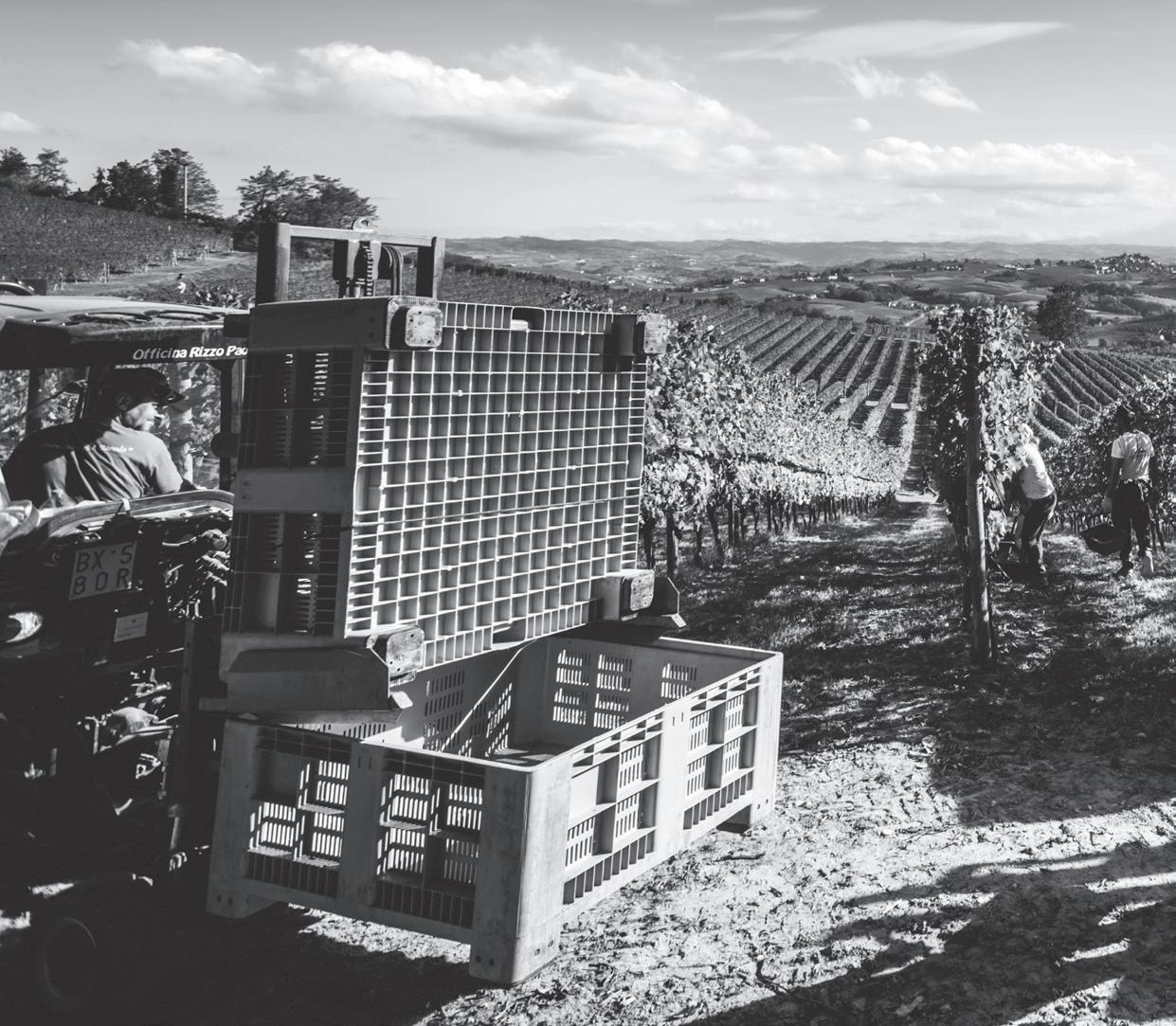
“The 2019 Barolo is a great vintage! That was a perfect year all-round, harvest was in the second and third week of October, and the grapes were perfectly ripe”
114
Pietro Ratti
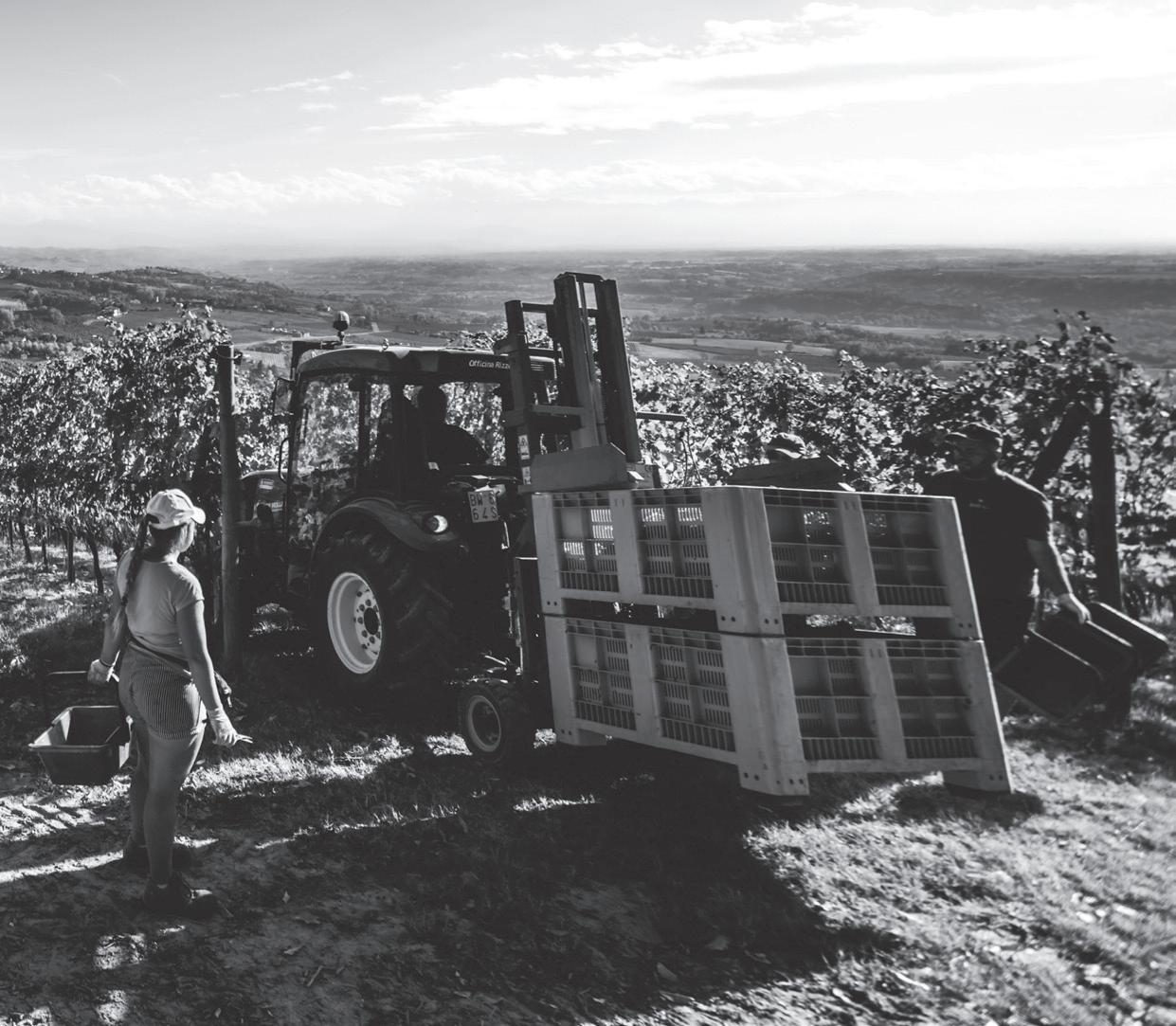
115
Harvesting at the Ratti vineyards in Piedmont
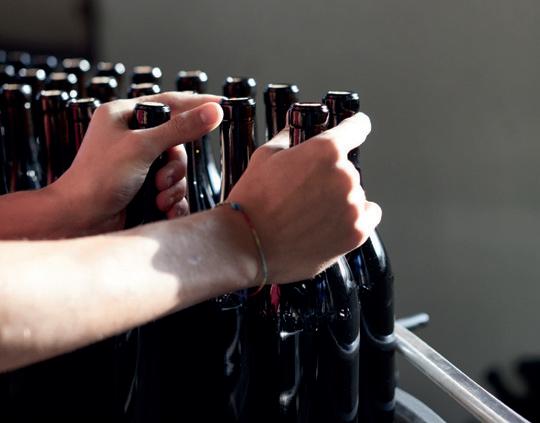
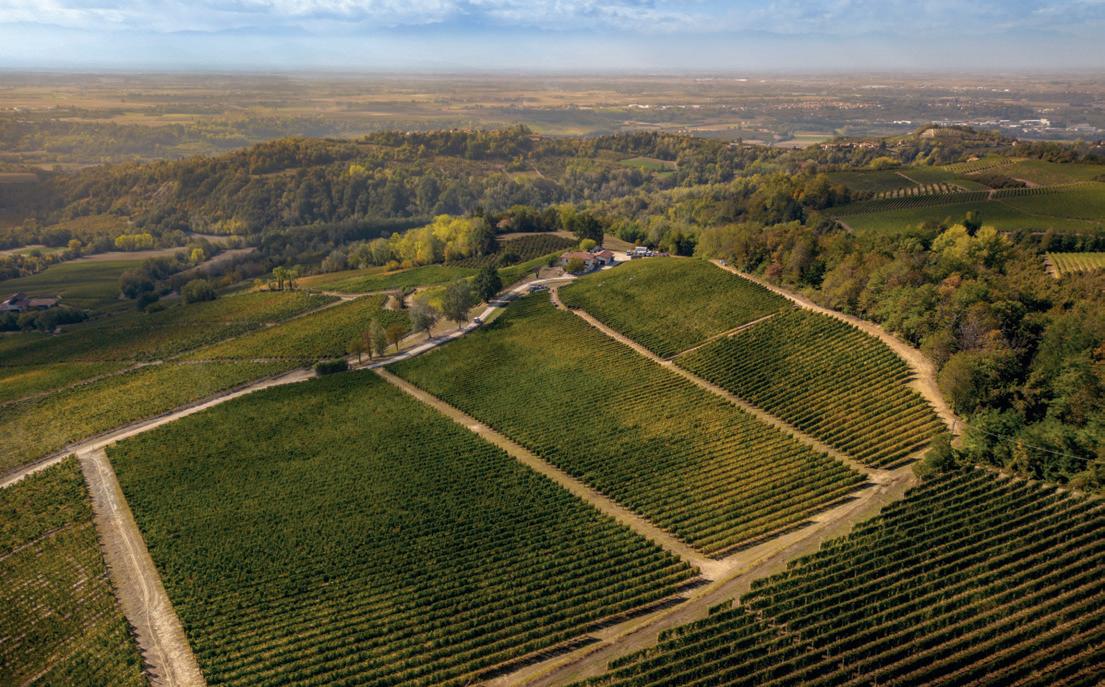

©Roberto Fortunato 116
Pietro Ratti inspecting the fruit at the Serradenari plot on La Morra’s uppermost elevation, where the sun exposure and greater altitude allow for later harvesting
PIETRO RATTI’S TASTING NOTES

DENOMINATION
Barolo D.O.C.G.

VARIETY
100 percent Nebbiolo
FIRST VINTAGE
2019, on sale starting from 2023
VINIFICATION

Grapes handpicked in the month of October, de-stemmed and pressed. The alcoholic fermentation takes place in temperature-controlled stainless steel containers. Contact with the skins lasts approximately three to four weeks and includes the fermentation and successive post-fermentation maceration with the traditional submerged cap system. The malolactic fermentation takes place in steel containers.
AGEING
Refining for approximately two years, partly in barriques and partly in oak barrels of 25hl, followed by bottle refinement of approximately one year.
LABEL
The historical label bears the coat of arms of the local noble family, with a black hawk against a gilt backdrop. The Latin inscription “Probasti me et cogniusti me” means “You tried me, you knew me.”
BOTTLE
The Albeisa – from the name of the city of Alba – is the iconic bottle created by Renato Ratti in 1973, as a way of identifying the uniqueness of a territory and its wines.

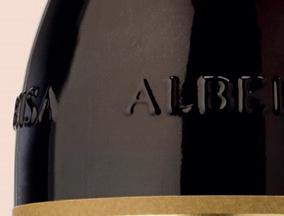

TASTING NOTES
Garnet red color. Fragrance with notes of plums, violet and tobacco. Full flavored with good tannin levels and acidity.

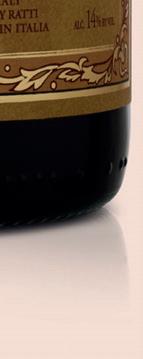
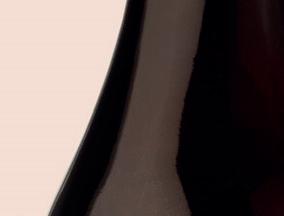
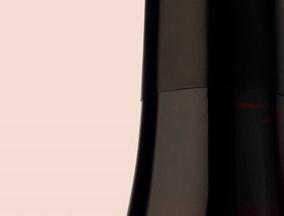

PAIRING
A great wine for red meats roasted on a spit or grilled, game, dishes of gourmet white and red meats and ripe cheeses.

117

Winemaker Pietro Ratti makes elegant wines from high-elevation vineyards in La Morra, combining depth with distinct elegance. combining
The creative director of Pellicano Hotels and founder of Issimo is on a journey to spread her personal brand of Italianness, with a high sprinkling of sprezzatura. Here, she opens her little black book and shares with us some of her favorite spots around the country
MARIE-LOUISE SCIO’S SECRET ITALY
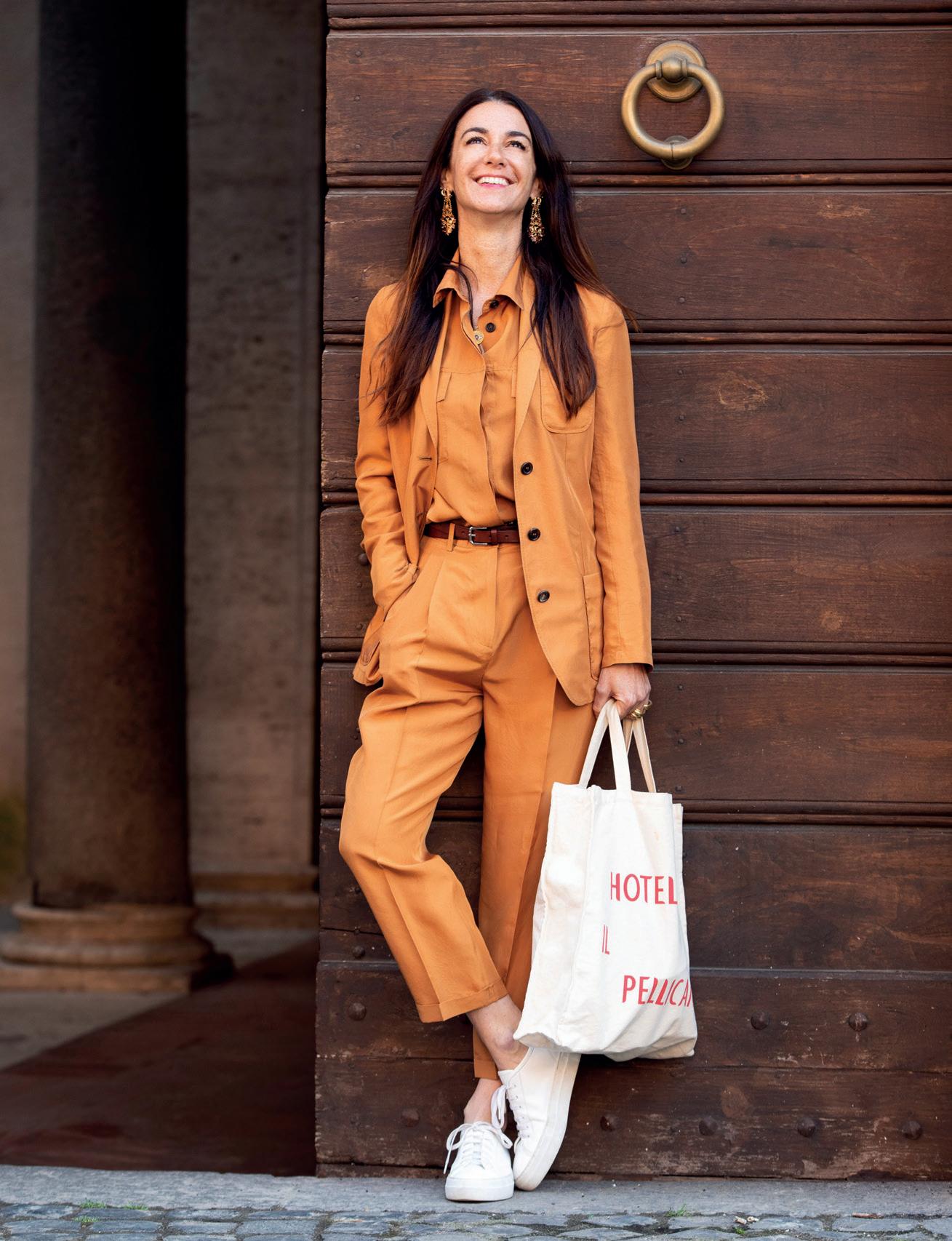
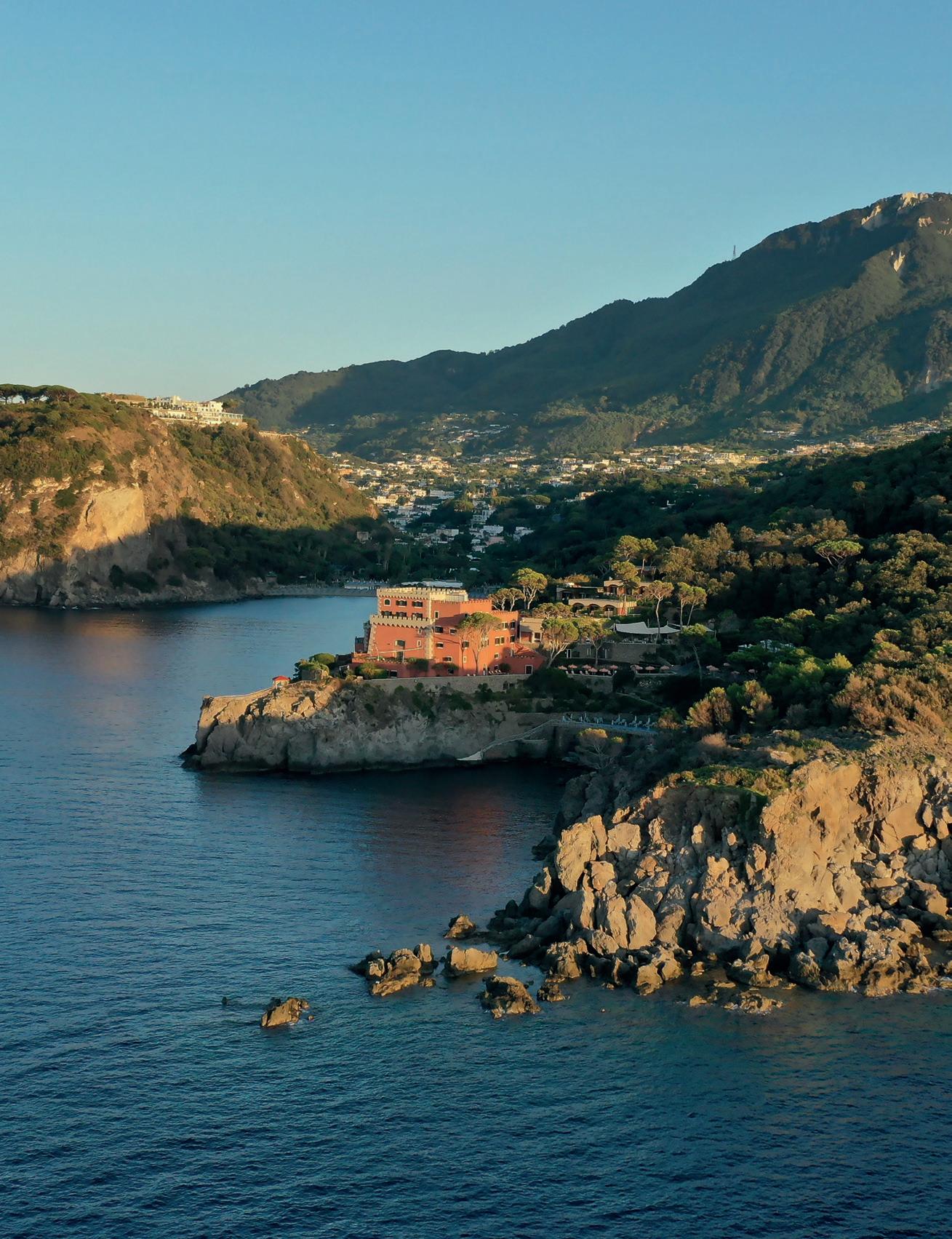
Marie Louise Sciò is the CEO and creative director of Pellicano Hotels Group, which include a trio of impossibly chic destinations dotted in unique locations across Tuscany, Rome and on the volcanic island of Ischia, north of Naples.
The original hotel, Hotel Il Pellicano in Porto Ercole, Tuscany, has been hosting the jet-set – writers and artists, movie stars and fashionistas – since the 1960s. Its allure is encapsulated and frozen in time through the lens of Slim Aarons and later Juergen Tiller.
An architect by training, in 2005 Sciò began working with her family’s business to restore and renovate the hotel concept, successfully repositioning the properties to be some of the most desired hotels around the world.
Three years ago, Sciò founded her lifestyle brand Issimo, where she makes it her daily mission to spread the joy of her very own brand of Italian style. You could say it’s a way of life that may not exist in reality, but is too gorgeous not to fall in love with.
Curious, we asked Sciò her favorite spots to eat, drink, swim, and her take on la dolce vita.
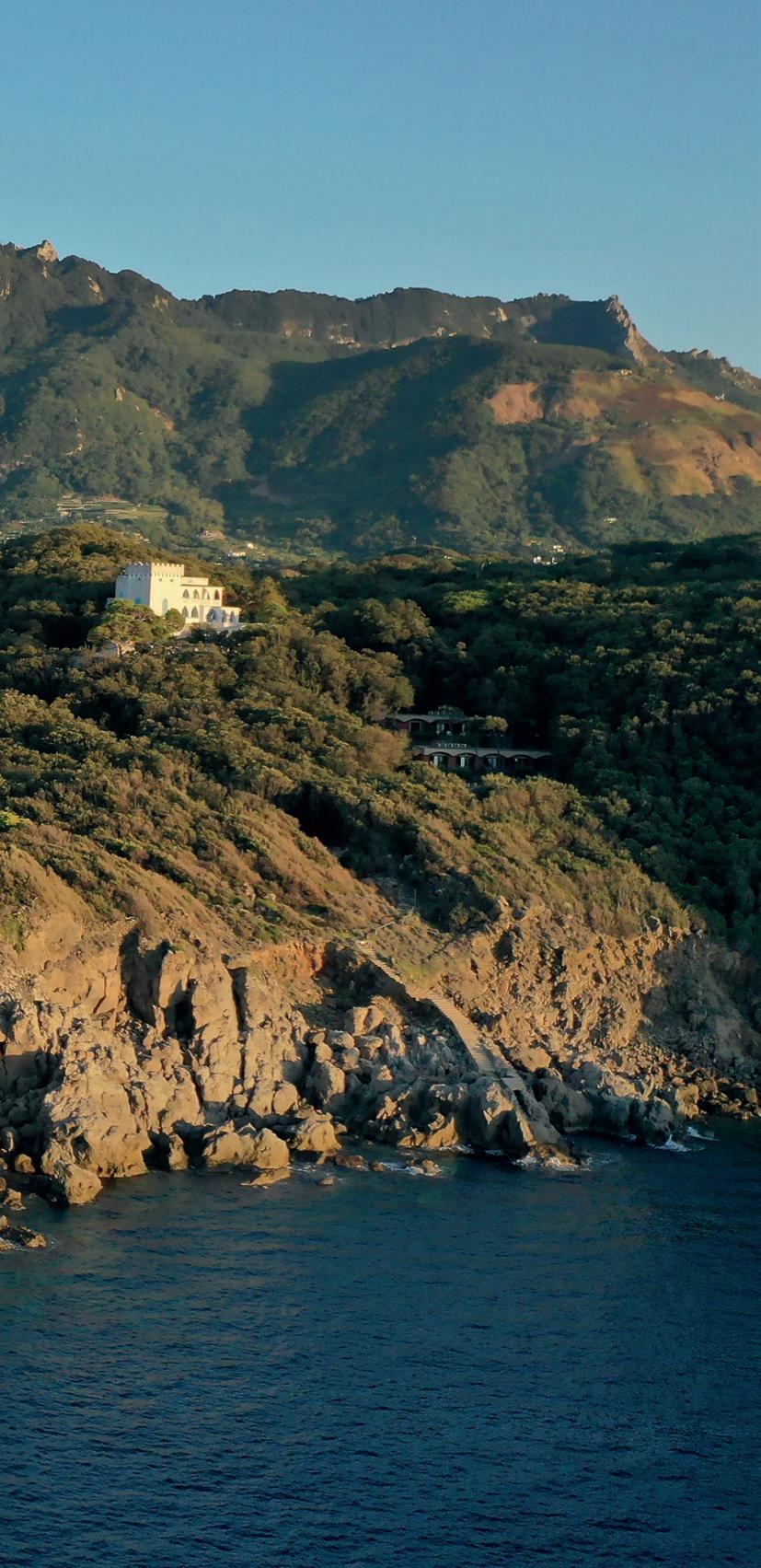
Mezzatorre Hotel and Thermal Spa 123
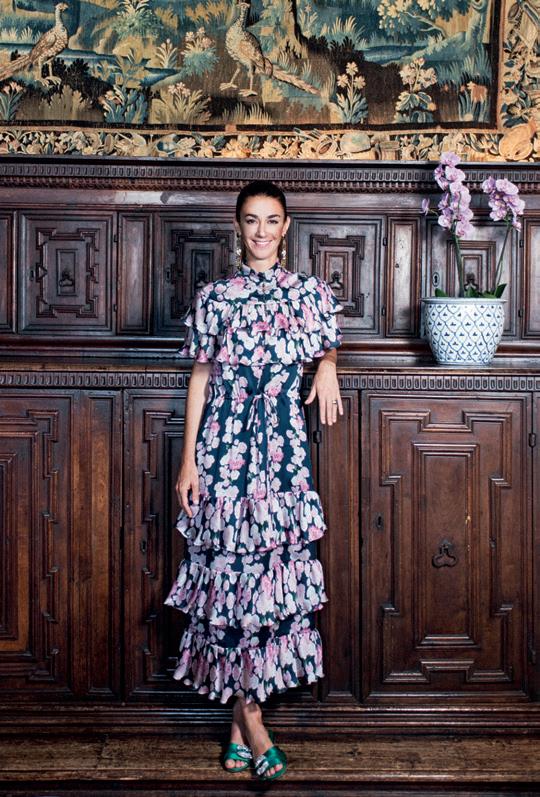

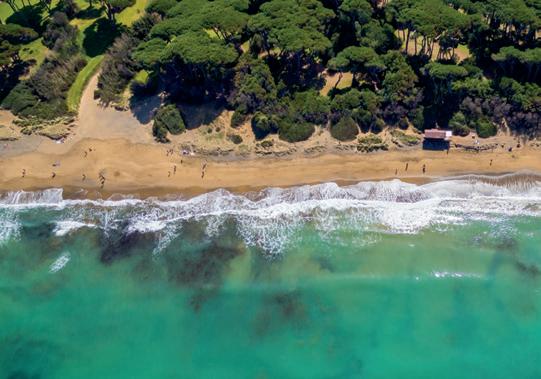
124
This page, Mezzatorre Hotel and Thermal Spa, Marie-Louise Sciò and Baratti beach. Opposite, Valle dei Calanchi Civita di Bagnoregio
Having studied fine art and architecture and design in the US, how did you come to take charge of Il Pellicano?
It wasn’t planned. After graduating from Rhode Island School of Design, I began my career in the studio of Costas Kondylis in New York, then returned to Italy to work as an interior designer.
One day, I was at Hotel Il Pellicano and my dad [the owner Roberto Sciò] asked me to redo a hotel bathroom. I went ahead and took on this challenge. Not long thereafter, he asked me to redo the entire hotel – and the rest is history! The hotel is an institution; it just needed a few modifications before it could shine as the true gem it is today.
Since the 1960s, Il Pellicano has hosted the jet set, socialites and movie stars. How do you maintain this sense of charm and reinvent the magic you must have witnessed as a child? Curating Il Pellicano is based on my personal experience. I grew up there. I remember what it always looked like, what it felt like, sounded like, how the people were – elegant, easy, extremely interesting.
It has always been really light and had an understated elegance. I try to translate it all into the design, the music, the food. It’s an orchestration that caters to all the senses and brings our guests into the world of Il Pellicano, to share its stories, which are all unique and irreplicable.
Italy may be a diverse nation, different worlds within a world, yet it shares a powerful belief in a way of life. What does this concept of dolce vita mean to you?
It means living life easy, surrounded by quality and beauty.
What’s interesting about your hotels is that they are not in obvious tourist locations, why? Because we don’t do obvious.
The hotels are full of original art and artifacts, and each has carefully compiled playlists. How do you choose all these artworks, objects and music?
I look for beauty, for tradition and for innovation. As for the music, it has to be of excellent quality, and give an emotion.
And what role does food and wine play in amplifying the mood?
Food and wine certainly play on the senses and we serve local foods and use high-quality local produce and ingredients. Quality – that is the underlying theme in all our properties and on Issimo.
Where would be your favorite place to wine and dine in your hometown, Rome? Hands down, Da Enzo al 29.
Is there a beach you would recommend on the Tuscan coast near Il Pellicano that is not on the tourist trail?
The Spiaggia di Baratti. The Baratti beach is undoubtedly one of the most beautiful beaches of the Etruscan Coast. Located a few kilometers from Piombino, it is a timeless place, with its Etruscan necropolis, its brilliant beaches and unspoiled nature.
What is the food and wine scene like on Ischia, where you have the Mezzatorre hotel?
It is extraordinary. You get a real taste of Italian island life and Ischia has an amazingly rich food and wine scene that is one of the most authentic along the Amalfi coast. The food is composed of extremely good and high-quality produce and the wine choices are equally excellent.
As a matter of fact, viniculture is an activity at the very heart of Ischitan life and dates back to ancient times when the island was discovered around 700BC. The mild Mediterranean climate, the volcanic soil, the tufa stone and the sea breeze have always favored the production of high-quality wines in Ischia, and the island also has its own indigenous and high-quality grapes.
Is there a particular historic building, a gallery, or a cultural spot in Italy that inspires you?
I am truly, truly inspired by all of it!
And is there a landscape, a scene in nature, that has left a magical note?
The Calanchi Valley in Tuscia – it is an unusual landscape of eroded clay hills, situated almost half-way between Orvieto and Viterbo.

What are your future plans for Pellicano Hotels?
We have many plans – just cannot spill the beans yet!
125
Portraits ©Gerardo Gaetani, Roberta Krasnig, all others ©Pellicano Hotels Group
Marilisa Allegrini’s jewel in Bolgheri, where she crafts powerful and compelling Tuscan blends.
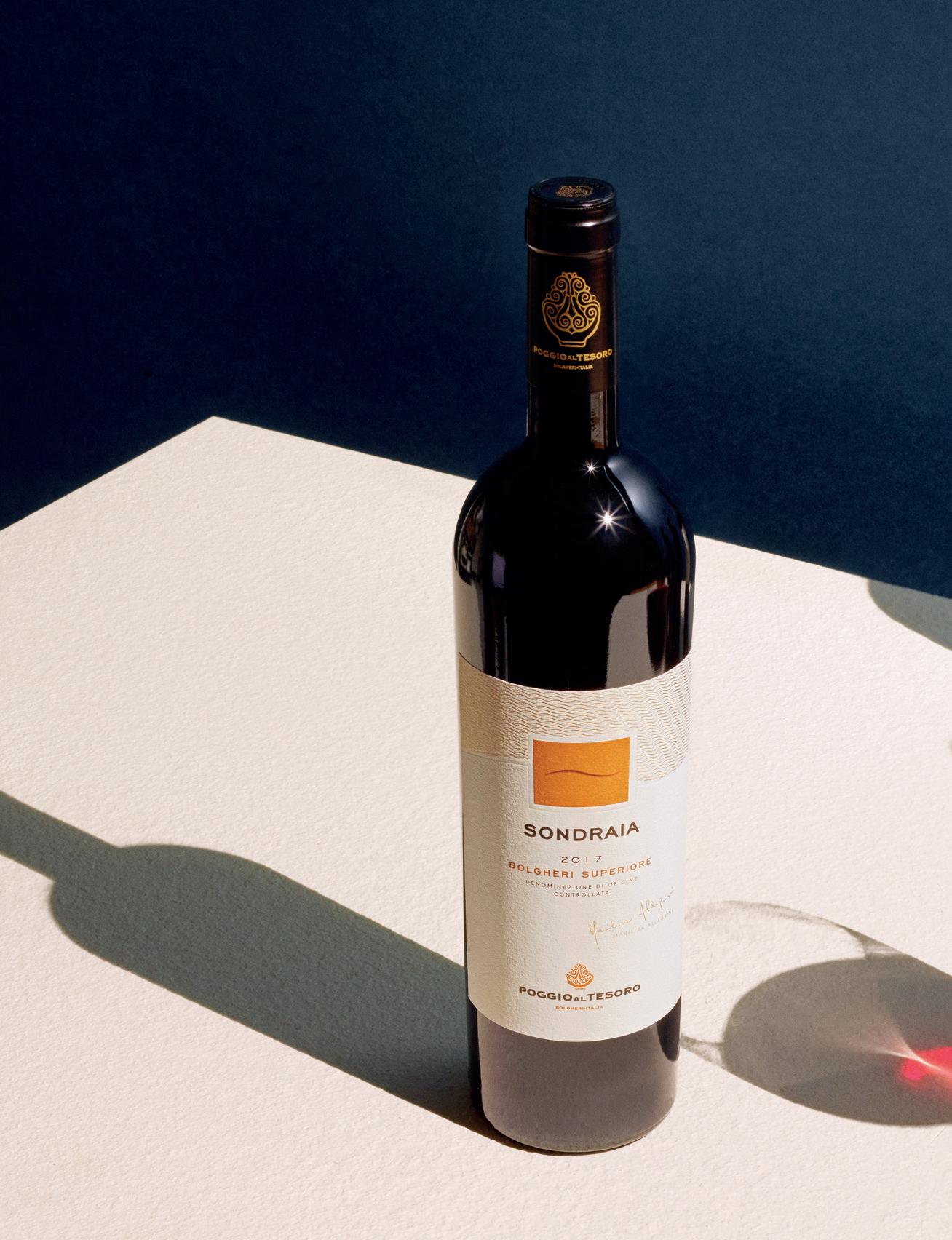

Some of Europe’s steepest and most labor-intensive vineyards produce wine as spectacular as the scenery, writes
Will Hersey
THE STEEPER THE BETTER

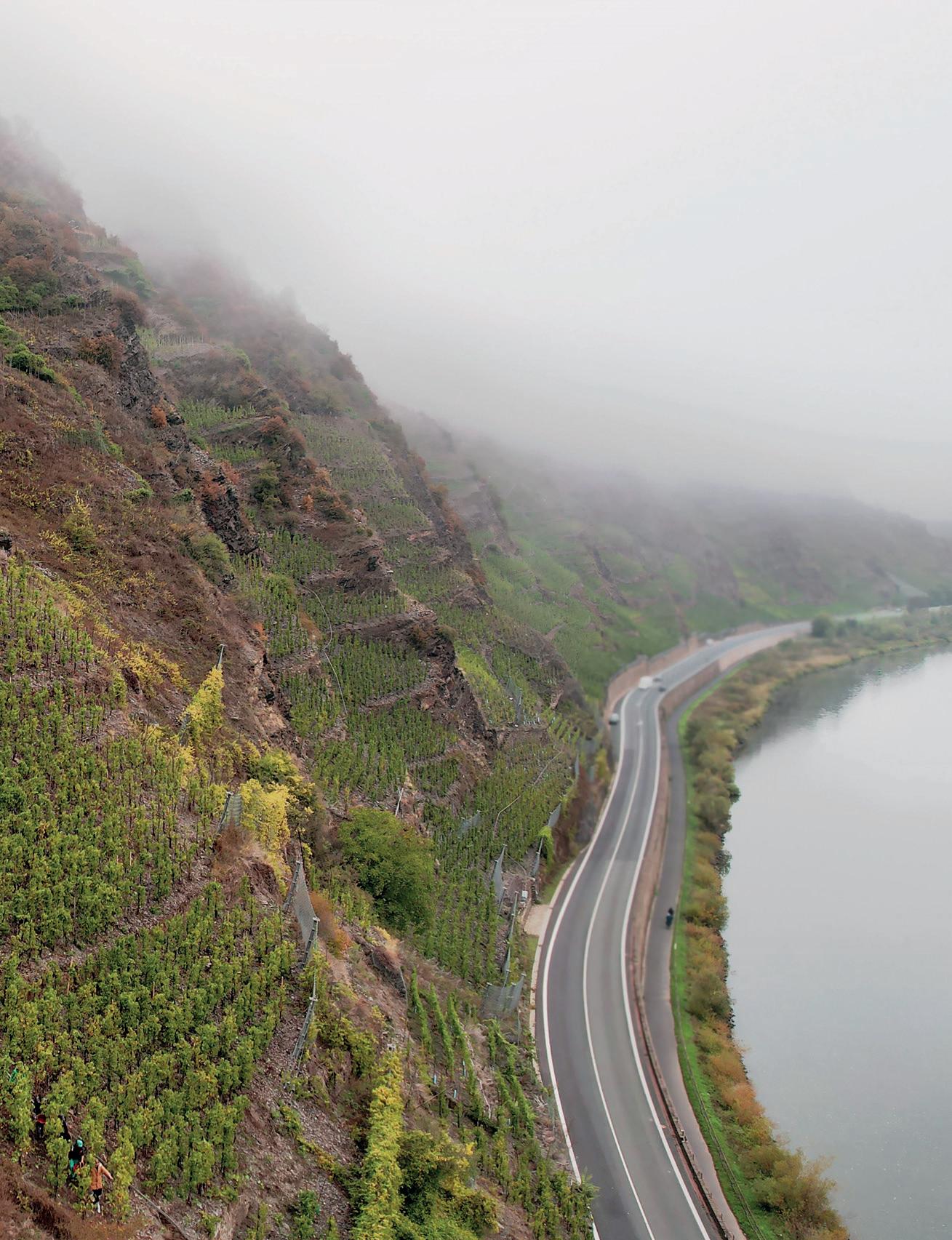
Stand on the vertiginous hills above the remote Valtellina valley, and you’d be forgiven for thinking you’re on a potentially hazardous hiking trip, rather than paying a visit to one of Northern Italy’s lesser-known wine regions.
Snow-capped Alpine peaks loom in full view to the north. The occasional cactus can be spotted sprouting through the rocks at your feet. In the valley below, which stretches 80 km across from Lake Como in the west, as many as 20,000 terraces for growing grapes have been cut into the mountainside, ensuring every square meter of land is in use.
Some say these are the steepest terraced vineyards in Europe, the highest at an elevation pushing 1,000 meters. All face south, ideally with a western aspect, to maximize exposure to the Italian sun, which in summer can be brutal. Harvesting is not for the faint-hearted. Indeed, every facet of making wine here requires exertion – physical and mental. It’s no surprise to hear the word “heroic” so often used to describe winemaking in Valtellina.
“It’s not like any other area, you really have to sweat to produce wine here,” says Luca Dusi, co-owner of Italian wine importer, shop and bar Passione Vino in London, who has been championing the region since a new generation of winemakers picked up the mantle over the last decade. “It’s not an investment, it’s a commitment, a life-changing lifestyle.”
The sheer exposure of these vines to whatever nature throws their way provides yet another challenge. “The various micro changes are felt immediately,” says Dusi. “It’s as if the winemaker is playing chess with the vintage against the elements.”
The principal grape here is the high-maintenance Nebbiolo, known locally as Chiavennasca. Dusi calls it the “moodiest” grape variety in Italy, which, given it has more indigenous grape varieties than any other country, is saying something. It’s perhaps Italy’s most noble grape, famous for the Barolos of Piedmont, 350 km south.
Nebbiolo in Valtellina might well be older than Barolo. Some of the tiny terraces that criss-cross the mountain side are over a thousand years old and winemaking can be traced back to the Romans. In many ways, the inability to mechanize here means the winemakers’ approach remains intrinsically traditional. Dusi calls it artisan winemaking.
On average in Italian vineyards, labor constitutes 350 to 450 hours per hectare every year. In Valtellina that number jumps towards 1,000. It therefore takes a certain type of winemaker to commit to such a challenge. Where Barolo has 1,200 producers, Valtellina has fewer than 50, most of them small.
“Once you get there, you realize it’s like a mountain community, they’re all really healthy, really hard-working and genuine, super crazy because there’s so much oxygen in the air,” says Dusi. “This new generation sticks to each other and helps each other unlike other areas. It’s like a movement.”
One great example is Barbacàn, considered to be at the forefront of a new wave of Italian natural winemaking. Here the Sega brothers, Matteo and Luca, see themselves as farmers first, or in their own words, “grape shepherds.”
Their unique wine label design is inspired by neolithic cave paintings found nearby, and the team has taken to TikTok to showcase the work they do, which frequently includes
choreographed dancing in the vines to the sound of Beyoncé and the Bee Gees.
Marco Fay of the Sandro Fay vineyard is another of its leading lights, also noted for a natural approach that is reflected in the glass. “The style of Valtellina wines is so in tune with what many 21st-century wine drinkers seek: fresh, pure, expressive and mineral,” says Dusi.
CHOICE MOSEL
While Valtellina remains something of a secret, the Mosel region of southern Germany, a 10-hour drive north across the Alps, is wellknown for producing some of the best Riesling wines in the world. Historically, this is as far north in Europe as wine regions have stretched, though climate change is shifting that map up to the UK and even southern Sweden.
It’s amongst the almost picturesque villages and hills of the Middle Mosel that Weingut Dr. Loosen lays claim to owning the steepest un-terraced vineyard in the world. Owner and winemaker of the family estate since 1988, Ernst “Erni” Loosen is something of a Riesling rockstar, whose unstinting enthusiasm for the grape is perhaps the biggest factor in its 21st century global renaissance.
Many of the vines on the 200-year-old winery are steep enough to make downhill skiers take a second look. A more recent addition to his collection, however, a plot called Bremmer Calmont, is on another level – or slope – altogether.
“People in the New World say to me, ‘Look at my sleep slope’, and I say: ‘Are you kidding? This is a vacation for us,’” says Loosen, whose wine travels have taken him all over the world. “Nowhere else I have seen is close. For me, if it’s the steepest in Europe, it’s the steepest in the world.”
131
Previous page and next, views of the Envínate estate. Left, Dr. Loosen’s vineyards
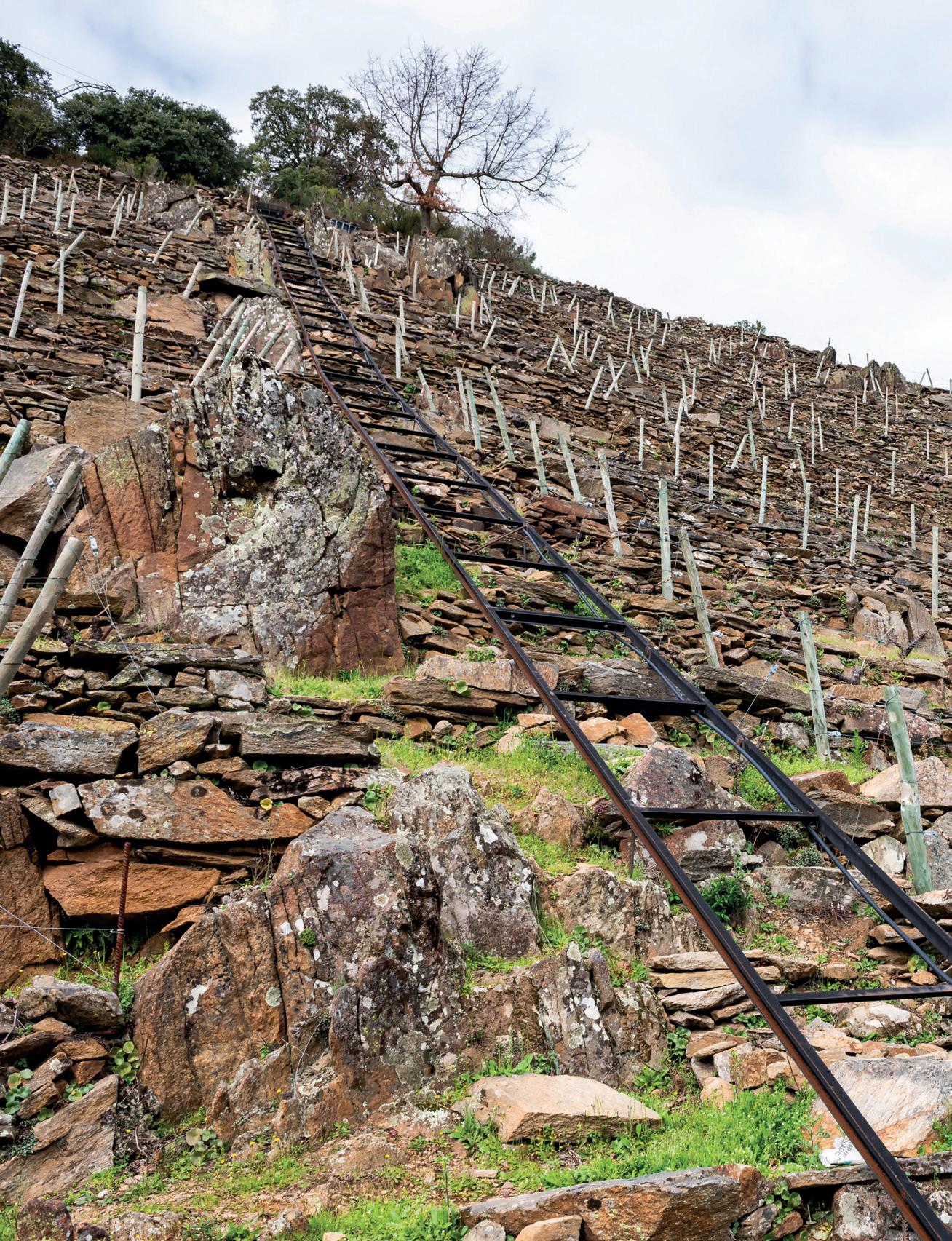
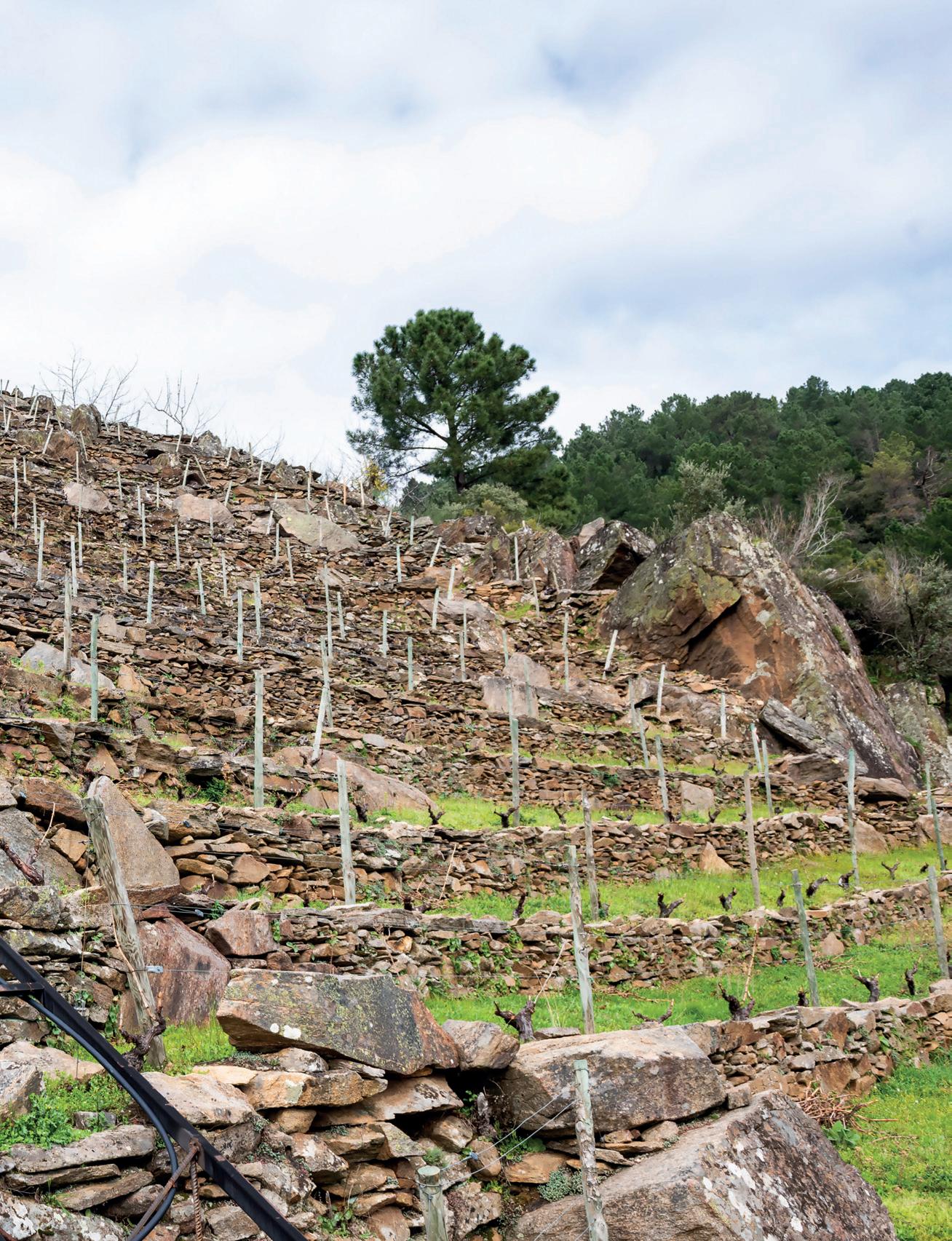
Harvesting is not for the faint-hearted, with every facet of making wine requiring exertion – physical and mental
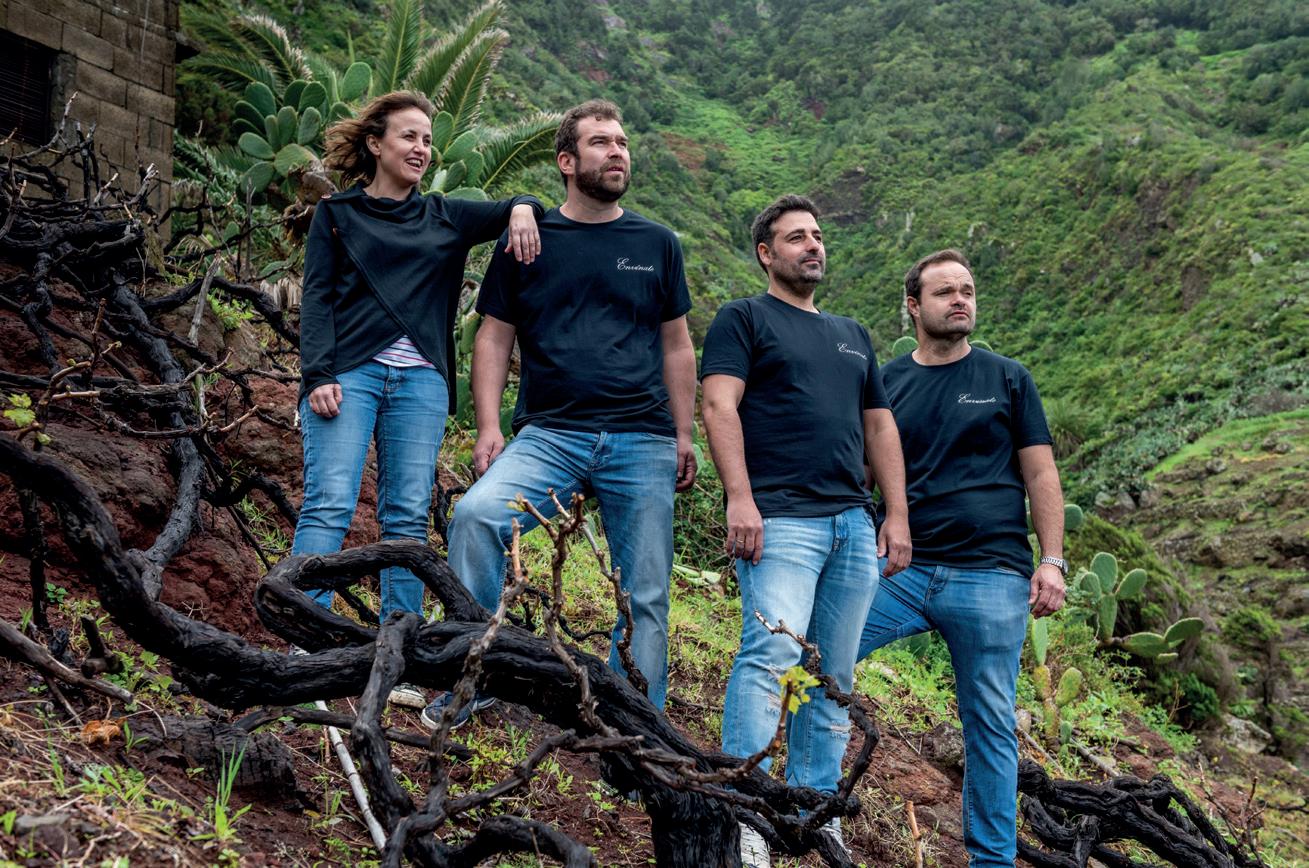
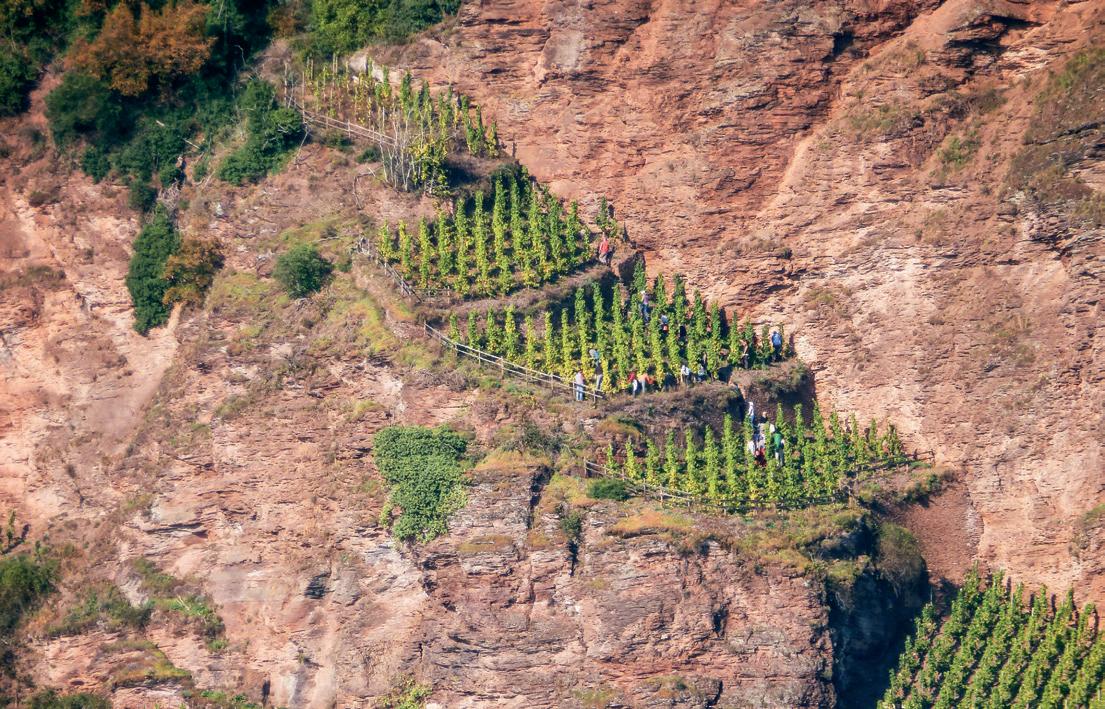
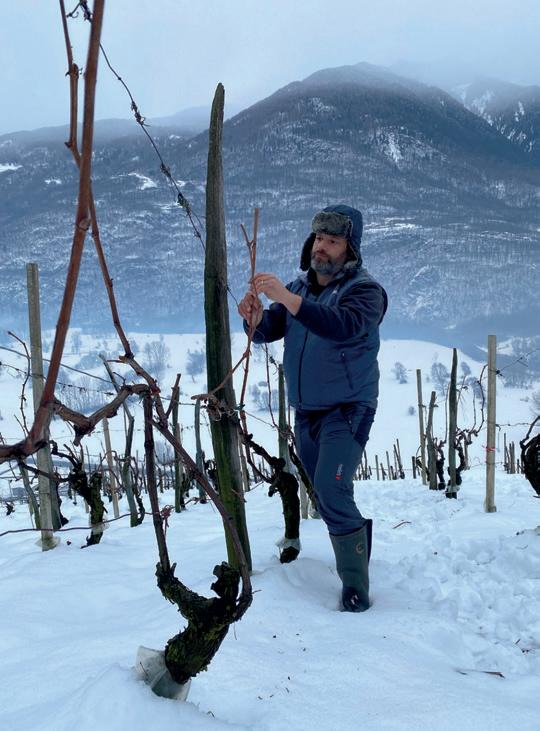
135
Clockwise from above, Dr. Loosen, vineyard work at Barbacàn, the Envínate founding team
He claims that making wine at the Bremmer Calmont vineyard (which in latin translates to “hot mountain”) each year requires an astonishing 5,000 hours of labor per hectare. Machines don’t work on the steep slopes and its damp and misty location by the Mosel river requires picking to be selective, which is itself a painstaking process.
Pickers have three buckets. Healthy grapes go in the black bucket, grapes with medium botrytis (noble rot) into the red bucket, and those with full botrytis into the white bucket, which are used for sweet wine. It’s exhausting work. “They can pick for one day and then need a break of three weeks before they go again,” says Loosen. “I brought one customer through the vineyard on a footpath and after 100 meters he said ‘I’m turning back.’”
With high labor costs and a low yield, it begs the question, why go to all the trouble? “Here, we struggle to get ripeness compared with southern europe,” explains Loosen. “Just to get our grapes to 10 percent alcohol level for us is a success. And comes at a hang time of 150 days. So steepness is an essential part of the three microclimates to get the grapes ripe. Steeper slopes have more direct inclination to the sun so here we have always said: the steeper the better.”
The other conditions considered optimal in Mosel include a south-by-southwest aspect to ensure maximum exposure, and lower elevations on the hillside for warmth. The slate soil here is the big draw. In full sun the gray black stones get so hot you can barely touch them. In the cooler nights, the residual heat keeps the soil warm. And warm, dry soil means the drainage is so good that water goes straight through, even during the rainiest spells.
“Warm soil is also high in microorganism activity, producing nitrogen which is essential
for good agriculture. And slate has a very high content of natural potassium, the most important natural fertilizer,” explainsLoosen. “Since Roman times until the 20th century, there was no fertilization here other than maybe cow manure.”
Extreme conditions they may be, but conditions that suit a natural approach to winemaking. So much so that Loosen is now producing his dry white exactly as his great grandfather used to make it between 1890 and 1928, when new technology arrived.
“[Back then] they used to know so much more about what time does to winemaking because they had to wait,” says Loosen. “It will be a very special wine when it comes out.”
BASIC INSTINCT
It’s a philosophy shared by one of Spain’s most exciting producers right now, a collective called Envínate, whose approach might be crudely summarized as “back to basics”.
There are echoes too of the Mosel landscape in the remote wine region of Ribeira Sacra where Envínate began and continue to operate. Vineyards carpet the side of the spectacular Sil river canyon, some only accessible by boat. This is wet and wild Galicia, in Spain’s north-eastern tip, where every journey on the twisty roads seems to take forever, and the Atlantic wind and spray are a lurking influence.
Envínate was formed by four friends –Laura Ramos, Jose Martínez, Roberto Santana, Alfonso Torrente – who met while studying oenology at the University of Miguel Hernández in Alicante, and whose goal from the start was to express the distinctive terroirs of Spain and its Atlantic coastline. Envínate began with a single plot here but now works with over 50 growers in Ribeira Sacra, volcanic Tenerife and Almansa using natural, low intervention and
often traditional methods – no pesticides, no fertilizers, only native yeasts – and working hard to preserve the health of the vines which can be up to 100 years old.
Like Valtellina and Mosel, the slow and painstaking nature of making wine here means production is tiny but the grapes and the vineyard shine through. “They’ve got this kind of sensuous nature that’s more like a Pinot Noir,” says sommelier Ben McVeigh, co-founder of Peckham Cellars in London. A comparison frequently used with Valtellina too. “You can taste the minerals, the slate, the rock and I think a lot of that is down to the soft hands and soft touch in the winery. They coax out this super elegant side of the Mencia grape.”
Elegance, freshness, minerals. These are words you hear a lot with the wines from these three dramatic mountain regions. “The winemakers don’t think of anything else than to make the wine as clean and elegant as possible so you can feel the effort and the knowledge and the passion and the sweat that is poured into the production,” says Dusi.
An appreciation of backstory can add character to any vintage, and these wines produced from near-vertical vineyards have it in barrel-loads. Drinkers get the benefits, just without the rough hands and the sore back.
Stay informed with industry news, reviews and interviews. Receive regular updates on new vintage releases. Gain member-only invitations to special events and tastings.
Amongst the picturesque hills of the Middle Mosel, Weingut Dr. Loosen lays claim to owning the steepest un-terraced vineyard in the world
Dr. Loosen ©Leigh-Ann Beverle, Envinate ©Estanis Nuñez, ©Barbacàn
SIGN UP TO VOICES the publication for Maze Row:
136
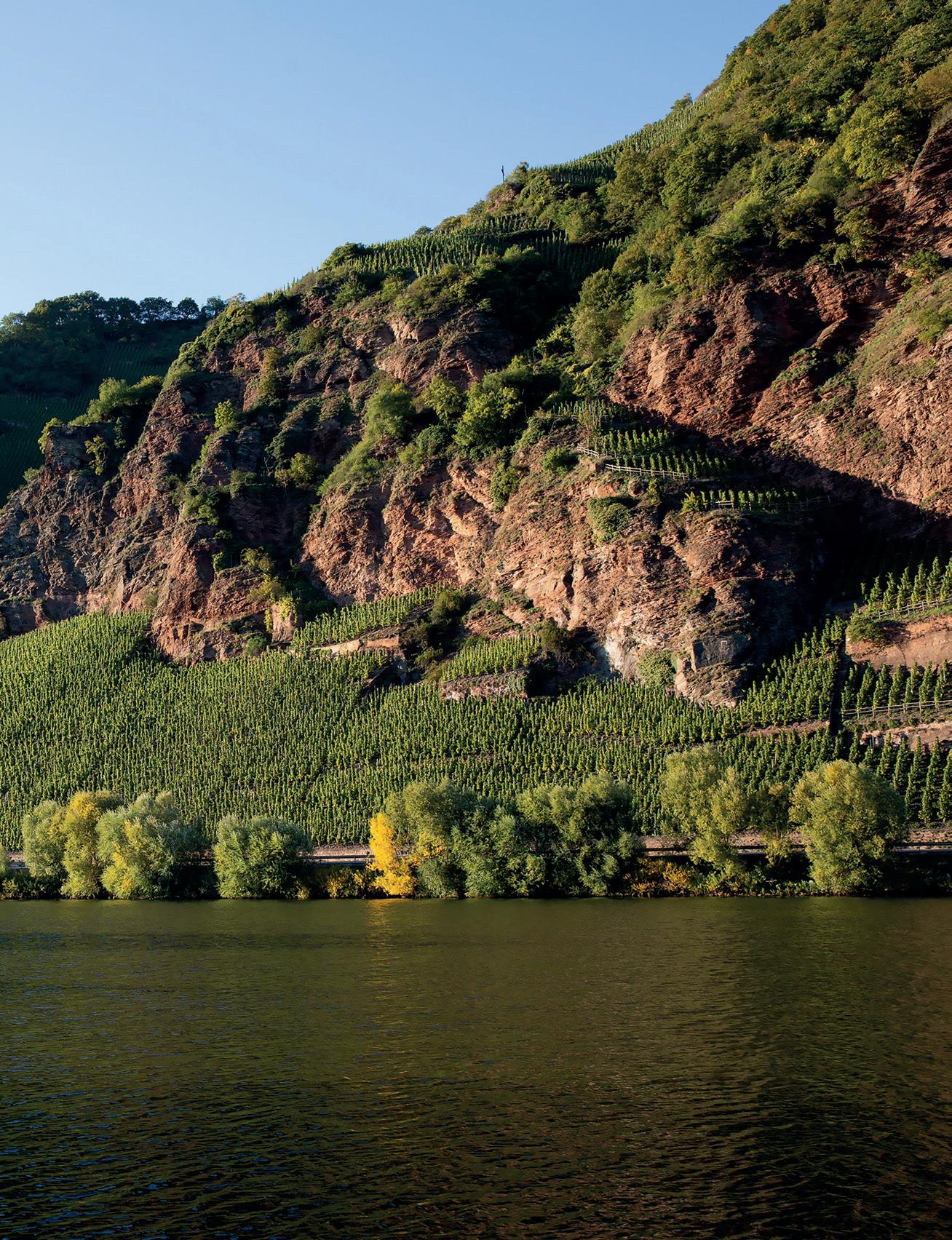
SIPPING IN THE SUNSHINE
When one thinks about wine in the US, one usually thinks about Napa. But that leaves out 400 miles of lush soil that’s the birthplace of exciting wines throughout the rest of the Golden State. So hop in the car (ideally, a convertible), and take a slow roll from the lights of Los Angeles to the shores of Carmel and revel in everything in between.
Start your trip in Santa Barbara, a city on the hill less than two hours north of LA that feels a world away. Keep it casual for your first meal at Bettina, a sourdough pizza place that stands out. Its owners, Rachel Greenspan and Brendan Smith, met at famed Brooklyn pizza spot Roberta’s the old-fashioned way: over cheese. She worked for a specialty food seller and he worked as a chef; they fell in love and brought their pies west.
The restaurant focuses on localizing classic Italian dishes, “so we use San Marzano tomatoes for pizza, but they’re from Los Gatos, California,” Greenspan says. “And we use domestic cheese curd and make that into mozzarella in-house.”
Greenspan and Smith trawl the Santa Barbara farmers market twice a week for most of their produce. That freshness resonates in seasonal pizzas, such as kabocha squash with pepita pesto, as well as salads and antipasto dishes. The crowd favorite is the pepperoni pizza with chili oil and honey, an homage to the couple’s Roberta’s beginnings pair it with a glass from their wine list with a focus on organic, natural wines.
Next, drive up to Los Olivos and stop by Stolpman Vineyards, recommended by Greenspan. Pick your poison at this certified organic,
family-owned vineyard: the classic tasting room, where you can try the local favorite Sangiovese, or the Fresh Garage, which pours chilled wines with a lower ABV that are made with uncrushed grapes. “Not only do we take care of our land, we take care of our people, which means we only employ full-time, yearround, which is extremely rare in the viticulture business,” says managing partner Pete Stolpman, the son of the founder. You may wish to plan your visit for the first Sunday of the month, when you can take an educational tour of the vineyard at 9am and explore all 15 varietals.
Wander the 40-plus tasting rooms in Los Olivos’ charming and walkable downtown area, including Story of Soil, which is focused on small, single-varietal vineyards, and Saarloos and Sons, which zeros in on Syrah. Stolpman suggests lunching at Panino deli and R Country Market, or dining on Italian fare at Nella. Make time for a special meal at seafood haven Bar Le Côte; try the whole barramundi, or dive into the chef’s five-course tasting menu.
Continue up the coast, stopping for bites at Bell’s, a Michelin-starred French bistro (and California chef and vintner favorite) in Los Alamos; and Ember, a hotspot for wood-fired pizza in Arroyo Grande, if time allows. (And keep in mind that time is a concept, especially in California.)
Make sure you make your reservation at Six Test Kitchen a month before you arrive among the rolling hills of Paso Robles. The 12-seat restaurant is “inspired by nature,” from the farm-to-table food to the custom-made ceramics, according to chef Ricky Odbert. The restaurant earned a Michelin star in 2021 and serves up hyperfresh seafood.
“We get our oysters about two hours after
they’re out on the water of Morro Bay,” Odbert says. “We work with a fisherman that catches black cod, which is representative of the air here. It’s a cold-water deep, deep fish.” Choose an acid-driven wine to accompany your meal from a list that focuses on lesser-known varietals. “We also have a reserve wine pairing with a lot of Old World wines, like some Barolos from the 1960s and Château d’Yquem from the 1980s,” Odbert says.
For your final tasting, Odbert suggests heading to the nearby Thacher Winery, which sits on 53 acres of cattle farm and has a jovial country vibe. There’s alfalfa fields, ambling goats and chickens which delight kids and tipsy adults alike, and plenty of outdoor tasting areas.
“We like to do varietals that no one else is really doing here in Paso; a lot of Rhône varietals,” says tasting room manager Drew Mulkern. “We practice natural wines, so we only use native yeast that grows on the skins themselves.” The winery uses predominantly neutral oak barrels, but also terracotta jars, which are like giant clay pots. “Terracotta is a good old Italian, gritty way of aging wines,” Mulkern says.
Be sure to taste their Cinsault, which you can only get in the tasting room. And if you’re looking for an educational, elevated experience, book a private stable tasting in a horse carriage.
Finally, make your way to idyllic Carmel, a true gem of California’s coast. Indulge in a tasting menu rife with meticulously plated seafood like uni, oysters, and ayu smelt at Aubergine, then rest your head somewhere you can fall asleep to the calming crash of ocean waves. Don’t be surprised if you’re overwhelmed with thoughts of relocating to this sunny, sensual coast permanently.
138
When in California, it’s best to go nowhere fast, suggests Jillian Anthony. Take a leisurely road trip from LA to Santa Cruz, then stop off at Napa for a heavy pour of wine country
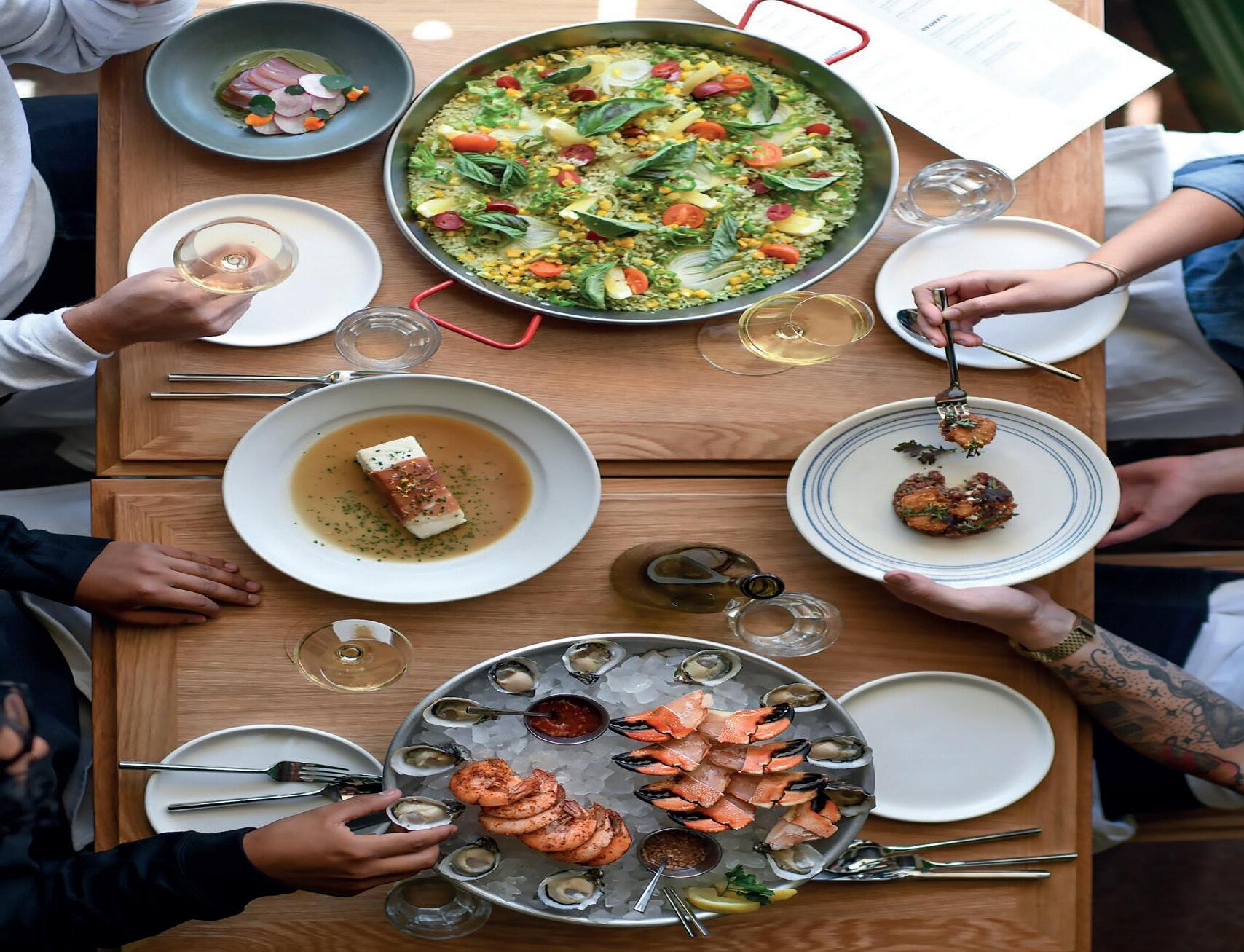
Bar Le Côte ©Bonjwing Lee
CALIFORNIA WINE TRAIL
Hit the road through the center of the Golden State to taste the many fruits of California’s famous wine country
There’s a whole lot more to see of California’s world-renowned wine country outside of Napa. Take a weekend (or a couple of weeks – why not?) to meander the sunny towns of Central California. Visit the 40-plus tasting rooms of charming Santa Ynez; a wood-fired pizza place with an impressive wine list in Arroyo Grande; a luxurious dude ranch in quaint Solvang, and so much more.
Here, we have gathered the best wineries, cuisines, hotels, and things to do that stretch from the cliffs of Carmel to the coast of Santa Barbara. Get your stemware ready.


Clockwise from top, Alisal Ranch and rodeo, Bell’s saffron and tomato risotto, Thacher Winery

WINERIES TO VISIT
PLACES TO STAY PLACES TO EAT PLACES TO DISCOVER
141
WINERIES TO VISIT

JUSTIN VINEYARDS AND WINERY
Roll into Paso Robles to taste Justin’s Bordeaux-style blends on acres of lush vineyards, then stay for a Michelin-starred meal at the Restaurant at Justin. You can always splurge for the wine pairing to accompany six courses of farm-to-table fare such as maple-leaf duck and a persimmon soufflé.
STOLPMAN VINEYARDS
The family-owned Stolpman in Los Olivos exists to fill your cup. Drink up in side-by-side tasting rooms in a 100-year-old remodeled cottage. In the classic tasting room, try the Syrah, their specialty, and other Rhône varietals; and in the Fresh Garage tasting room, sip on pours of their So Fresh Wines, featuring carbonic fermentation and a lighter feel and ABV.

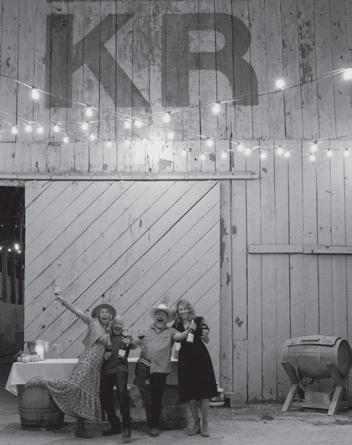
THACHER WINERY AND VINEYARD
Get thee to the country, California style. Thacher sits on 53 acres of a giant cattle farm, and fields of alfalfa are still grown next to resident goats and chickens. Book a special “stable tasting” to have a private, education-focused tasting in a horse carriage, and be sure to try the Cinsault, a favorite that you can’t get elsewhere.
THE LANGUAGE OF YES
Pioneering vintner Randall Grahm believes that “soul comes from the soil.” The Vintner Hall of Famer’s newest passion project is The Language of Yes, a collaboration with Maze Row founder Joe C. Gallo. Wines here are developed with gentler extractions and as little filtration as possible to create new Rhône varieties from some of California’s coolest soil.
POPELOUCHUM
Popelouchum is an ambitious project from Randall Grahm. He is attempting to propagate 10,000 new varietals, from Pinot Noir to Pignolo, all from grapes planted in the same terroir, in San Juan Batista, home to a California Mission built in 1812.
142
Dozens of wineries are nestled in the lush expanse of Central California; the land is even known as America’s Salad Bowl for the vast amount of produce grown there. And your wine-tasting experience can be as rich or as home-on-the-range as you want it to be. There’s opulence to be found in these rolling hills, as well as an invitation to while away an afternoon on some bonafide farmland. Choose your own adventure, and dare to let the wine choose you.

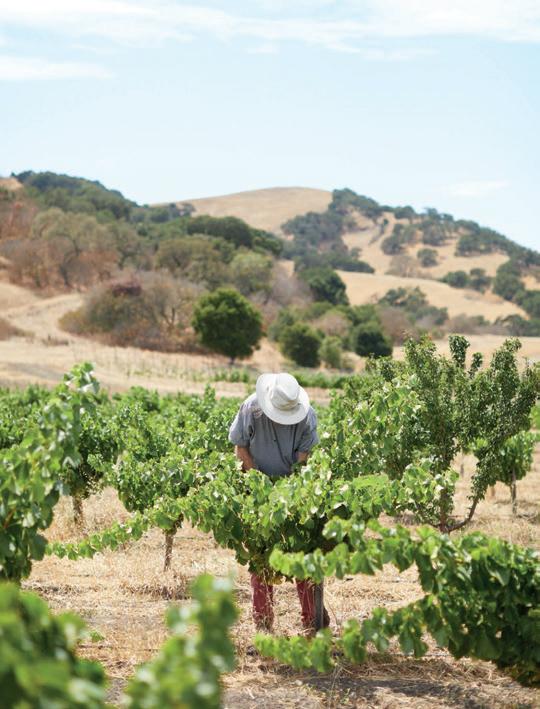
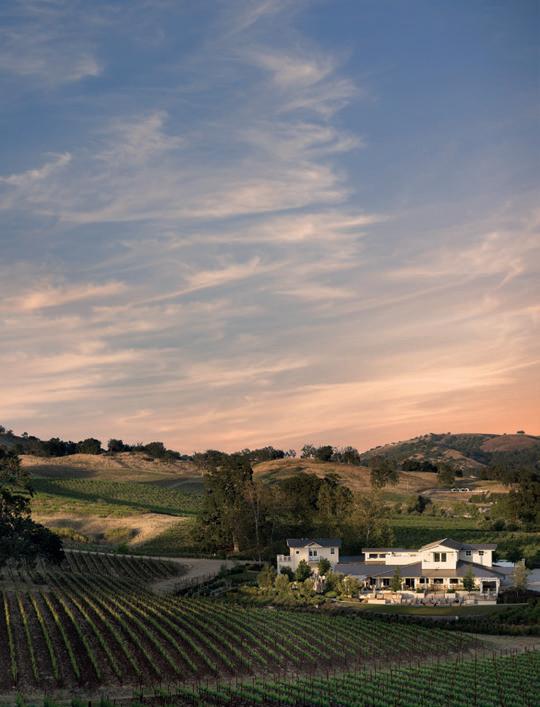
143
This page, clockwise from top, Justin Vineyards and Winery, Randall Grahm at Popelouchum, the Stolpman family at the vineyards. Opposite, Thacher Winery and Vineyards
PLACES TO STAY
ALISAL RANCH
Hey, dude, set your saddle down at a working ranch near Solvang. Roam 10,000 acres on foot or on horseback; relax at the spa; play a scenic round of golf; and dig into a steak at the Ranch Room.
ALLEGRETTO VINEYARD RESORT
Ensconce yourself in the lush vineyards of Paso Robles at this luxury resort. Stop into the tasting room or take a tour of the vineyard, and afterward take a stroll through the Sonic Labyrinth, where you’re surrounded by the sounds of wind chimes. There’s even a museum populated with art collected by the owner on his travels around the world.
THE M SOLVANG

Lean into Danish living at this motel with provincial architecture and a lovely open courtyard with teeming gardens. This budget option’s got charm and style, from wood-paneled walls to cozy fireplaces. Plus, you’re right near the center of town and Mission Drive, where you’ll shop and sample sweets.
SANTA YNEZ INN
This stately inn is a draw for those on the hunt for “relaxed luxury.” The hotel has a classic feel to accompany classic amenities ‒ think plush chairs situated in front of looming fireplaces, grand chandeliers, and candlelit dining rooms. Dine at the onsite American-style restaurant and bar, The Victor, and be sure to make time for a massage at the spa.
TICKLE PINK INN
Get a room with a view and then some in Carmel-by-the-Sea. All 35 rooms have a spectacular, elevated view of the ocean or the cove, while some have fireplaces, and the Senator’s Cottage features a sprawling patio with lounge chairs that are begging you to relax and watch the sunset.
The right overnight stay isn’t a simple question of location and price; rather, you want to feel at home, or as far away from home as possible, or perhaps like you’ve stepped inside of a painting. California’s got all your accommodation aspirations covered.
144
This page, The M Solvang Motel. Opposite, Alisal Ranch and rodeo
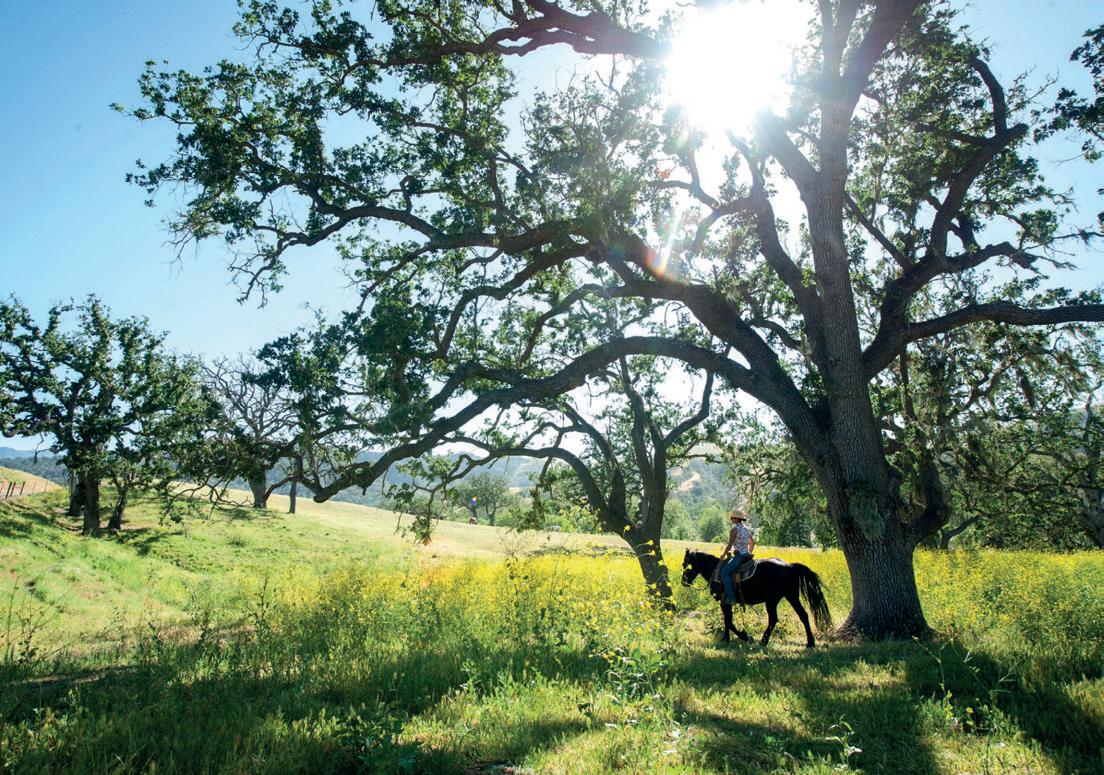
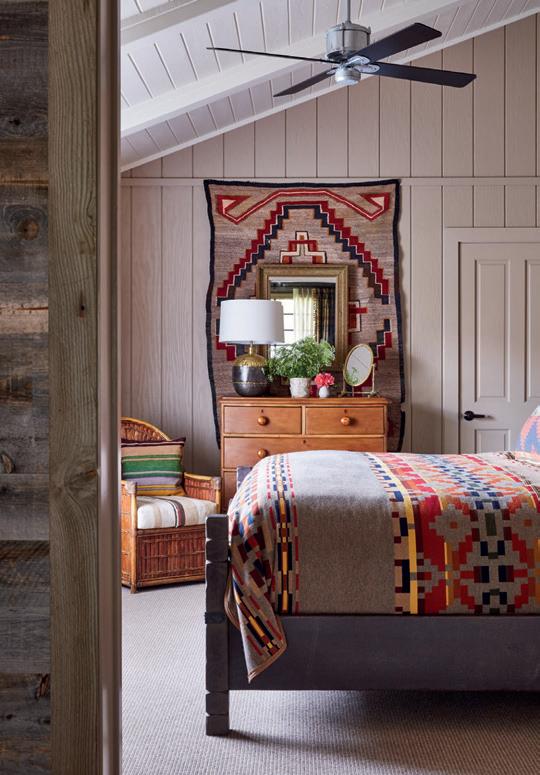

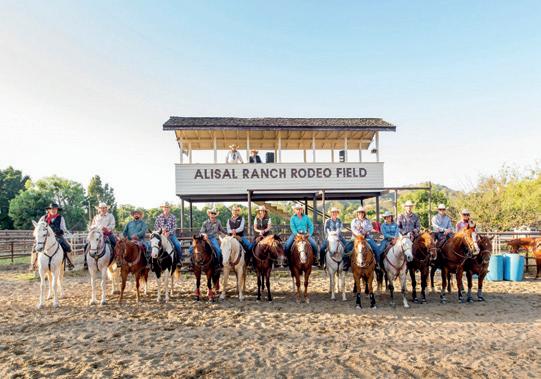
PLACES TO EAT
BAR LE CÔTE
A favorite of foodies and oenophiles from all over Central California, Bar Le Côte is an excellent choice for a first meal (and bottle of wine) in the charming town of Los Olivos. The menu here sings the song of the sea, featuring dishes like paella and whole barramundi. Plus, their wine list is especially plush; give the restaurant’s own label a try.
BELL’S
This French bistro was awarded a Michelin star for its hyperlocal food focus and welcoming service and atmosphere. Indulge in six prix fixe courses with entrées like steak au poivre and seasonal desserts like a Meyer lemon glacé. Start, end, or permeate the meal with one of many California and European wines available, including eight Syrahs and Syrah blends.
BETTINA
Bettina’s husband-and-wife team first met at Roberta’s, a beloved pizza spot in Brooklyn. They brought their perfect pizza philosophy west and opened Bettina, whose bestselling pepperoni pizza with chili oil and honey is an ode to their meeting place. All of their bread and crust is sourdough; and the wine list focuses on organic, biodynamic and natural wines.
EMBER
There’s just something about the crackling crust of pizza cooked over a wood fire. The rustic-feeling open kitchen dishes out crispy pizzas topped with ingredients like kale and spicy sausage that are as tasty as the winebraised duck ragu, and the wine list features 150 bottles sourced from nearby San Luis Obispo and Santa Barbara counties.
SIX TEST KITCHEN

Awarded a Michelin star in 2021, the seafood-driven menu is ultra-fresh, serving oysters and black cod caught locally. The wine list focuses on acid-driven varietals; if you want to luxuriate in hard-to-find Old World wines, choose the reserve wine pairing, featuring Barolos from the 1960s and Château d’Yquem from the 1980s.
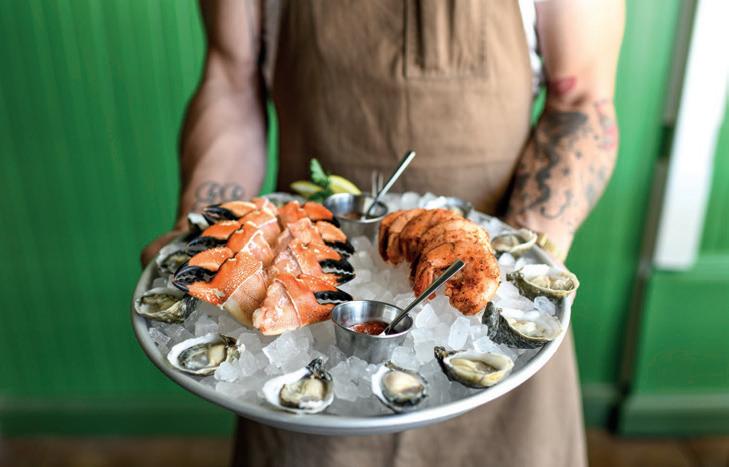
In California, farm-to-table isn’t a buzzword, it’s a lifestyle. Even a simple pizza turns into an art form when it’s carefully crafted with hyperlocal produce and the expertise of inventive chefs. Get your kicks with five restaurants where detail and a focus on freshness go into every whole grilled fish and seasonal vegetable. And don’t sleep on the carefully curated wine lists.
146
Bar Le Côte, a favorite of foodies and oenophiles from all over Central California
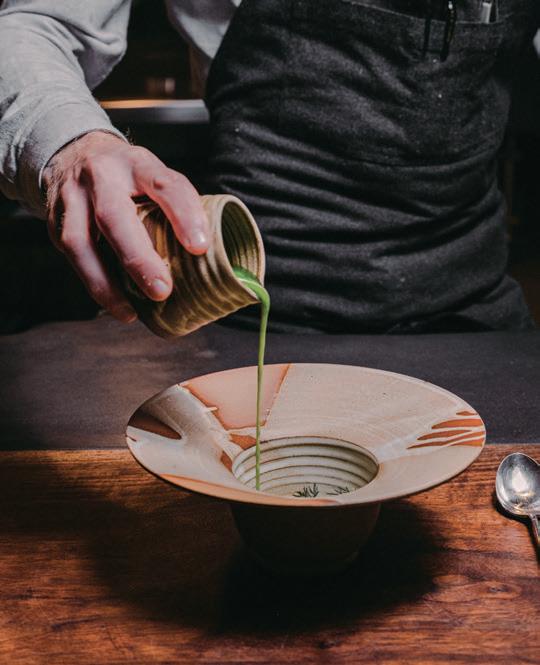
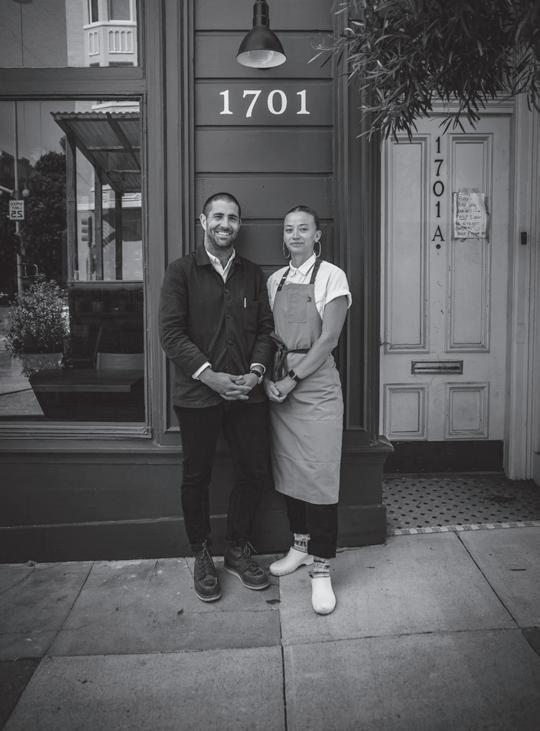
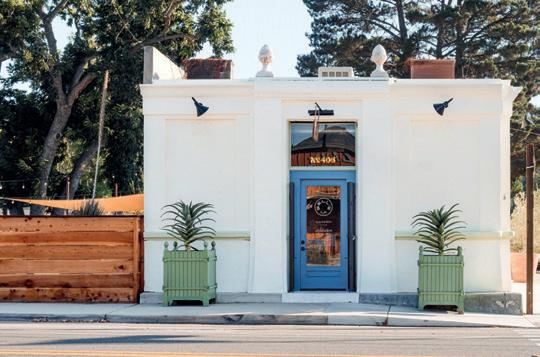
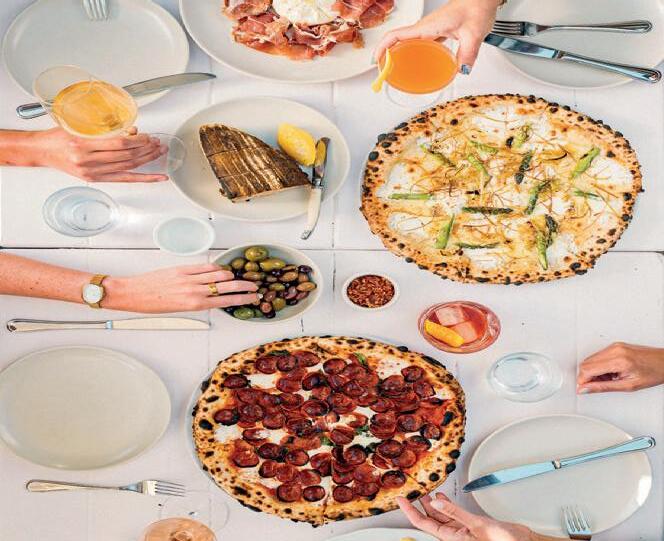

147
Clockwise from top left, Battina’s best-selling pepperoni pizza, Six Test Kitchen’s perfect presentation, Bell’s in Los Alamos, its steak au poivre, and owners Daisy and Gregory Ryan
THINGS TO DO, PLACES TO DISCOVER
OLD MISSION SANTA BARBARA
The Santa Barbara Mission was founded in 1786 as the 10th of 21 California Missions established by the Spanish Franciscans, and it has many stories to tell of the 200-plus years since. Pay a fee to enter and take a self-guided tour of the grounds, including a garden, cemetery, church, and museum.
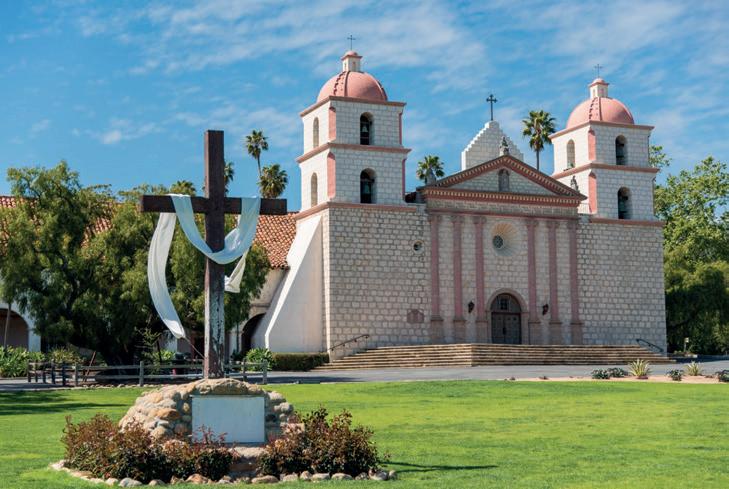
POINT LOBOS STATE NATURAL RESERVE
This stunning California State Park contains some of the state’s most idyllic seaside scenery. Hike along jagged cliffs overlooking the Pacific Ocean and explore the tide pools teeming with marine life, or take the leap and go snorkeling or scuba diving among the 70-foot-deep kelp forests.
RANCHO OLIVOS
Do a different kind of tasting in Santa Ynez, where you can try all kinds of olive oils made right on the ranch. You’re surrounded by vineyards and close to downtown Los Olivos restaurants, just in case you get thirsty.
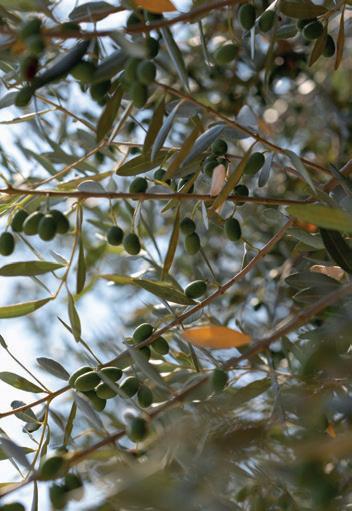
SOLVANG
The Danish-infused town of Solvang is a delightful stop for anyone who loves a touch of kitsch. Visit the town’s windmills, learn about the author of The Little Mermaid at the Hans Christian Andersen Museum, and shop for Christmas decorations (no matter the time of year) at the festive Jule Hus.
WINE COUNTRY CYCLING TOURS
If you don’t have a designated driver and don’t want to spring for a private one, cycling is a great way to get from Wine A to Wine B. Plan your trip around day tours or multi-day excursions in Santa Barbara and look for bike and e-bike tours in other cities you visit along the way.
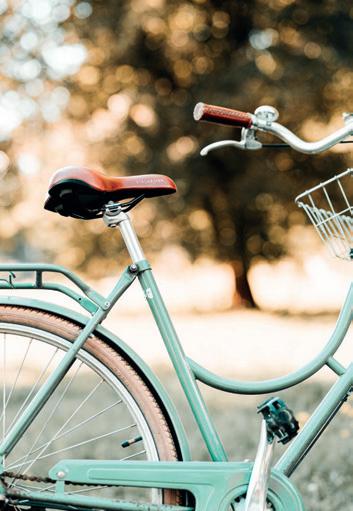
Put your glass down for long enough to explore even more of what California is known for. Fit in a mix of history, hiking, biking, shopping, and strolling in the sunshine, no matter which delightful town you land in.
148
Clockwise from top, Old Mission Santa Barbara, cycling in the sun, Californian olive trees
“SEE OUR OTHER WINE TRAILS ONLINE MAZEROW.COM”


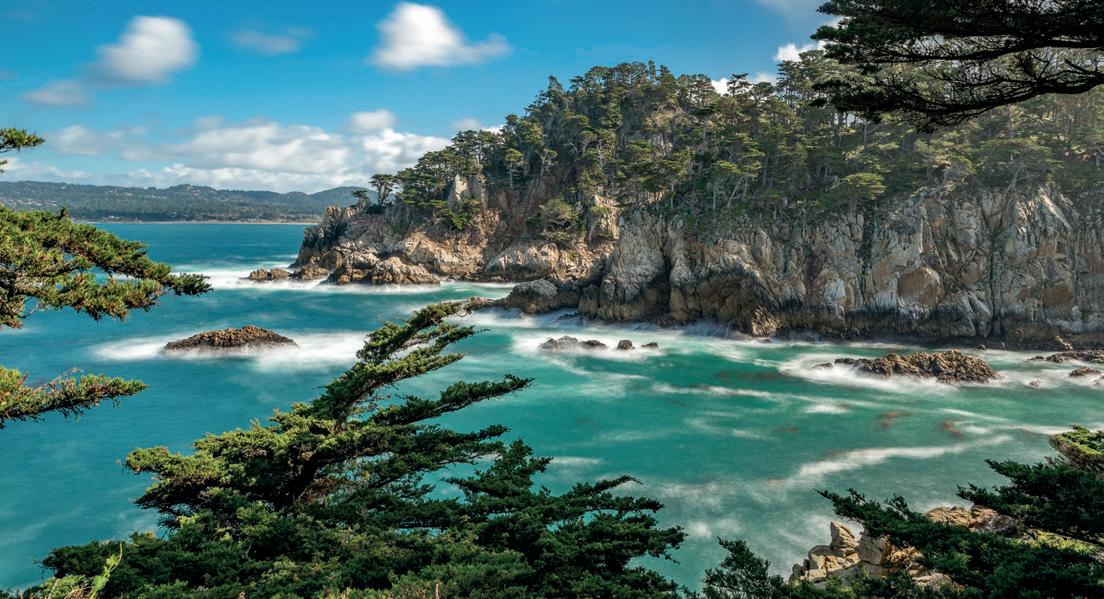
 Top, Point Lobos State Natural Reserve.
Top, Point Lobos State Natural Reserve.
149
Bottom, the town of Solvang in the Santa Ynez valley
RANDALL GRAHM’S CENTRAL COAST
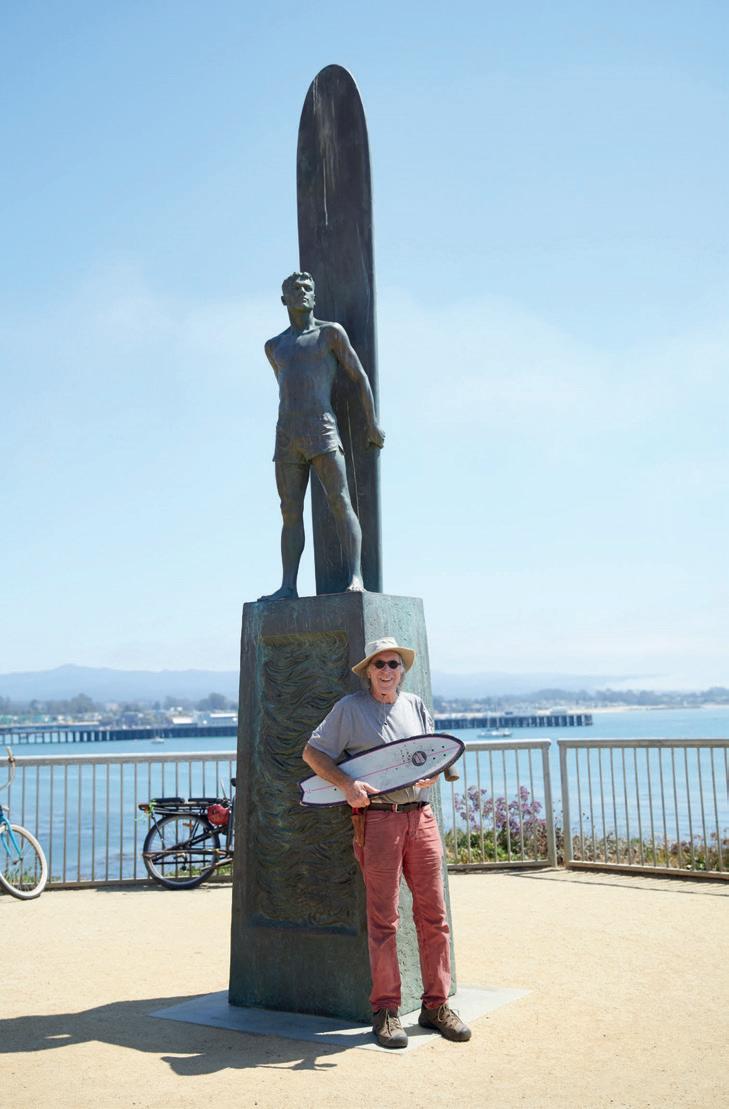
THE PIONEERING VINTNER BEHIND POPELUCHUM AND THE LANGUAGE OF YES SHARES HIS TOP FIVE SPOTS TO DINE AND WINE LOCALLY IN THE CENTRAL COAST OF CALIFORNIA
MENTONE, APTOS
Chef David Kinch’s menu is a fun twist on the cuisine of the Riviera from Nice to Genoa.
IN BLOOM, PASO ROBLES
The now-classic Californian offering gets a fresh update with a confident menu.
ROBIN’S, CAMBRIA
Serving handcrafted, comfort cuisine with international flavors made with fresh ingredients.
LA SUPER-RICA TAQUERIA, SANTA BARBARA
With decades of worldwide attention, the authentic restaurant serves the freshest Mexican cuisine.
PICO, LOS ALAMOS
A menu of farm-to-table sourcing, an exceptional wine list and close relation with local suppliers.
150
Above, Randall Grahm, the pioneering Popeluchum and The Language of Yes winemaker. Right, clockwise from top, the creative menu at Mentose, In Bloom’s classic Californian dishes, and Robin’s comfort food
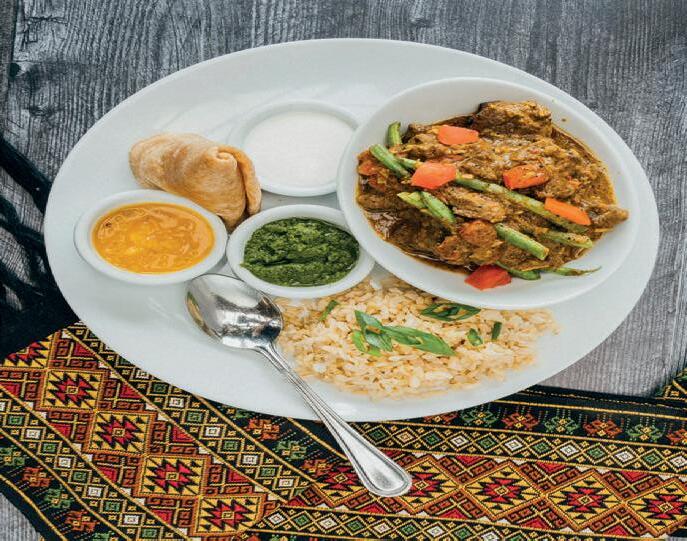
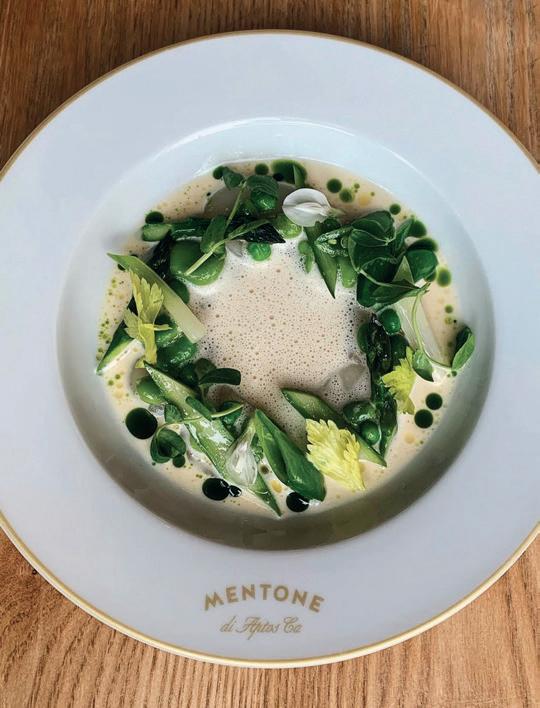

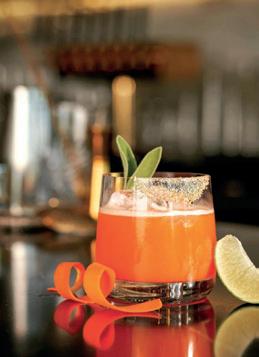

 Bar Le Côte ©Bonjwing Lee, ©Thacher Winery, ©Justin Vineyards and Winery, Randall Grahm ©Helen Cathcart, ©The M Solvang, ©Six Test Kitchen, Bell’s ©John Troxell, ©Carter Hiyama, Alisal Ranch ©Victoria Pearson ©Alisal Ranch, all others ©Getty Images 151
Bar Le Côte ©Bonjwing Lee, ©Thacher Winery, ©Justin Vineyards and Winery, Randall Grahm ©Helen Cathcart, ©The M Solvang, ©Six Test Kitchen, Bell’s ©John Troxell, ©Carter Hiyama, Alisal Ranch ©Victoria Pearson ©Alisal Ranch, all others ©Getty Images 151
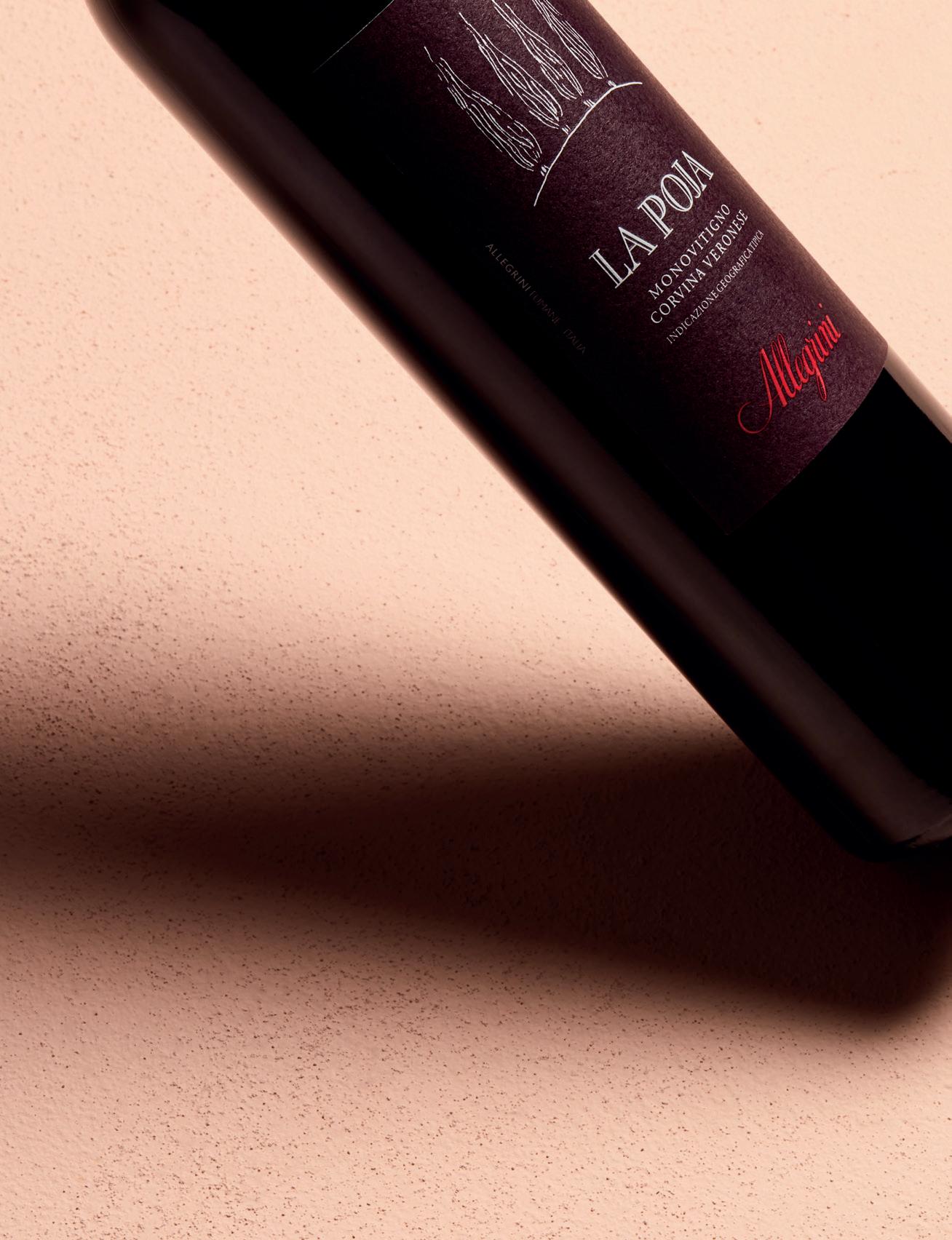
A benchmark producer of structured and elegant Amarone, as well as a leader in Valpolicella for terroir-driven IGT wines.




154
At Maze Row, we bring together winemakers whose craft evokes a true sense of place. This is because we believe in the unique power of wine to express its place – through the markers from the soil that has grown it, but also the sensibility of the people who created it. Wines were made to be enjoyed with local foods and to celebrate local festivals. Yet the enjoyment of wine is not limited to its home base. Indeed, wine inspires in us a universal appreciation for beautiful things.
A few years ago, I was referred to a TEDx talk given by the poet Dana Gioia. The talk was in Sonoma County, and in it Dana referenced the uniqueness of California’s landscape and language. He shared how he believed a poem he wrote about the golden hills of California would only be understood by its residents. Instead it became one of his most translated works around the globe. Dana discovered that, when an artist becomes intentionally local, they become the most universal.
Reading this issue of VOICES, I was reminded of that awakening to being intentionally local as a path to the universal. The blending we see in Virginia Miller’s “East Meets West” and Nargess Banks’ “French Connection” beautifully exhibit how our attention can be attuned to appreciate that which is uniquely local in a context that is quite foreign.
Indeed, as John Irwin demonstrates in “Doors of Perception,” it is through our interpretation of our local environment that we construct our vocabulary. Only when the conditions create room for nuance do we find multiple ways to name the color blue. These constructs serve us best when they are elastic – opening doors for more creators and aficionados. It’s exciting to watch as Swiss-born Barbara Widmer transfers her color palette to Brancaia. By bringing specifically local attention to all living things in her vineyard, she manages to expand our already high appreciation for Tuscany.
We exist in different local places, set in one physical world. Individually, it’s a pleasure to take notice of our places. Collectively, it’s nourishing to dive into these intentionally local studies – be it the wines, words, images from artists like Almudena Romero, or the Paris Mosel music from Skinny Pablo (both featured in these pages). It is in these spaces that we find our universality.
Thank you for contributing your attention to our project.


 Joe C. Gallo, Founder, Maze Row
Joe C. Gallo, Founder, Maze Row
155
Editorial: Spinach Branding
Leigh Banks: Content direction
Adam Thomas: Creative direction
Nargess Banks: Editorial direction
Simon Ward: Art direction, design
Josh Twivy: Design
Rebecca Holden: Design
Léa Teuscher: Copy editing
Product photography: Rob Lawson
Photography: Helen Cathcart, Roberto Fortunato
Marketing: Maze Row
Suzanne Denevan-Brown: Content strategy
John Irwin: Content strategy
Emma Mrkonic: Marketing
hello@mazerow.com
1-888-222-3380
Facebook Instagram @mazerowwines
VOICES is published by Spinach Branding, 30 Gransden Avenue, London E8 8QA, UK
©2022 Maze Row Wine Merchant, USA, Healdsburg, CA. All rights reserved. Reproduction in whole or in part without written permission is strictly prohibited. To subscribe visit editorial. mazerow.com
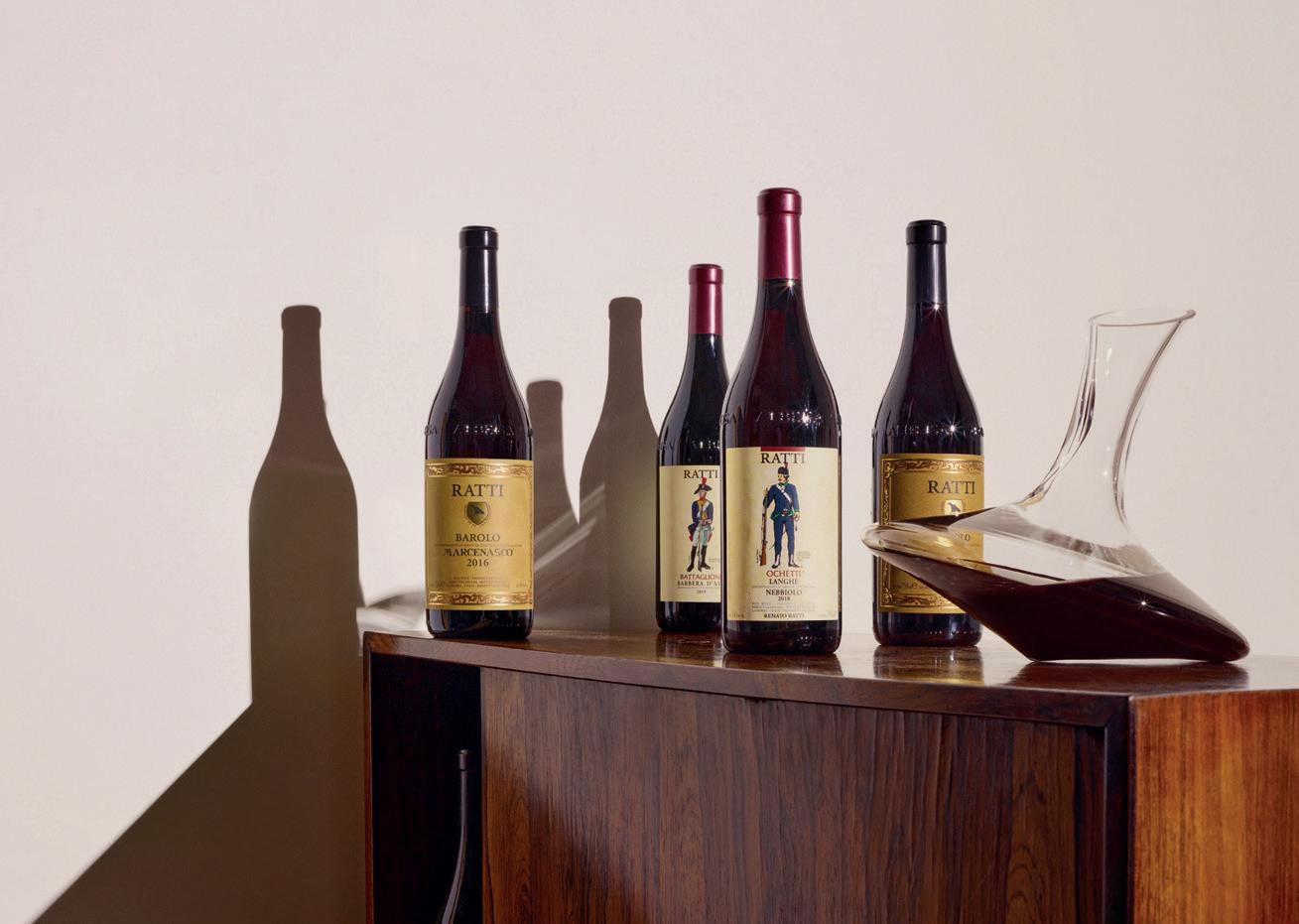 Winemaker Pietro Ratti makes elegant wines from high-elevation vineyards in La Morra, combining depth with distinct elegance.
Winemaker Pietro Ratti makes elegant wines from high-elevation vineyards in La Morra, combining depth with distinct elegance.






























 Michel Roux
Skinny Pablo (aka John Phillips)
Jillian Anthony
MJ Towler
Virginia Miller
Emily Roux
Almudena Romero
Michel Roux
Skinny Pablo (aka John Phillips)
Jillian Anthony
MJ Towler
Virginia Miller
Emily Roux
Almudena Romero







 Helen Cathcart
Will Hersey
Marvella Castañeda
Chris Hall
Aaron Phillips
Eric Crane
Robert Lawson
Amanda Fraga
Helen Cathcart
Will Hersey
Marvella Castañeda
Chris Hall
Aaron Phillips
Eric Crane
Robert Lawson
Amanda Fraga







 John Irwin
Fortunato
Emma Mrkonic
Theodora Thomas
John Irwin
Fortunato
Emma Mrkonic
Theodora Thomas










 Left, Skinny Pablo enjoying a glass of wine in Paris. Right, his Paris Mosel album cover features a combination of images of Paris and the Mosel. Each cover is individually hand-drawn in pen and ink by the artist ©Skinny Pablo
Left, Skinny Pablo enjoying a glass of wine in Paris. Right, his Paris Mosel album cover features a combination of images of Paris and the Mosel. Each cover is individually hand-drawn in pen and ink by the artist ©Skinny Pablo
































































 Osteria Brancaia
Osteria Brancaia





































































































 Artist Almudena Romero sprays her canvas of sprouting greens for Family Album at the 2020 Paris Photo
Artist Almudena Romero sprays her canvas of sprouting greens for Family Album at the 2020 Paris Photo


































































 Notes by John Irwin, wine ambassador with Vinitaly International, and Jordan Mackay
Notes by John Irwin, wine ambassador with Vinitaly International, and Jordan Mackay





















































































 Top, Point Lobos State Natural Reserve.
Top, Point Lobos State Natural Reserve.






 Bar Le Côte ©Bonjwing Lee, ©Thacher Winery, ©Justin Vineyards and Winery, Randall Grahm ©Helen Cathcart, ©The M Solvang, ©Six Test Kitchen, Bell’s ©John Troxell, ©Carter Hiyama, Alisal Ranch ©Victoria Pearson ©Alisal Ranch, all others ©Getty Images 151
Bar Le Côte ©Bonjwing Lee, ©Thacher Winery, ©Justin Vineyards and Winery, Randall Grahm ©Helen Cathcart, ©The M Solvang, ©Six Test Kitchen, Bell’s ©John Troxell, ©Carter Hiyama, Alisal Ranch ©Victoria Pearson ©Alisal Ranch, all others ©Getty Images 151







 Joe C. Gallo, Founder, Maze Row
Joe C. Gallo, Founder, Maze Row
 Winemaker Pietro Ratti makes elegant wines from high-elevation vineyards in La Morra, combining depth with distinct elegance.
Winemaker Pietro Ratti makes elegant wines from high-elevation vineyards in La Morra, combining depth with distinct elegance.